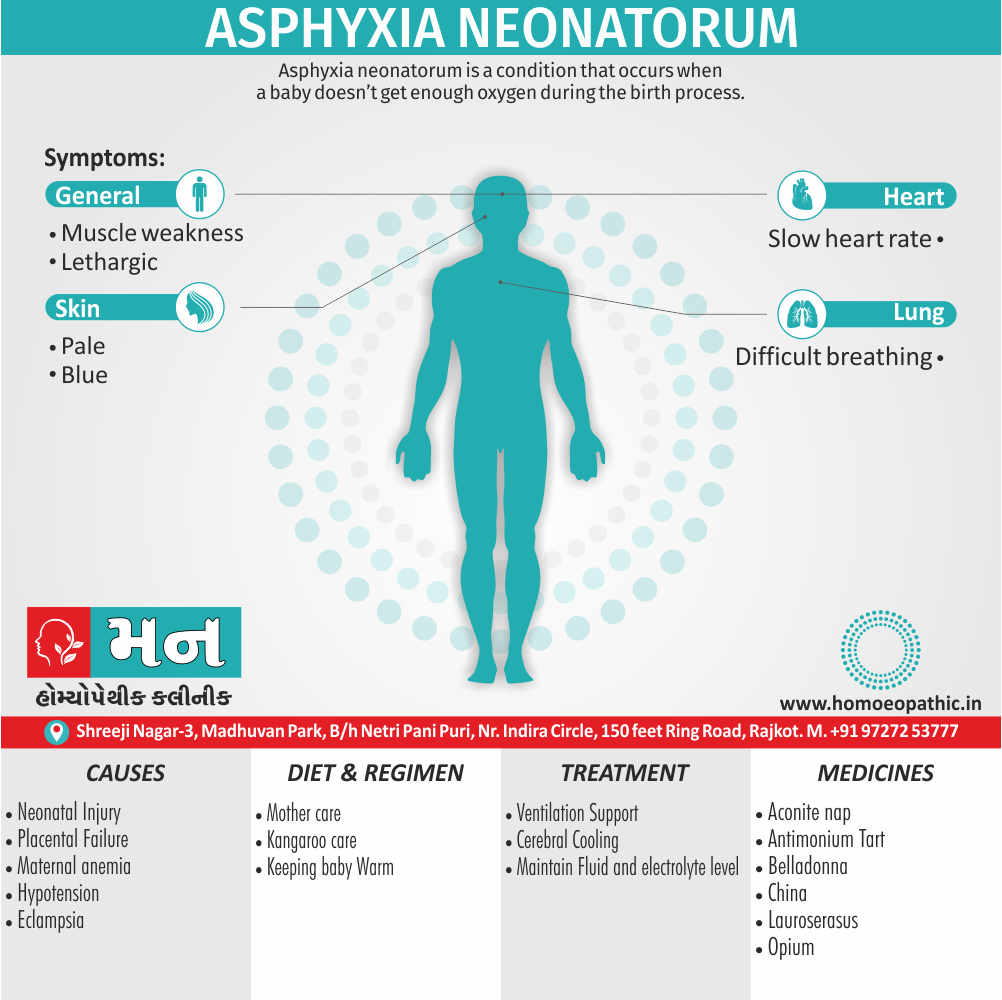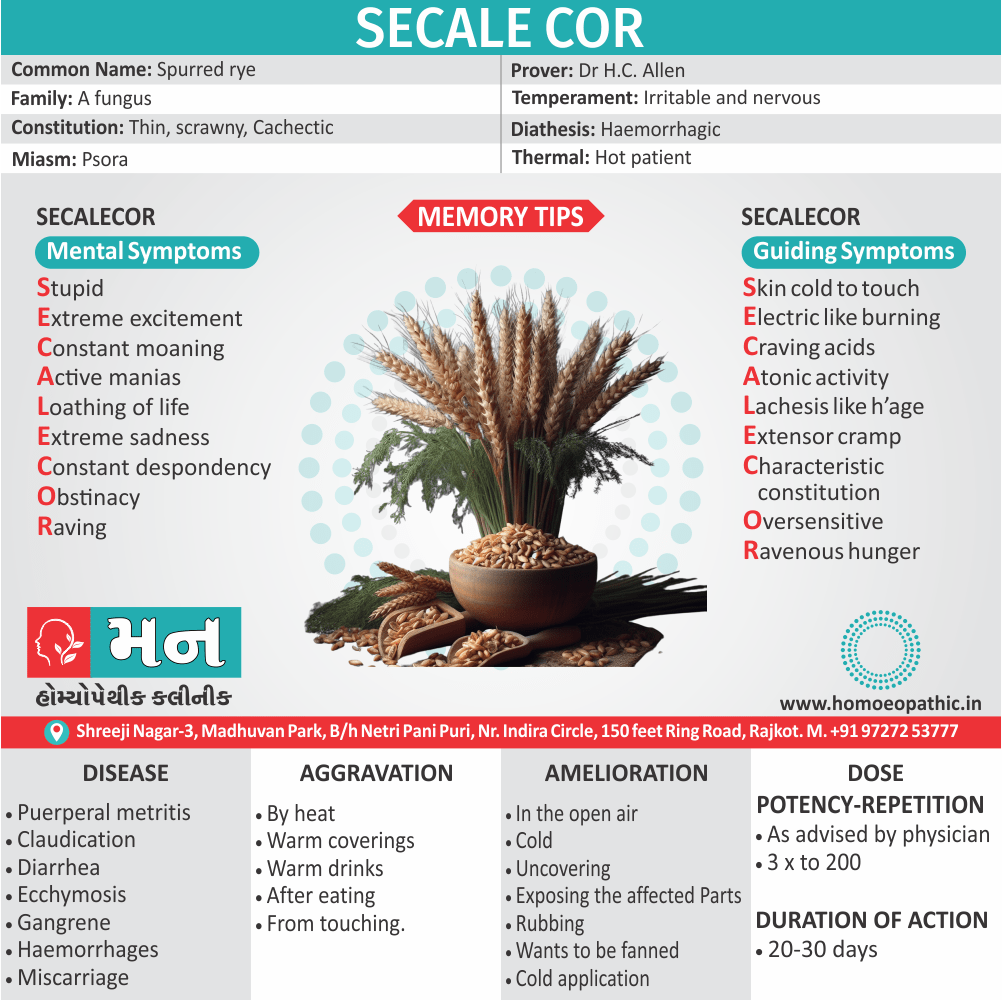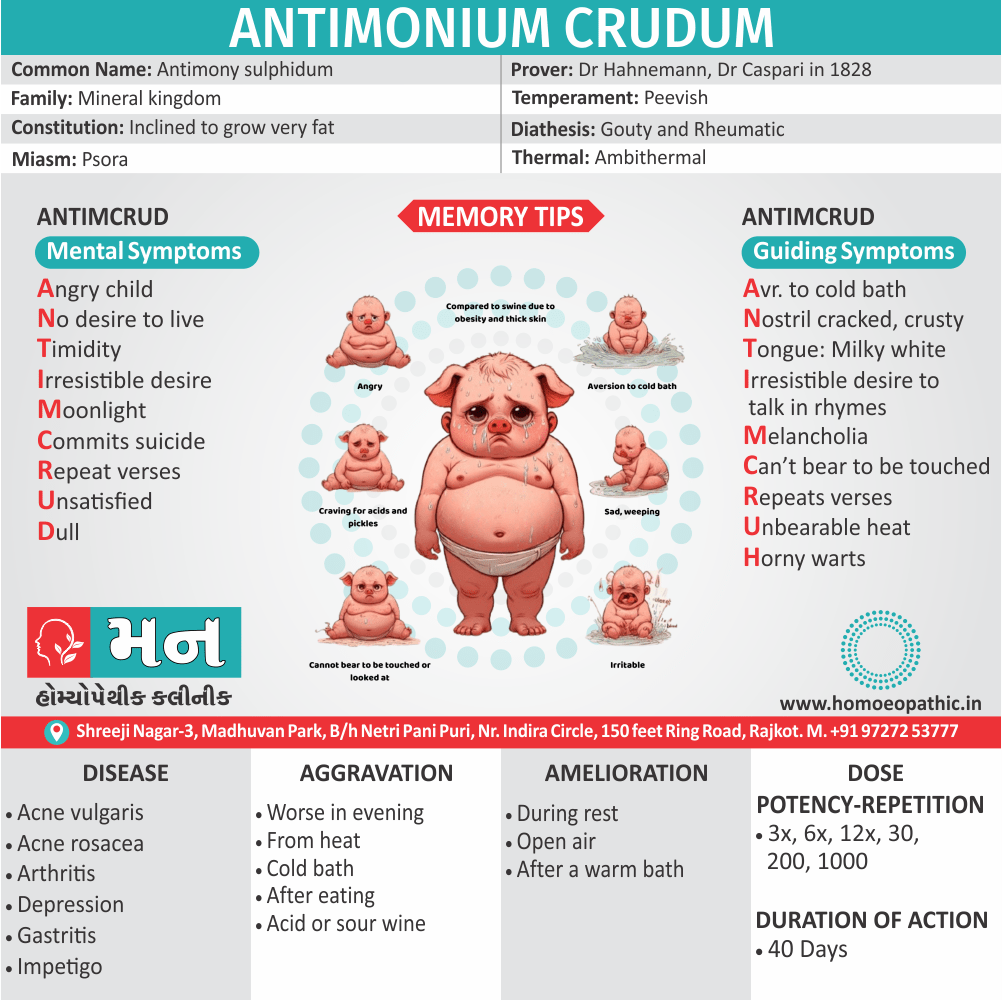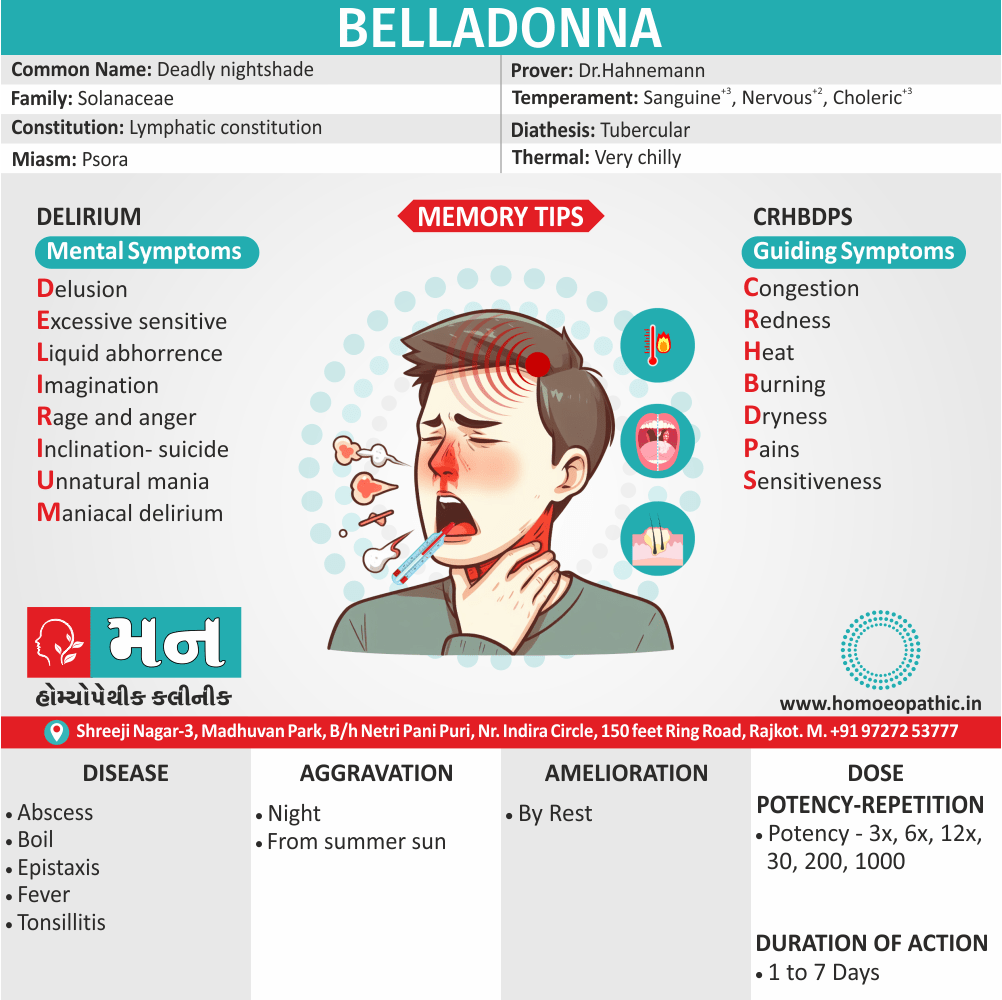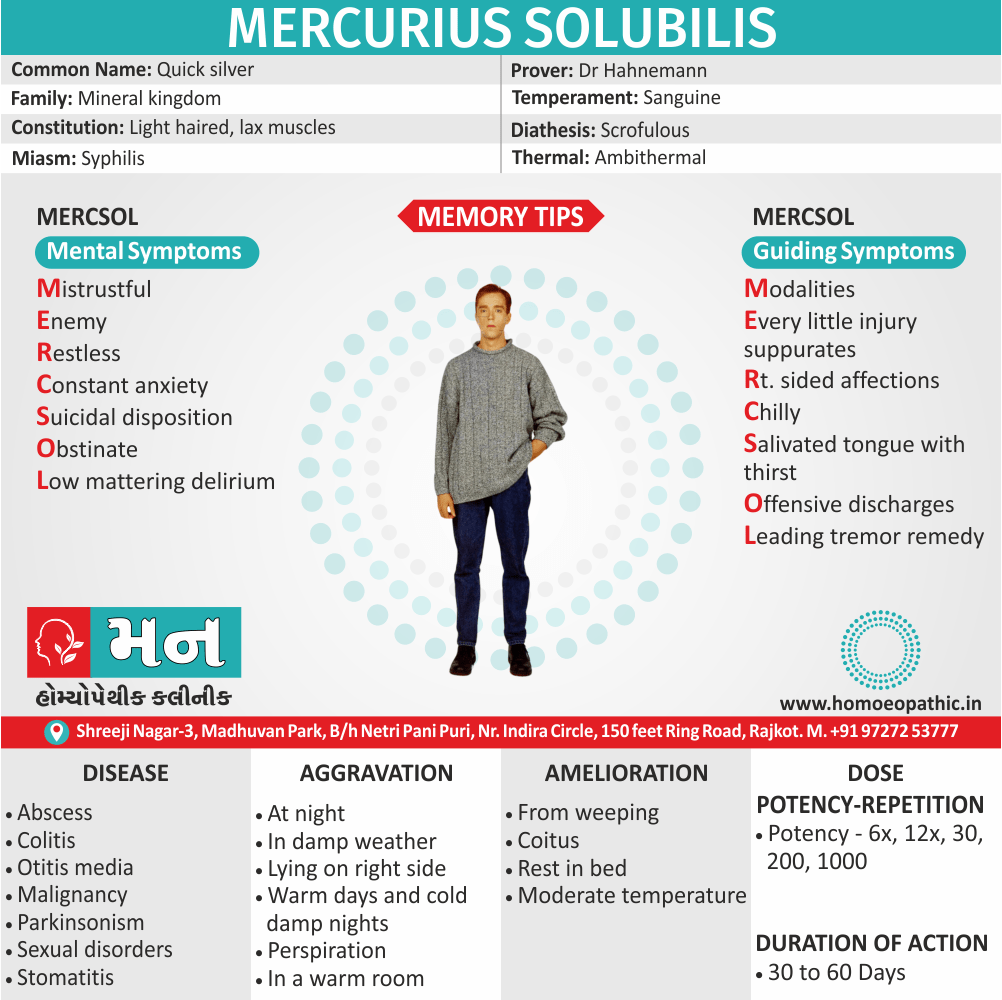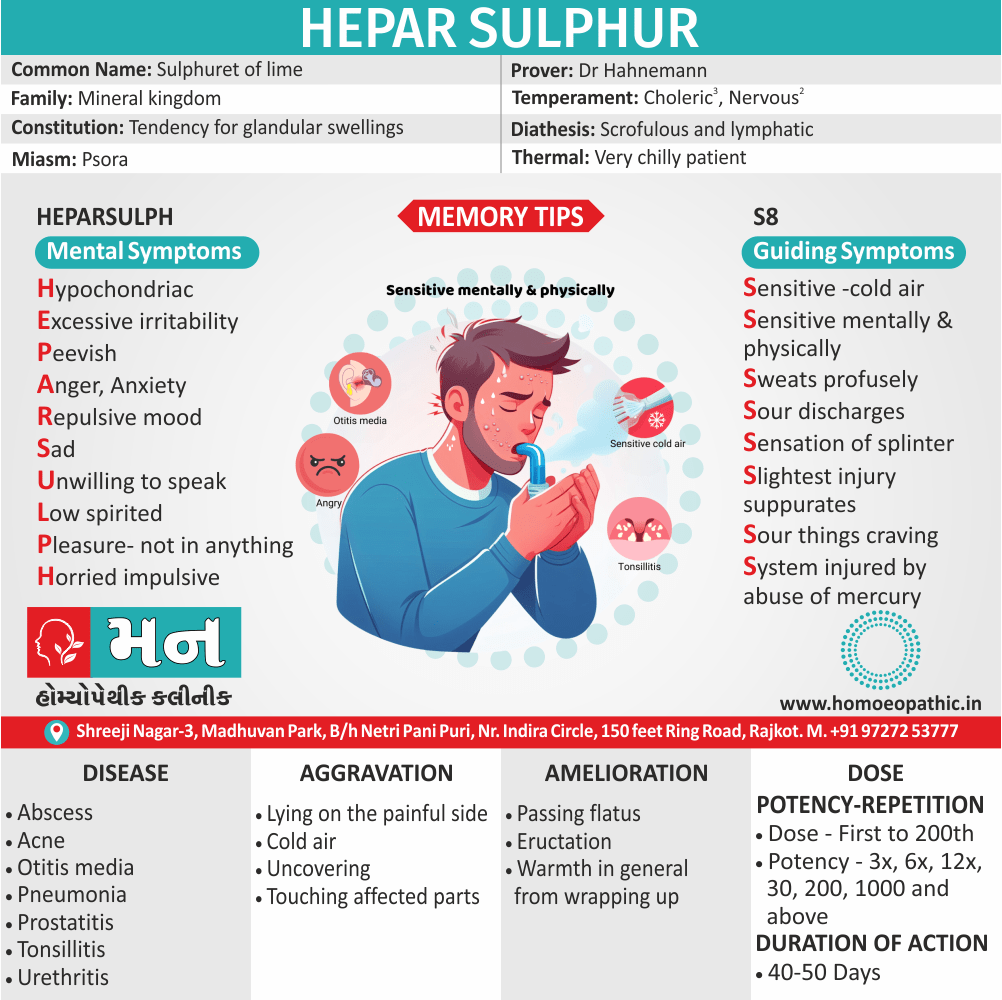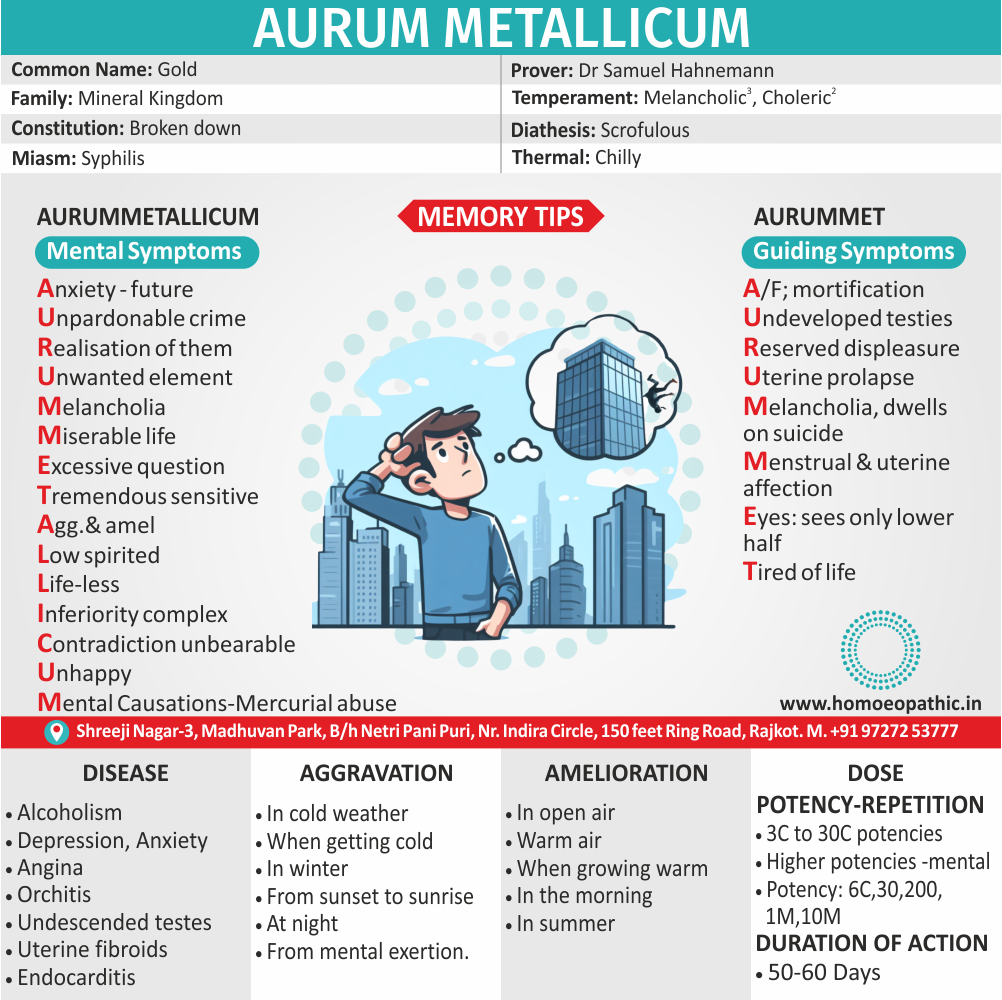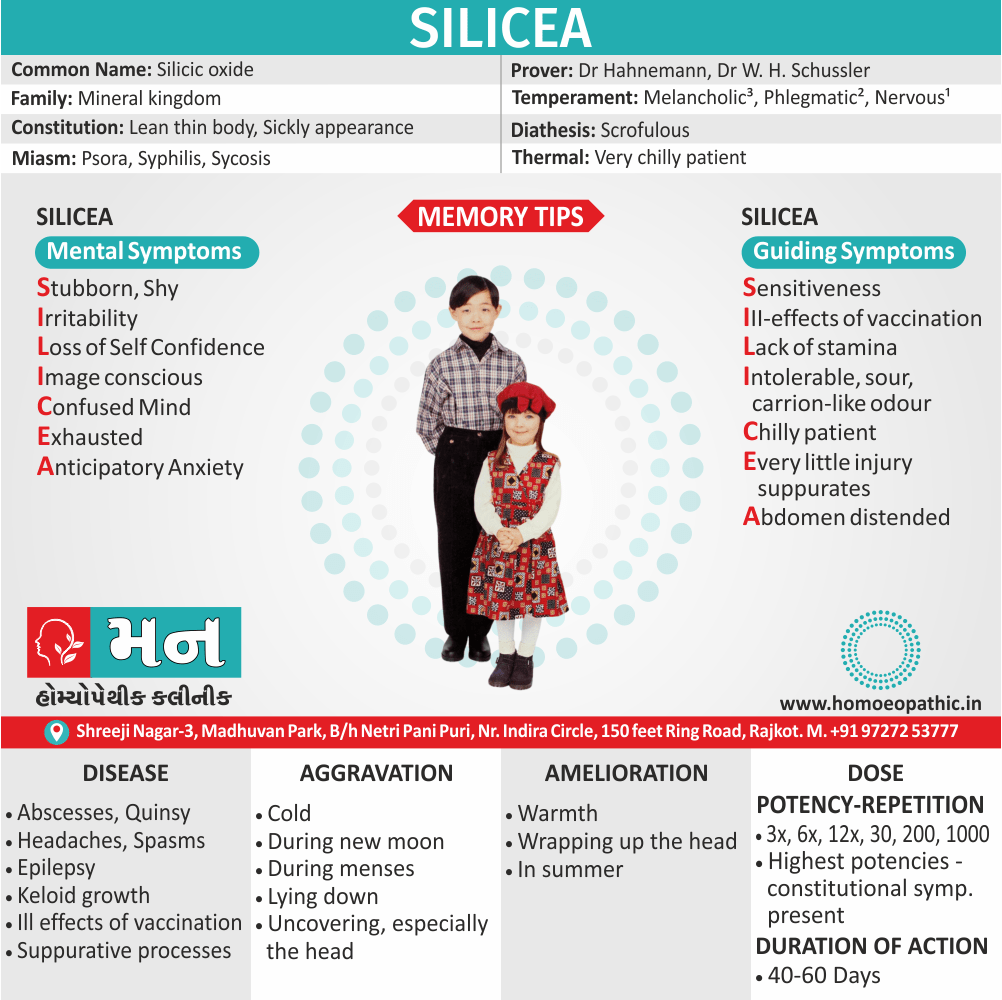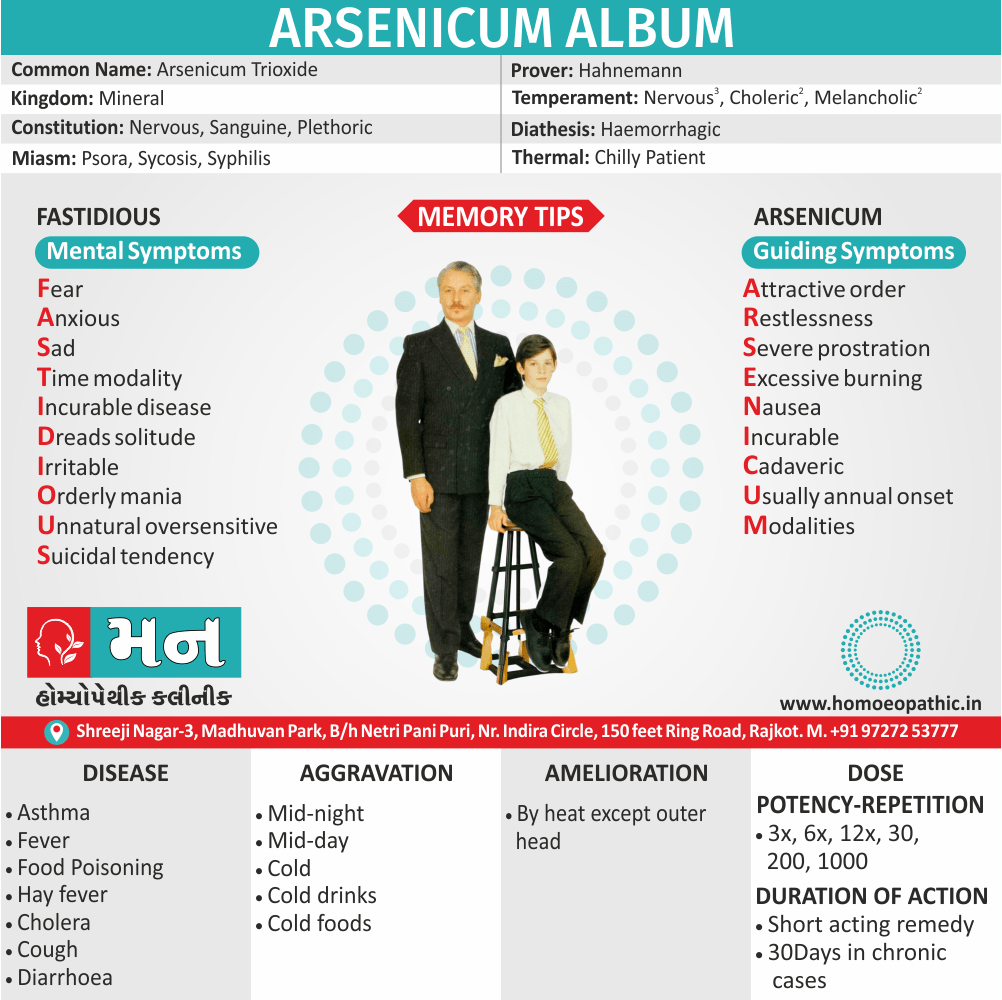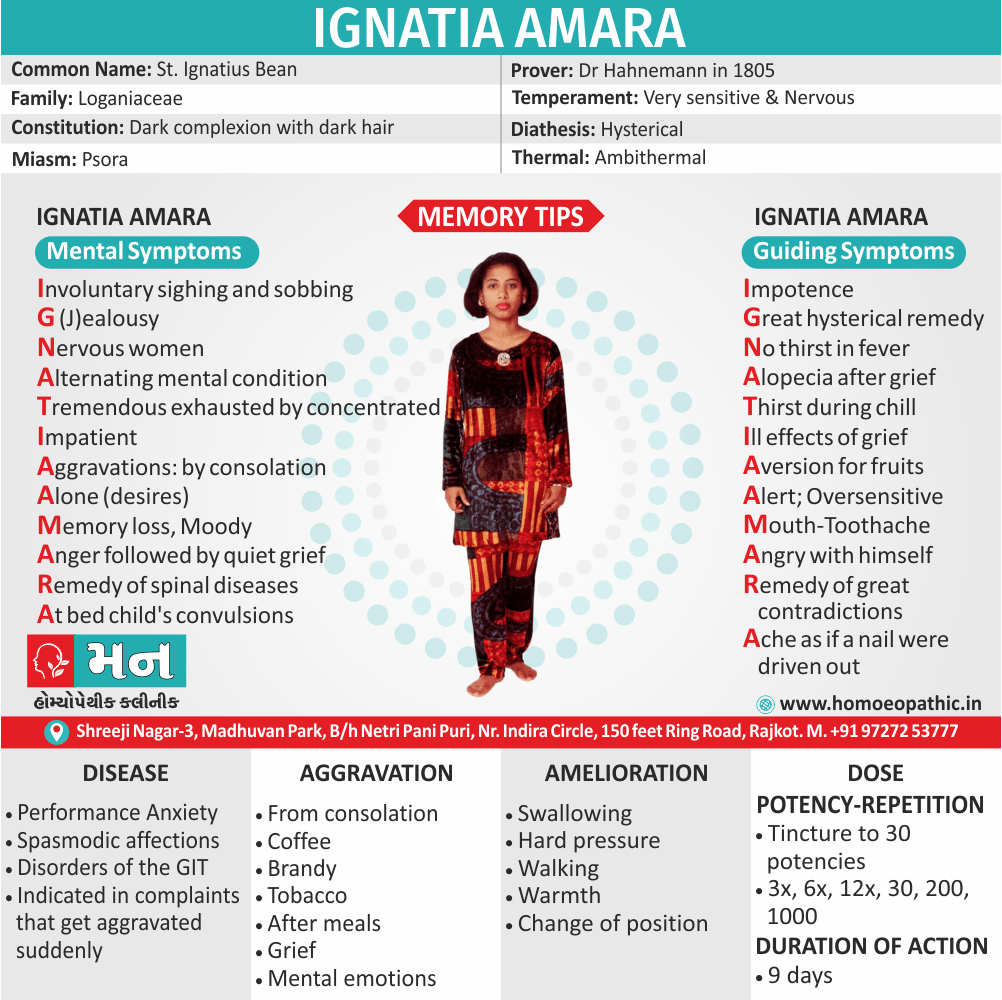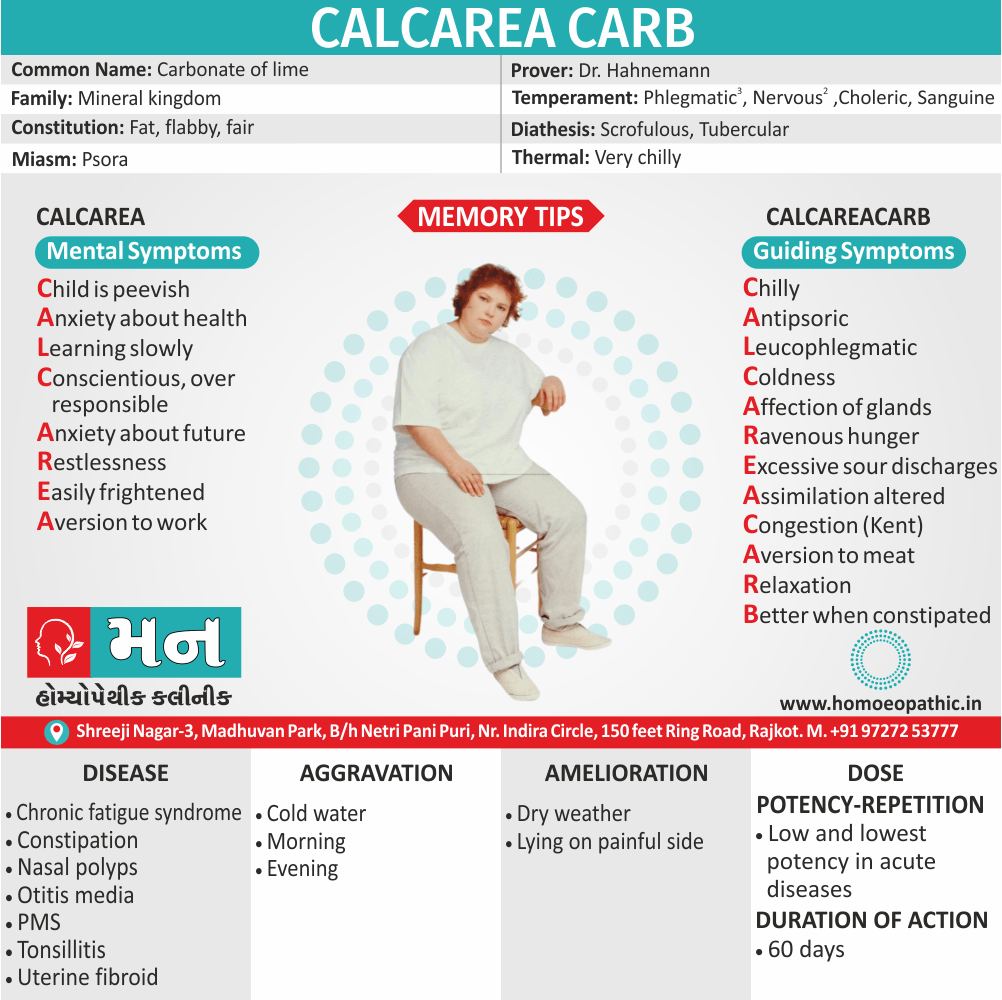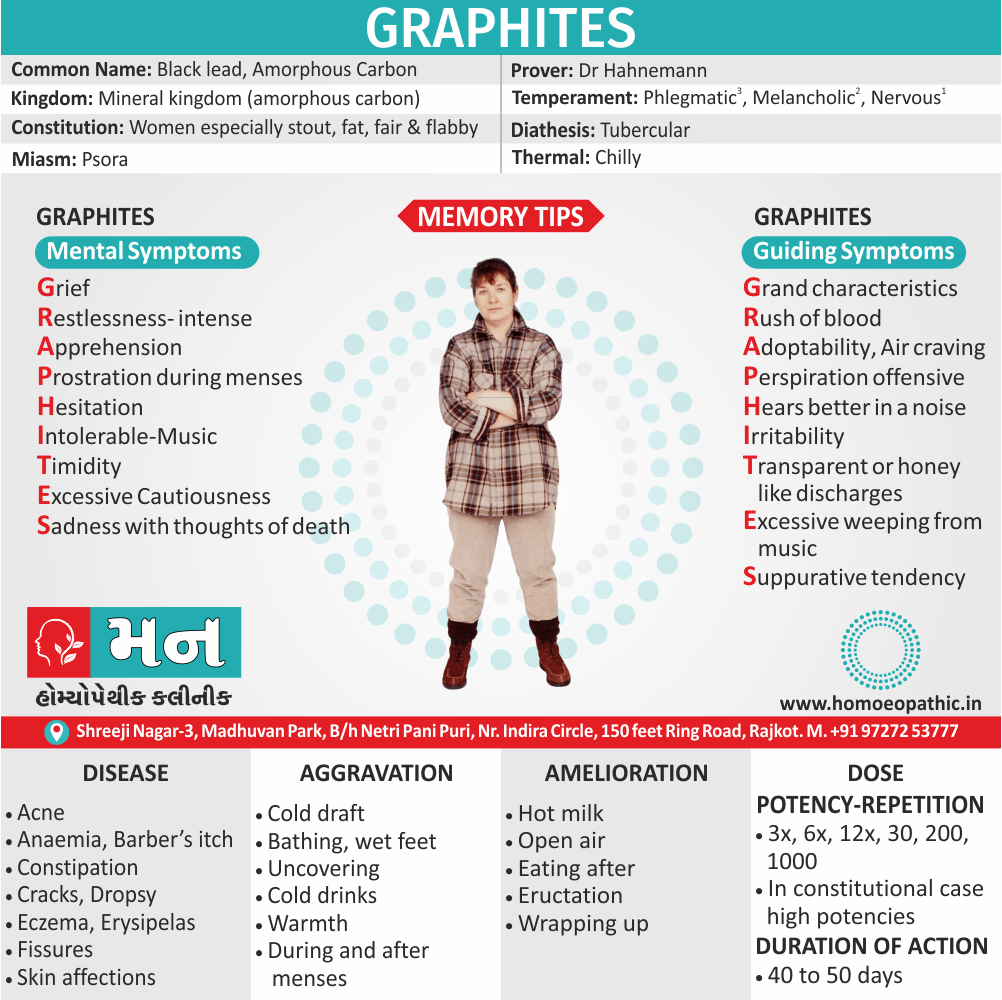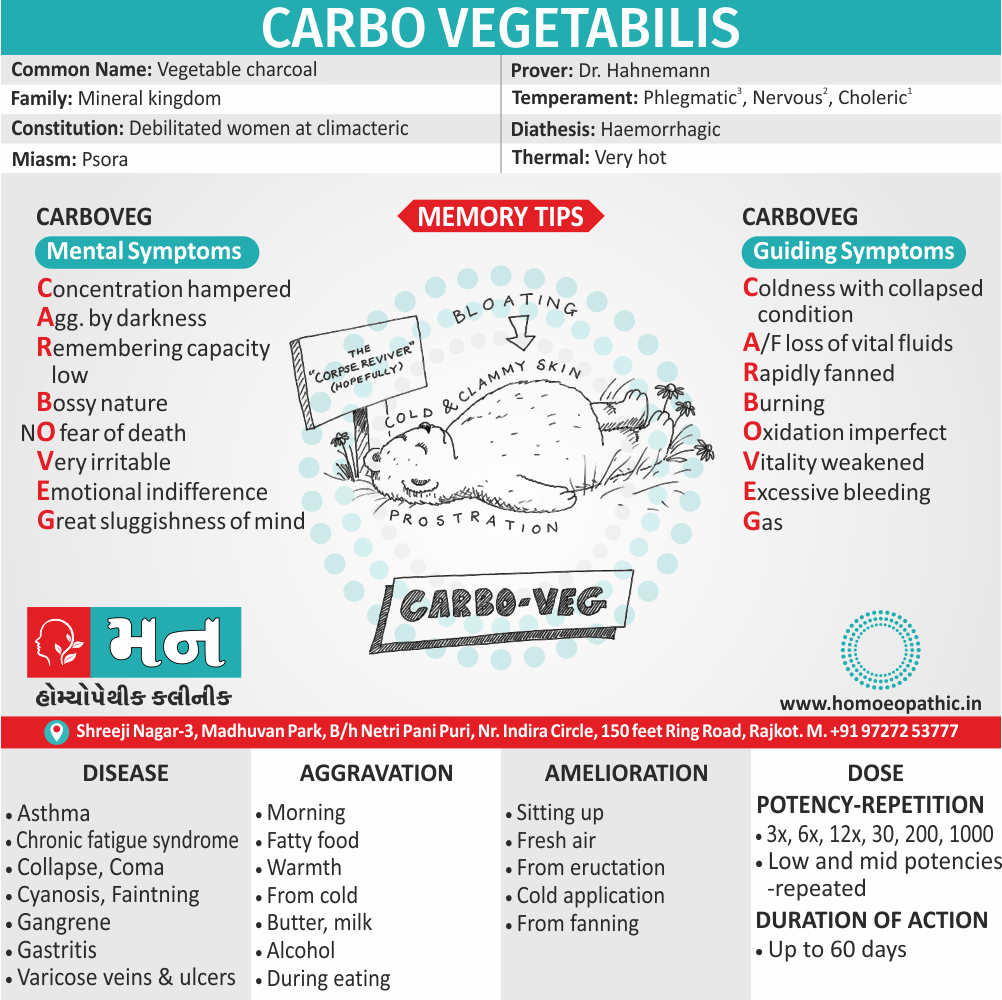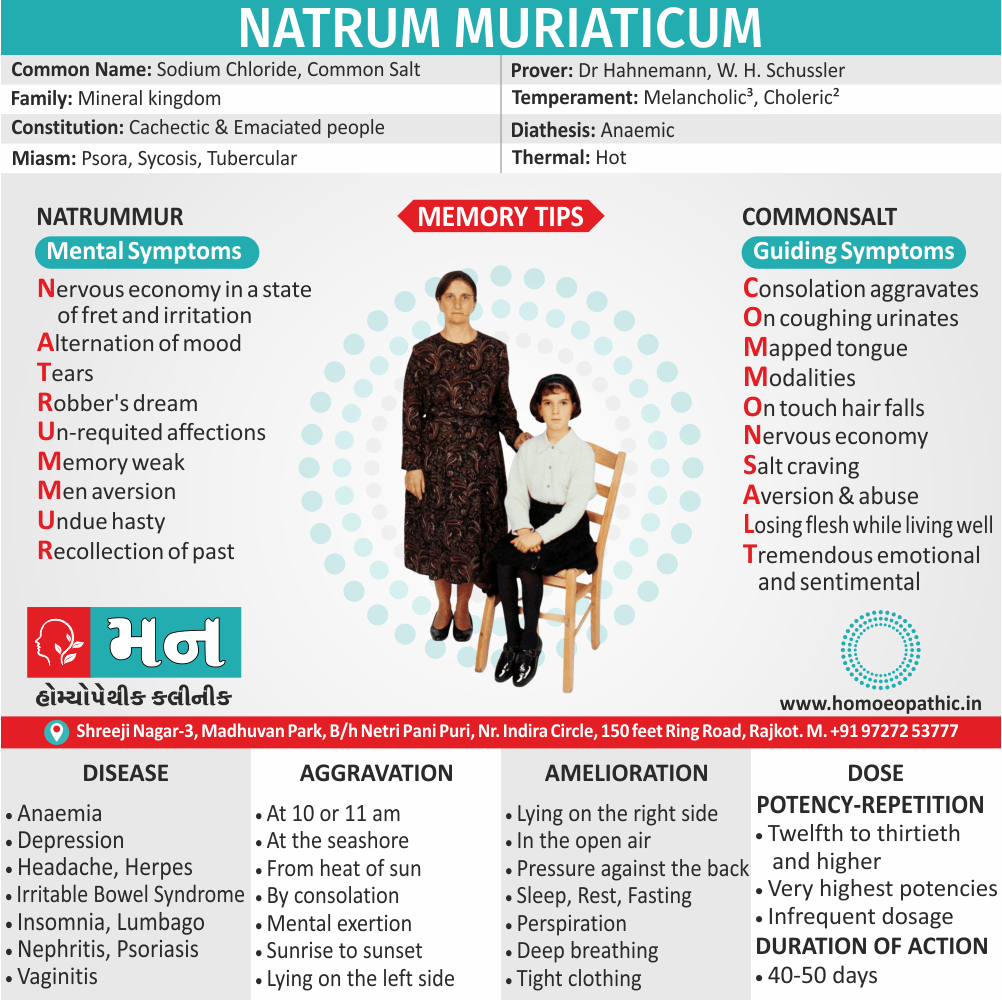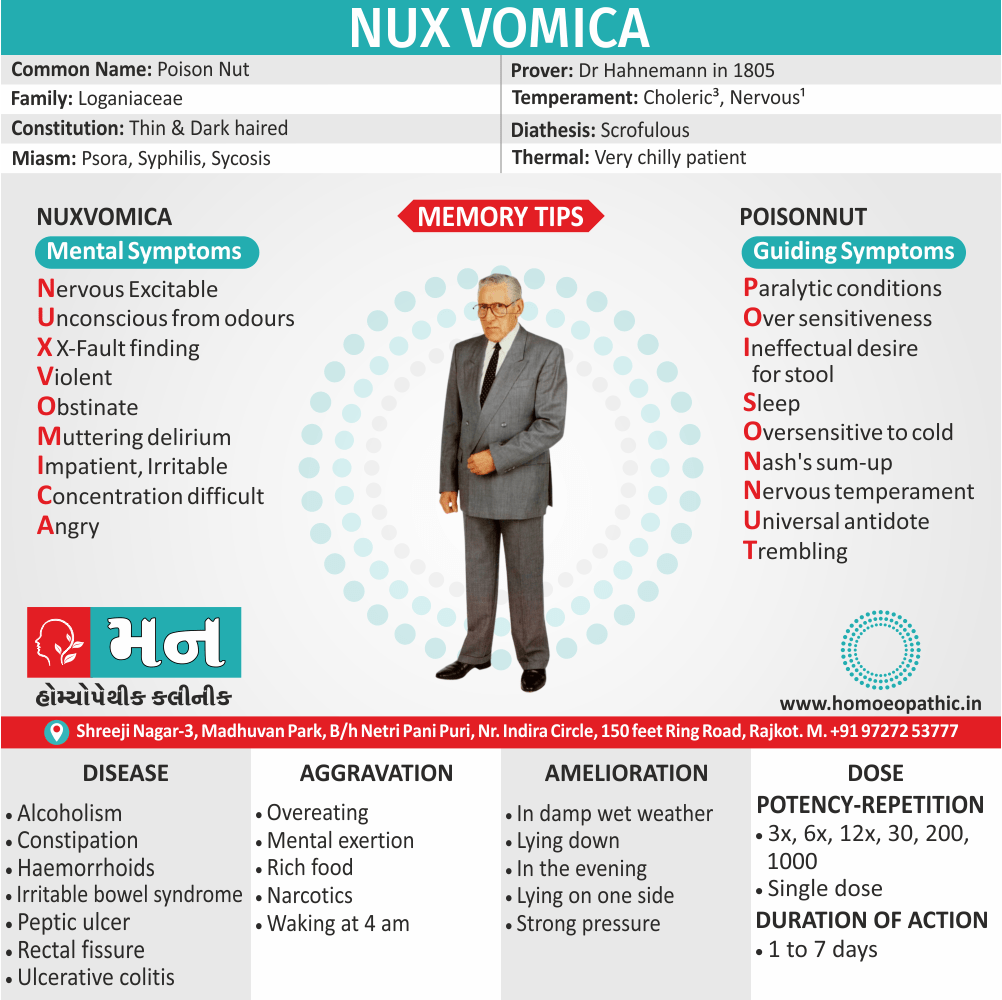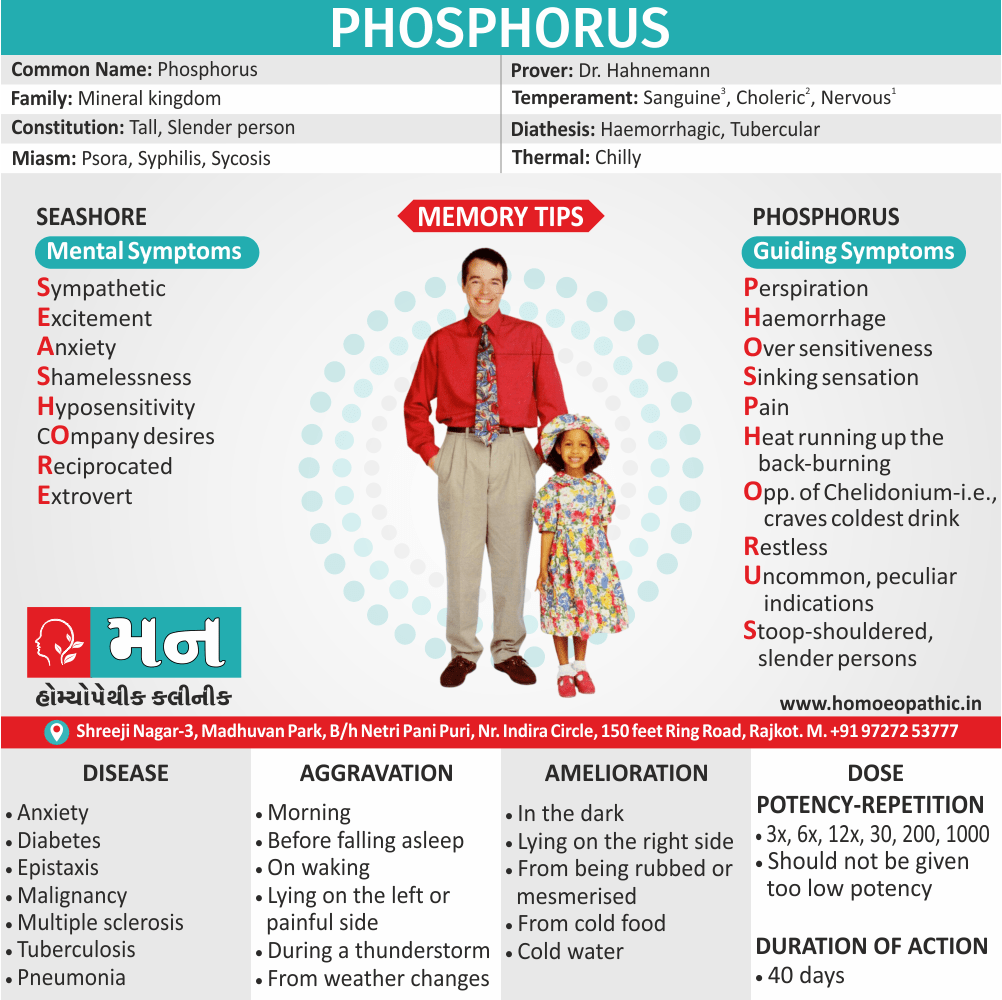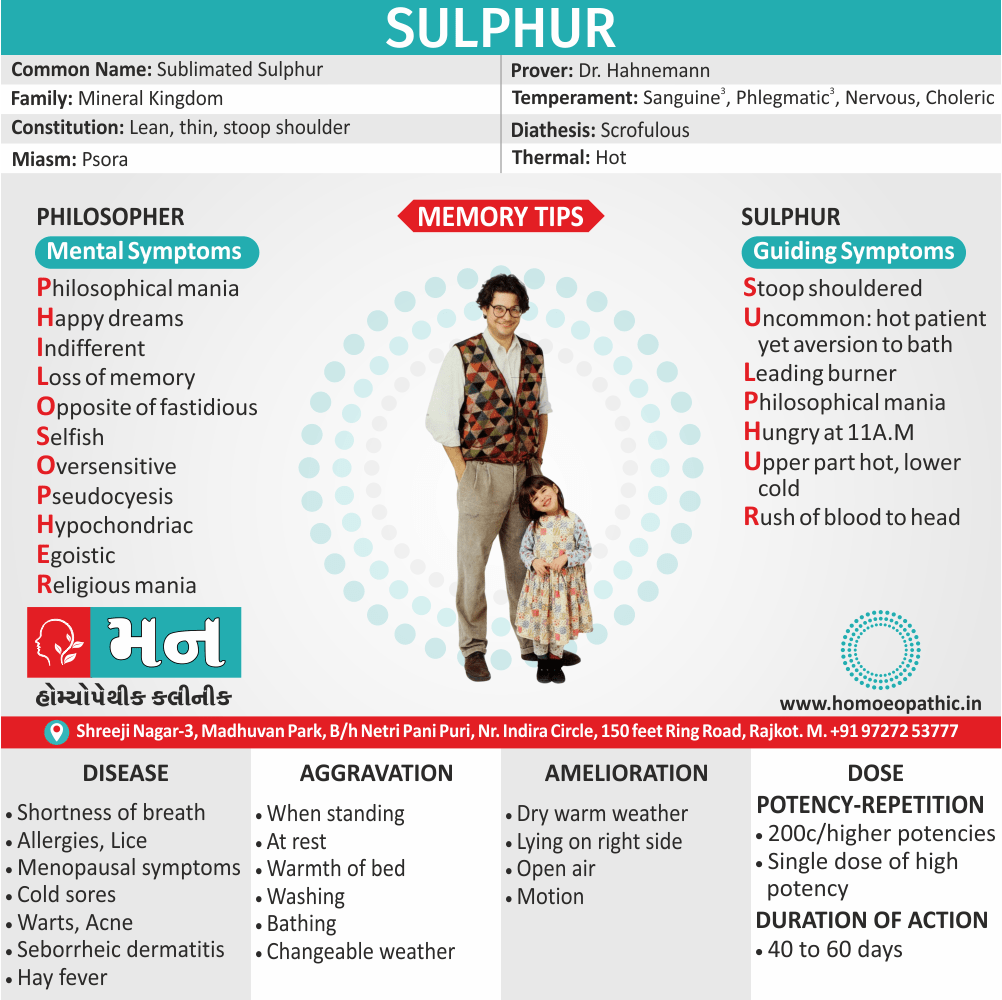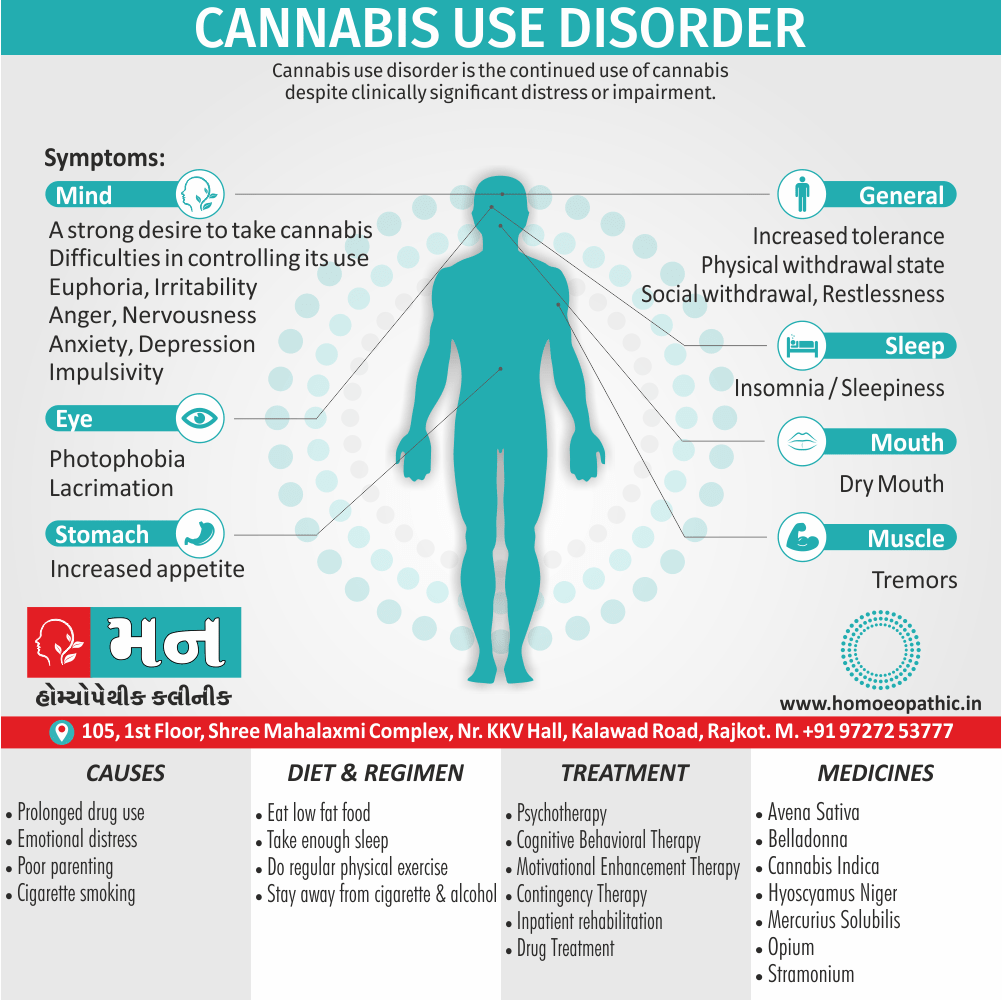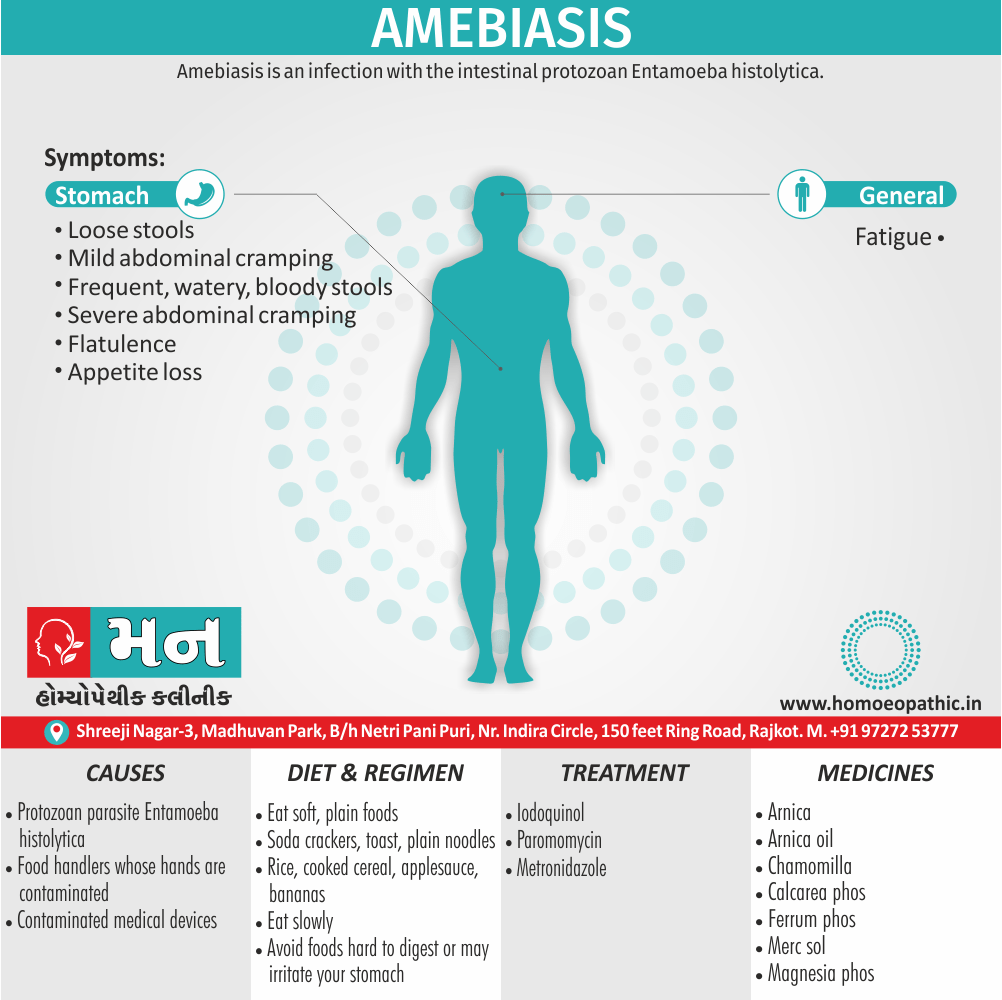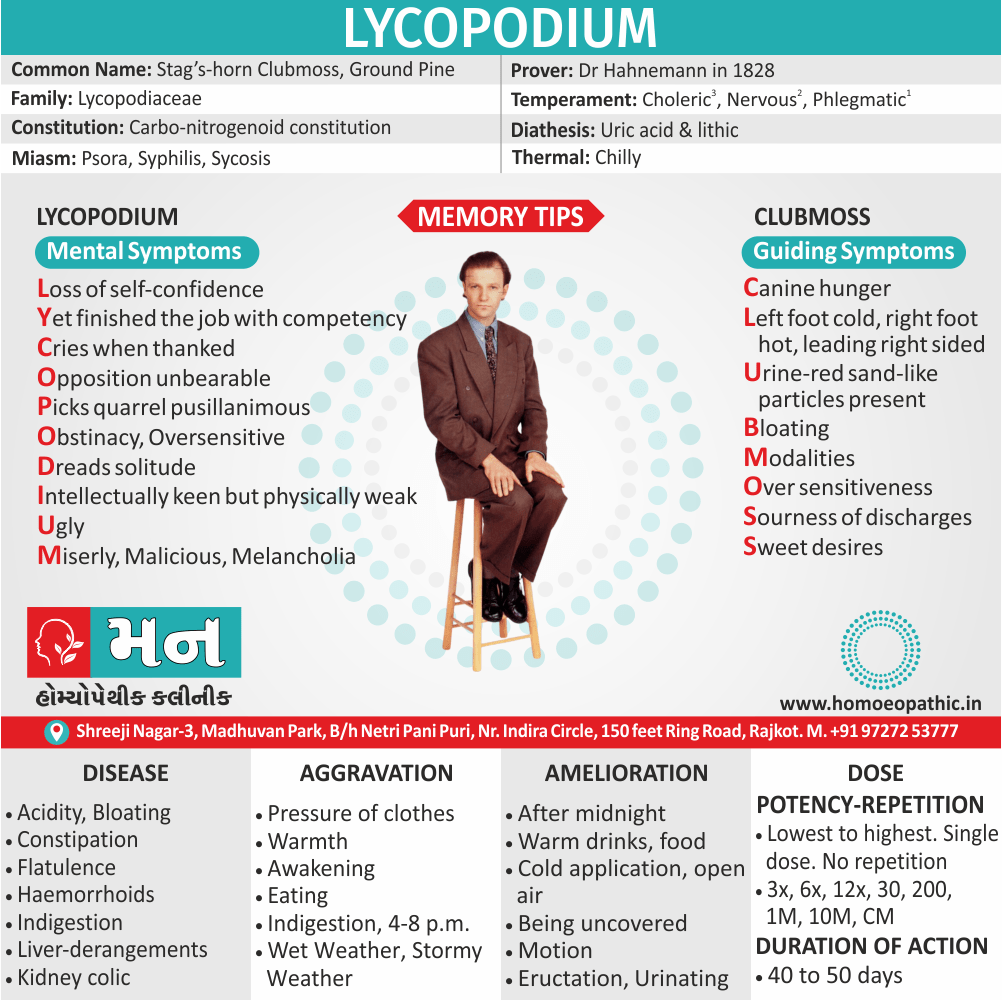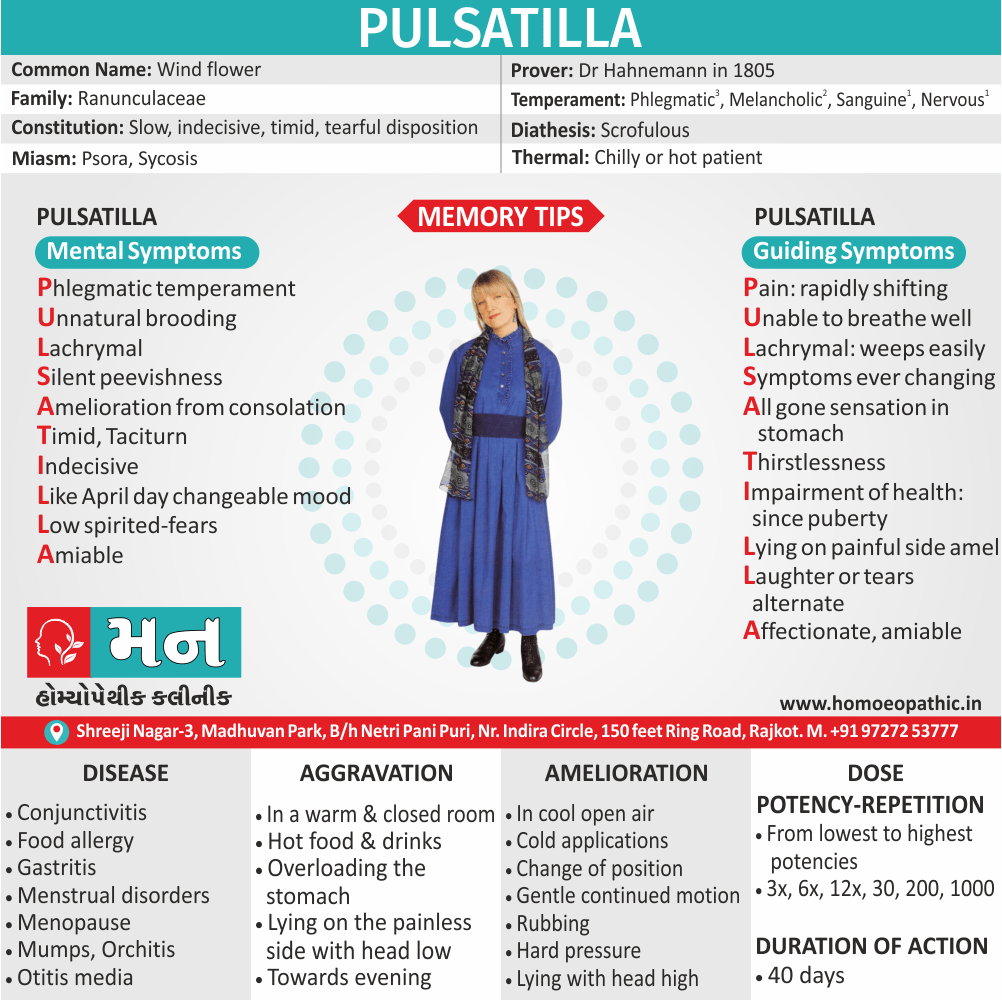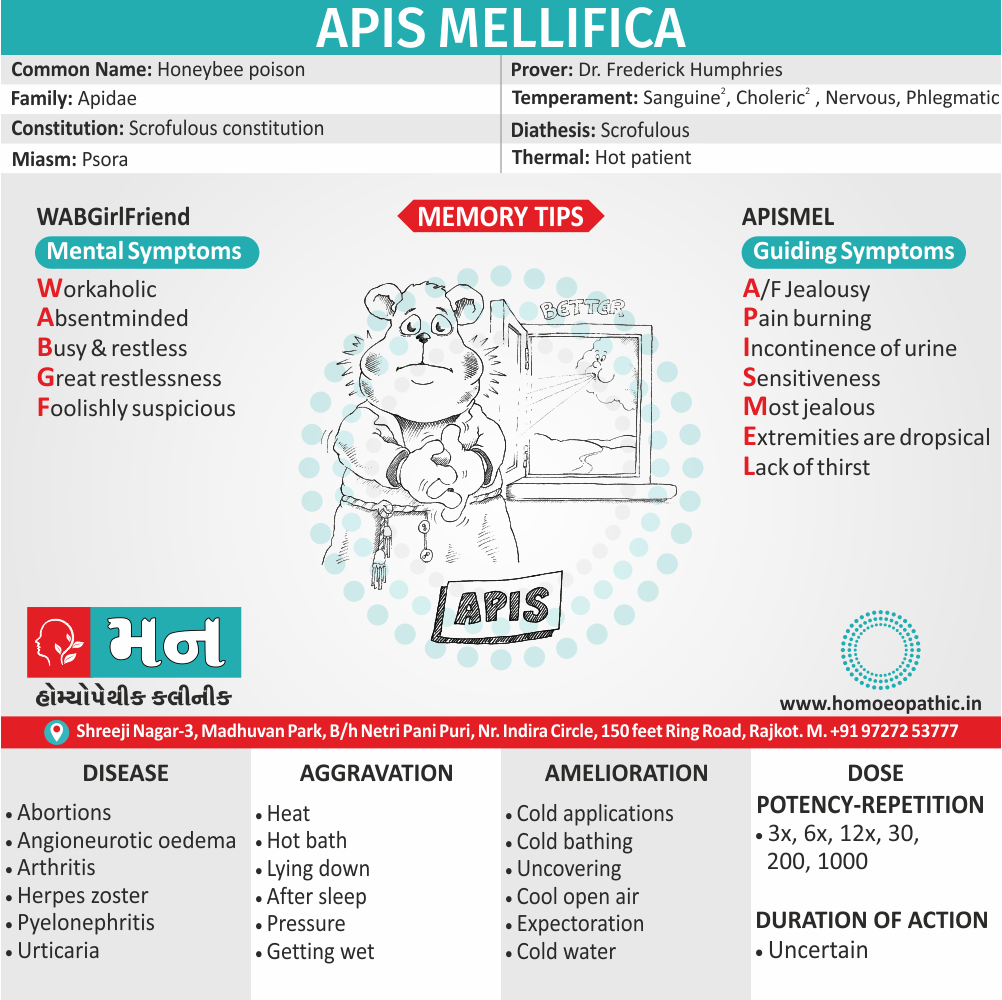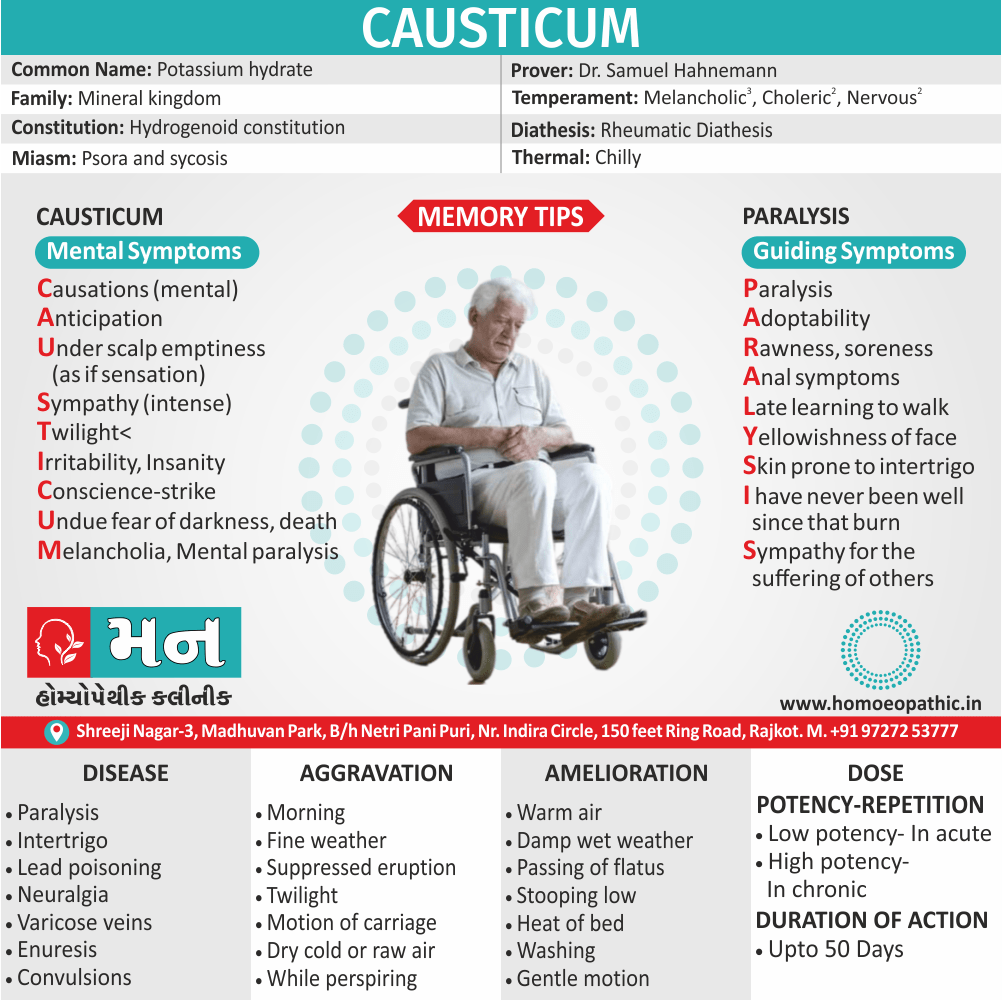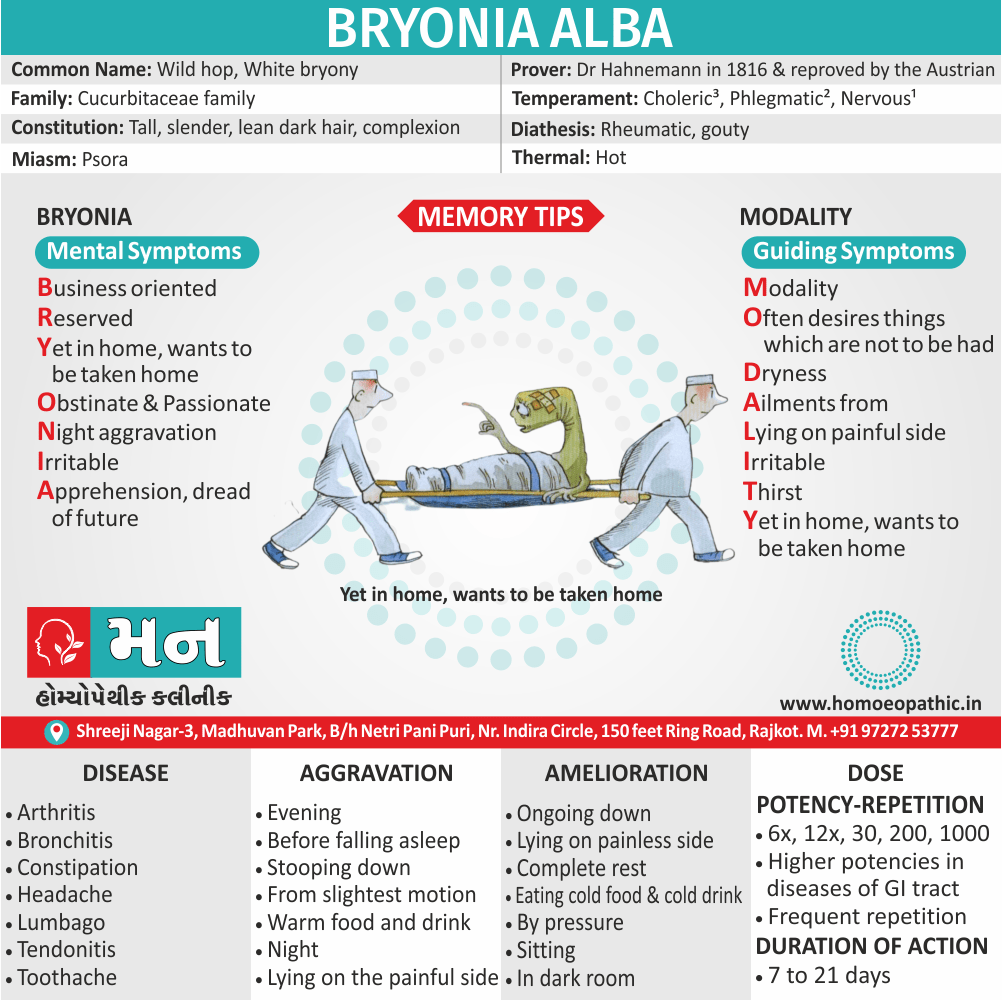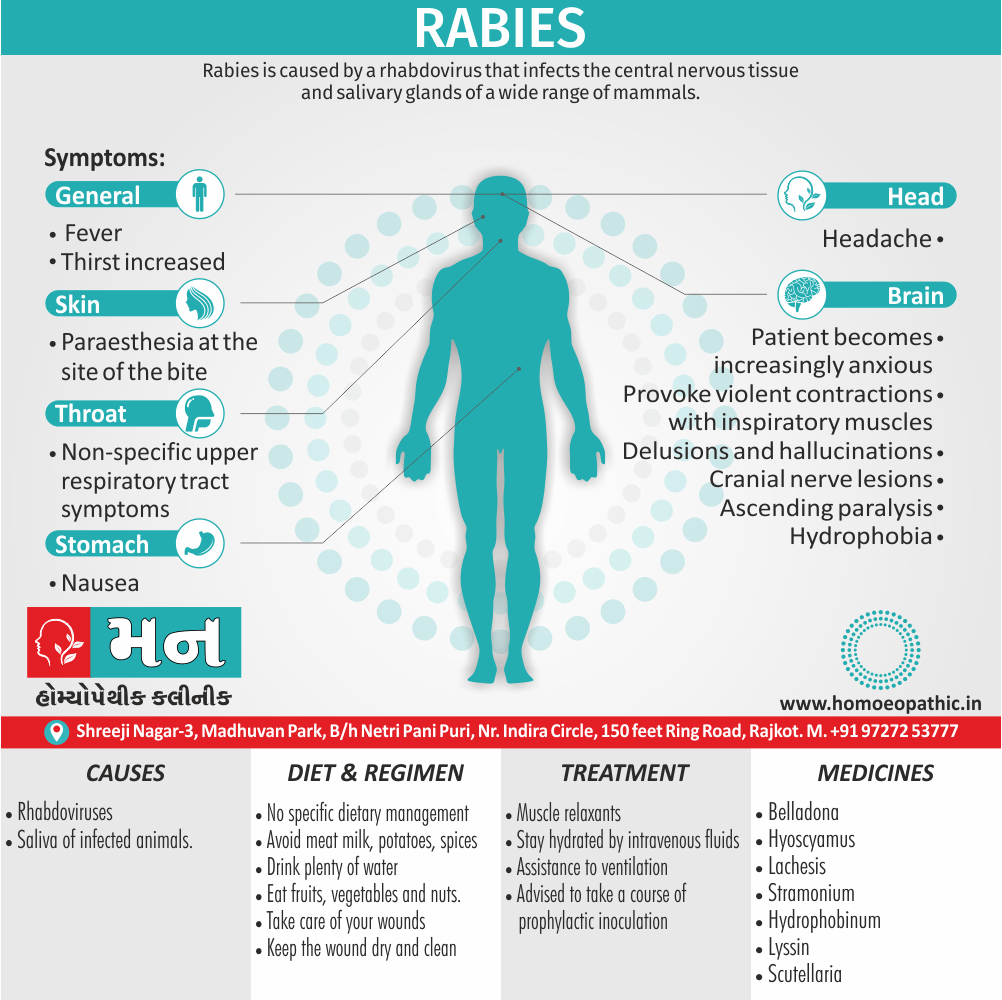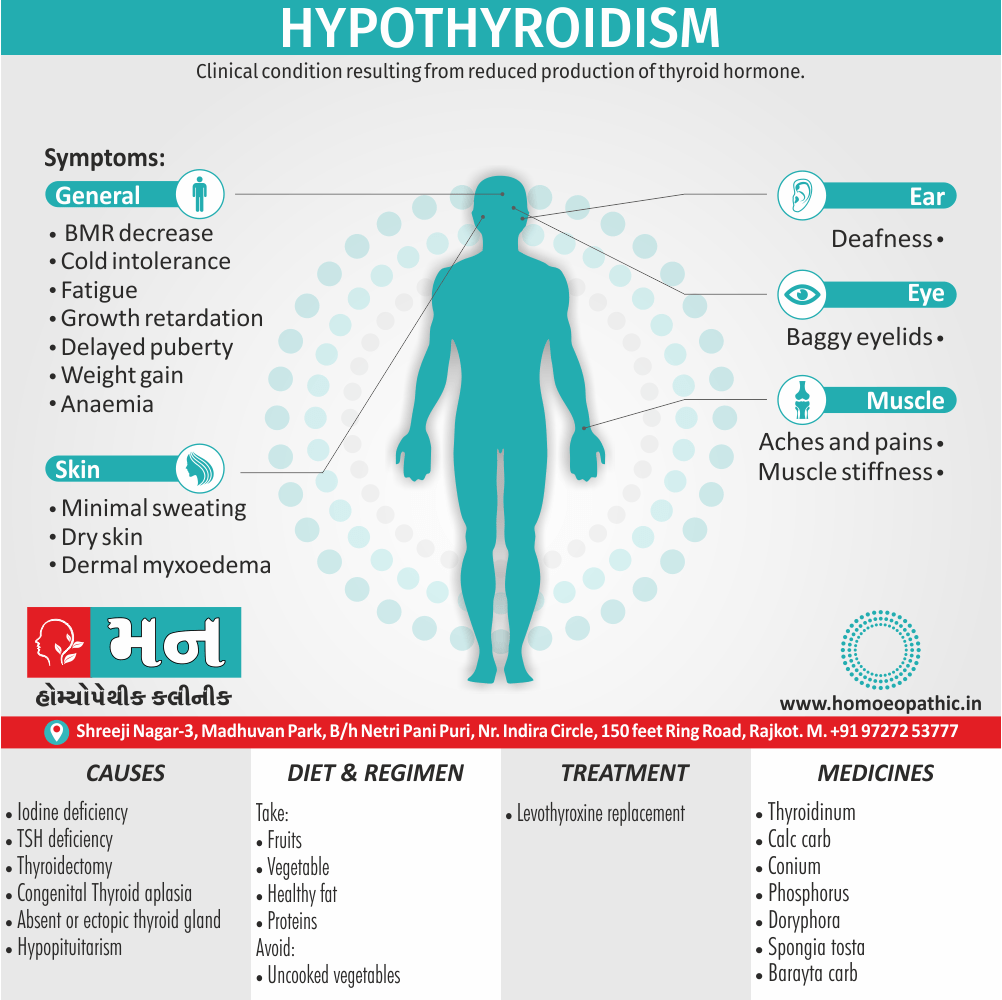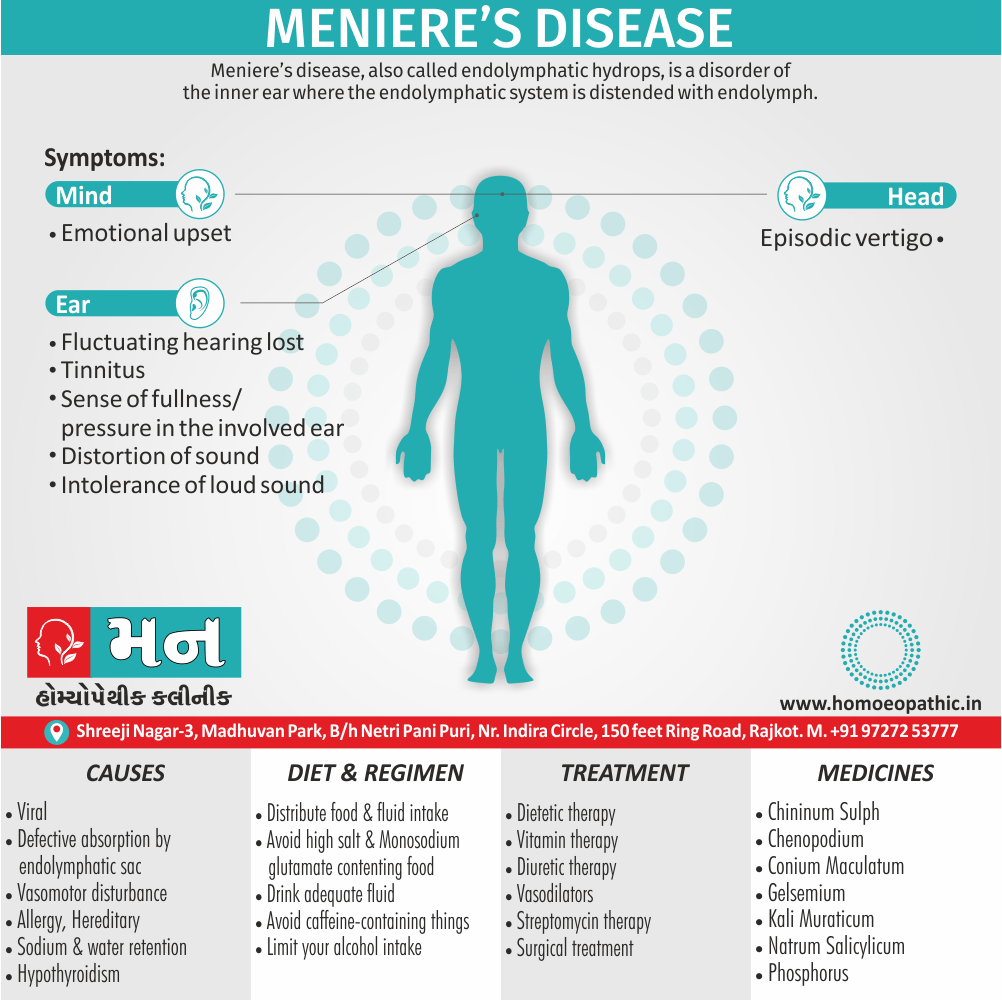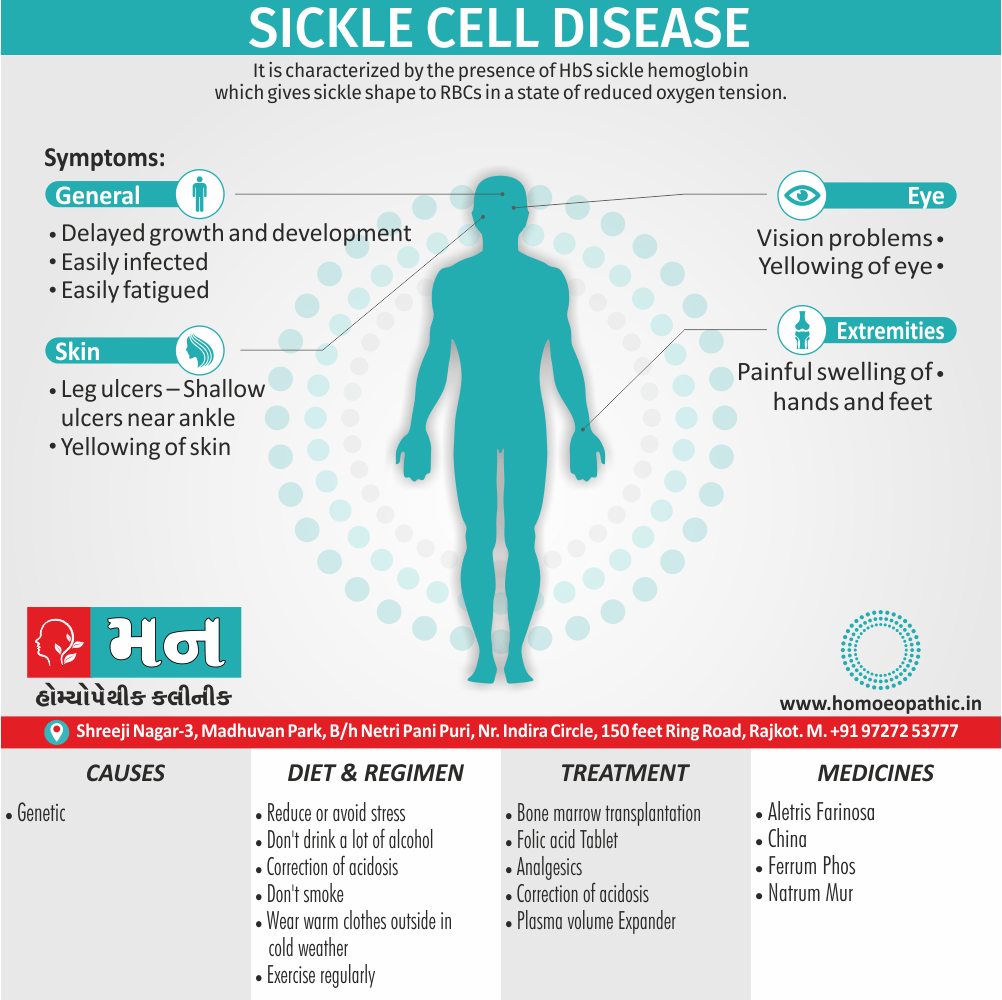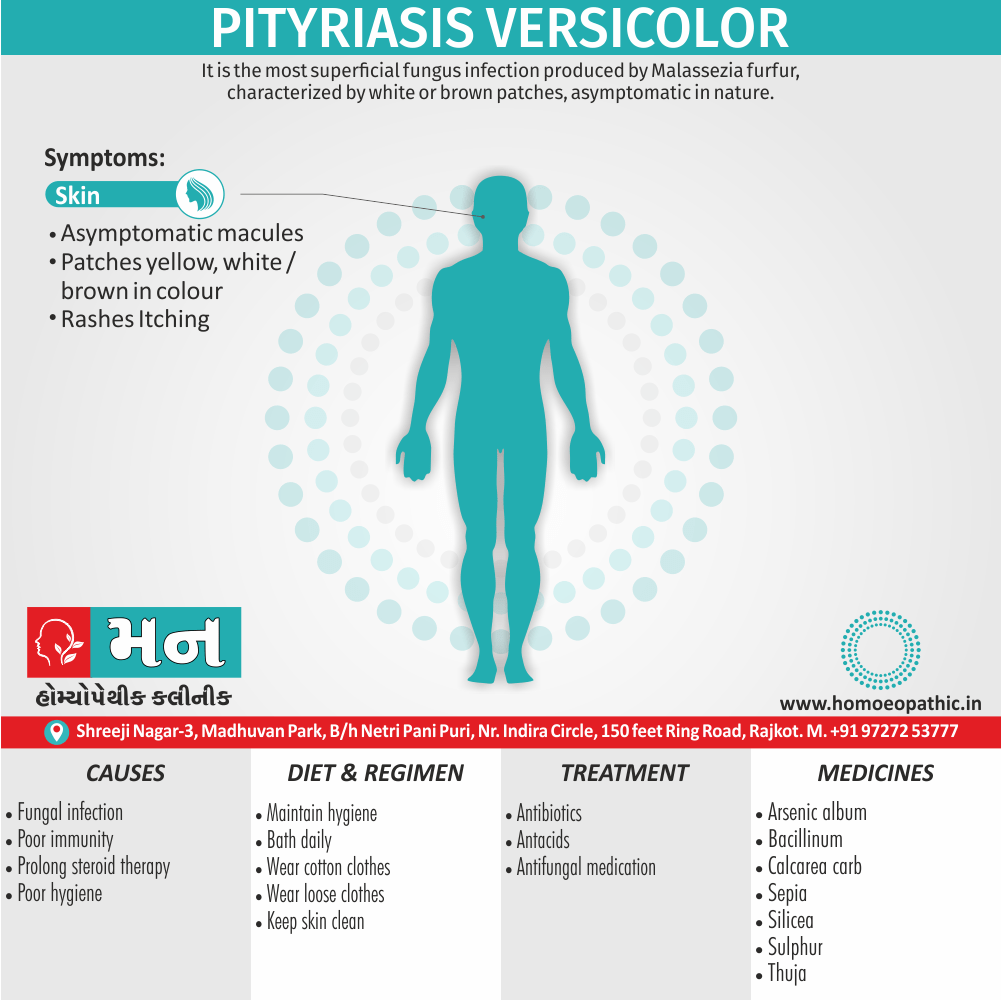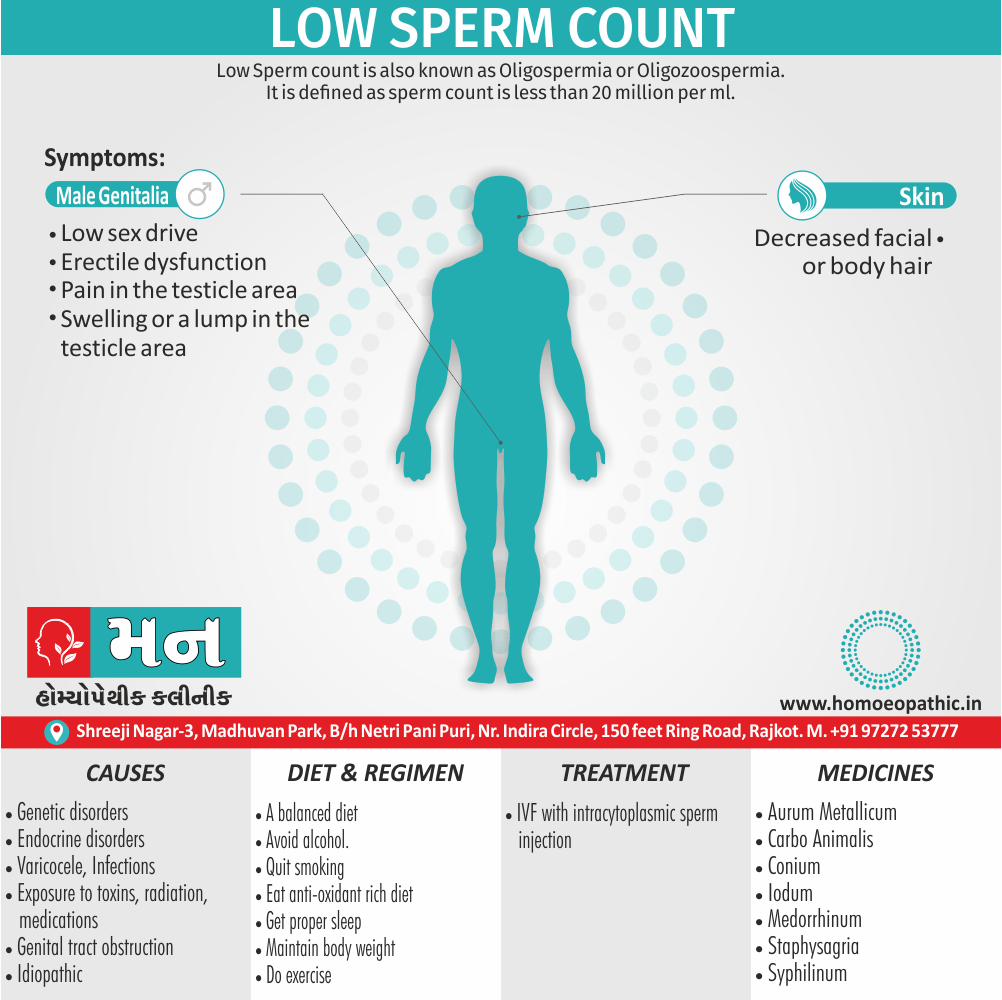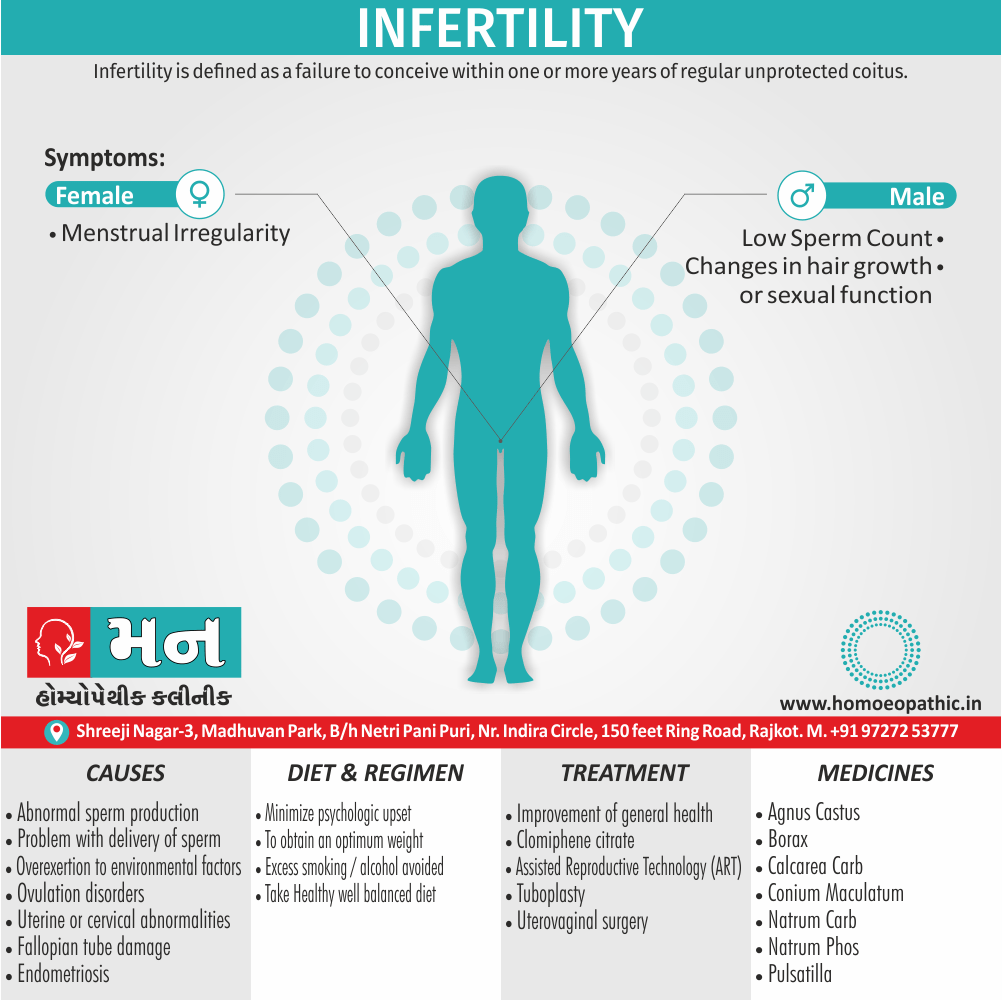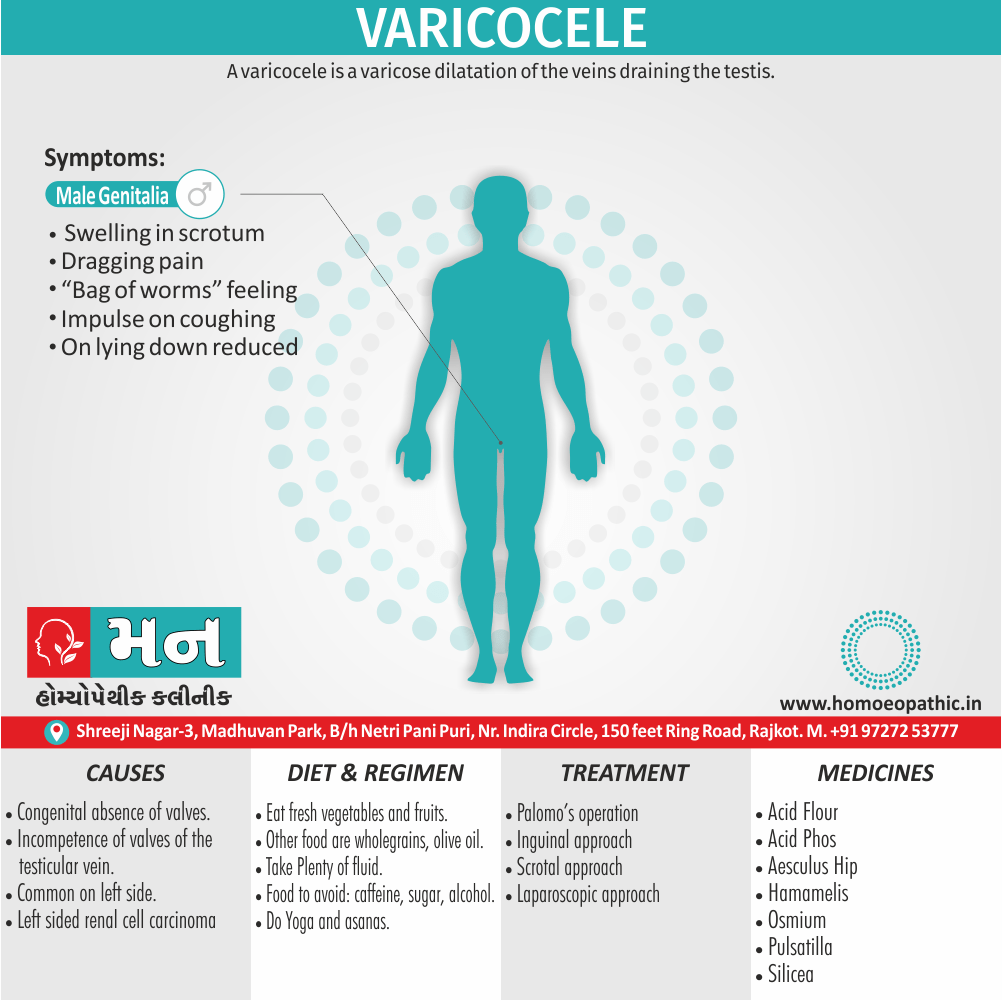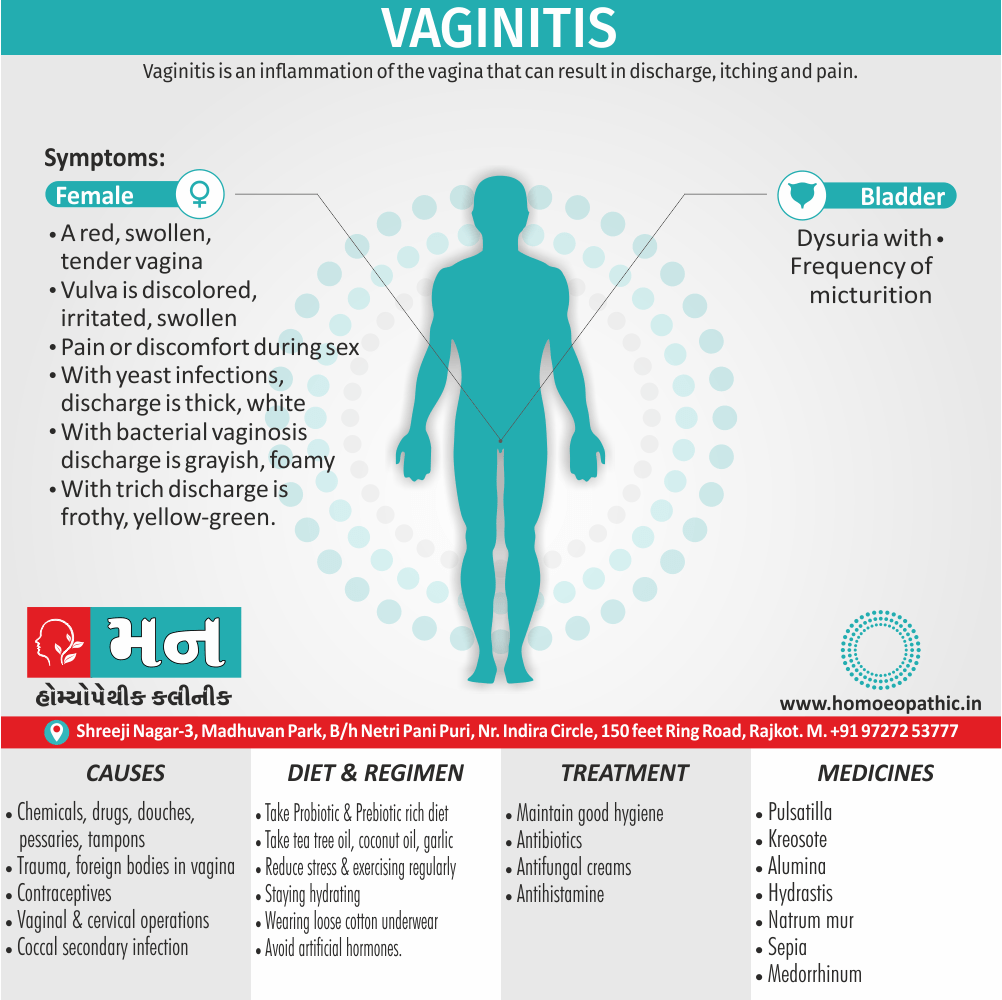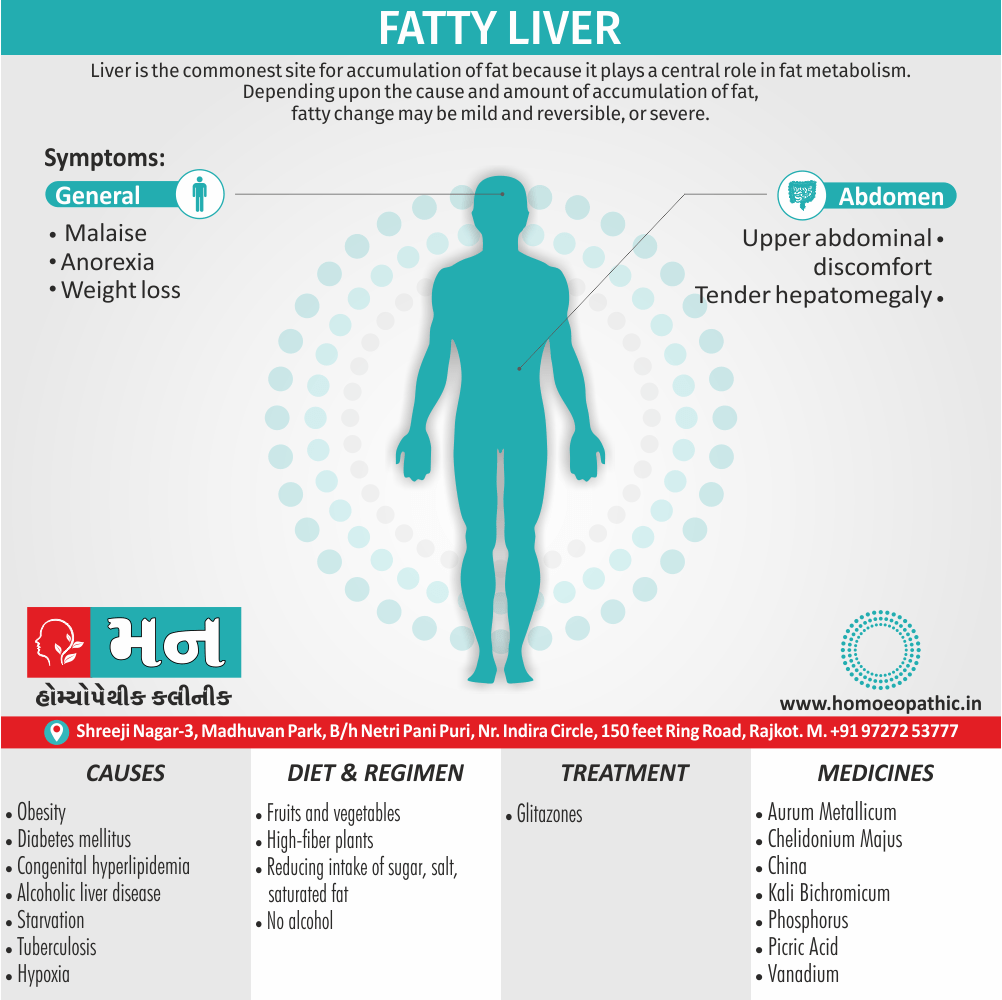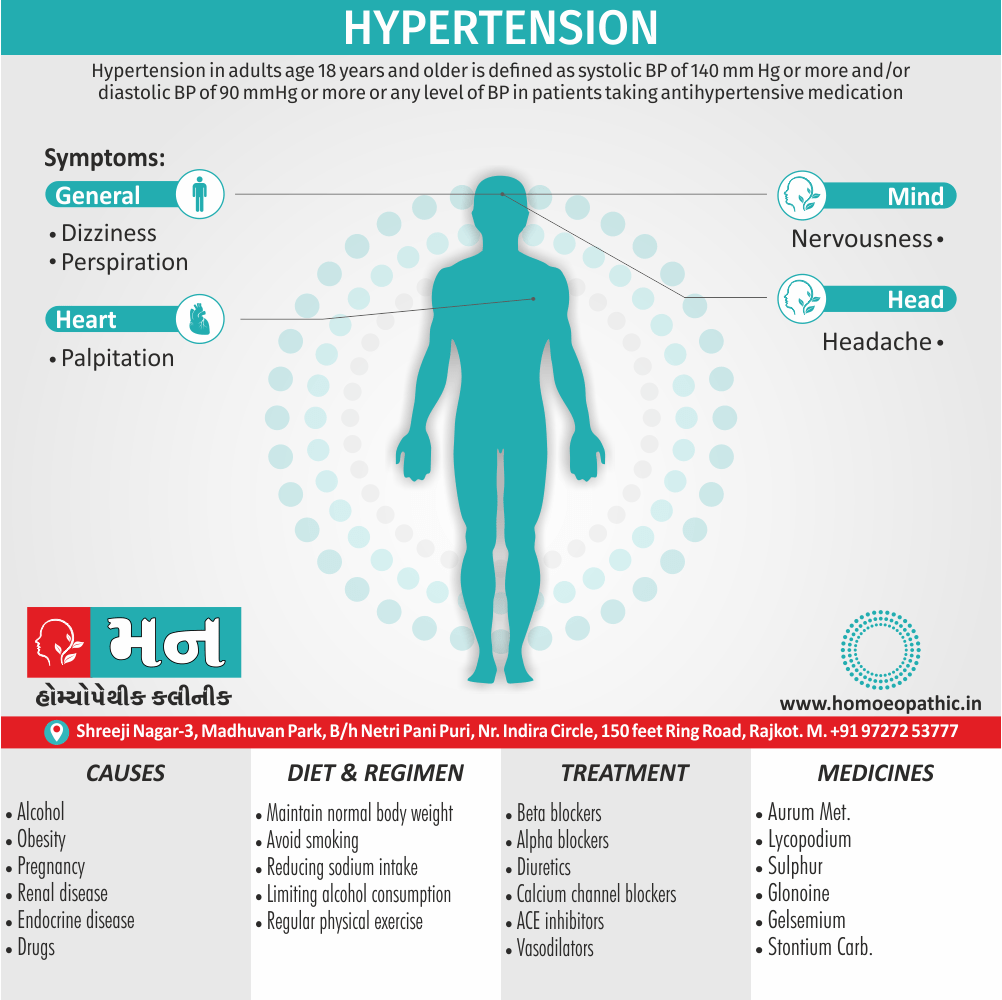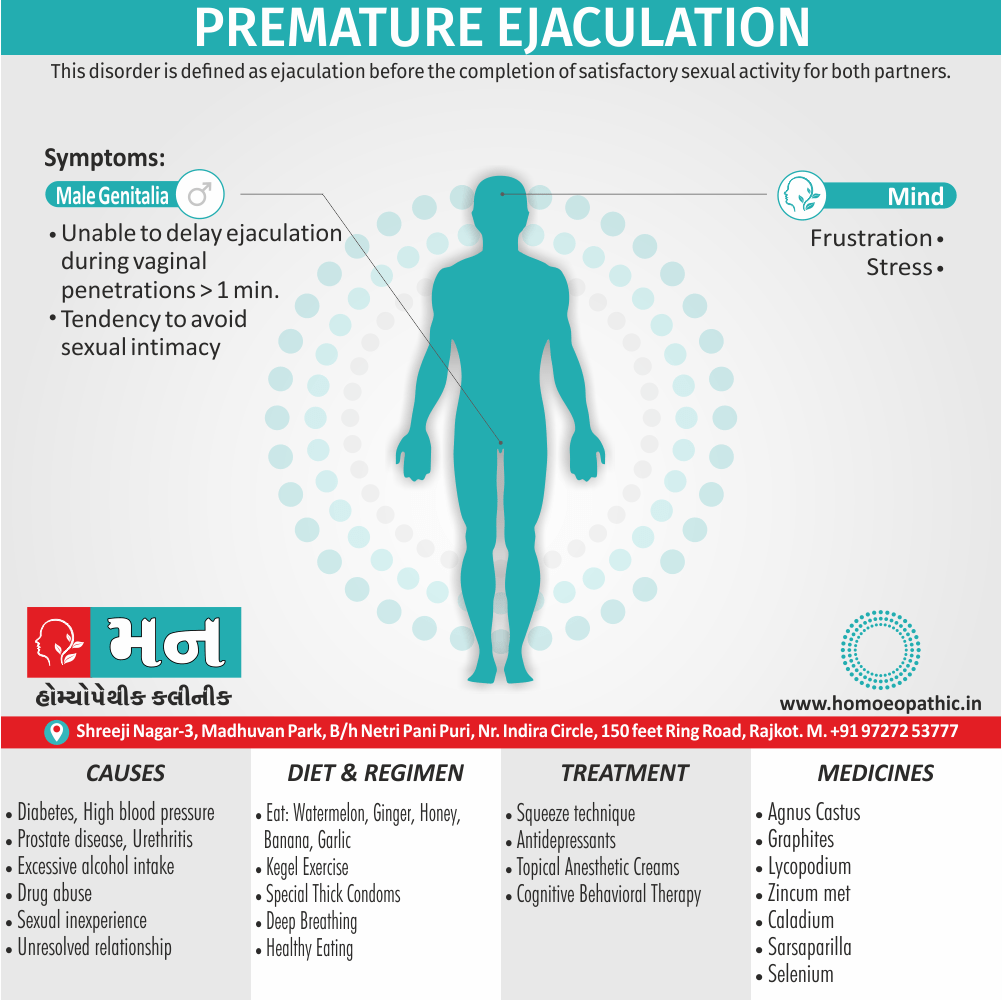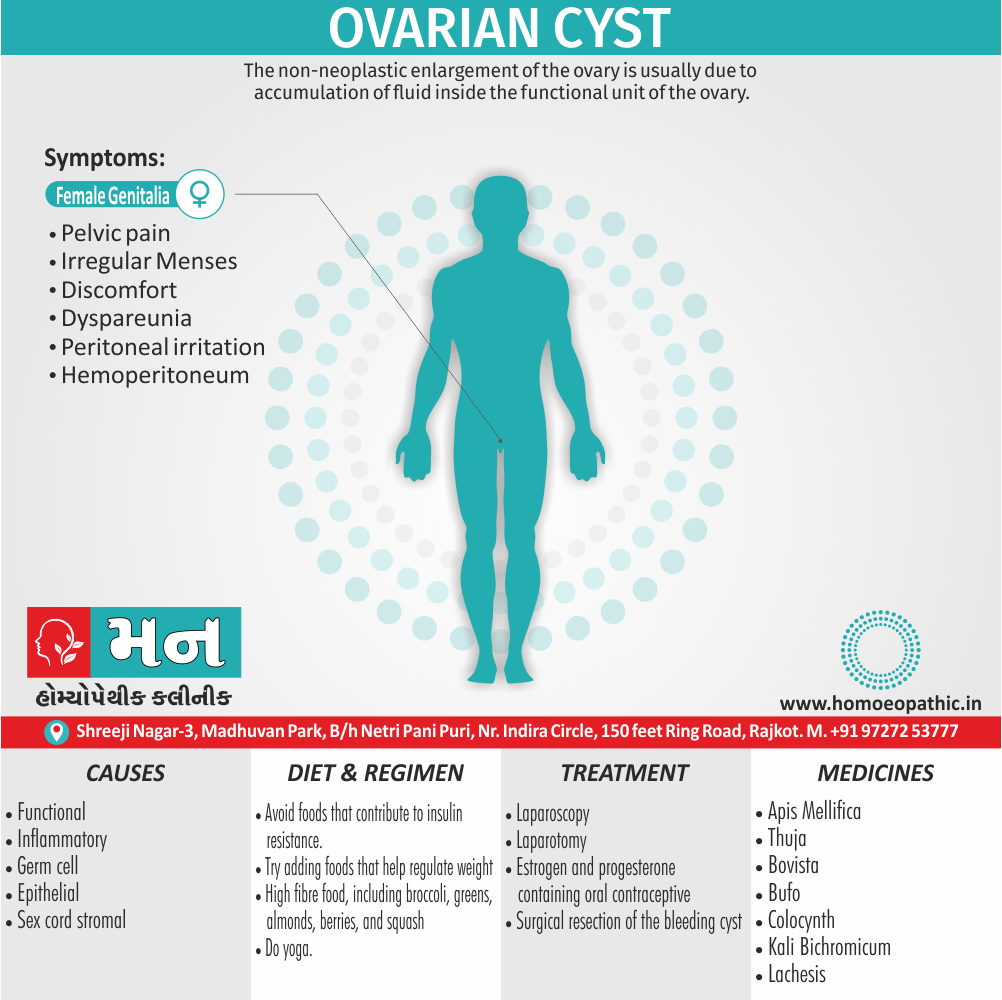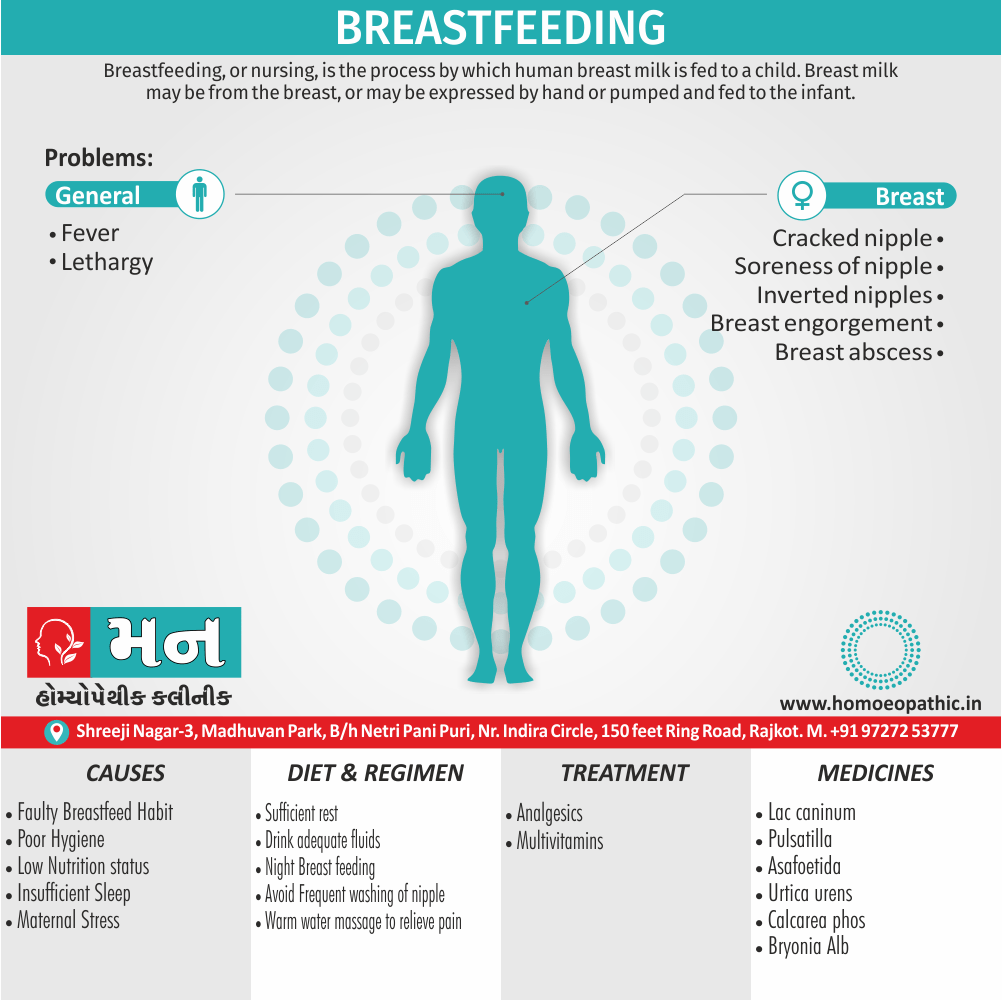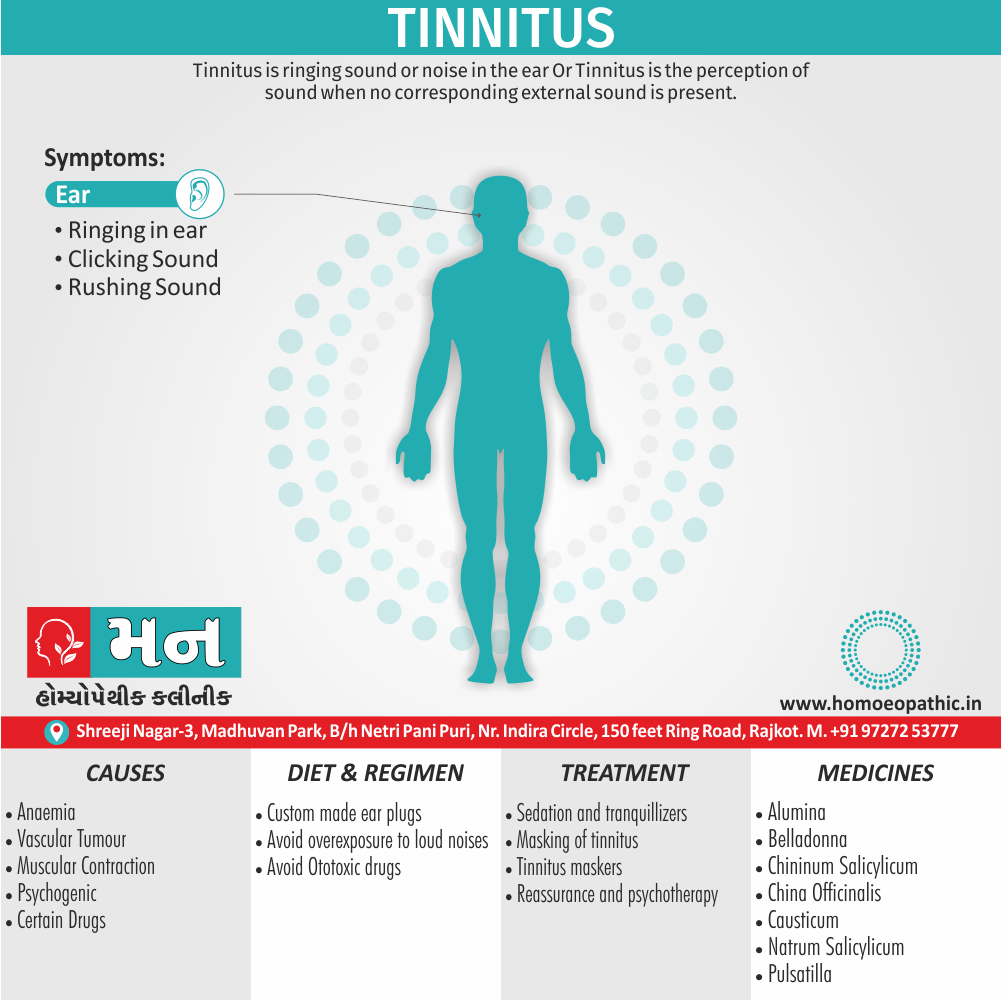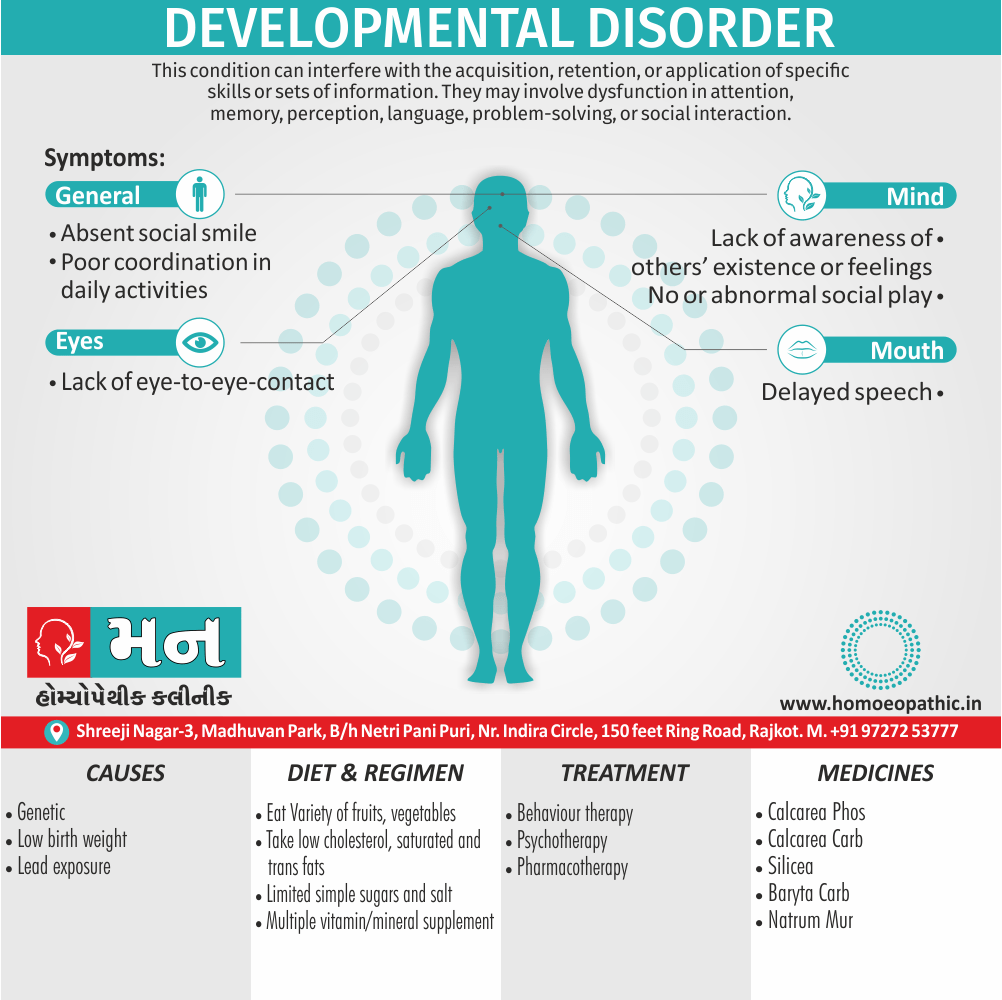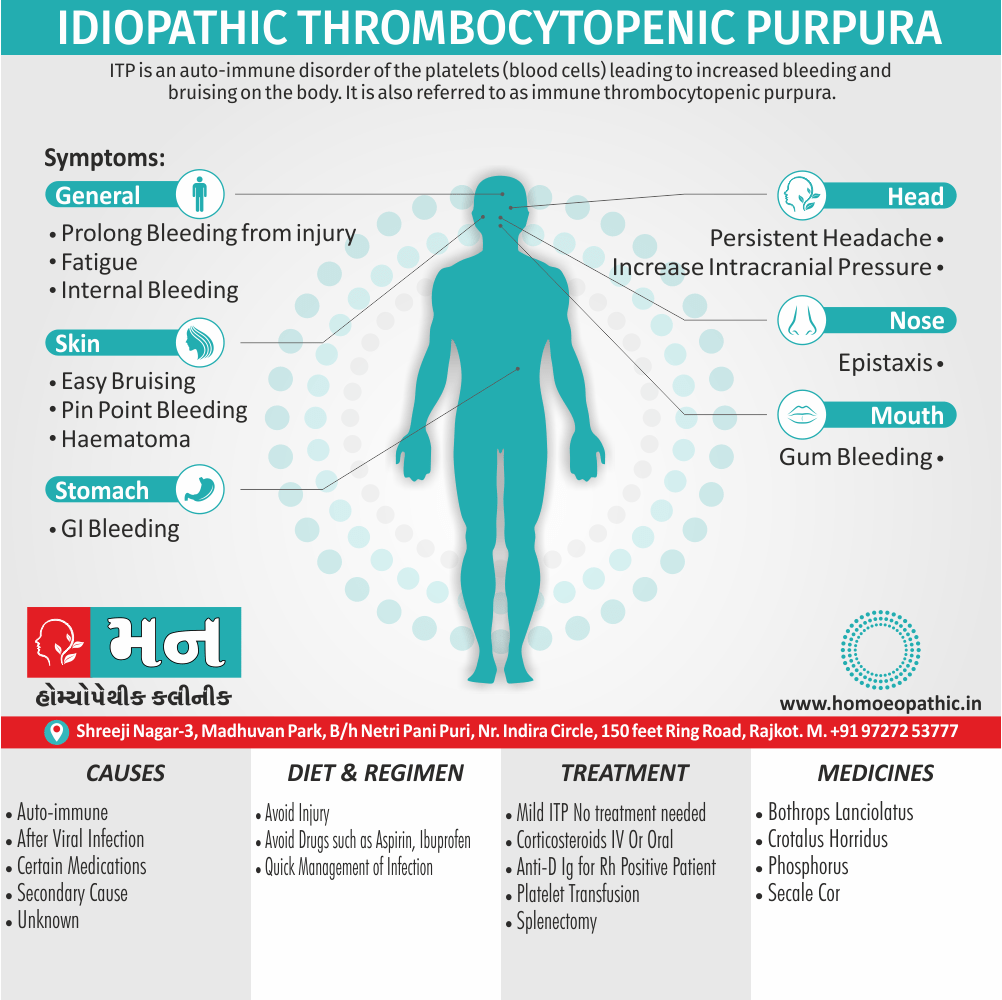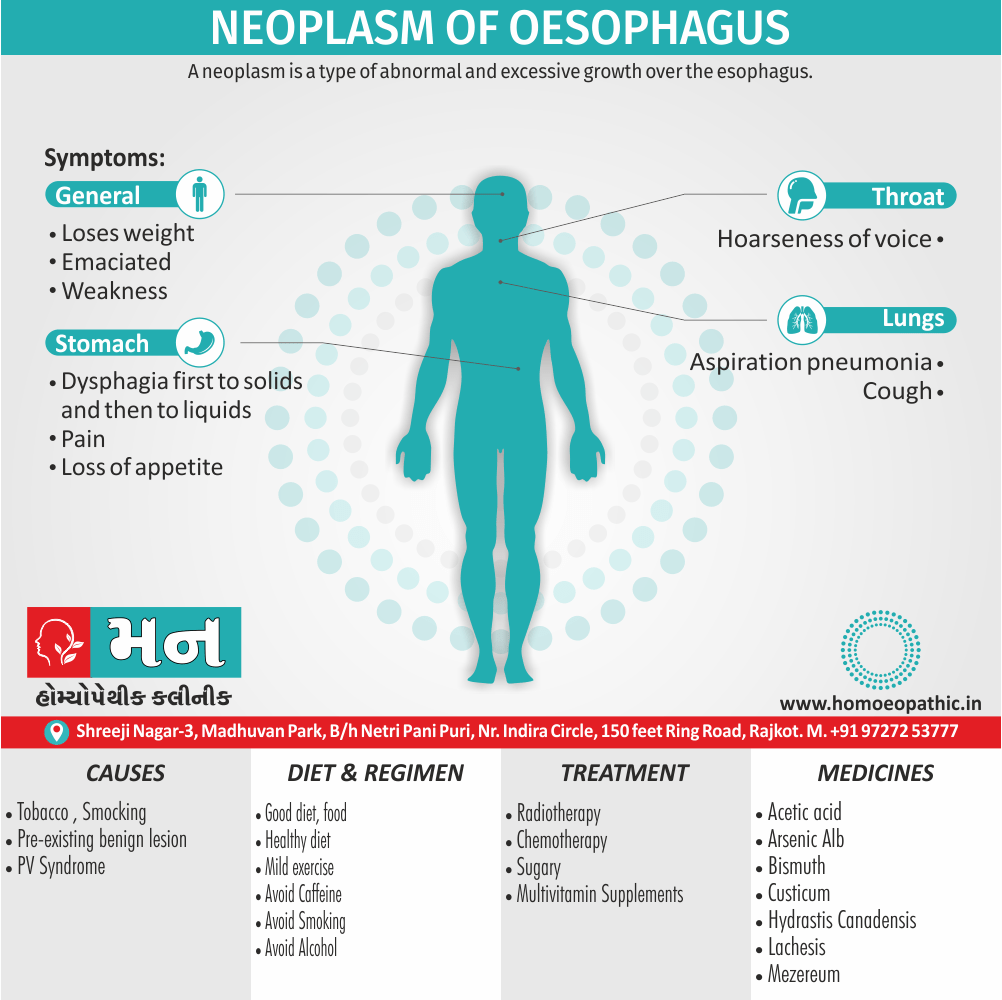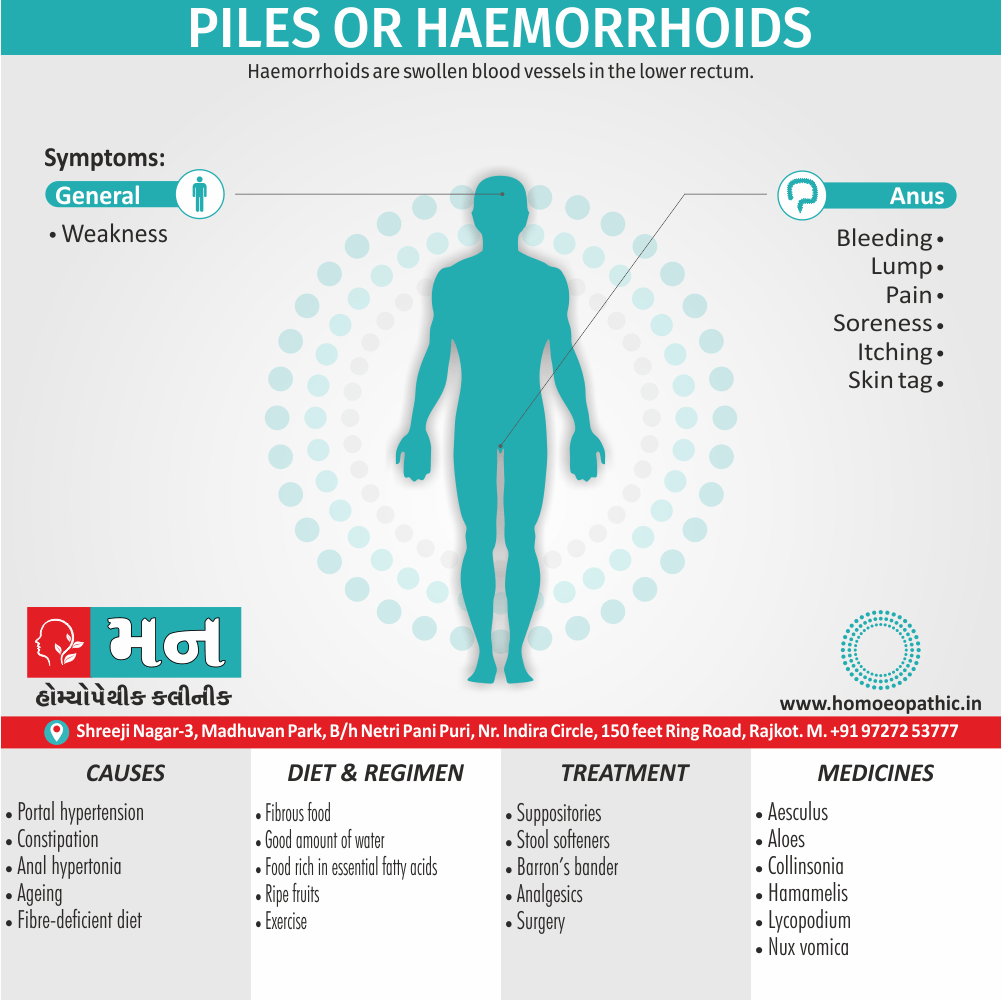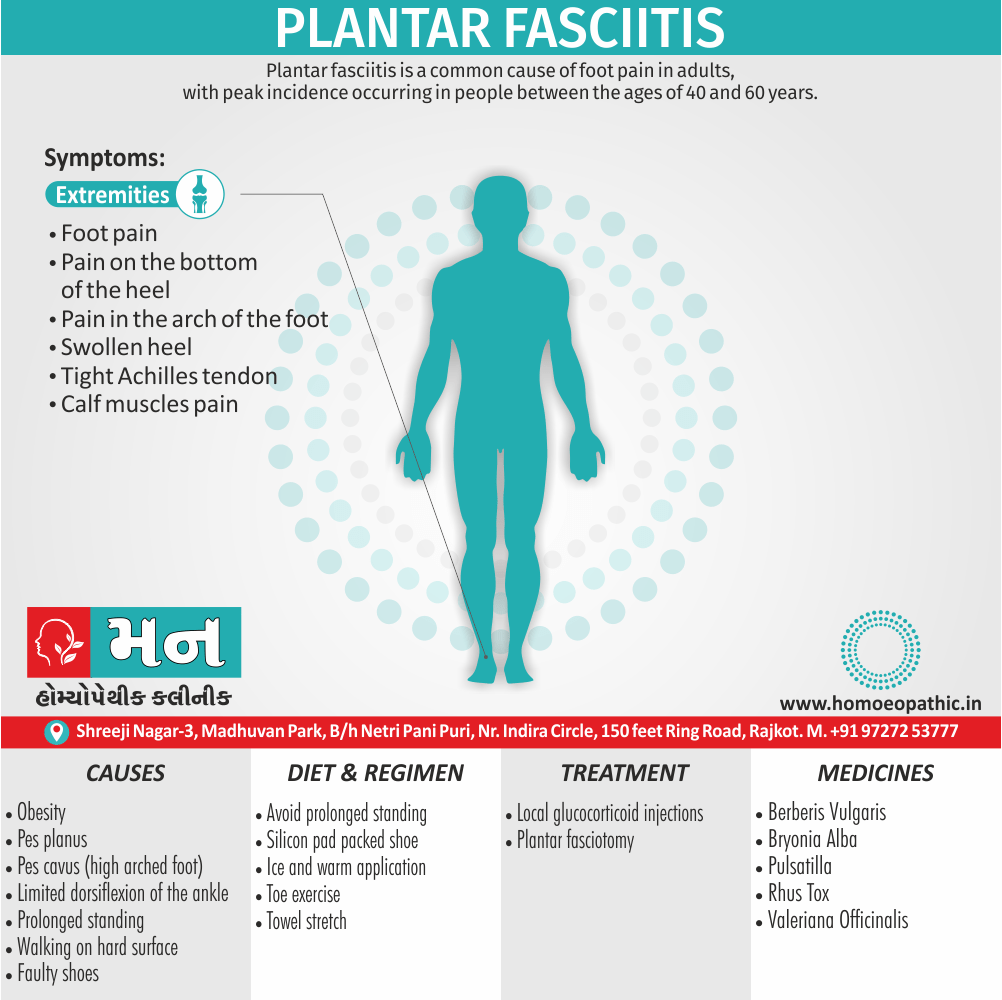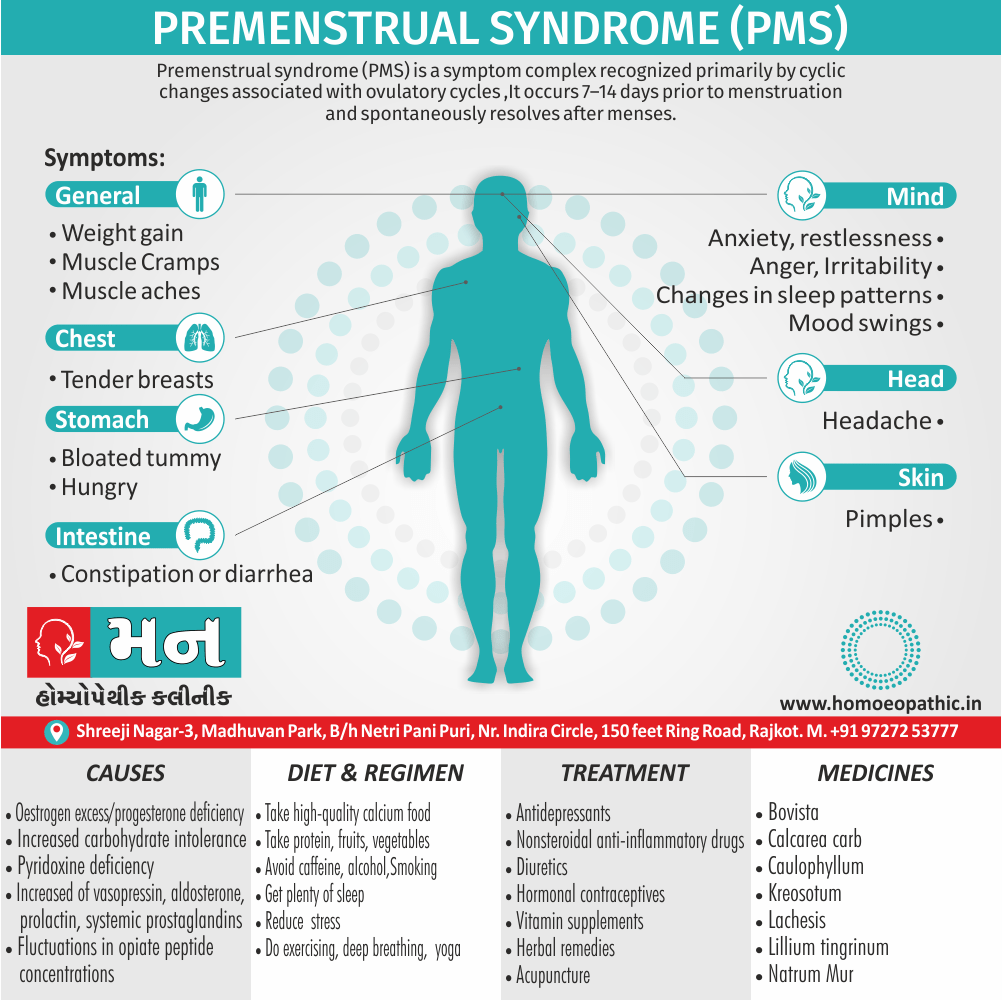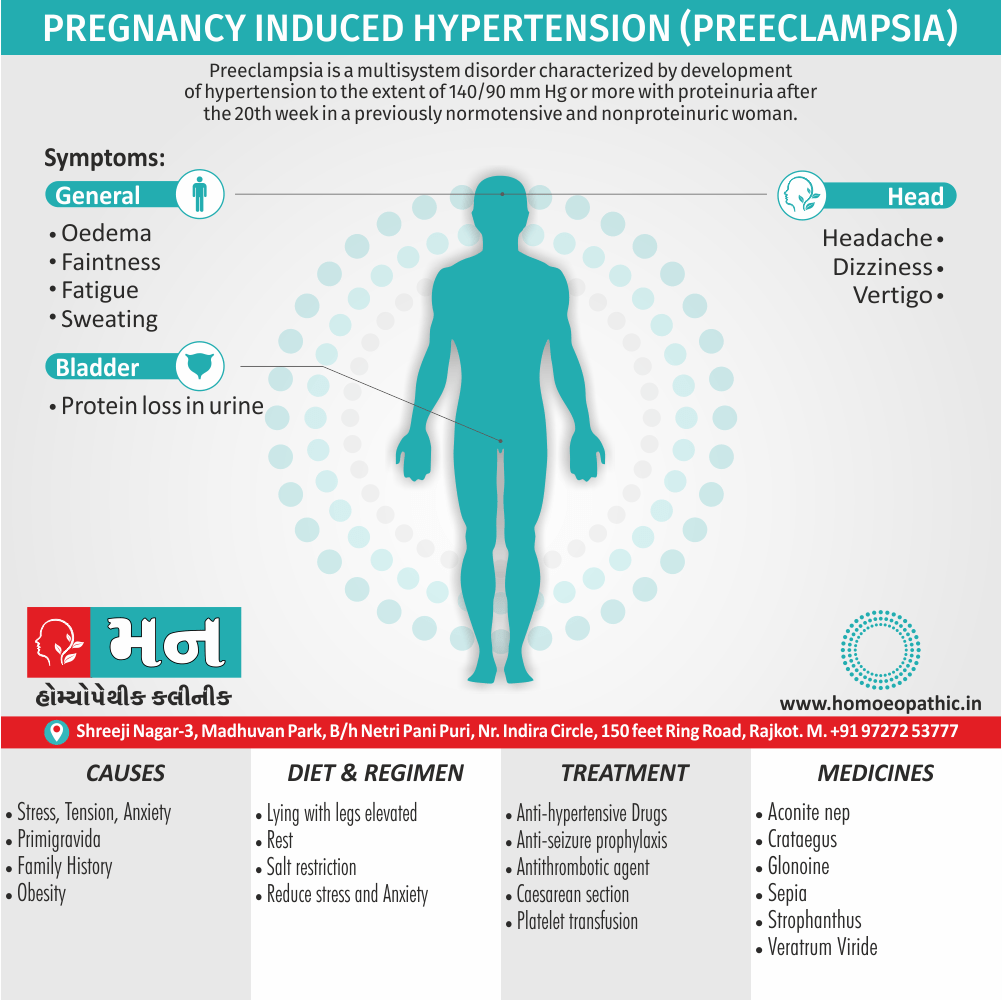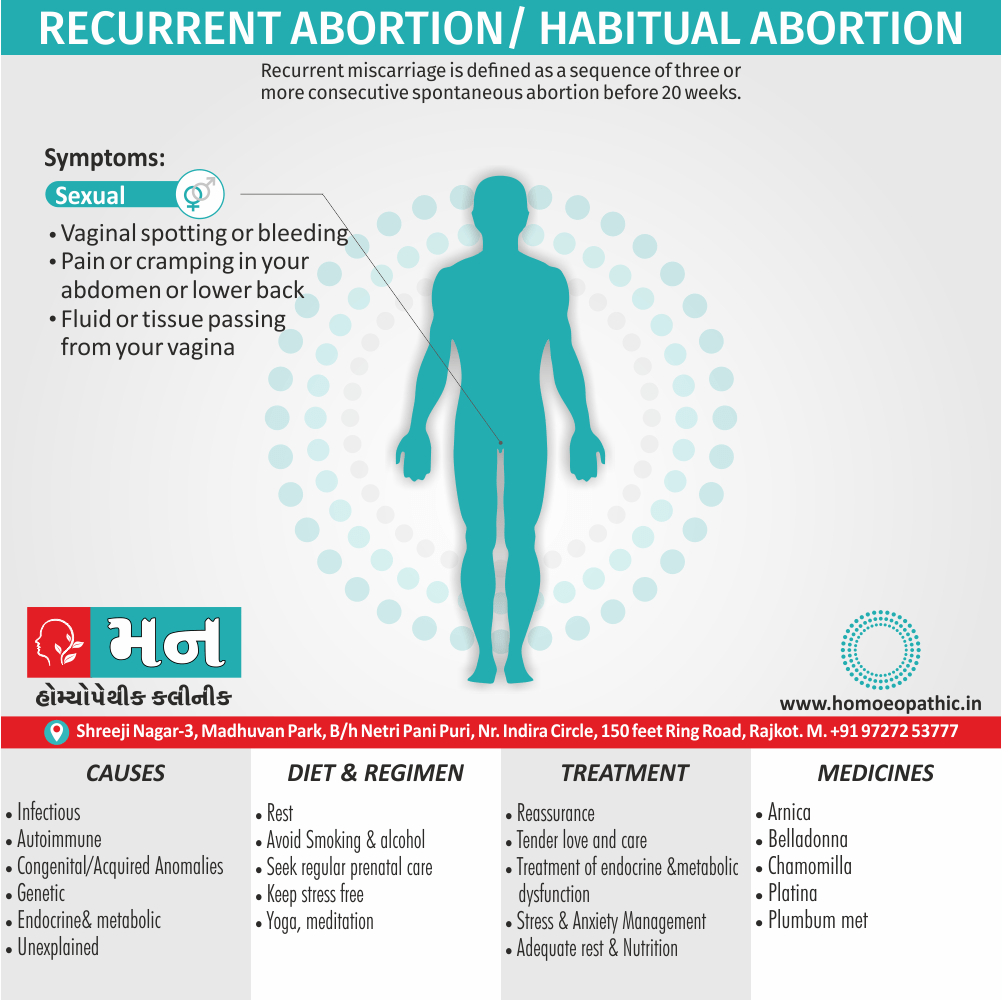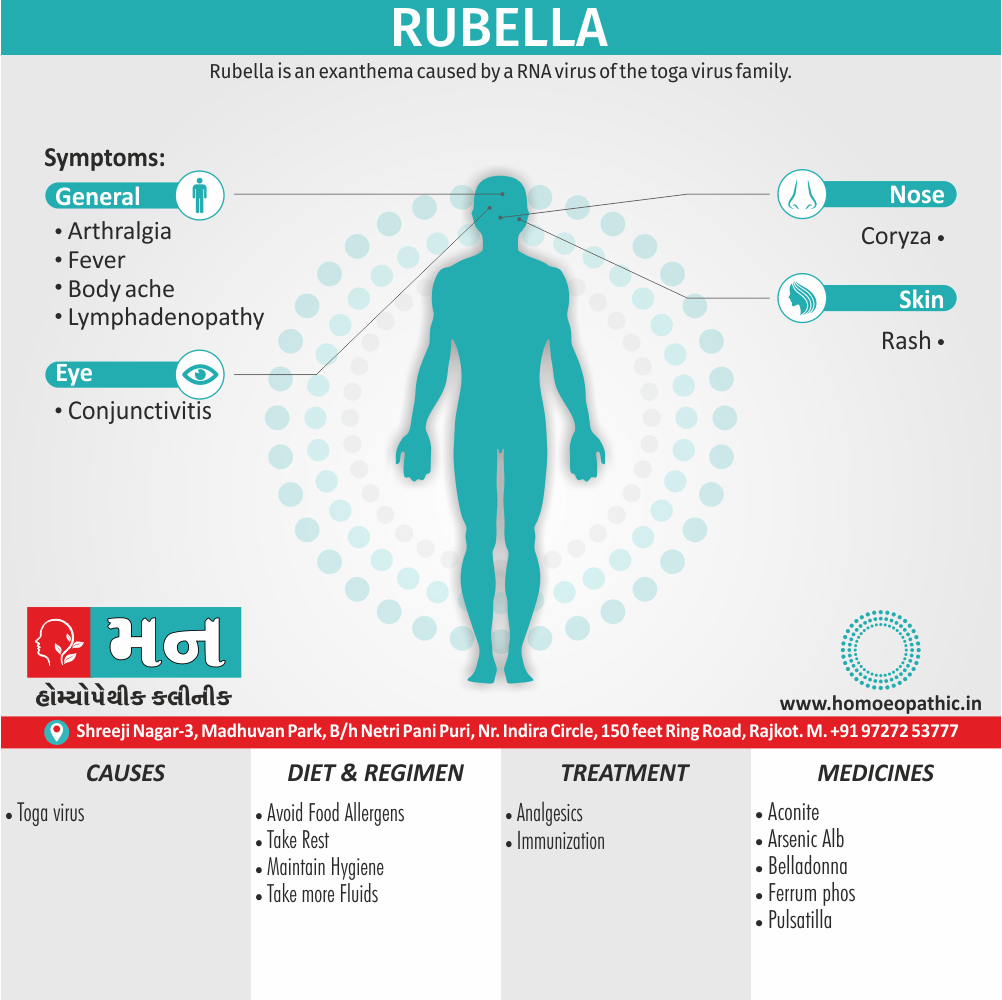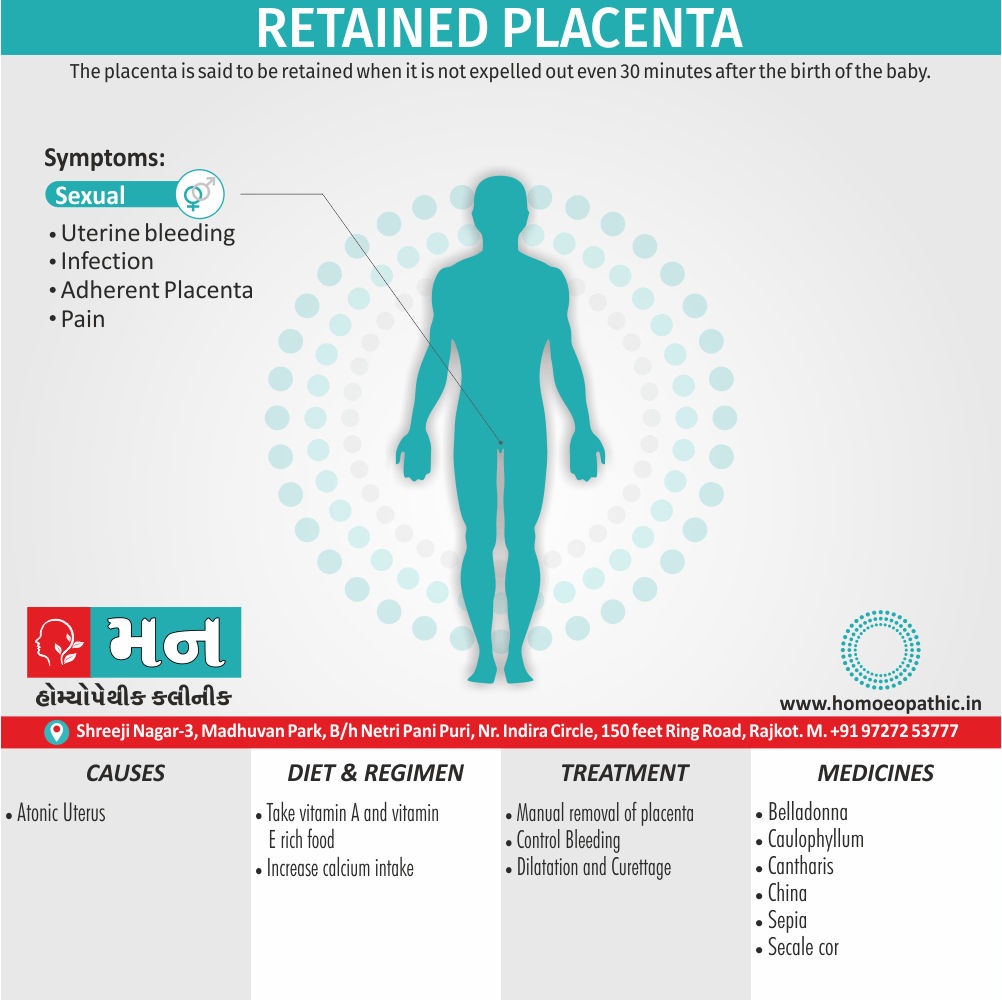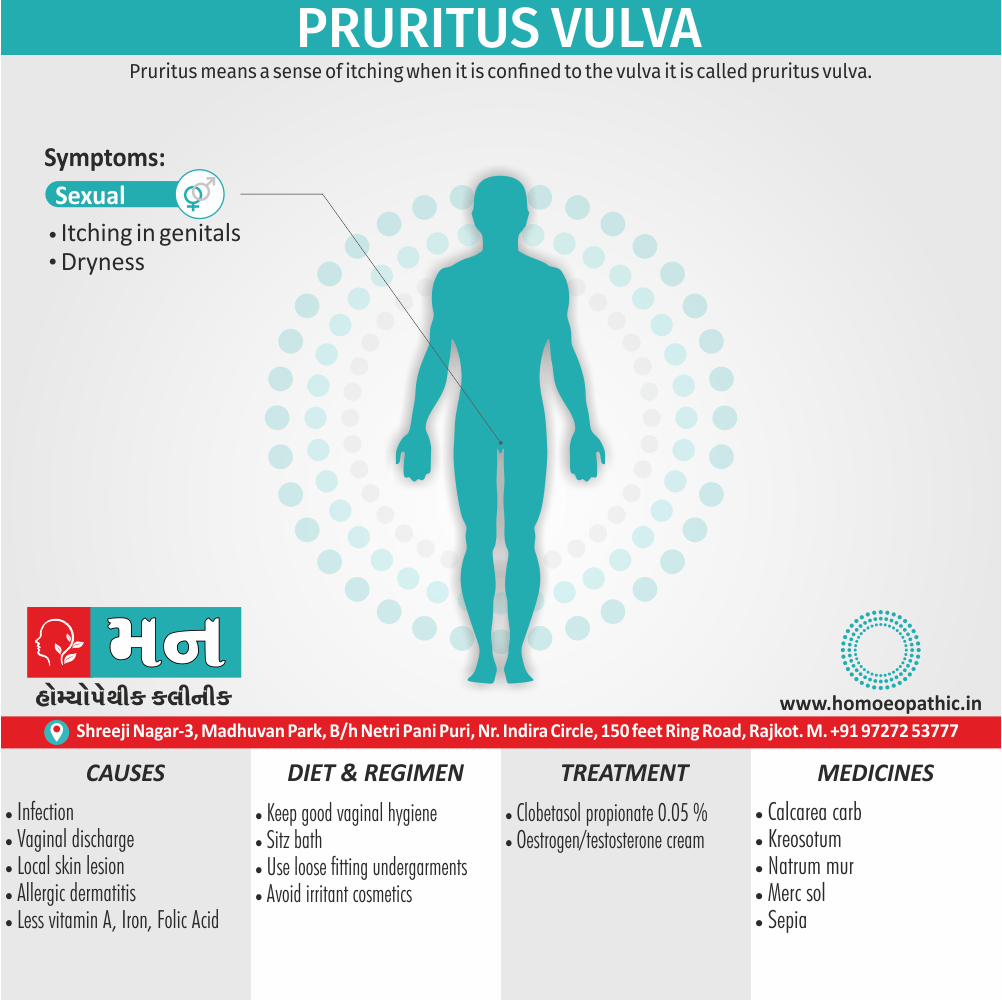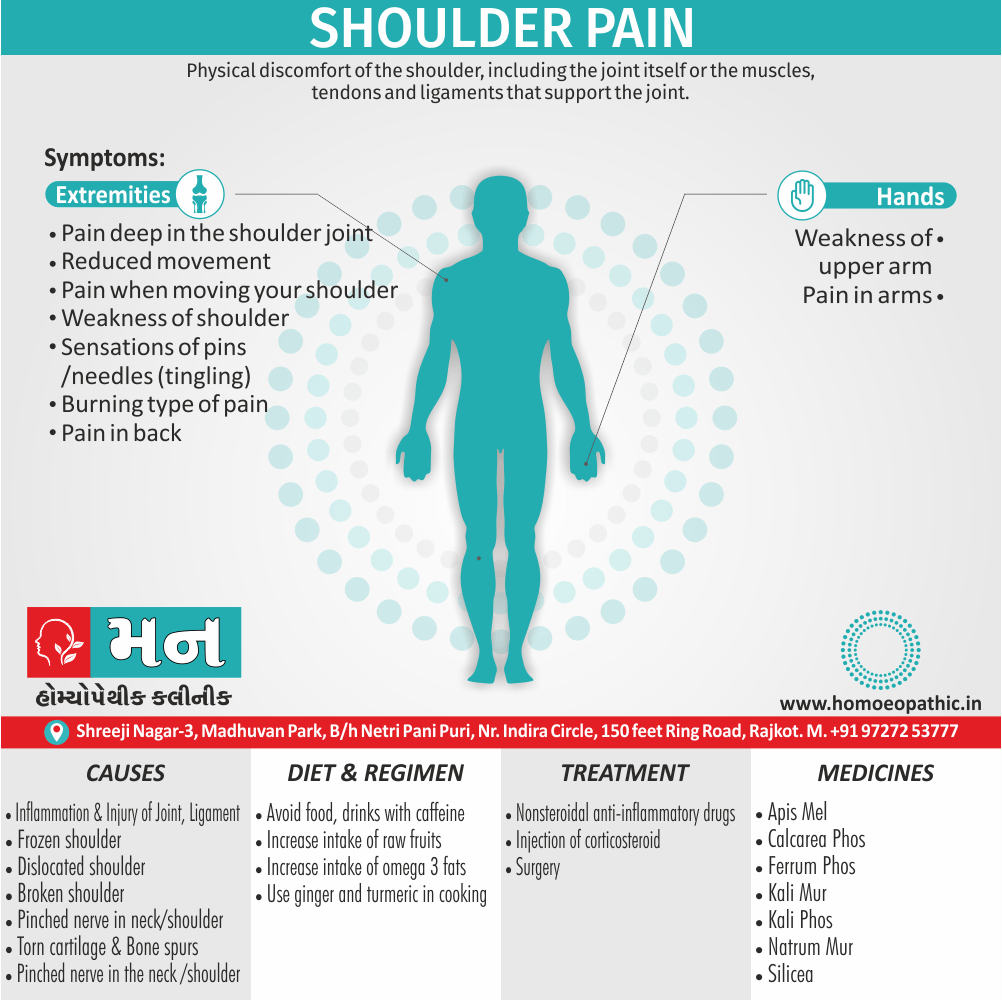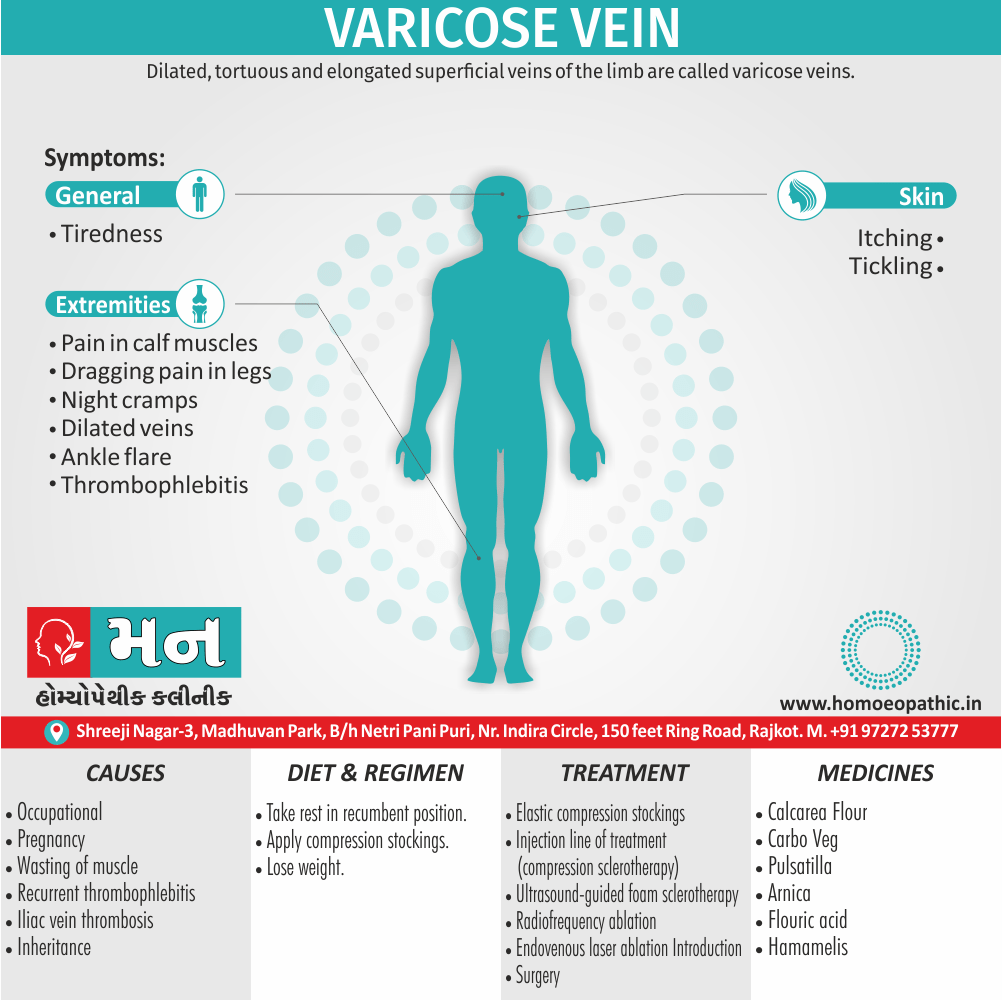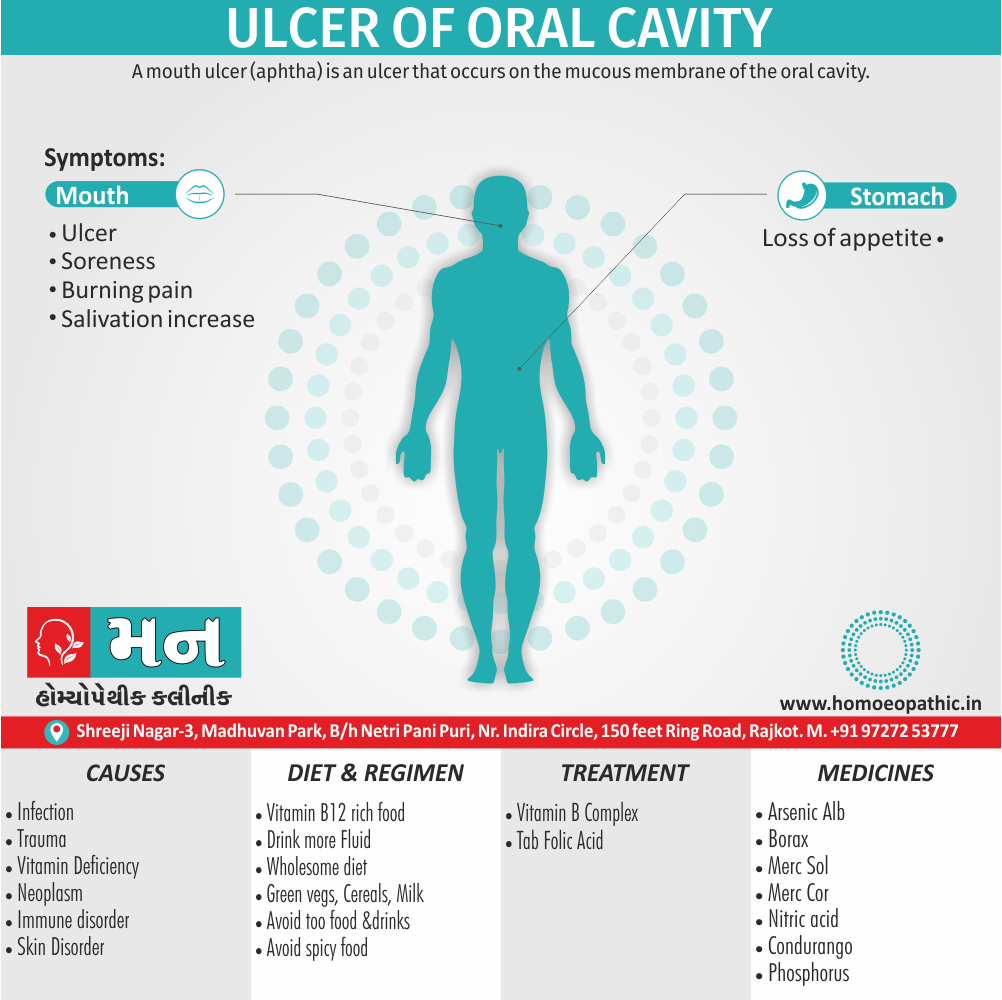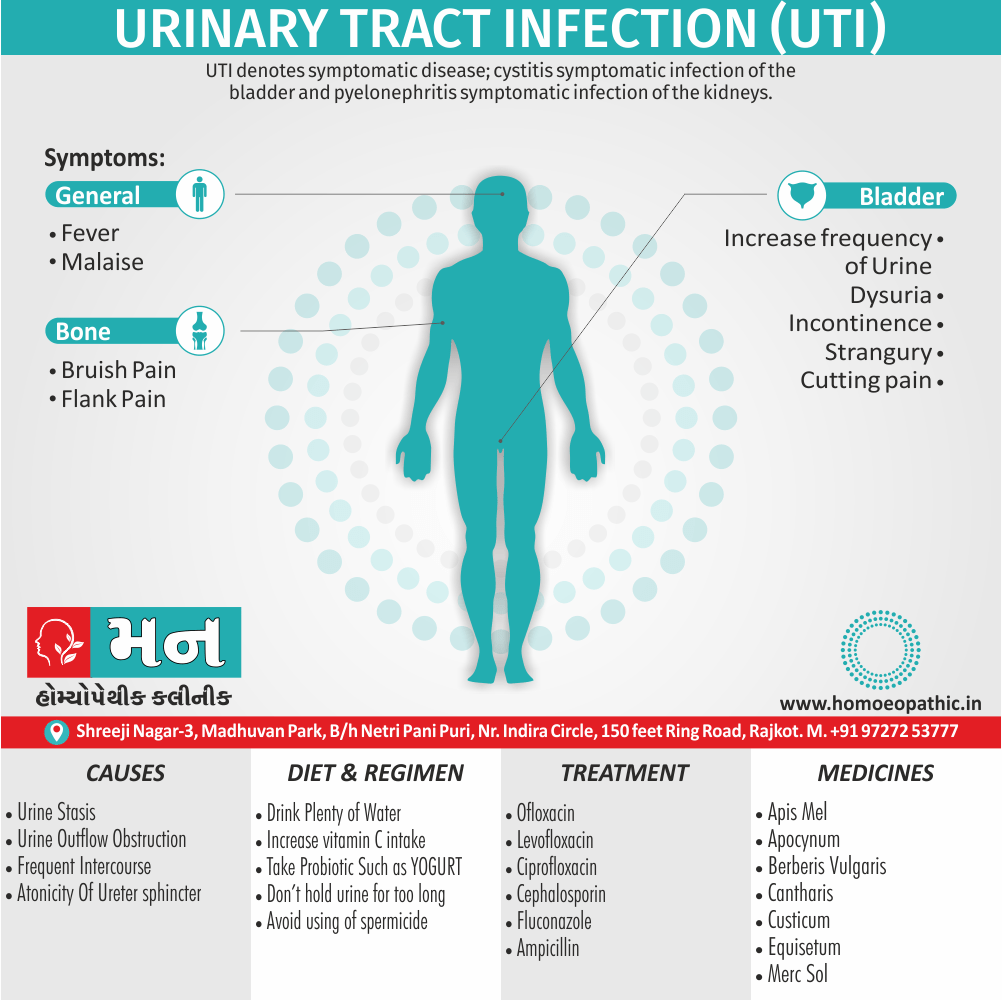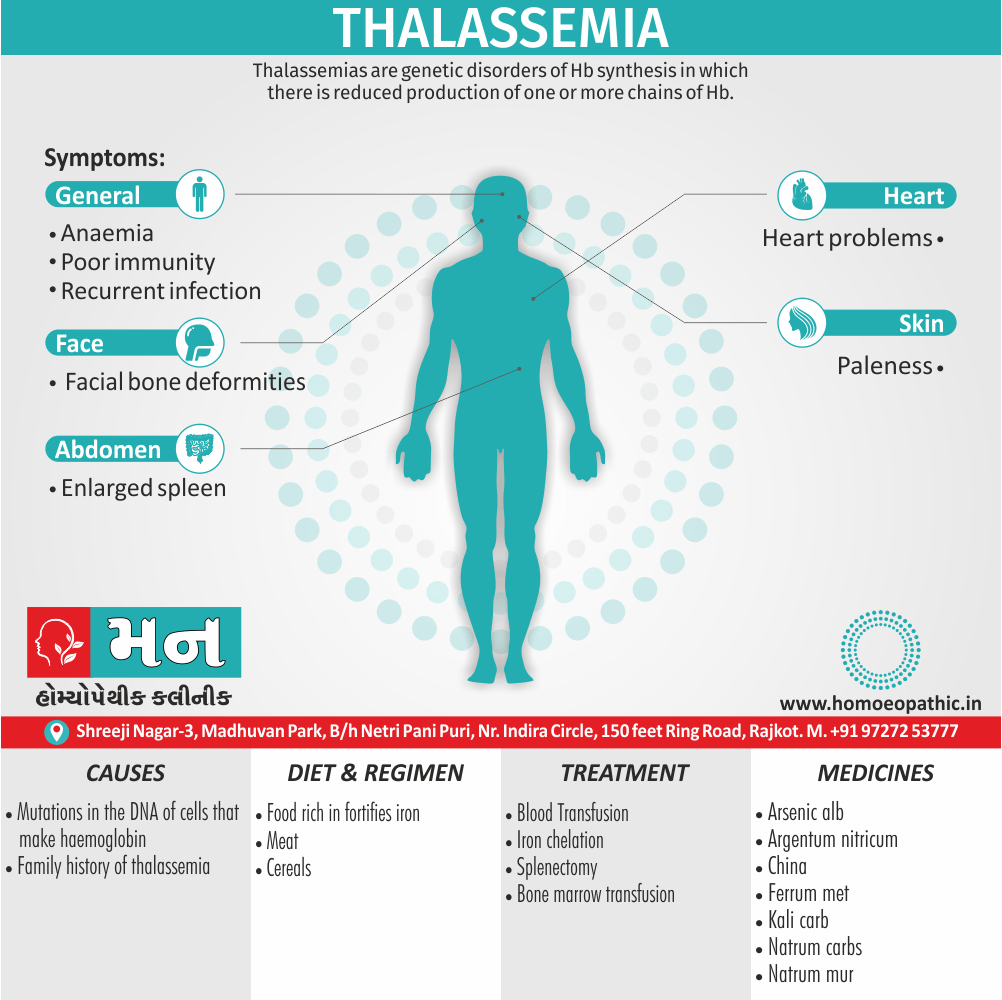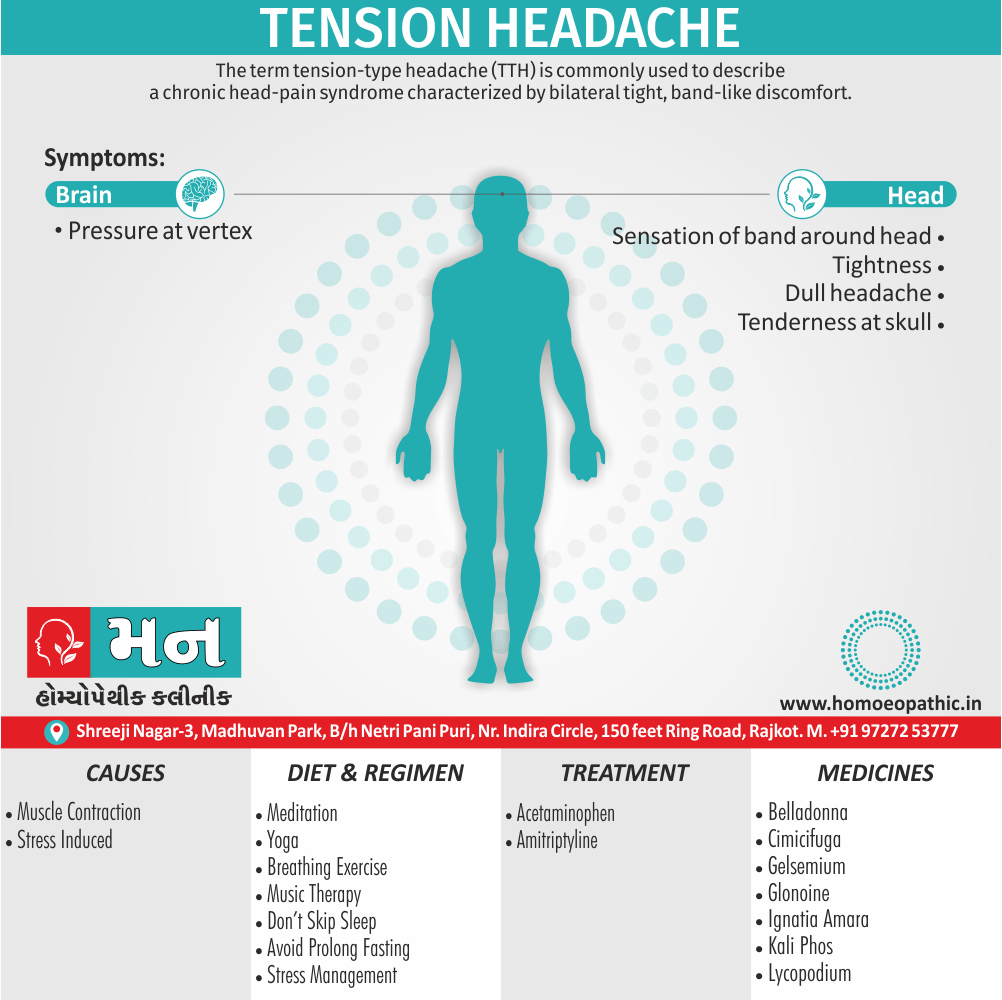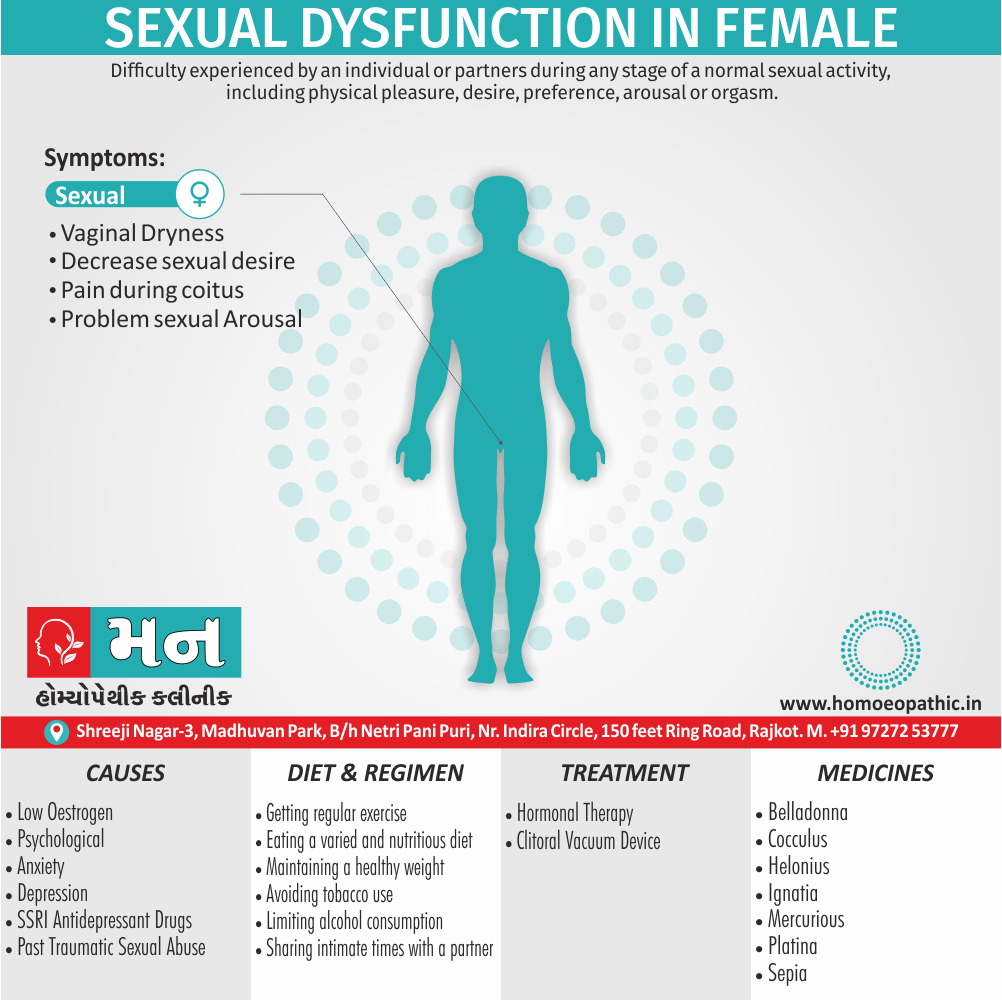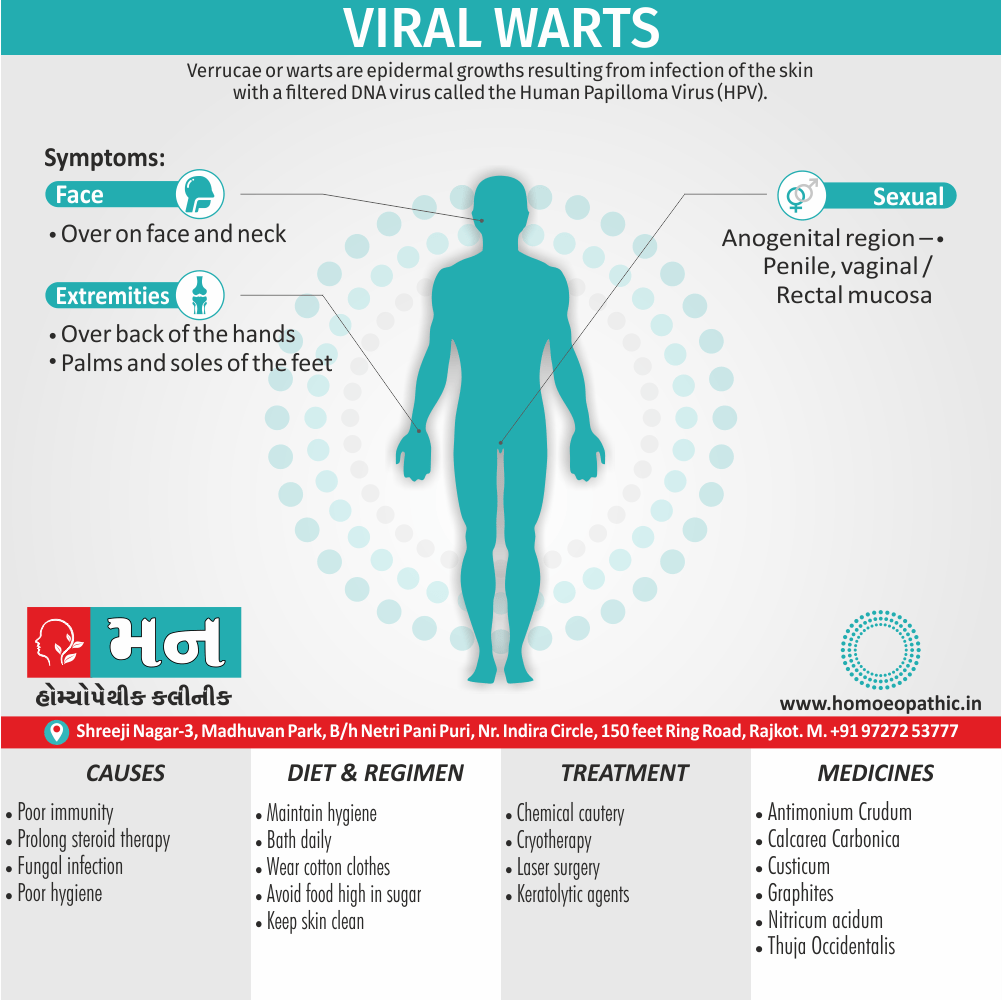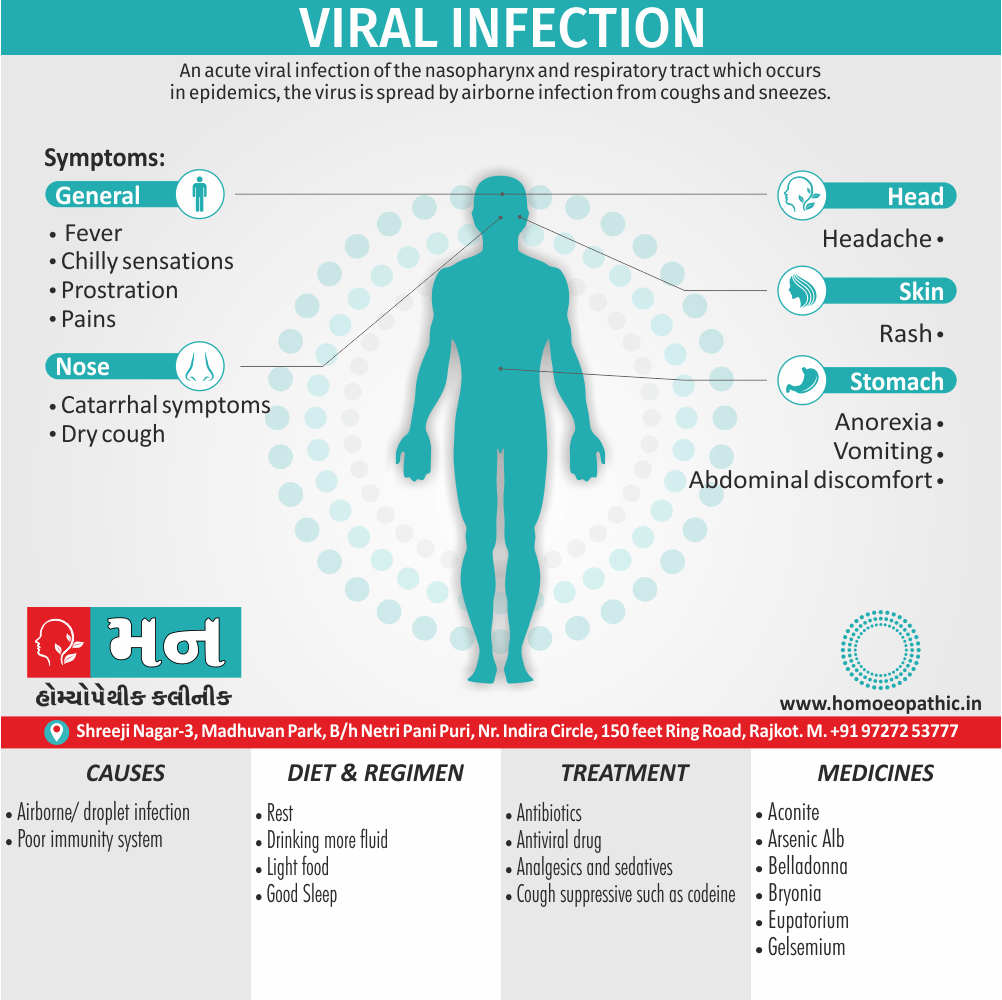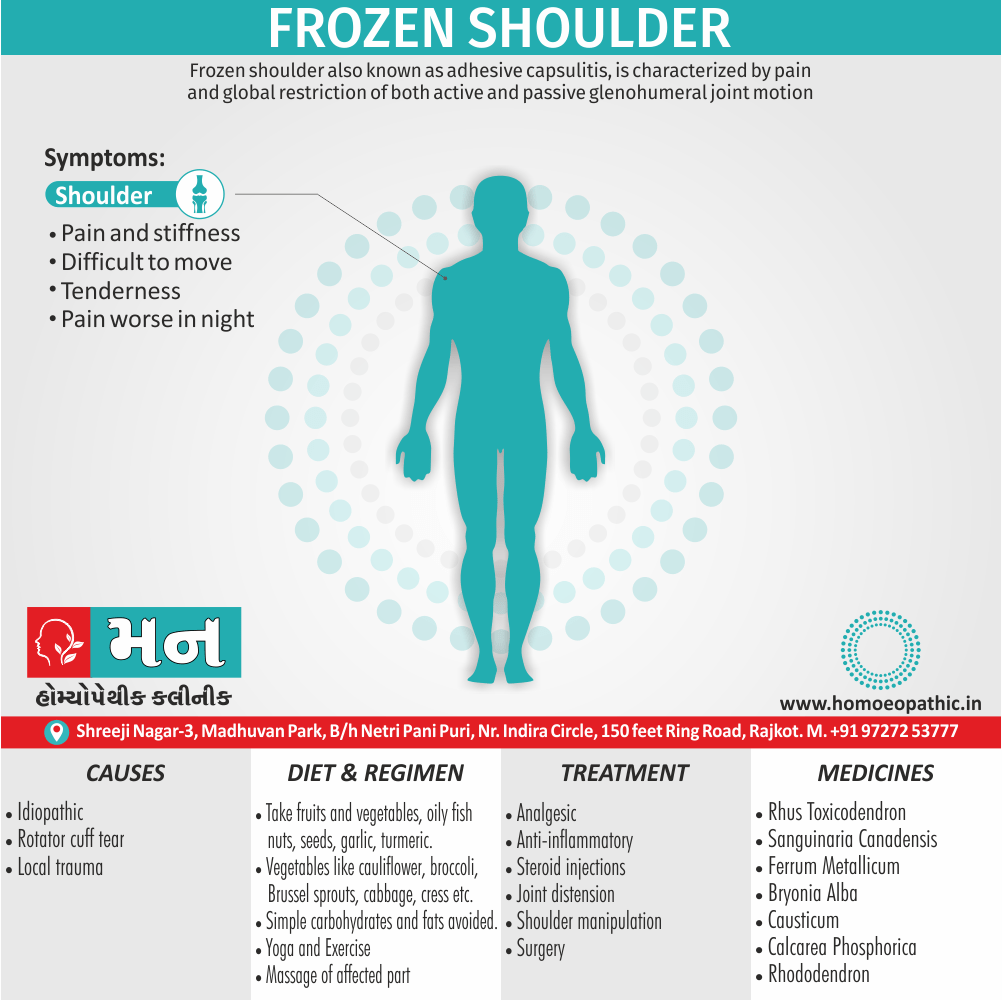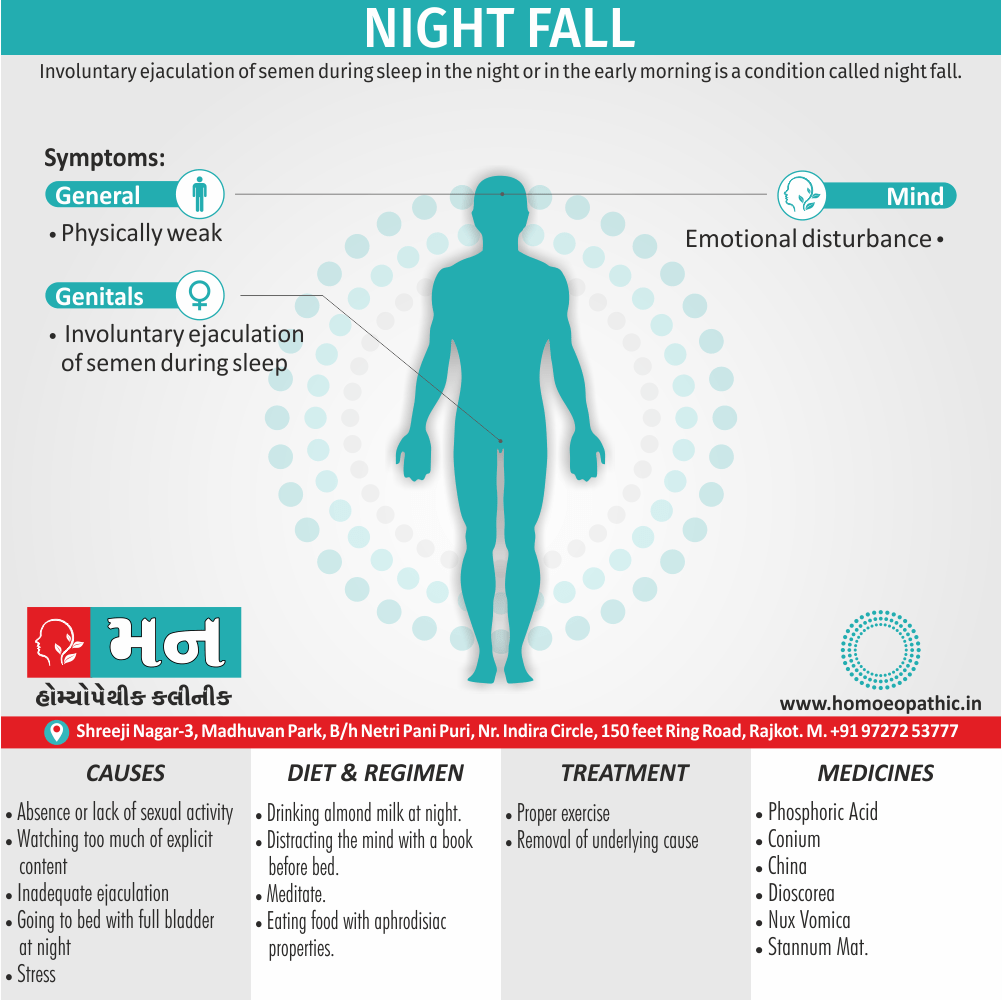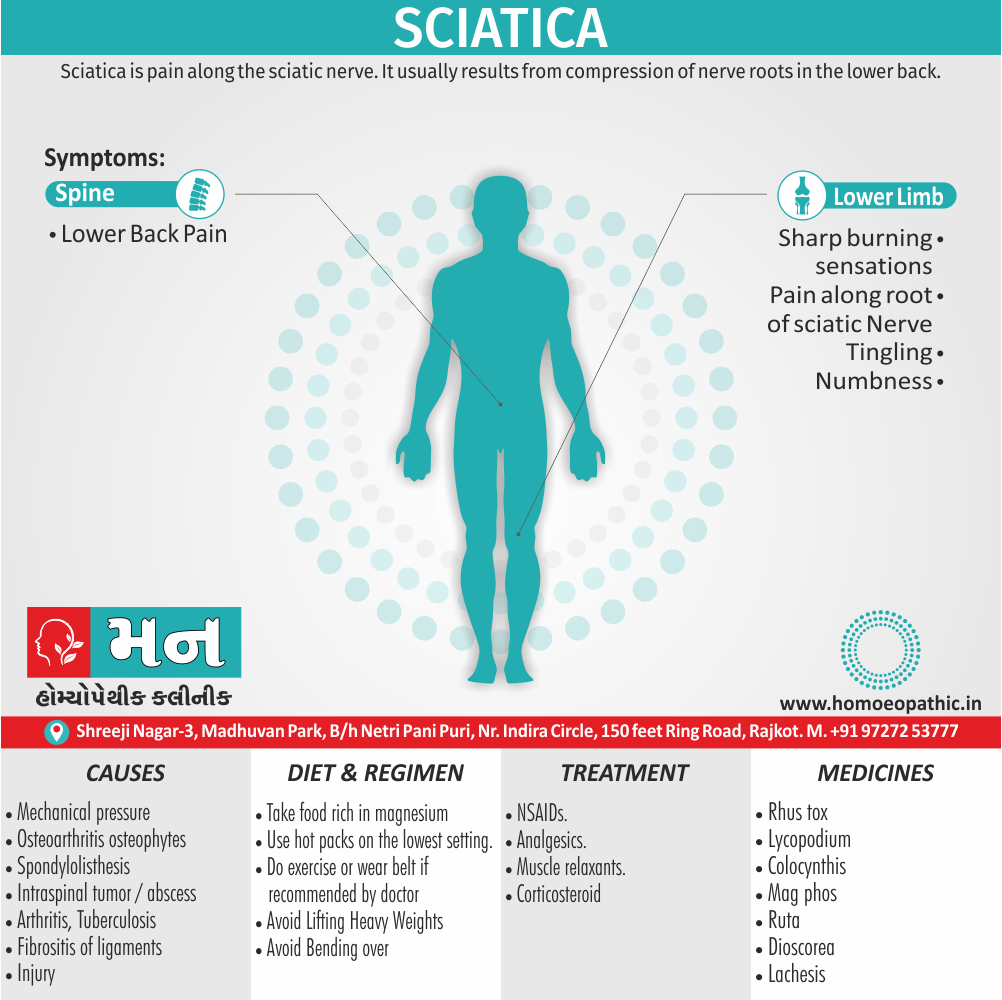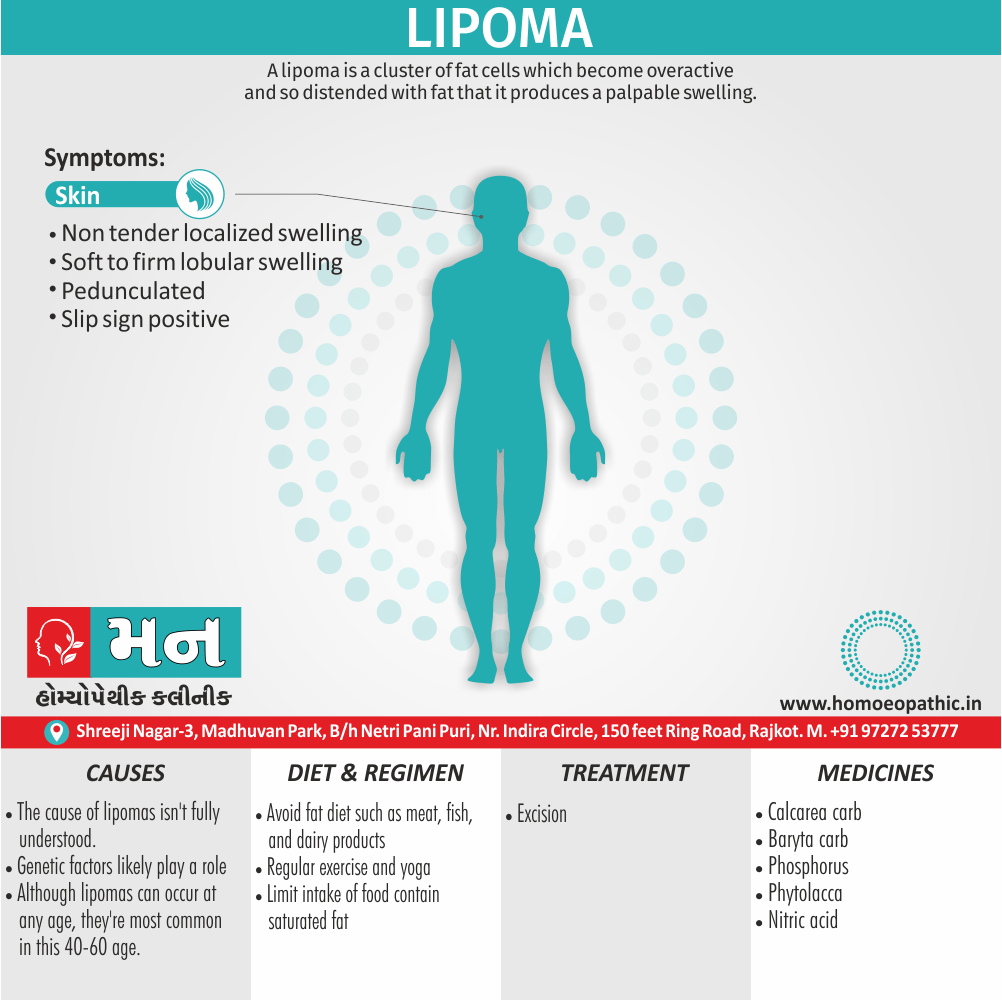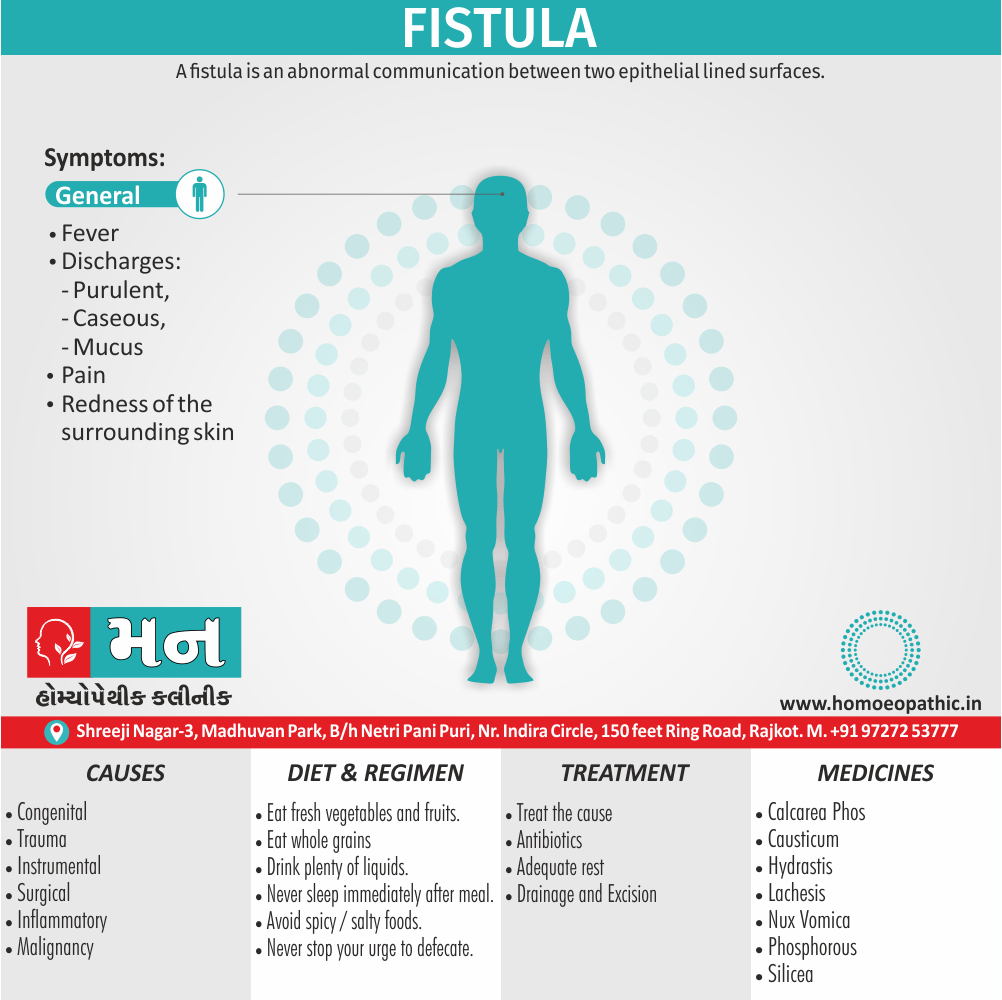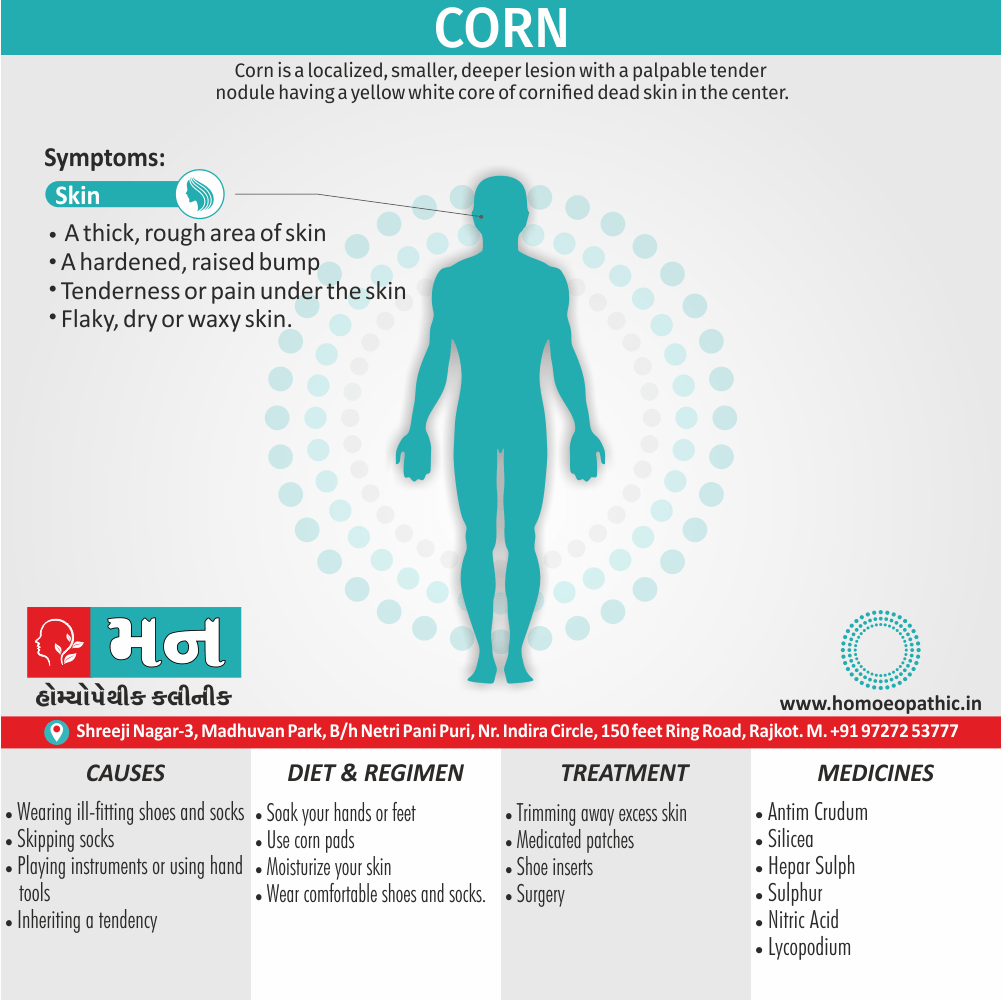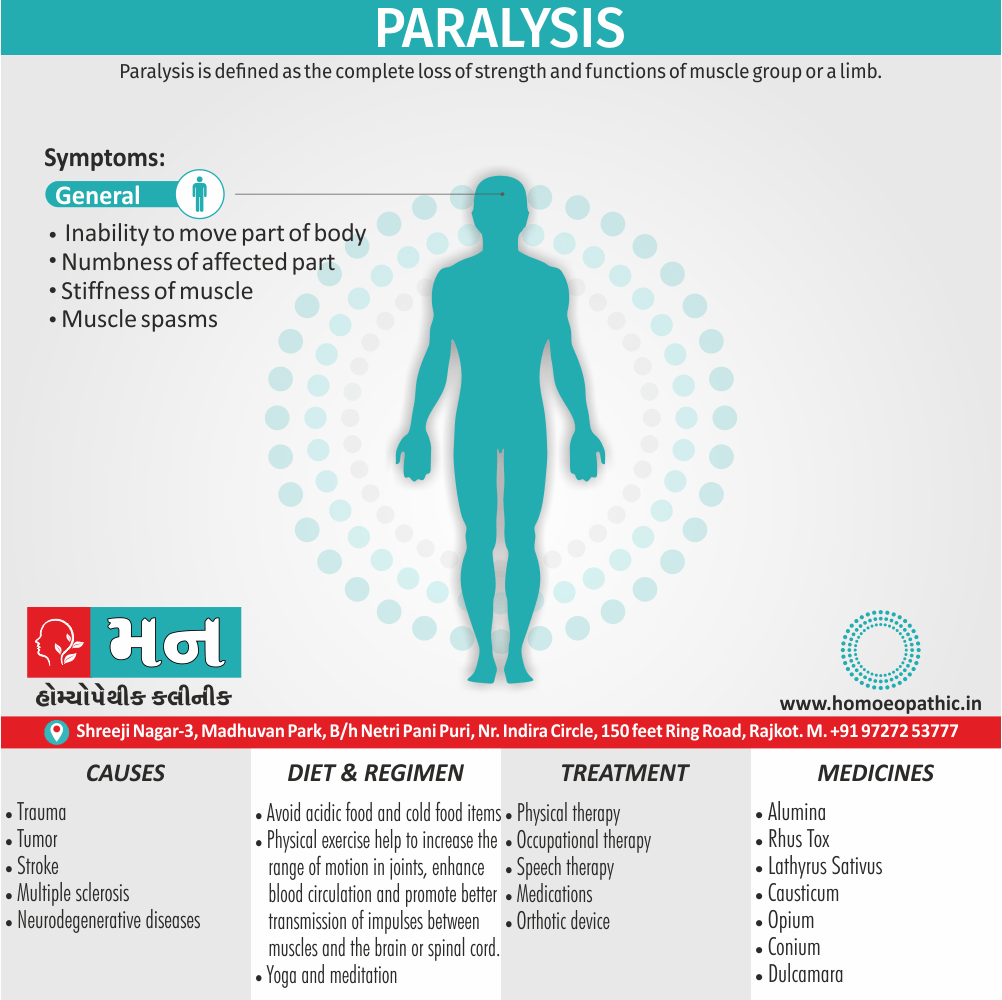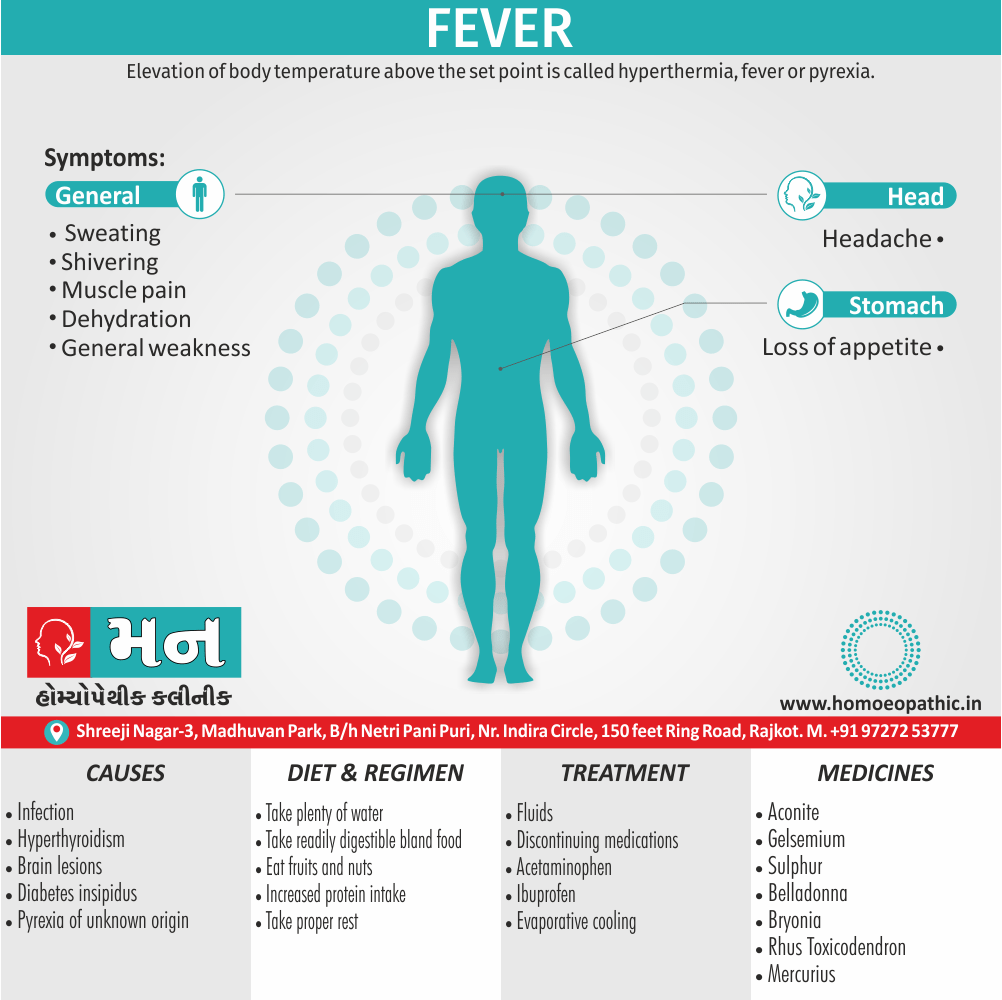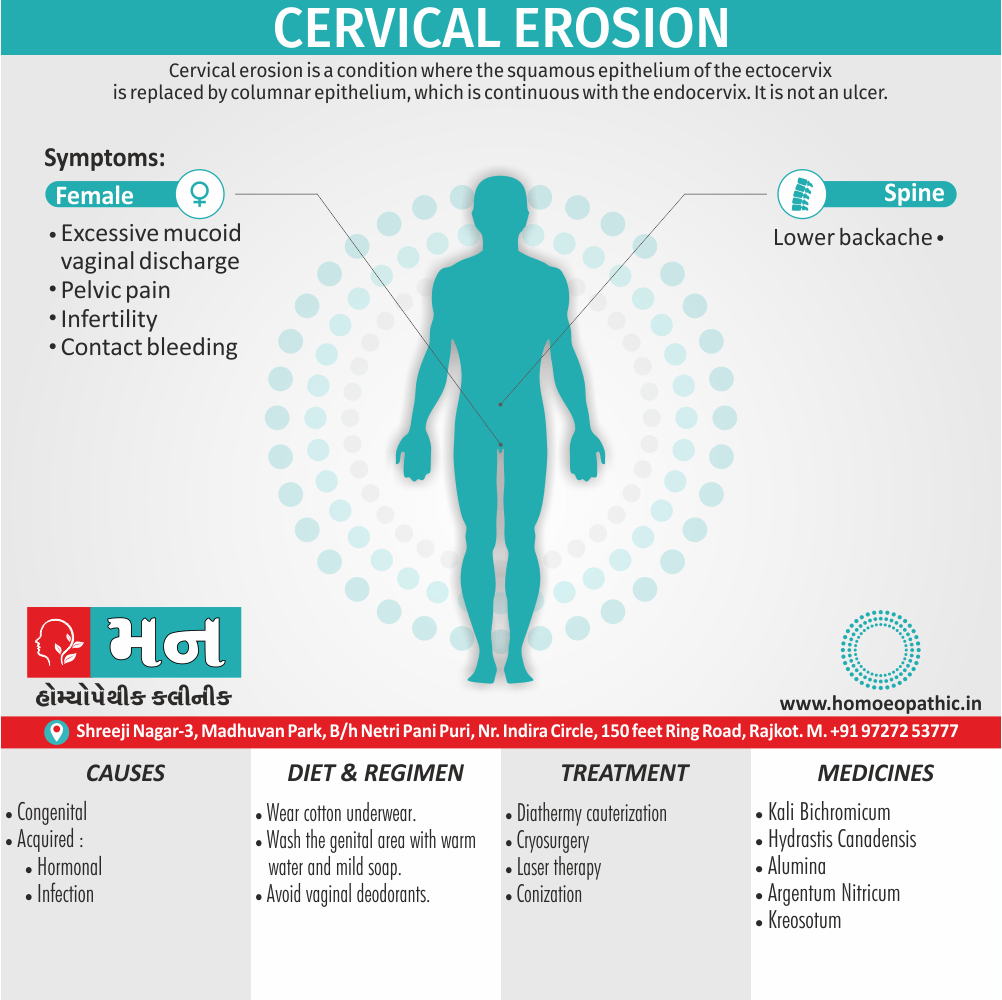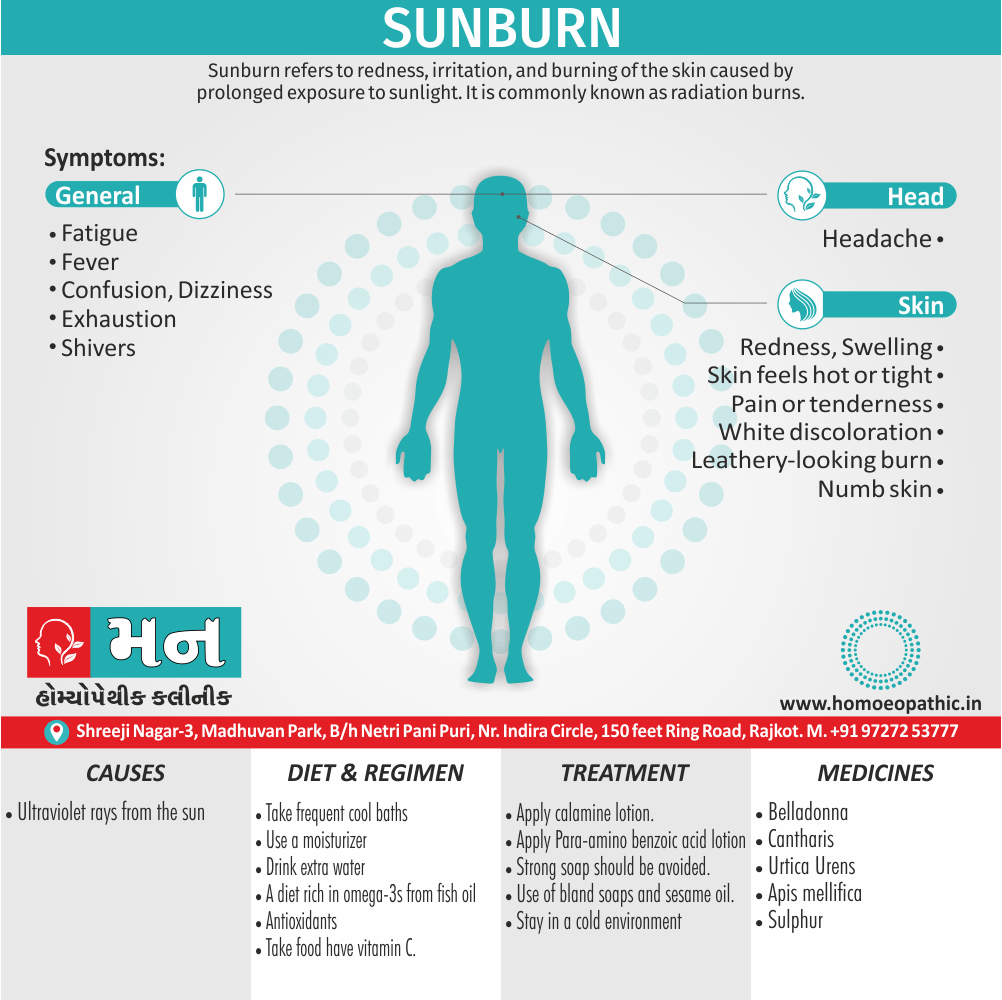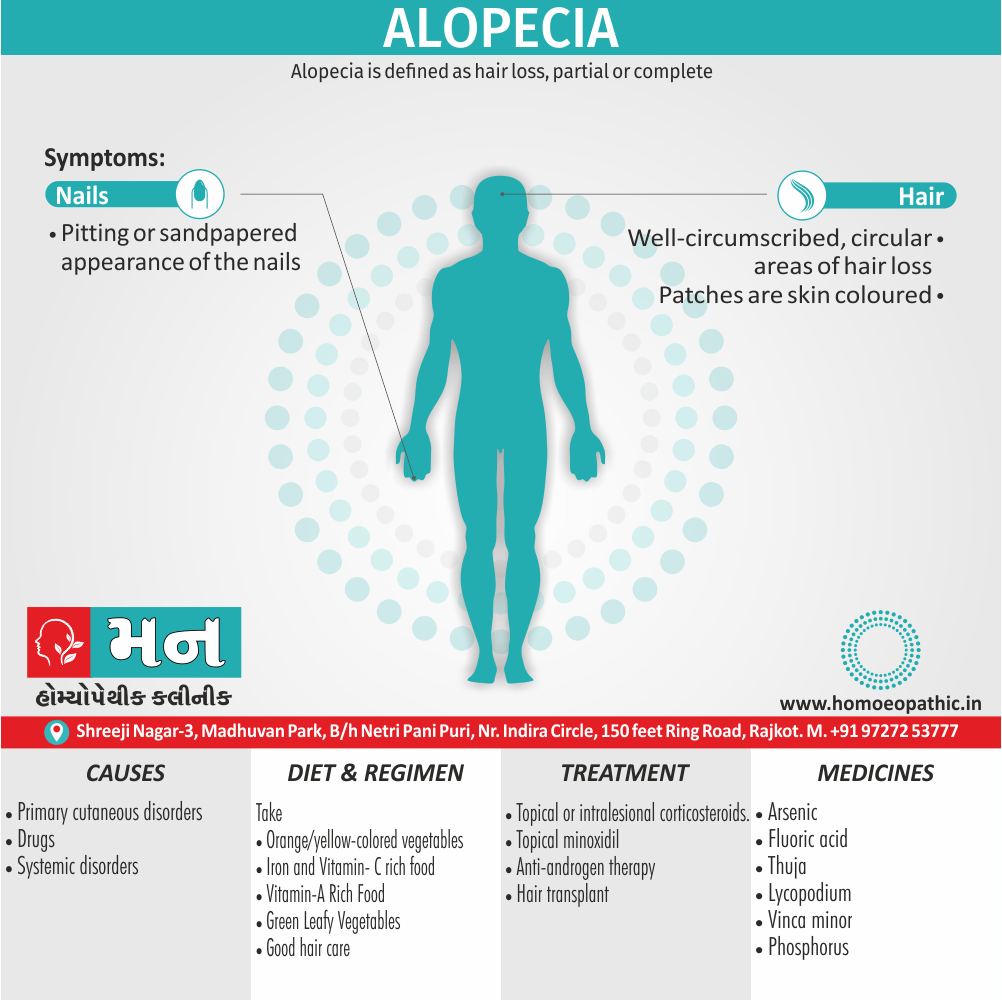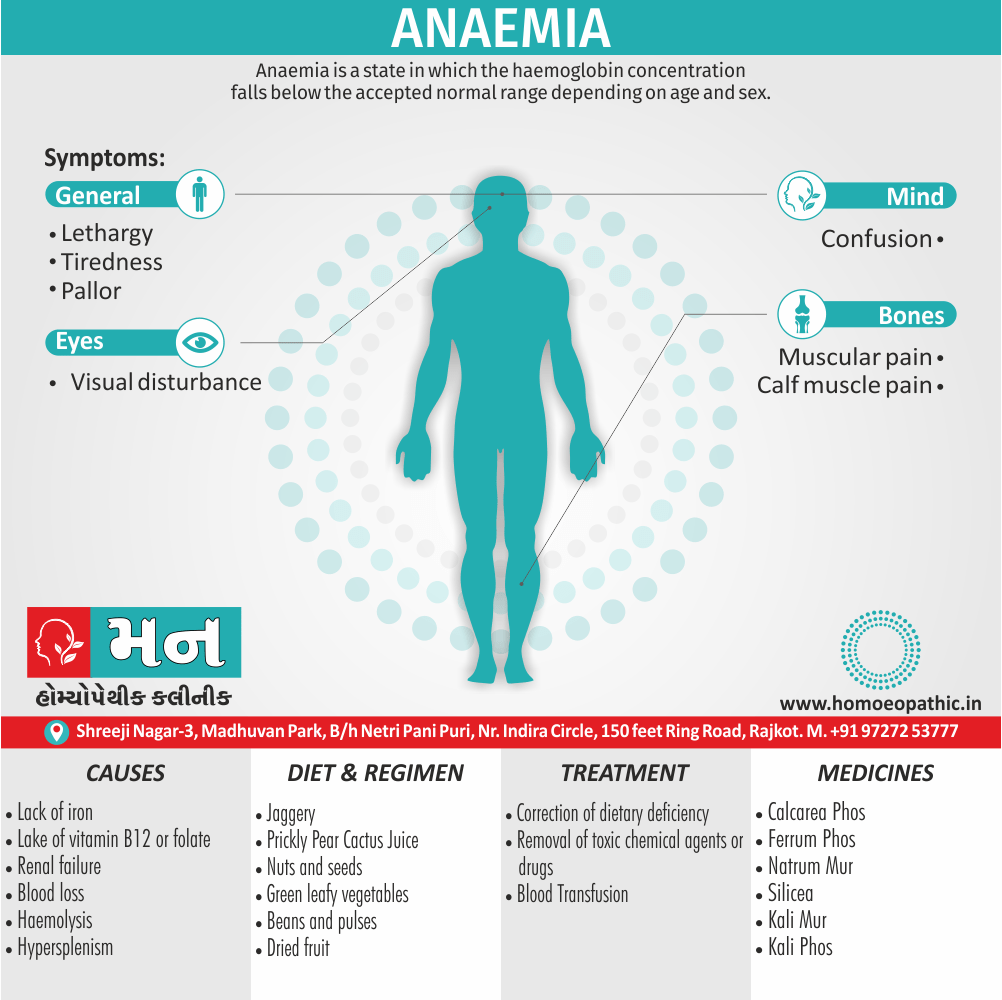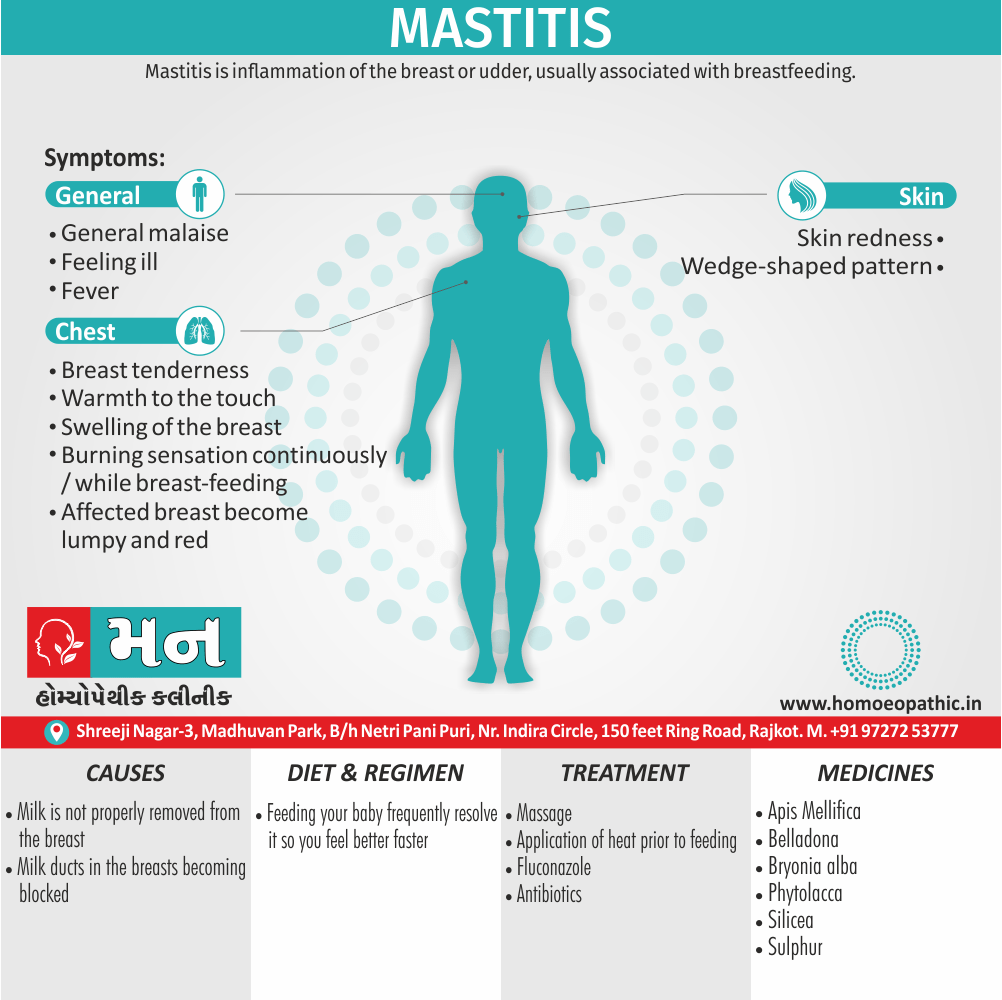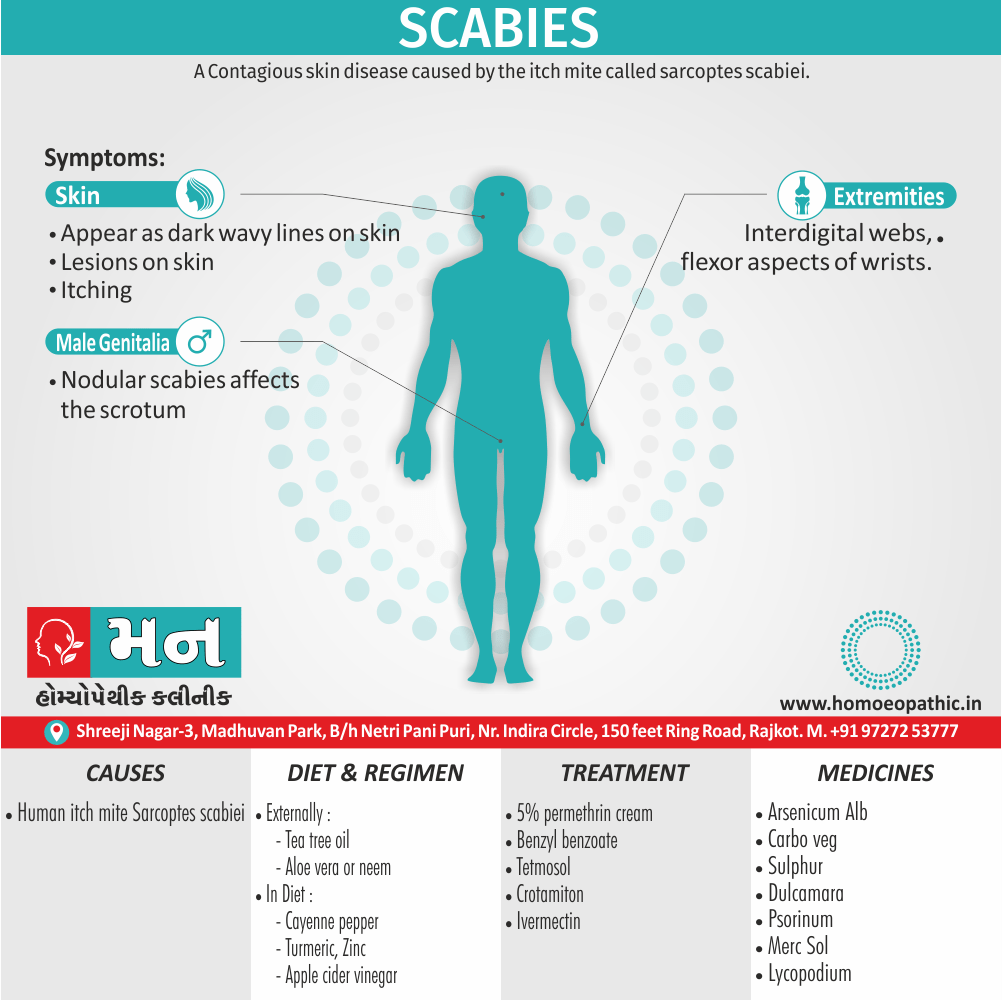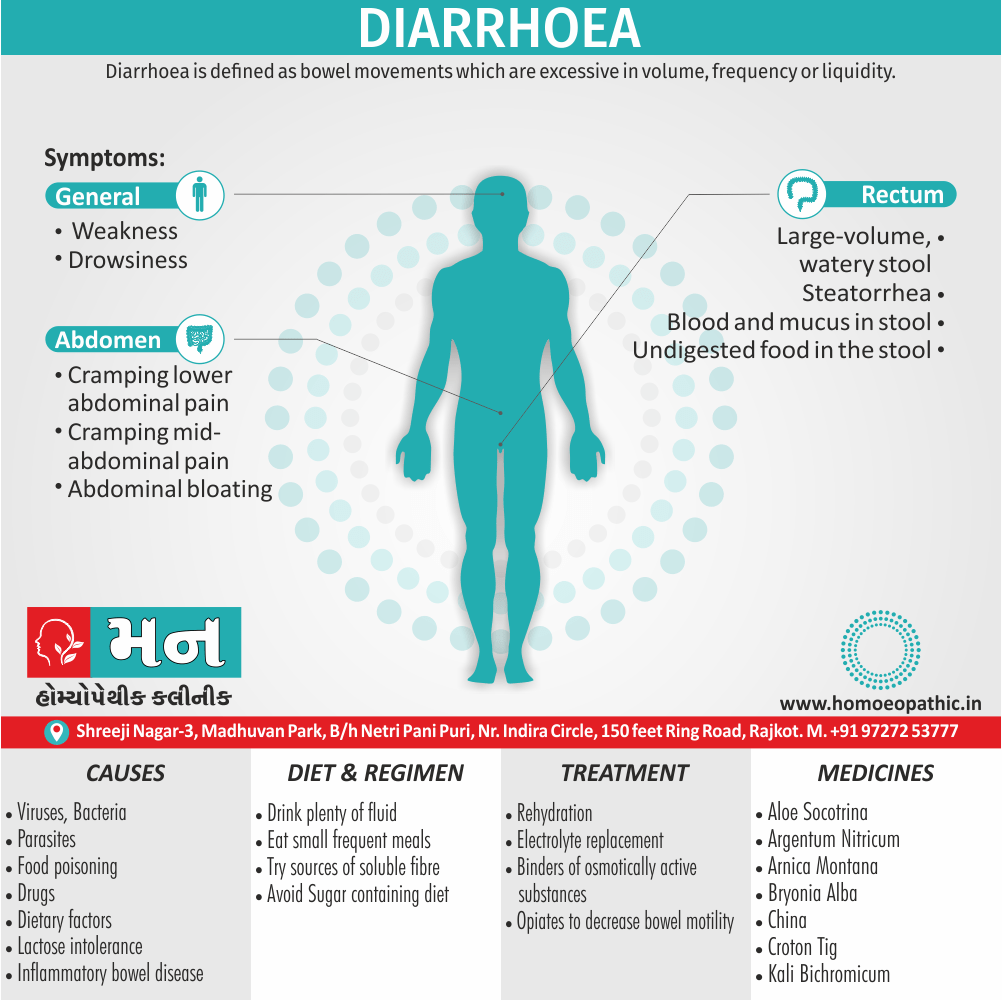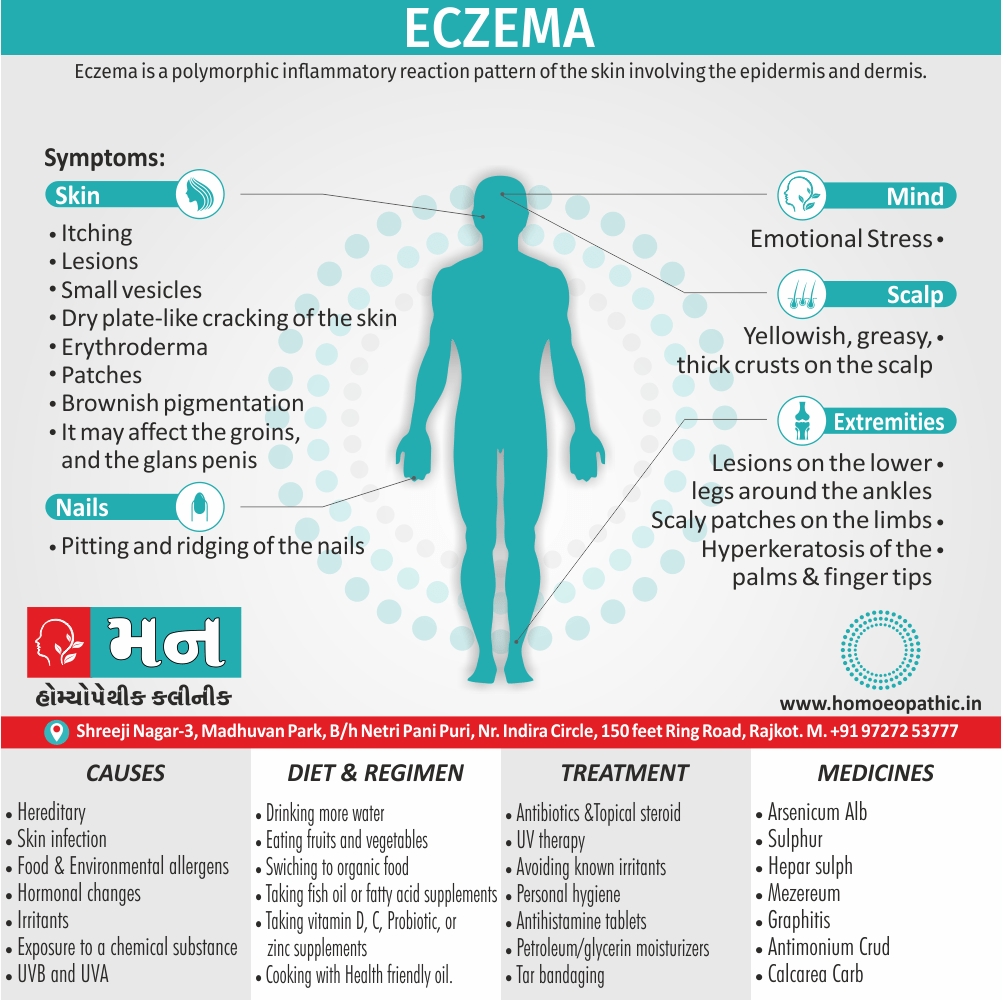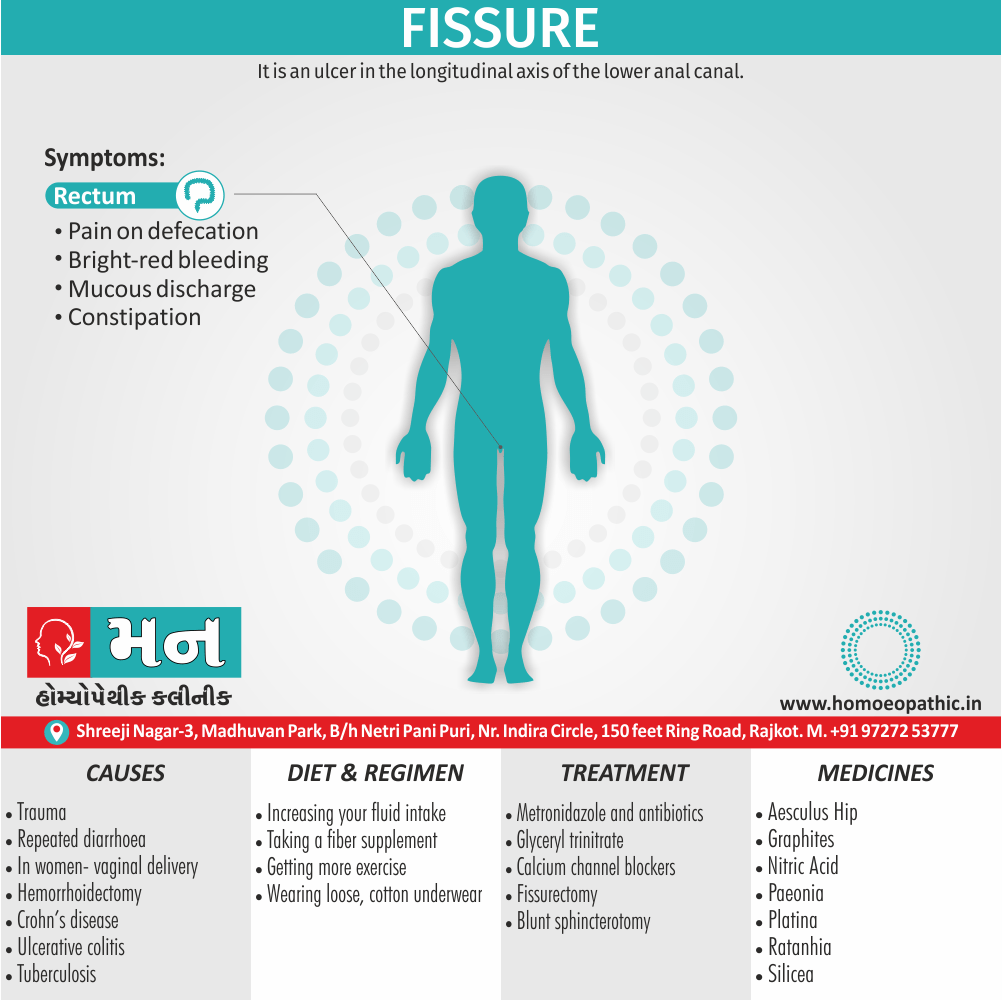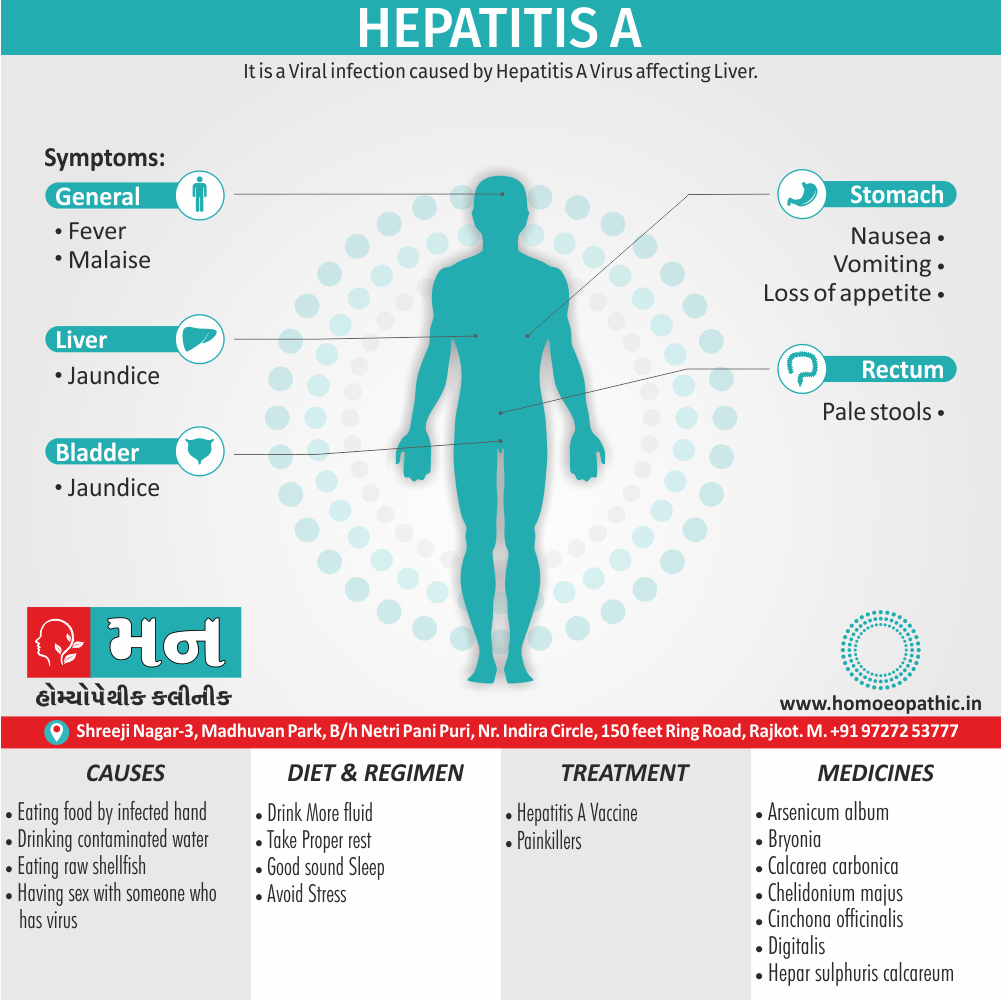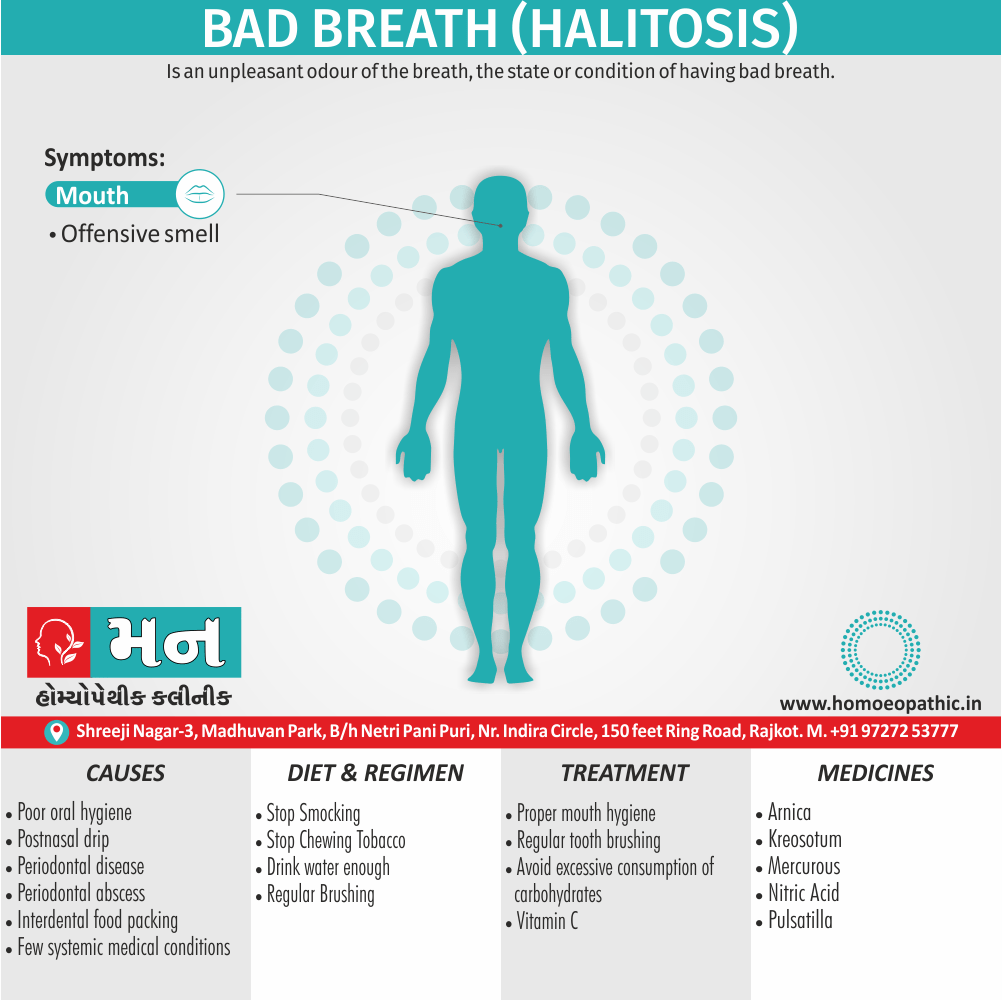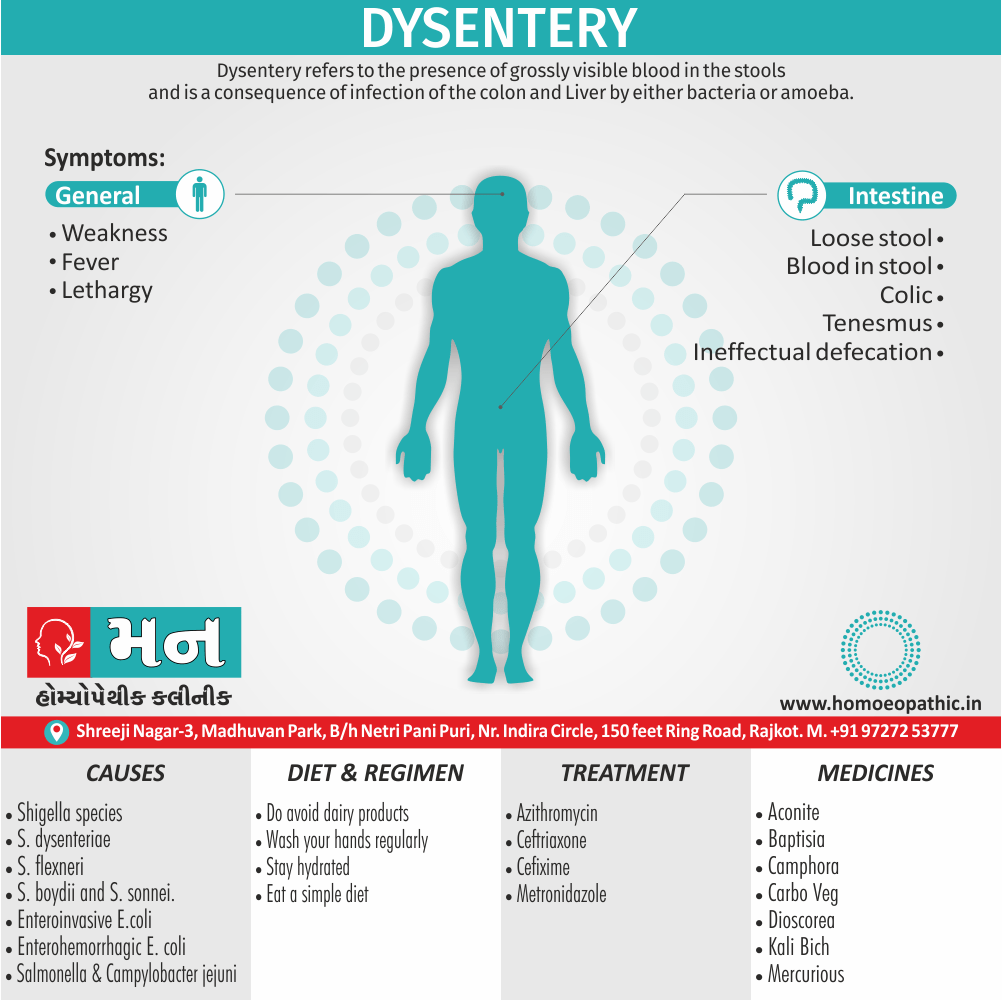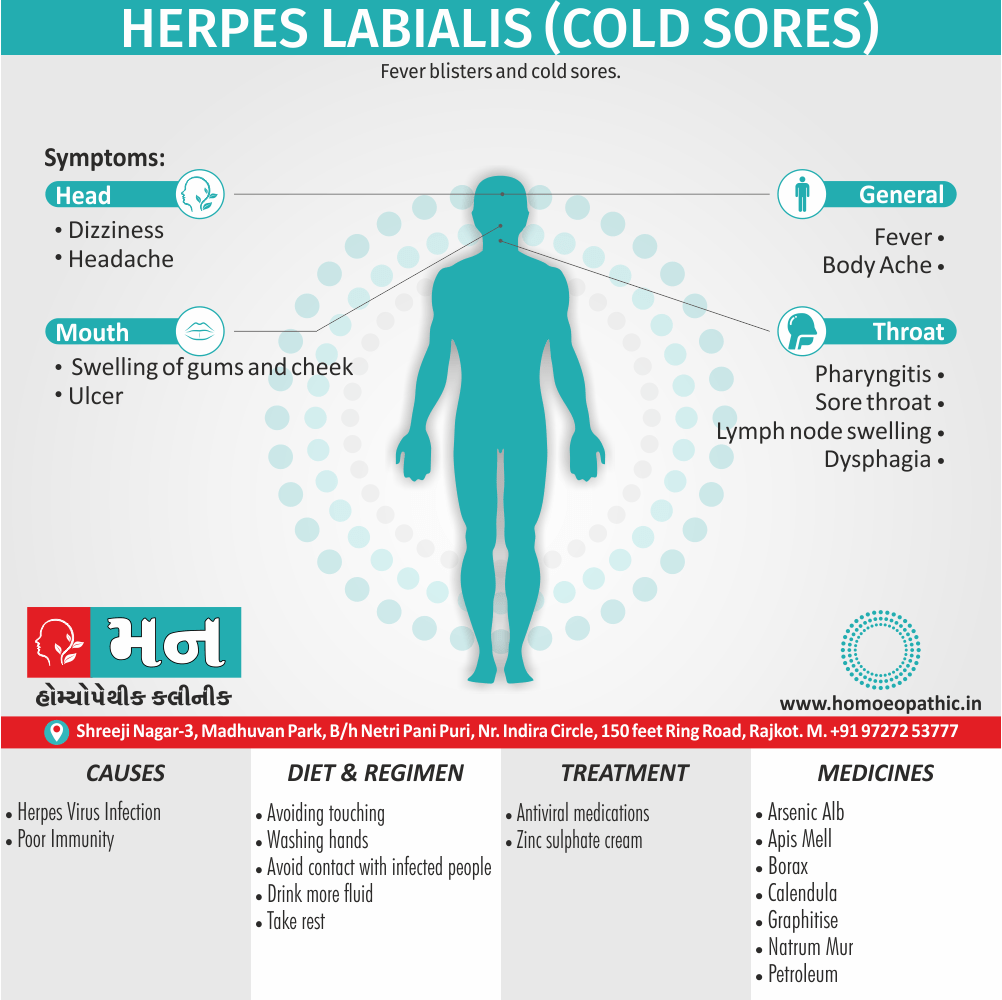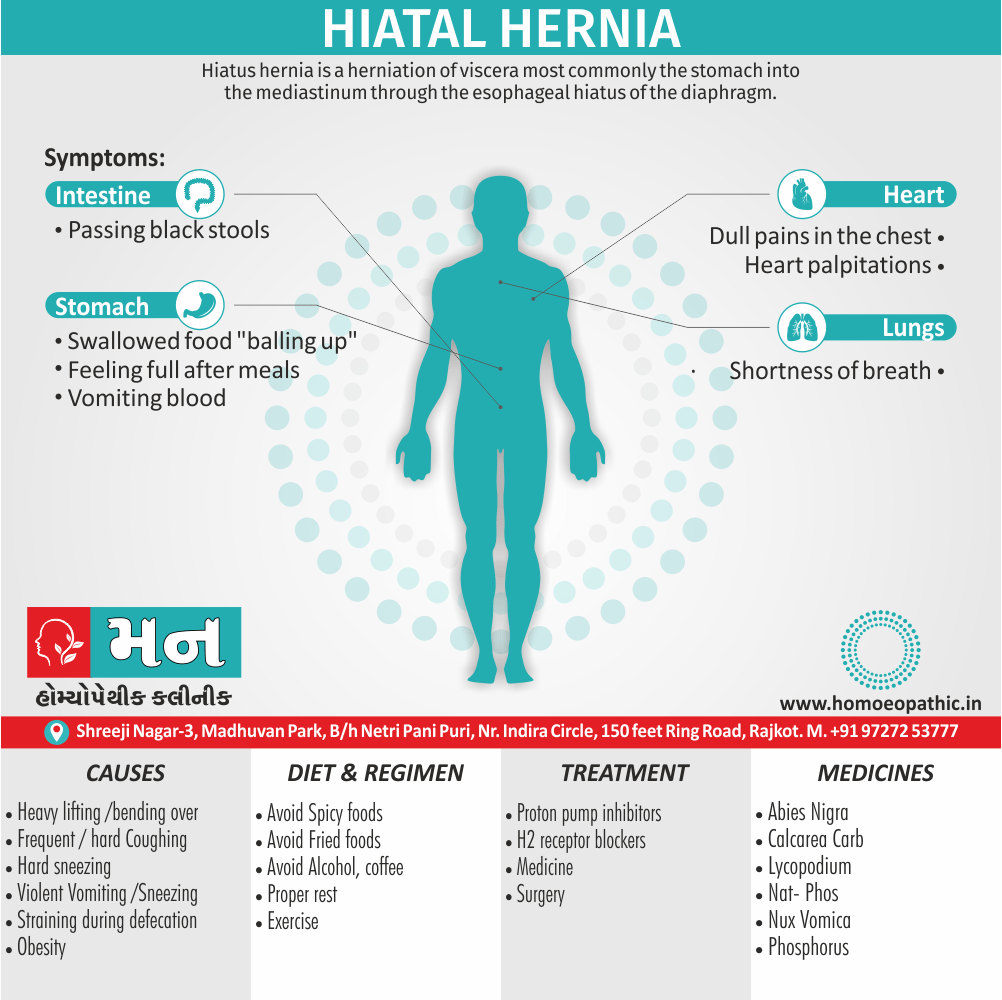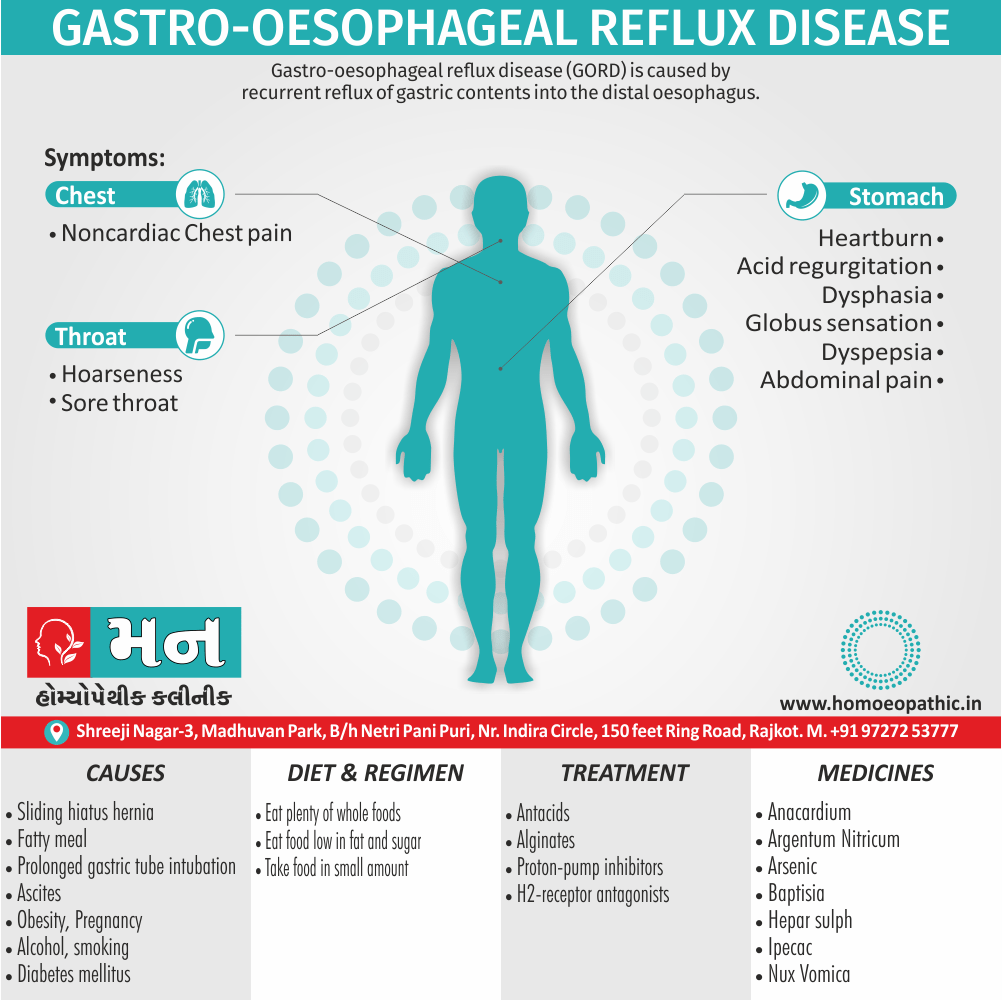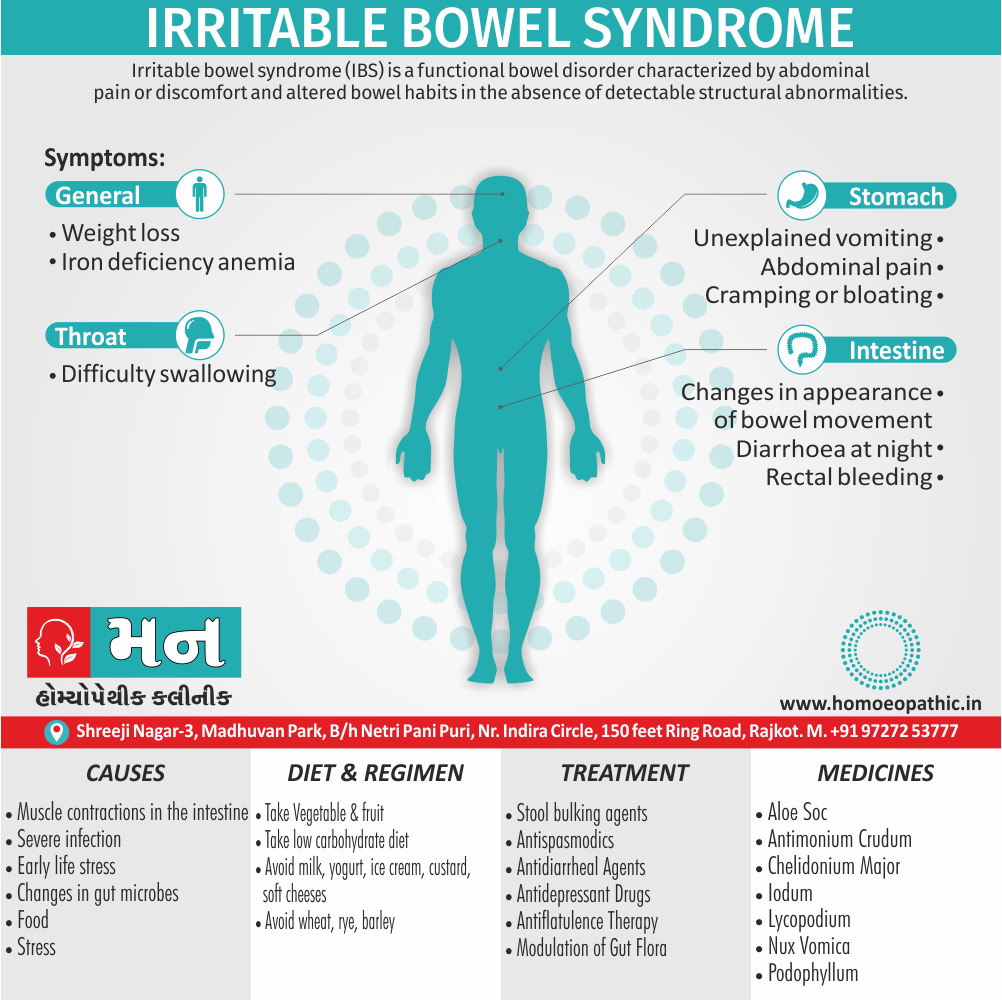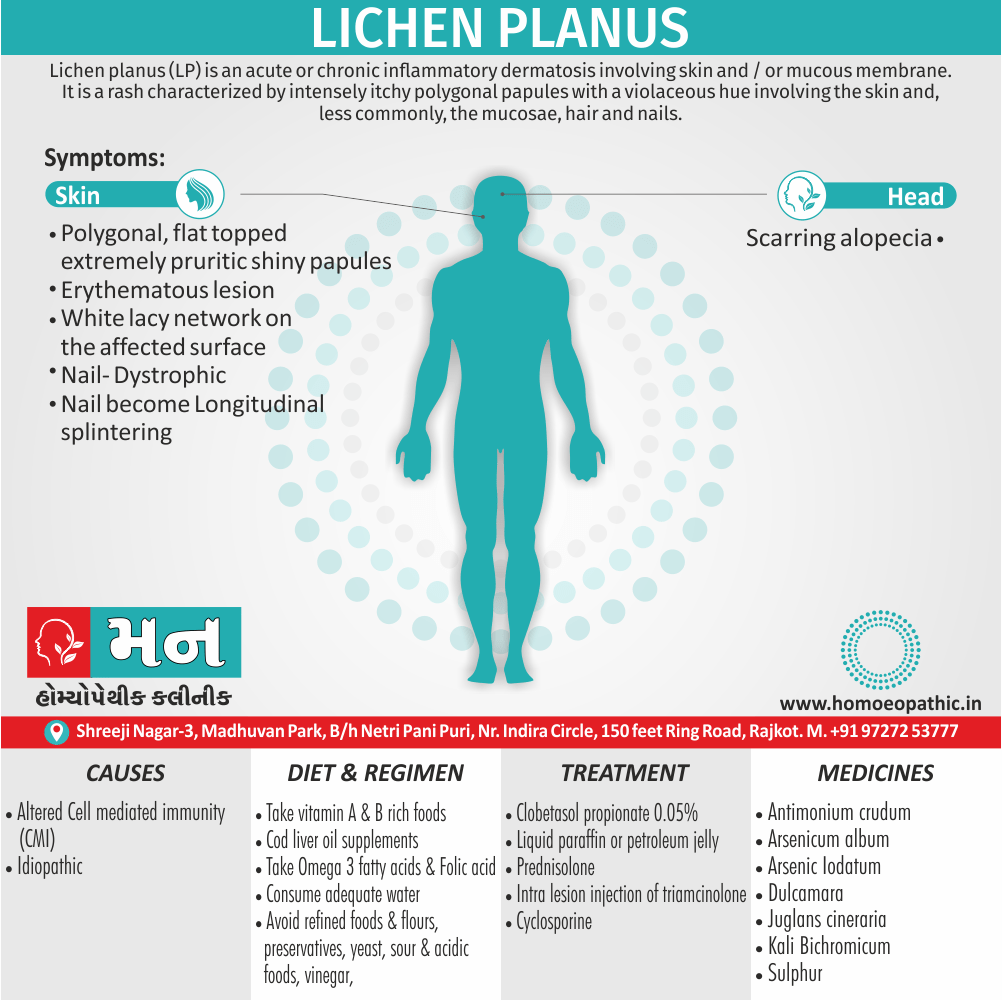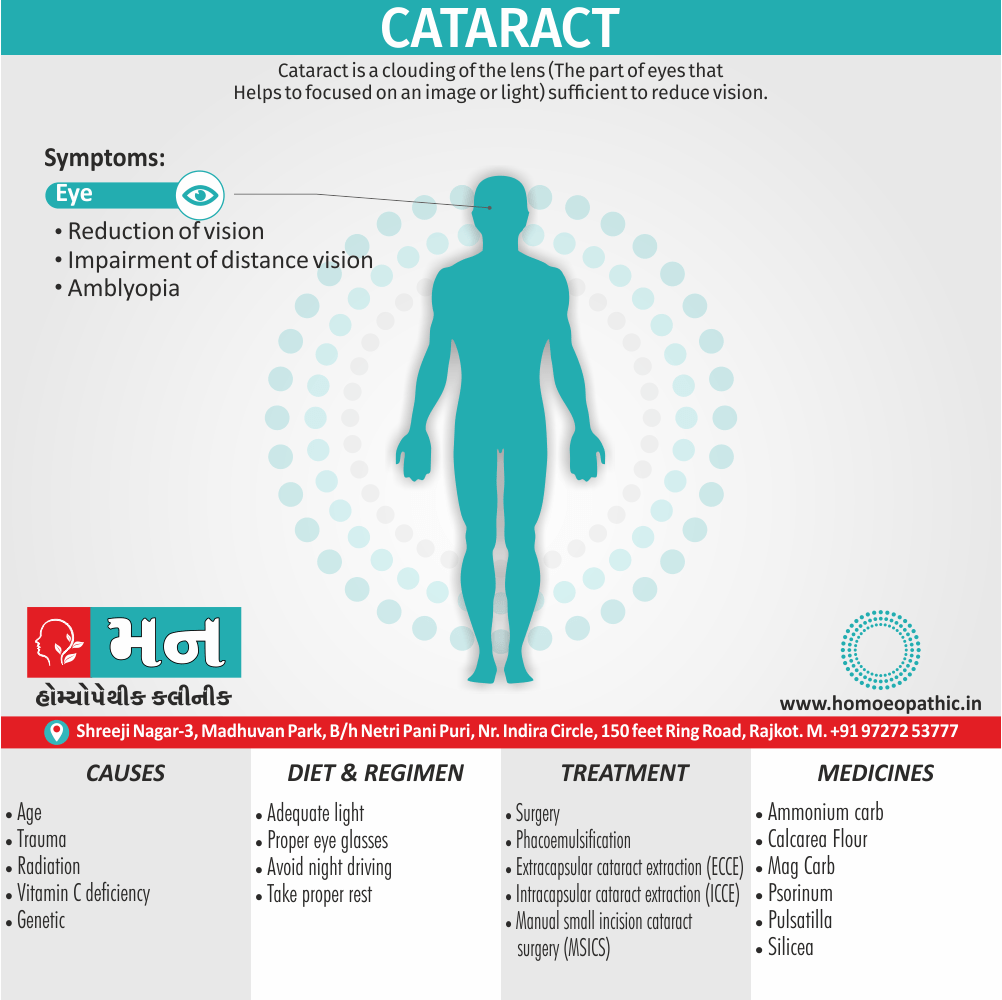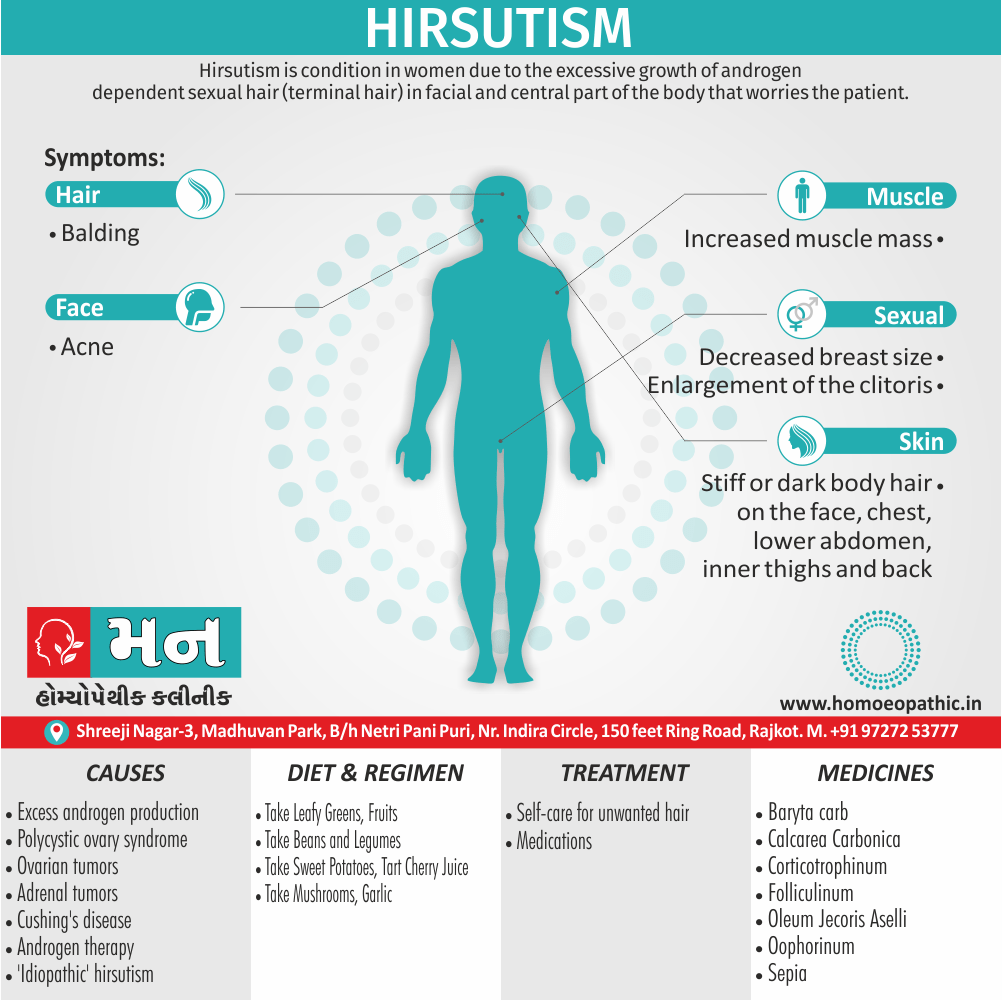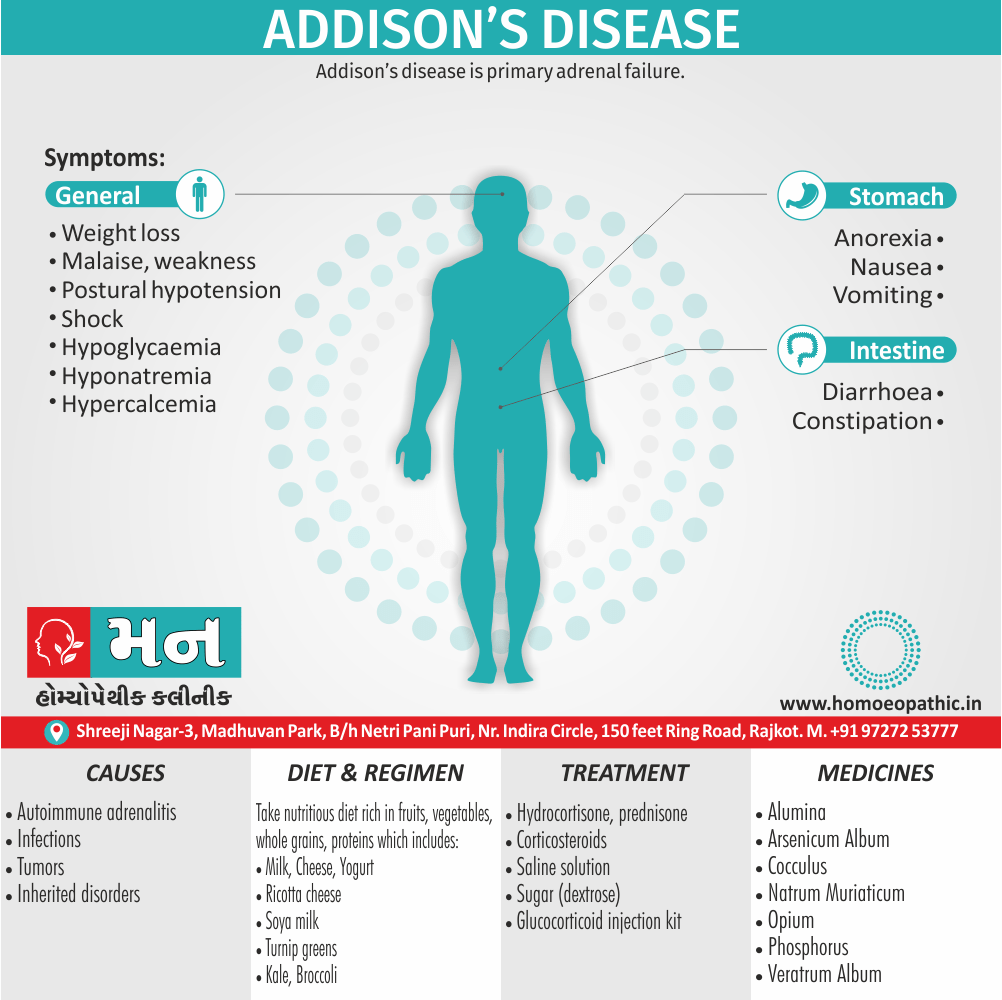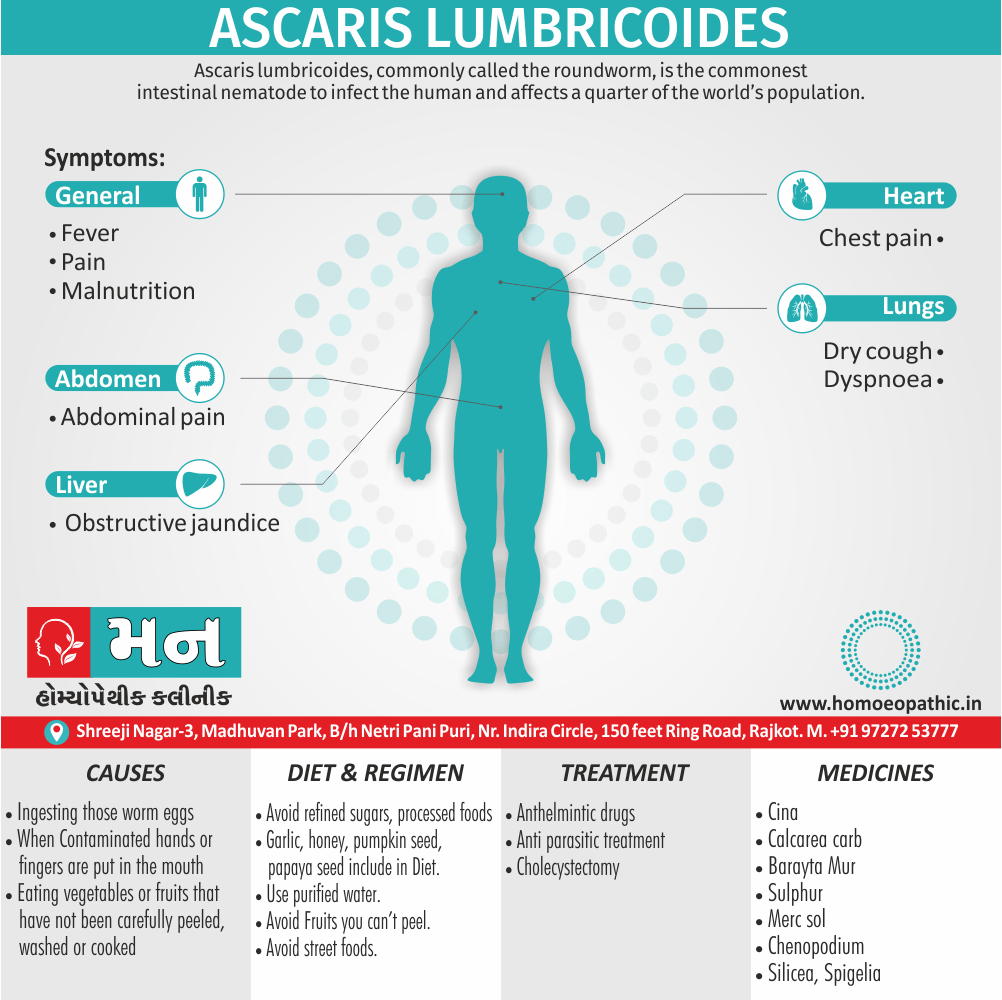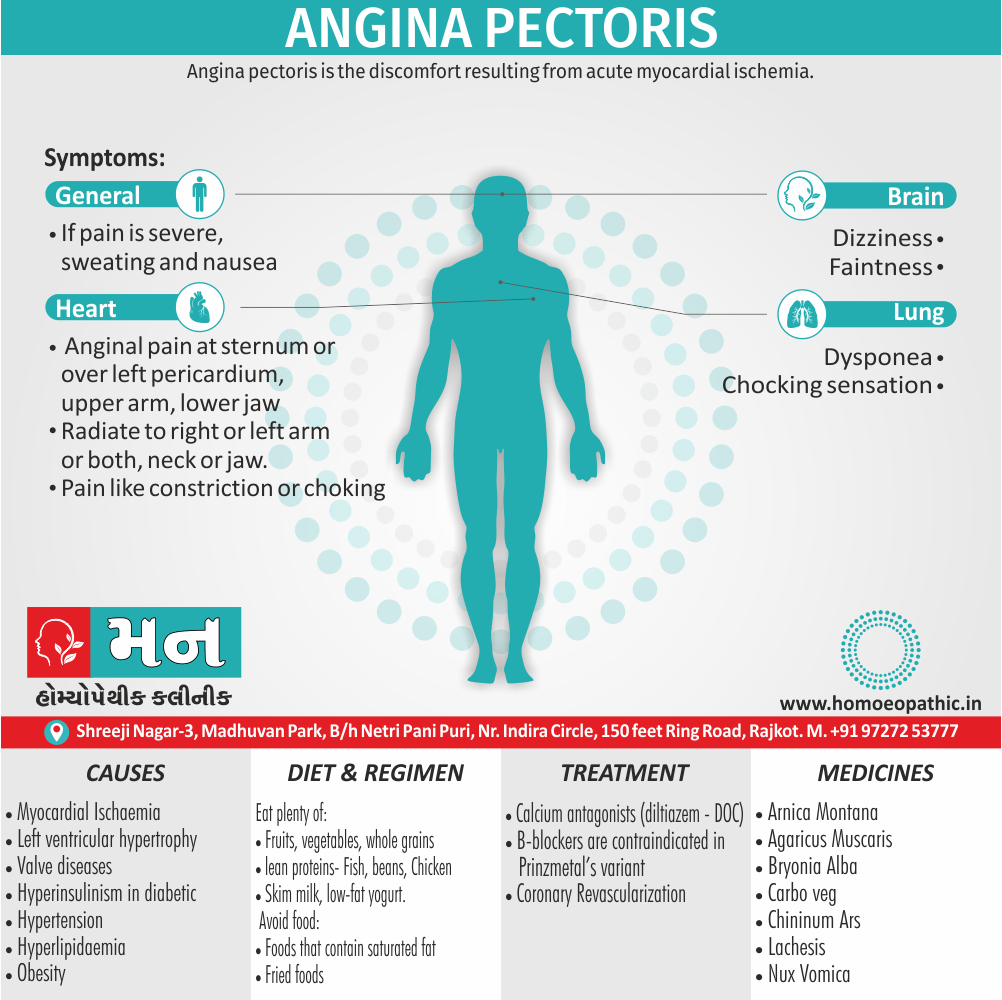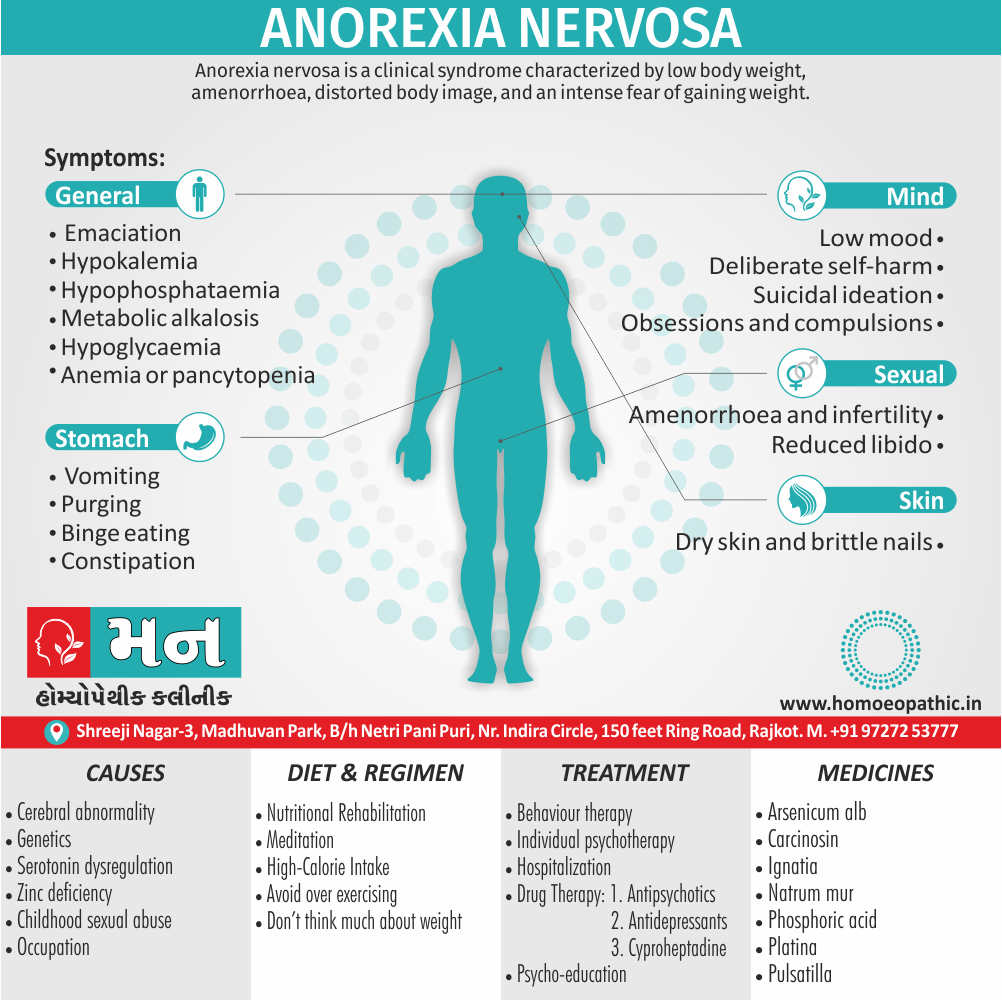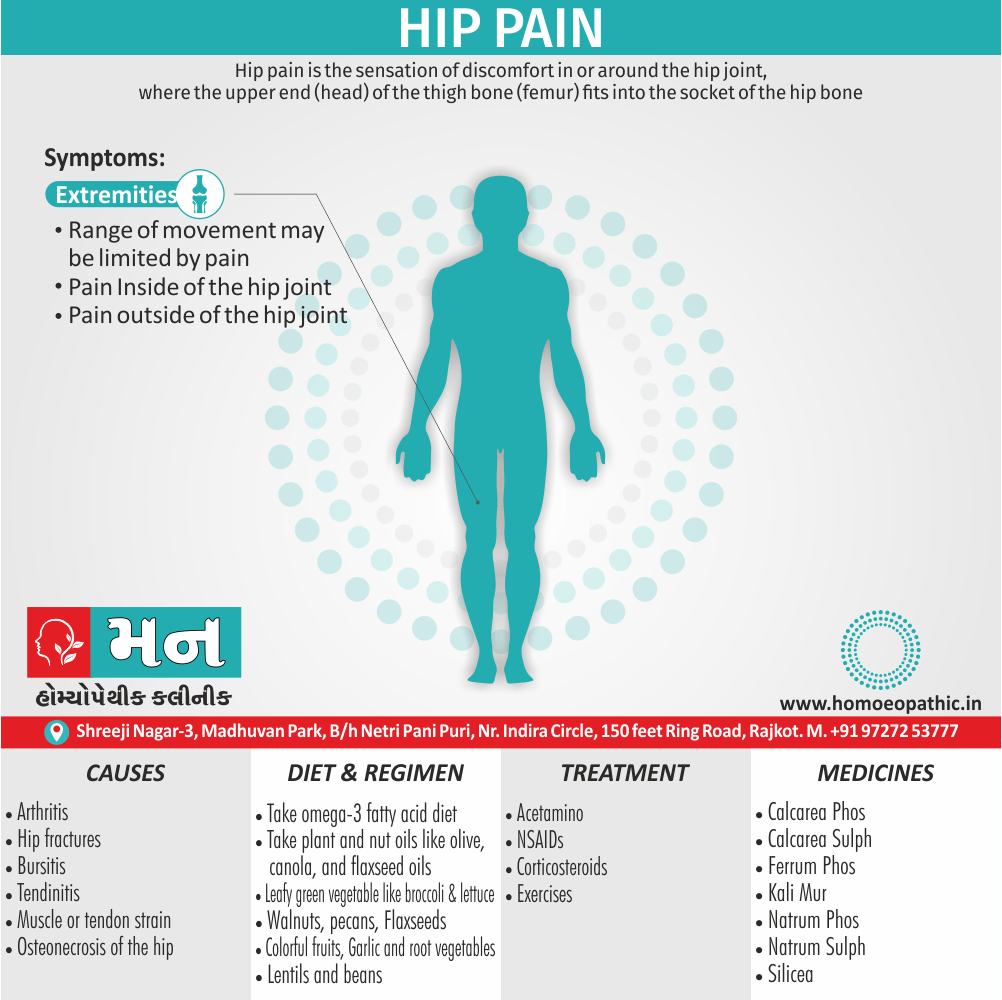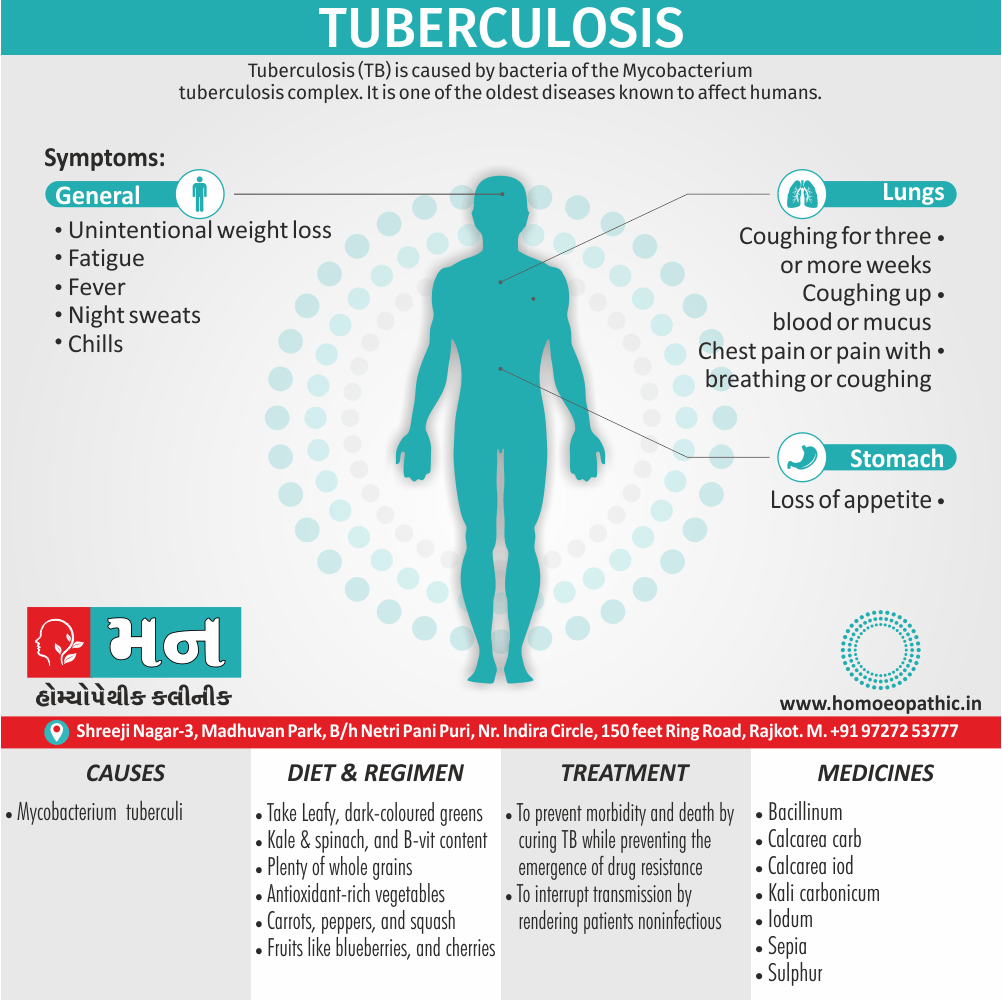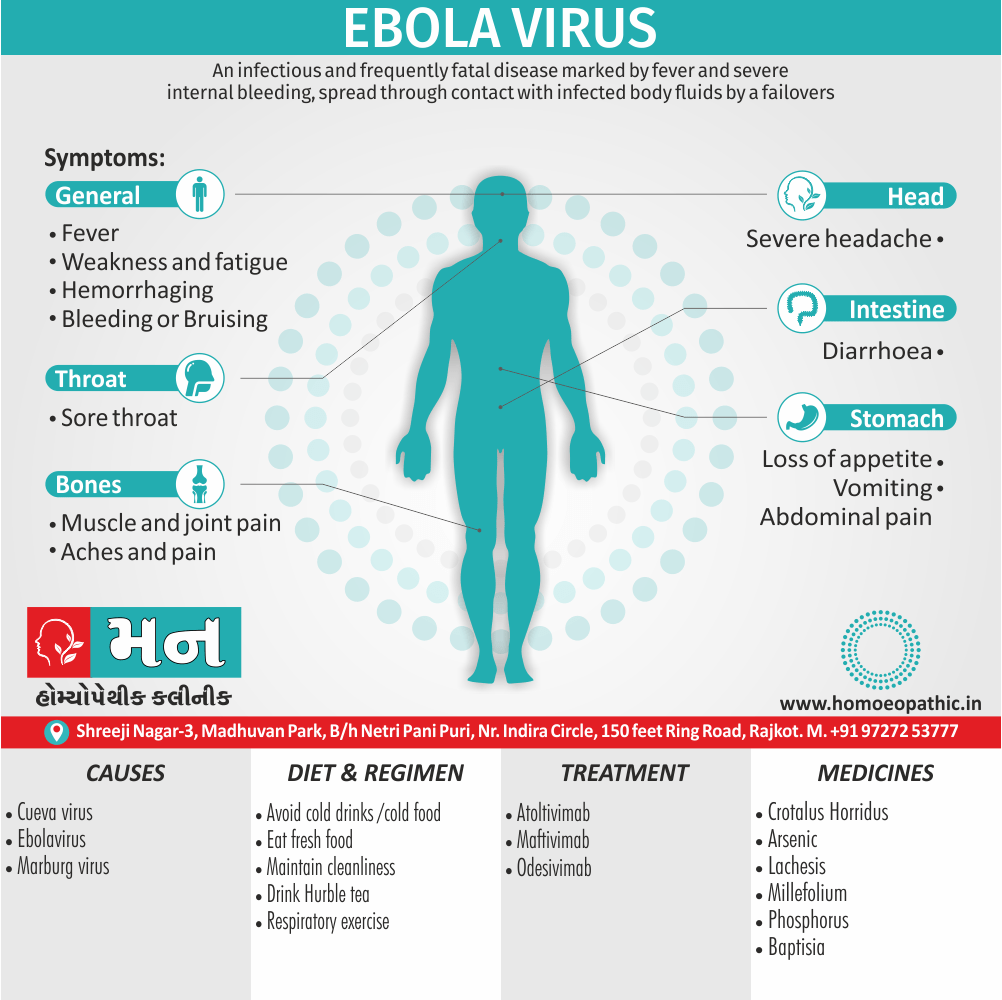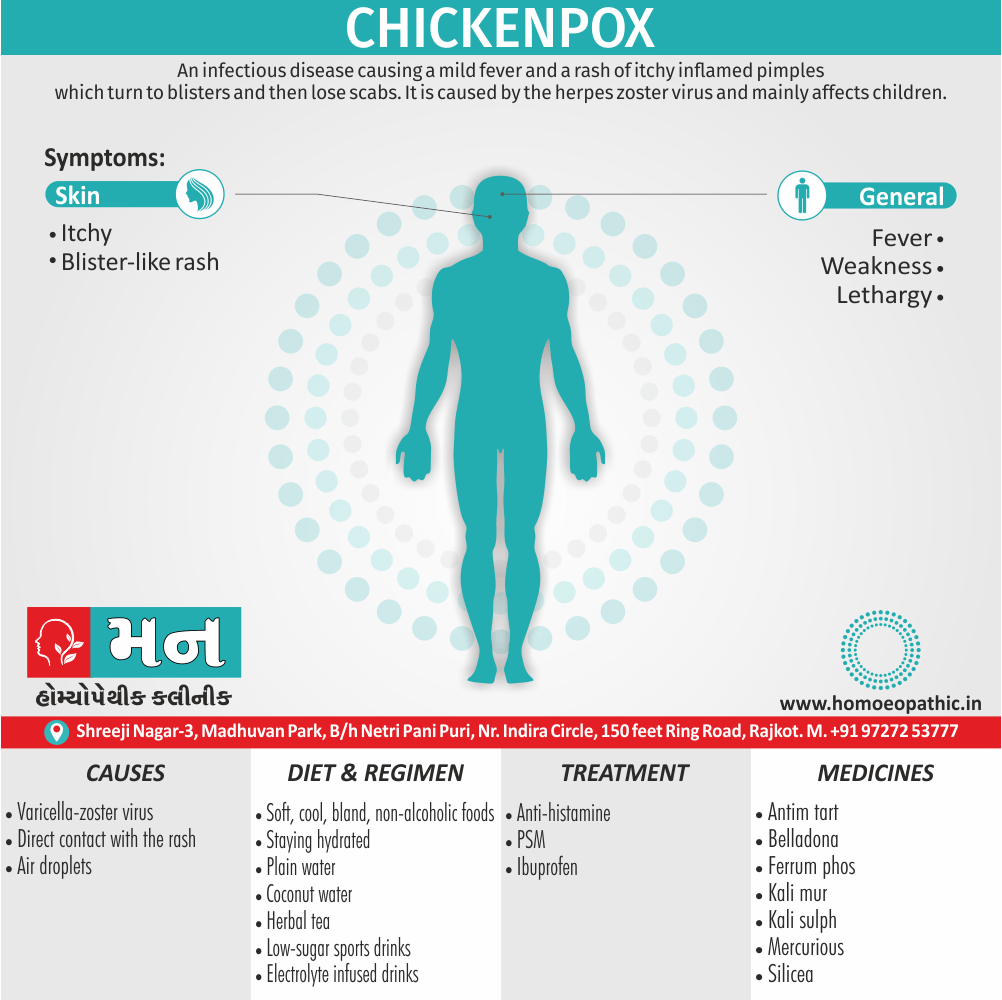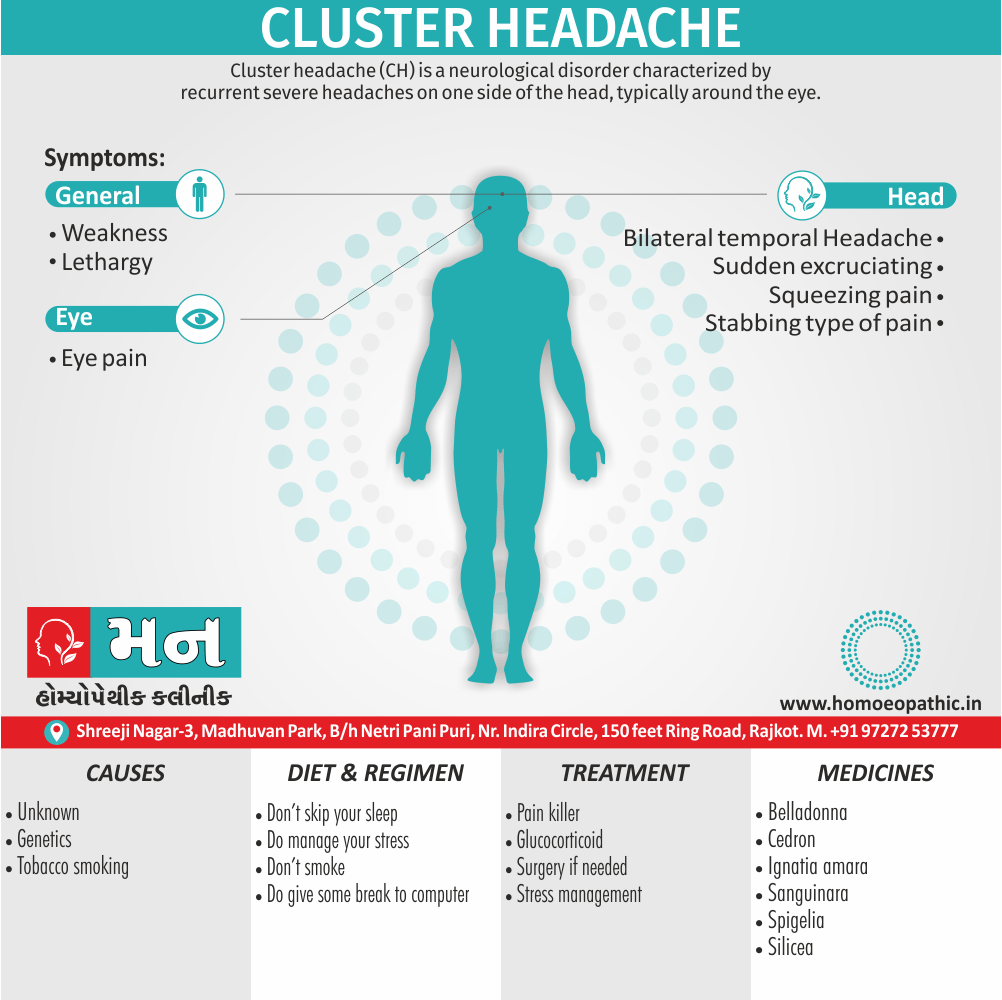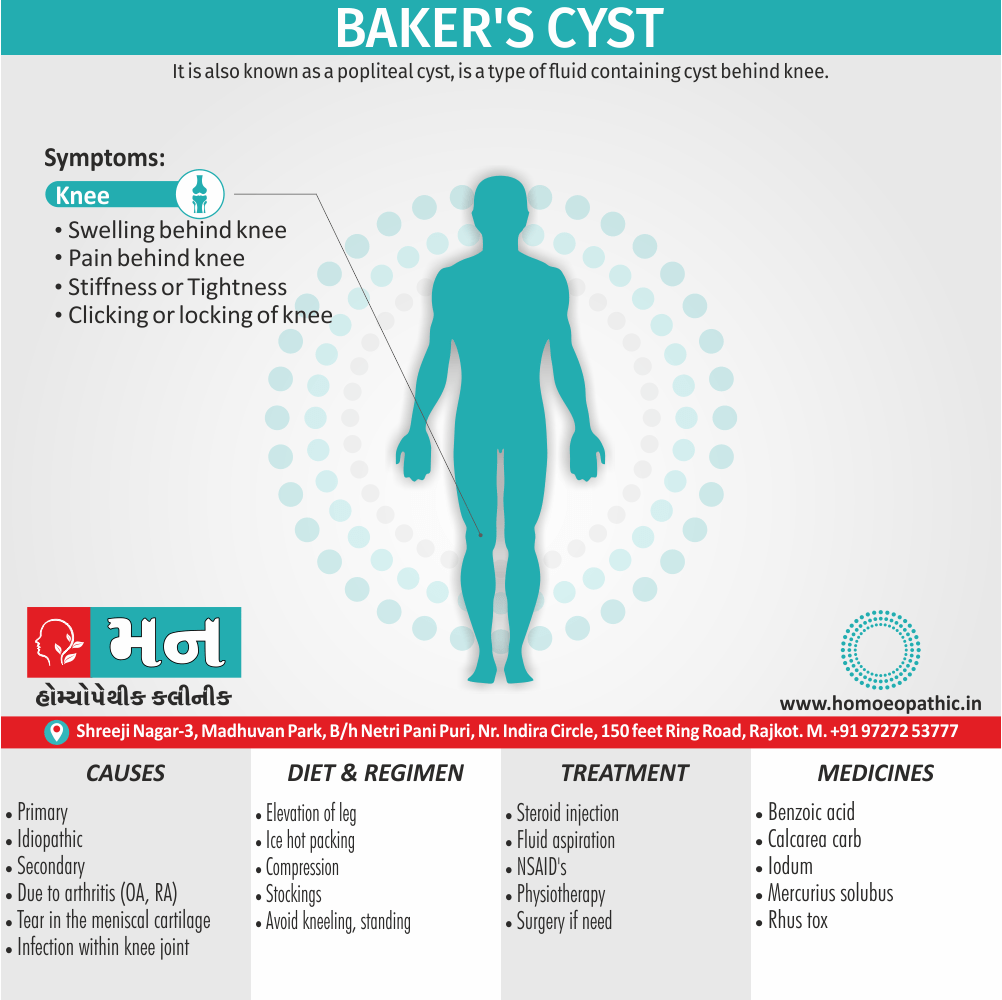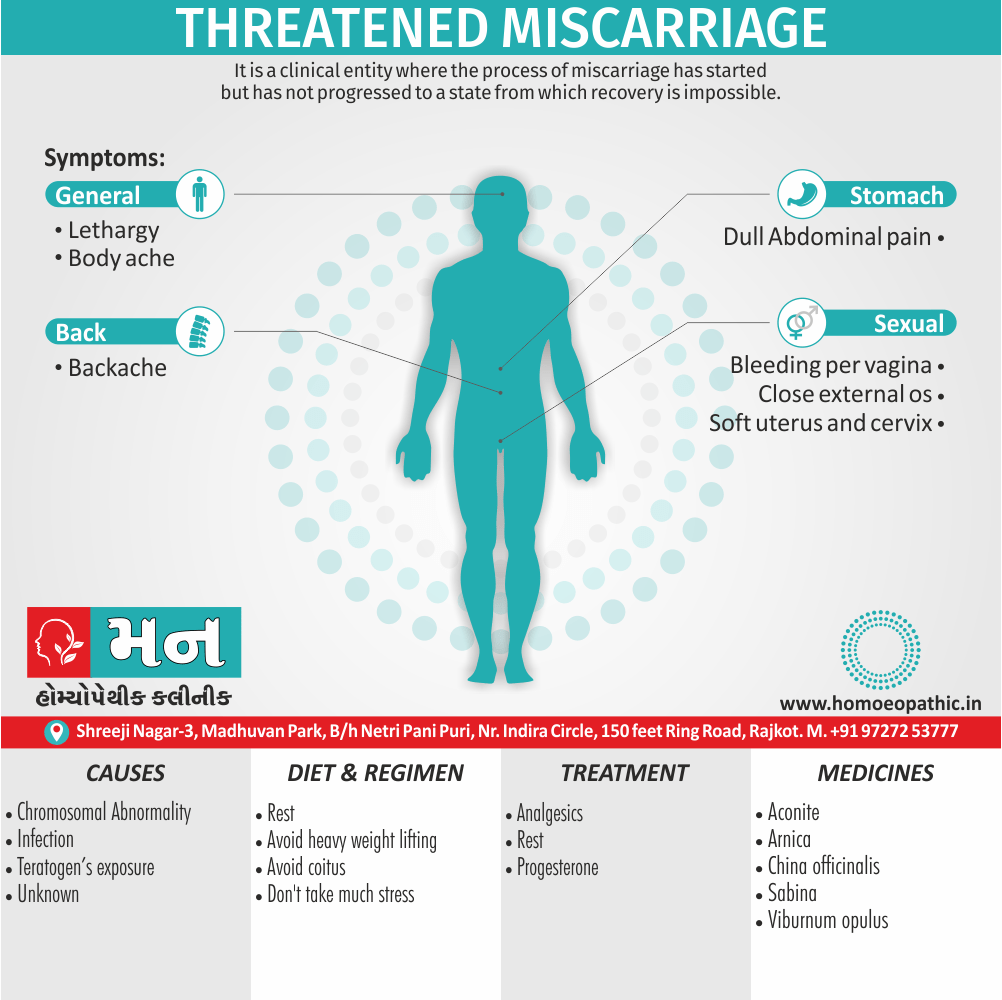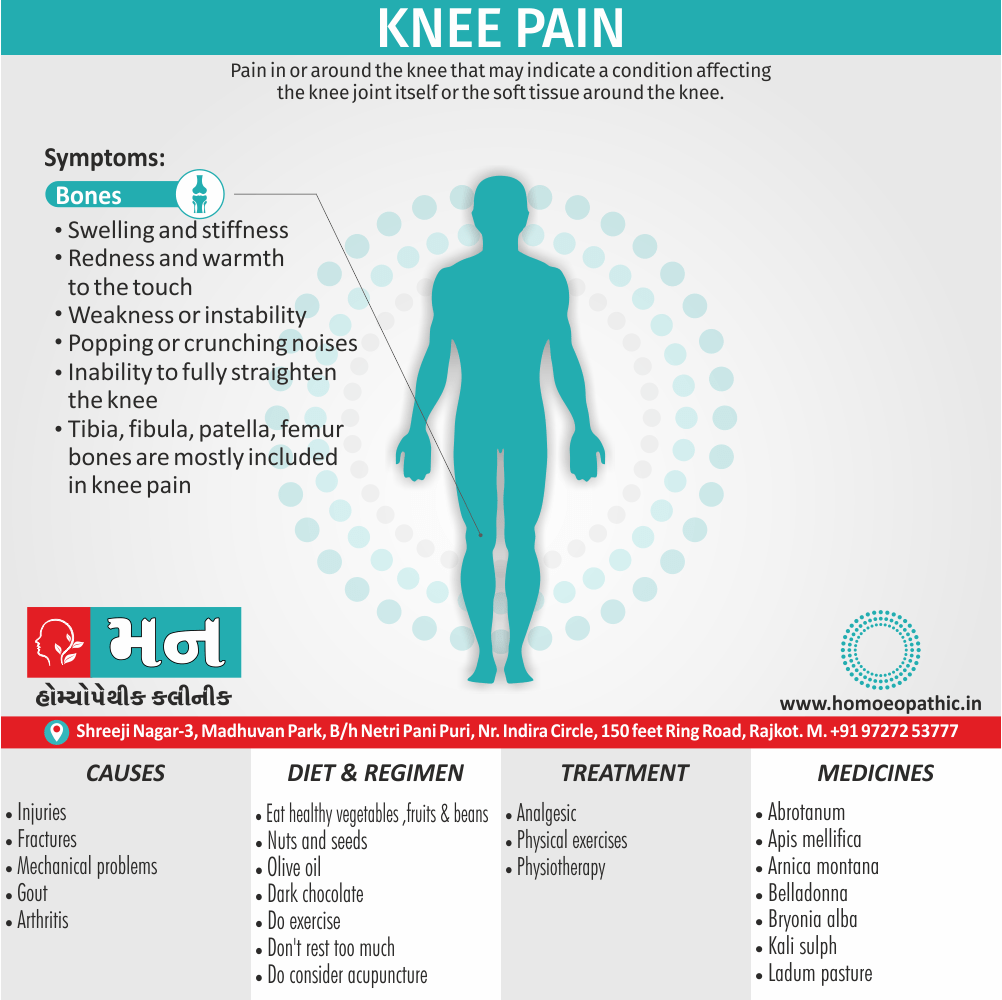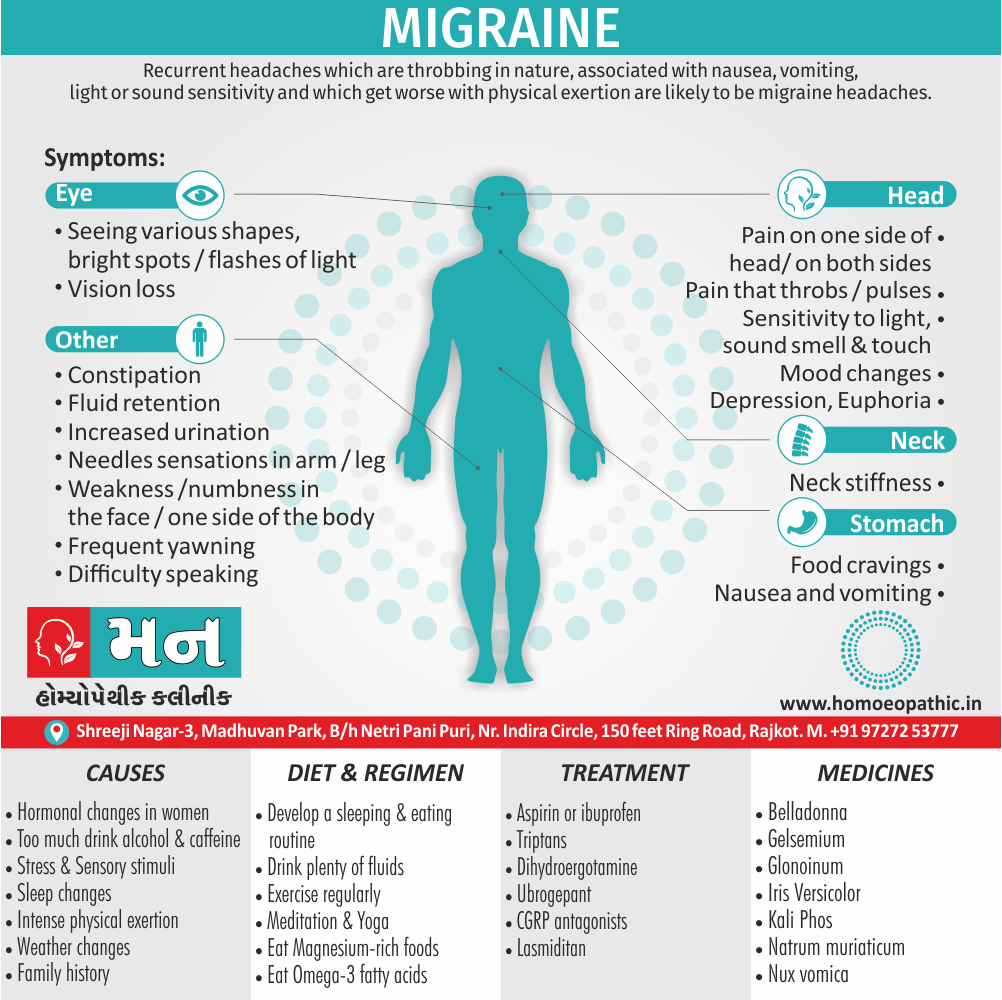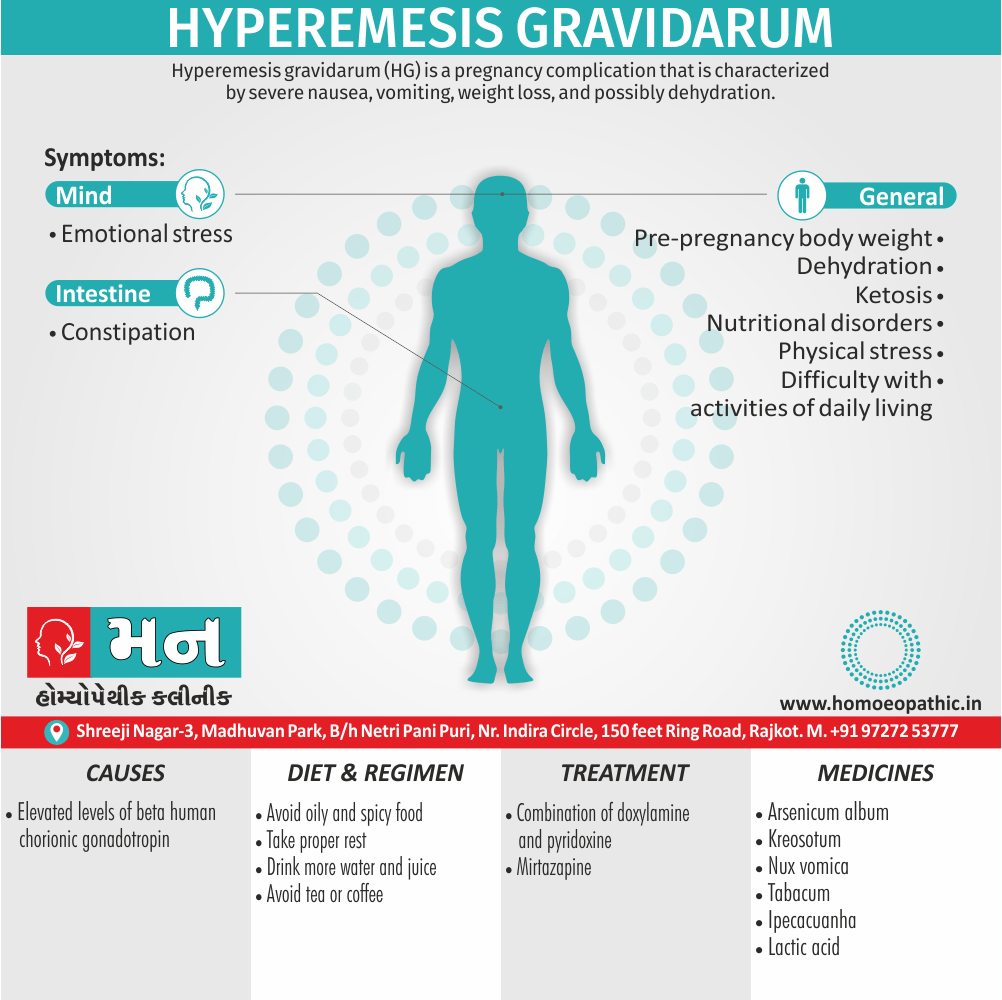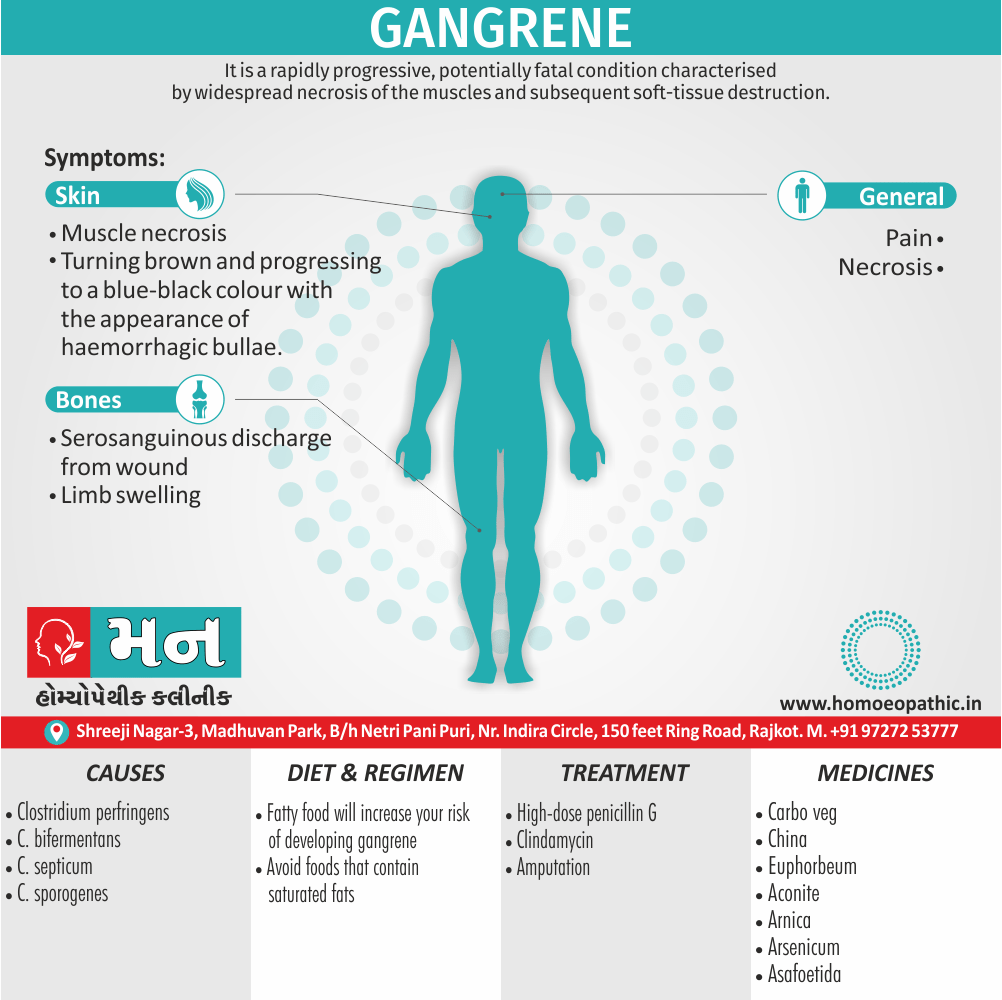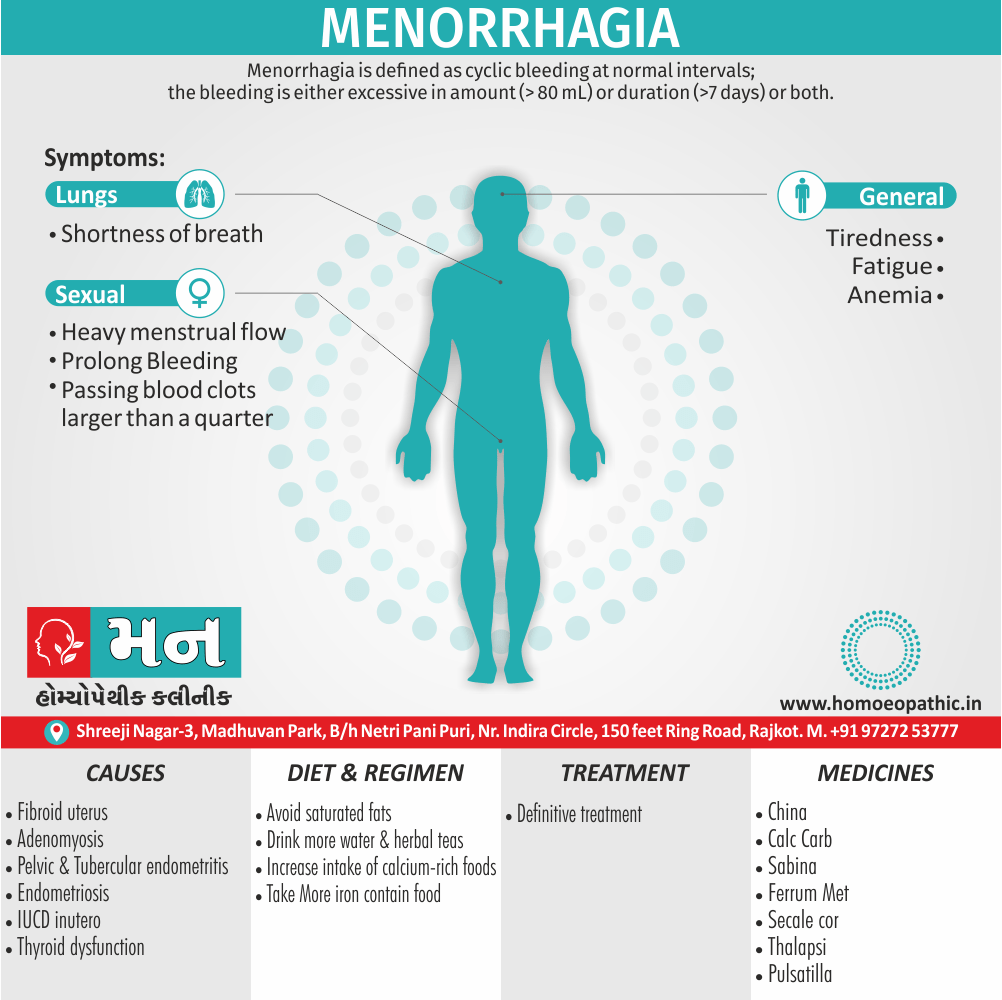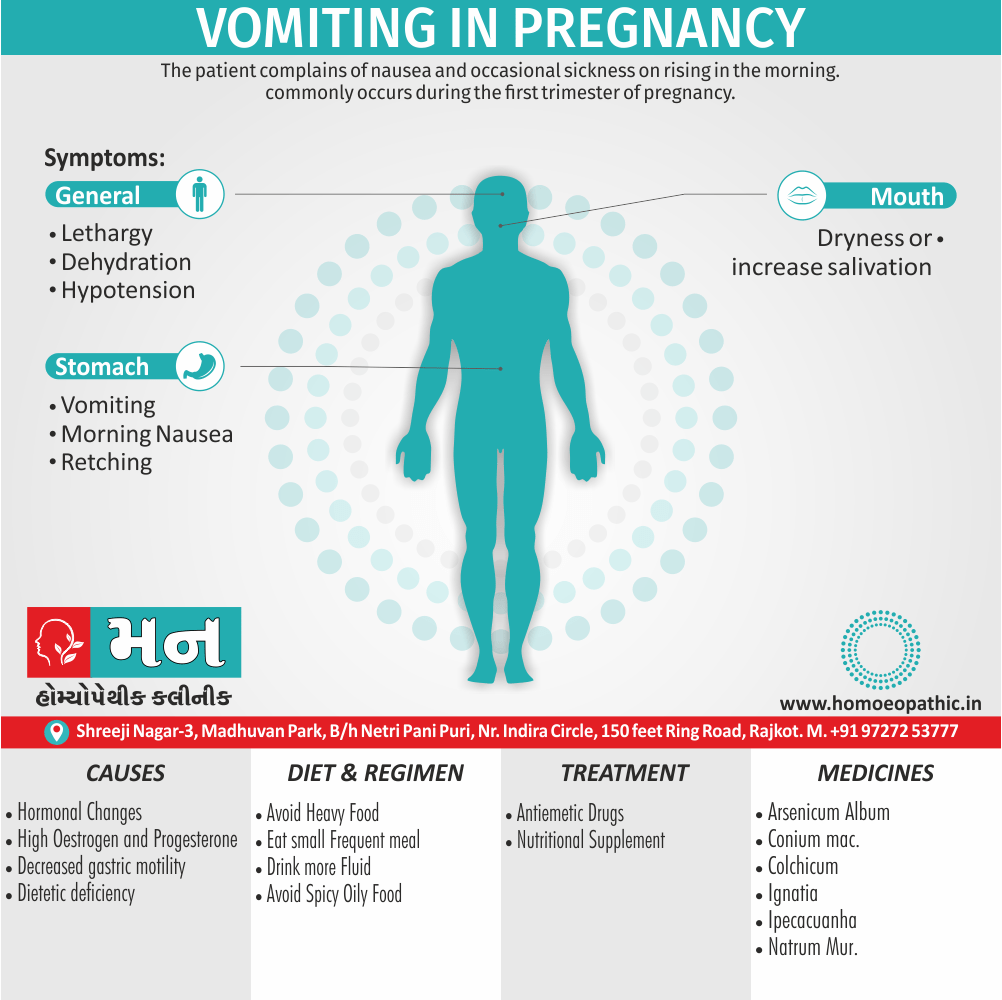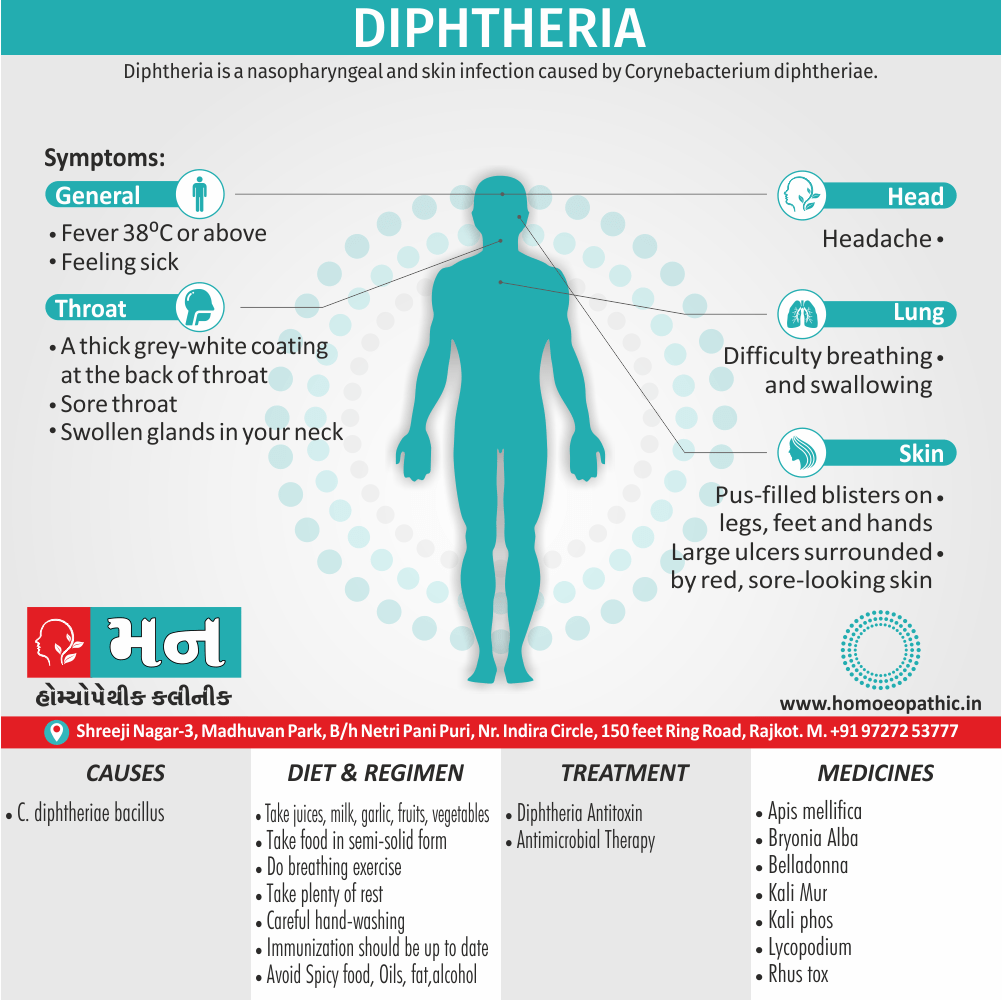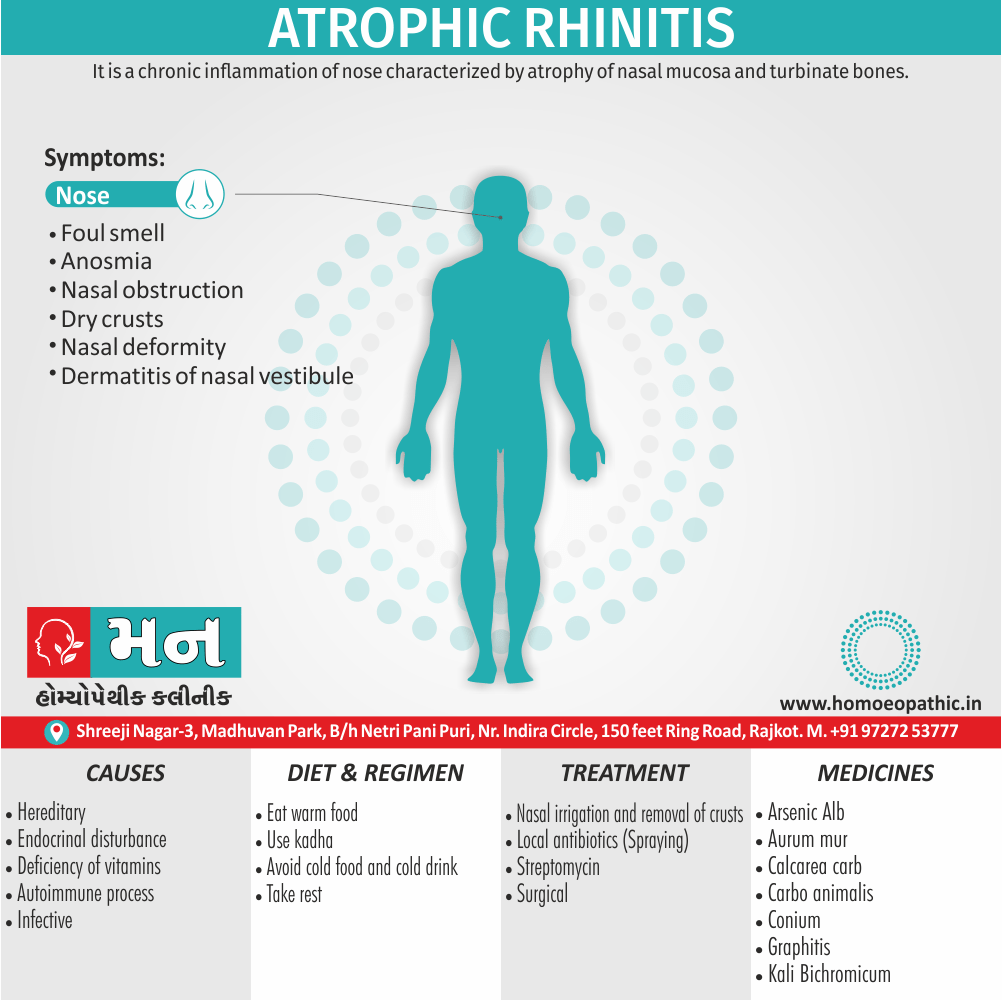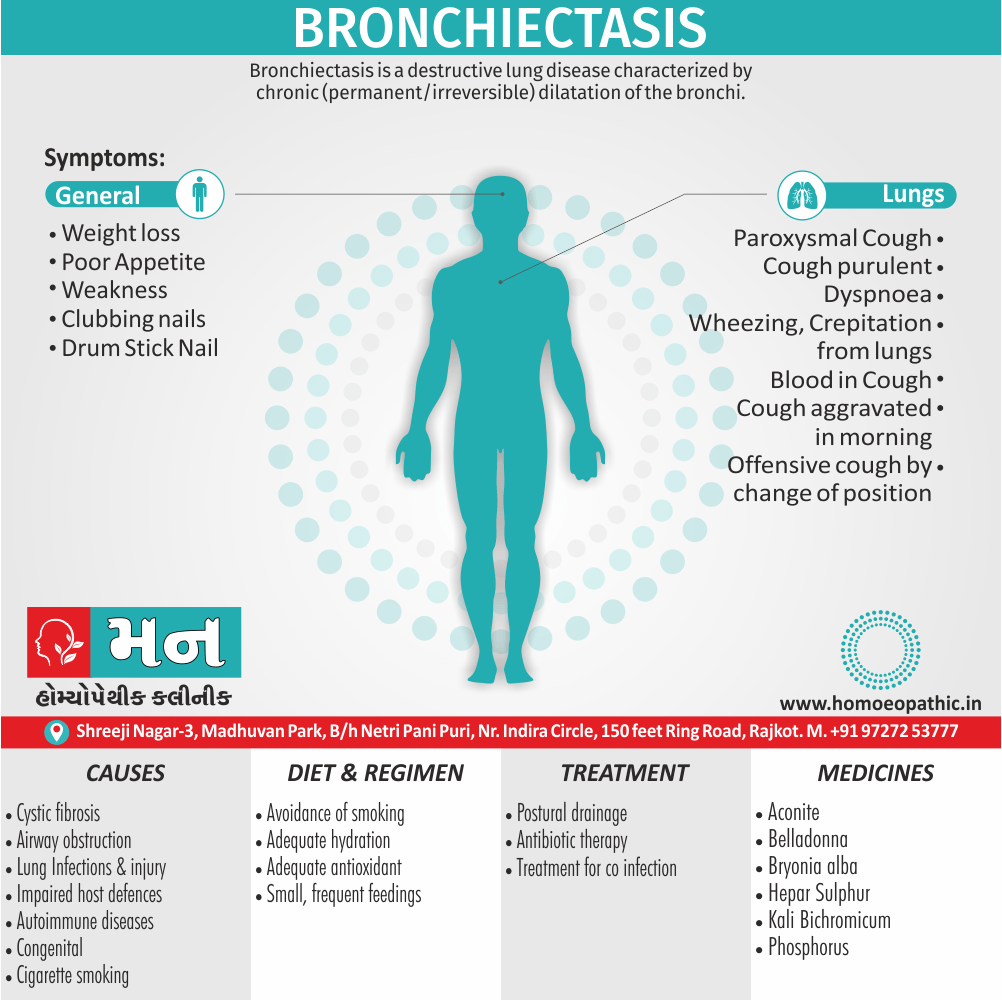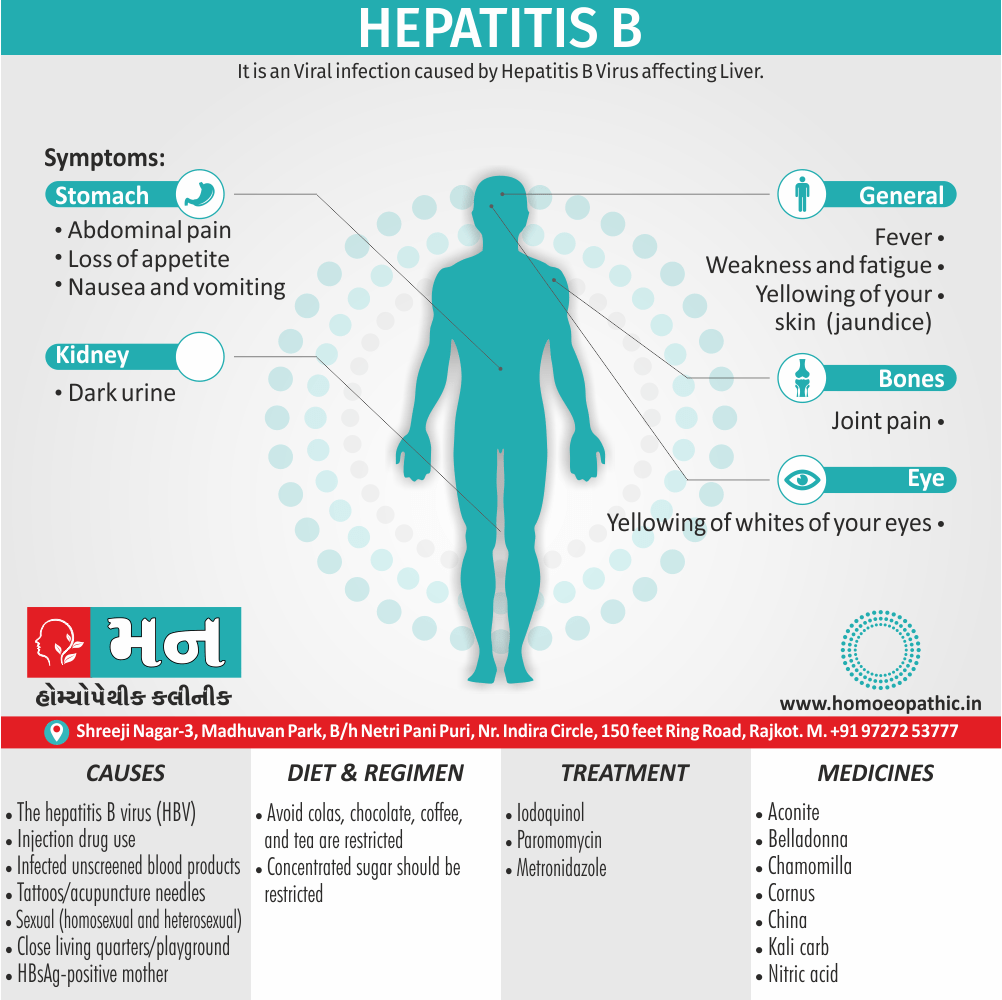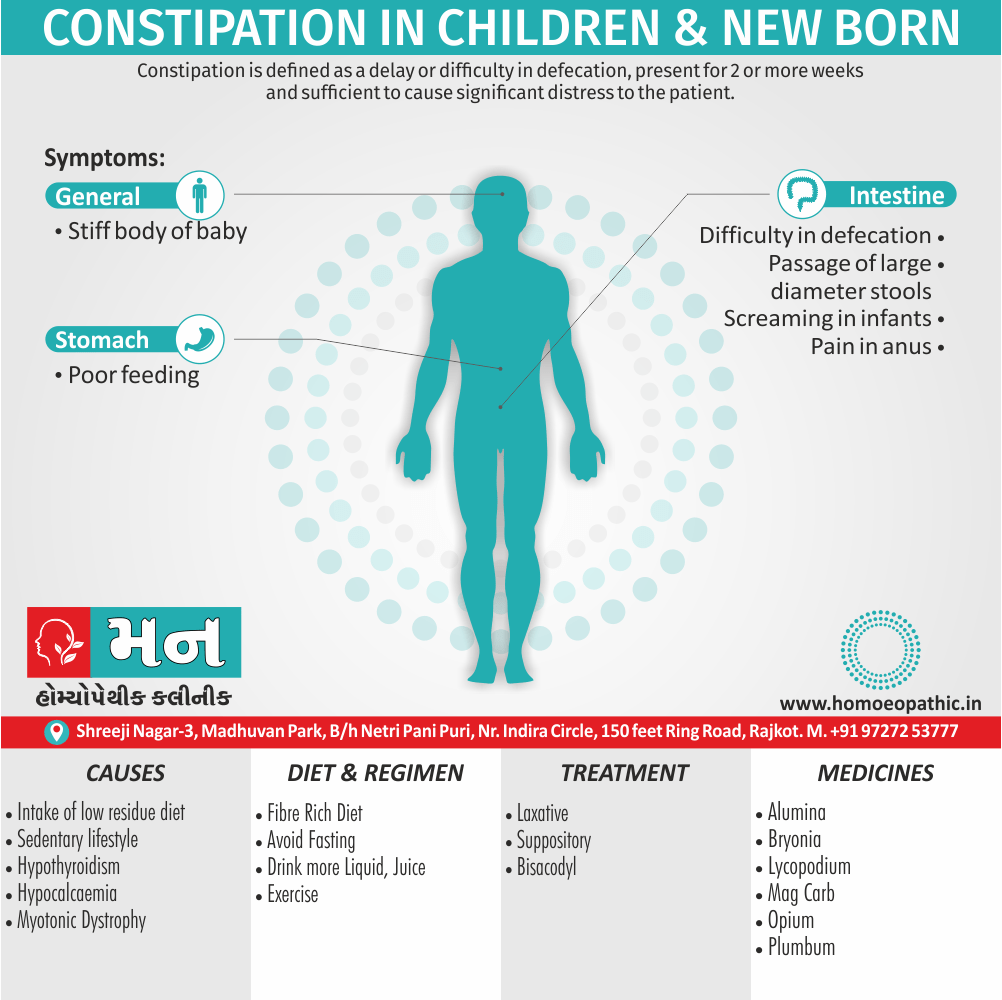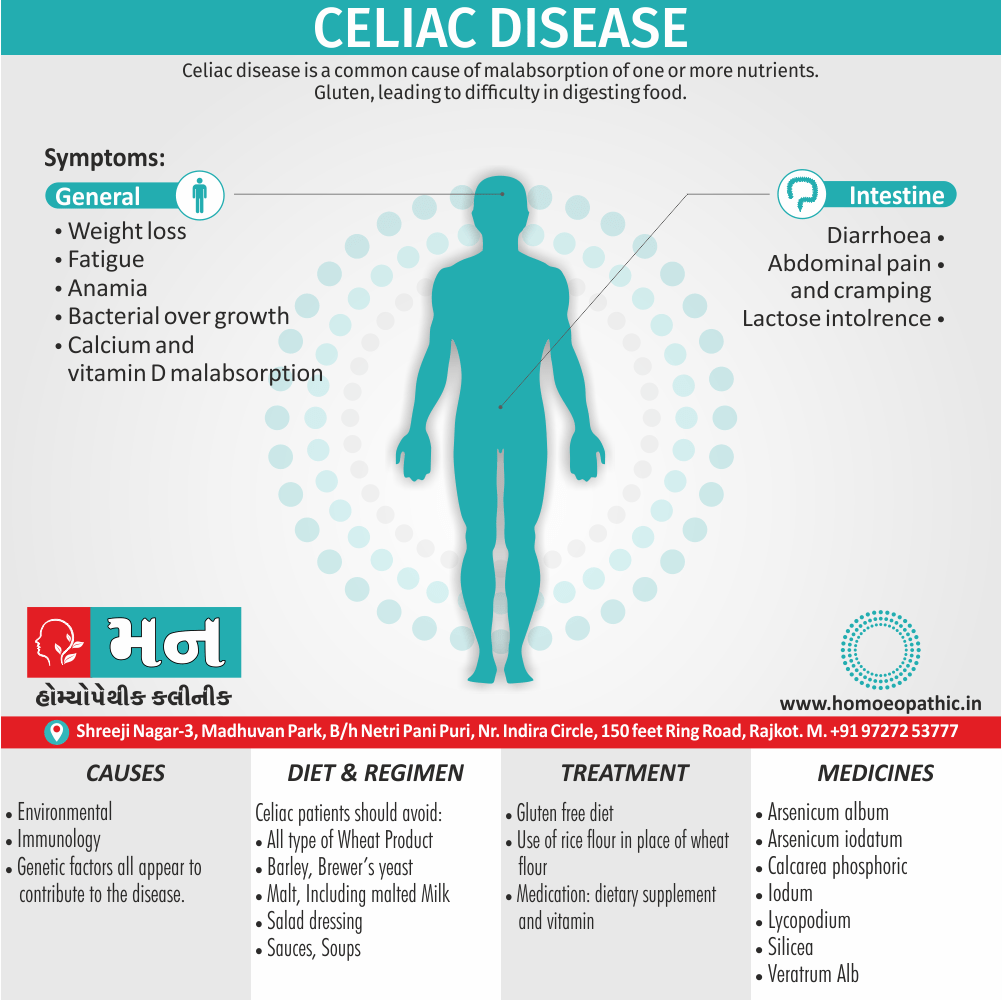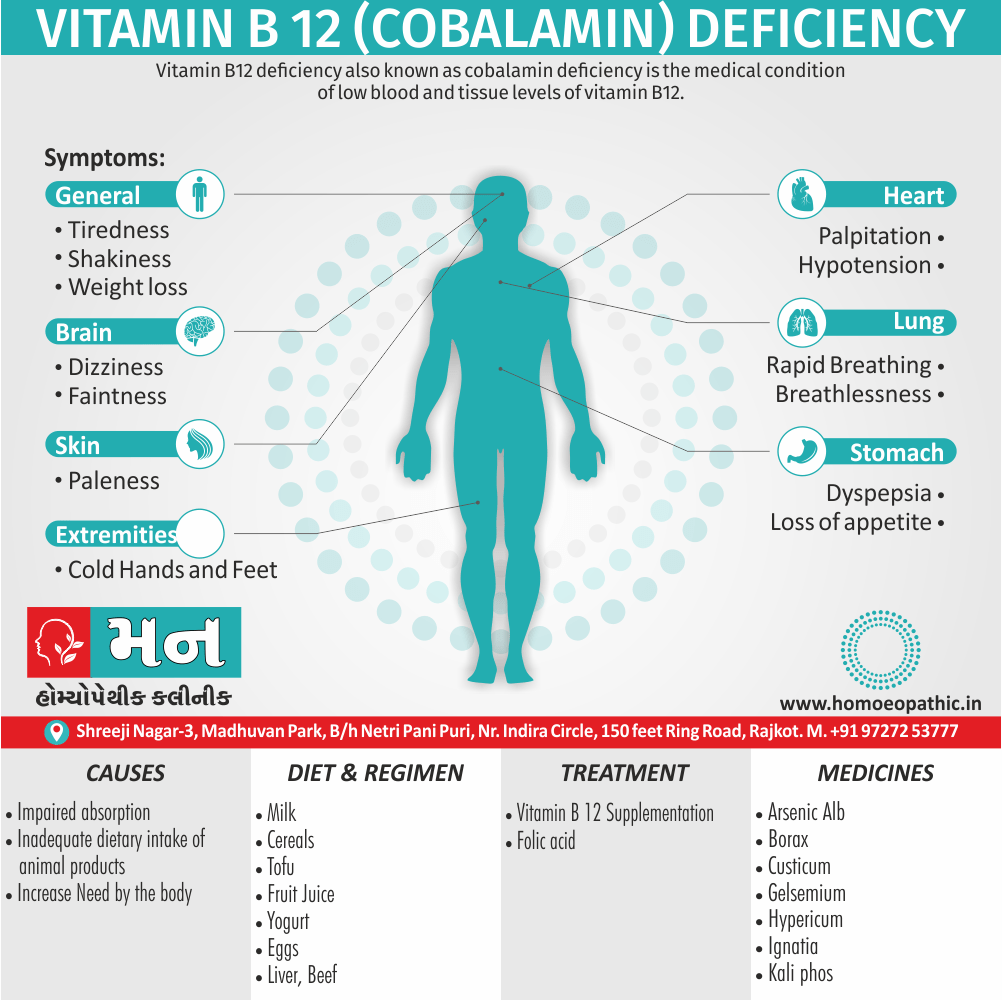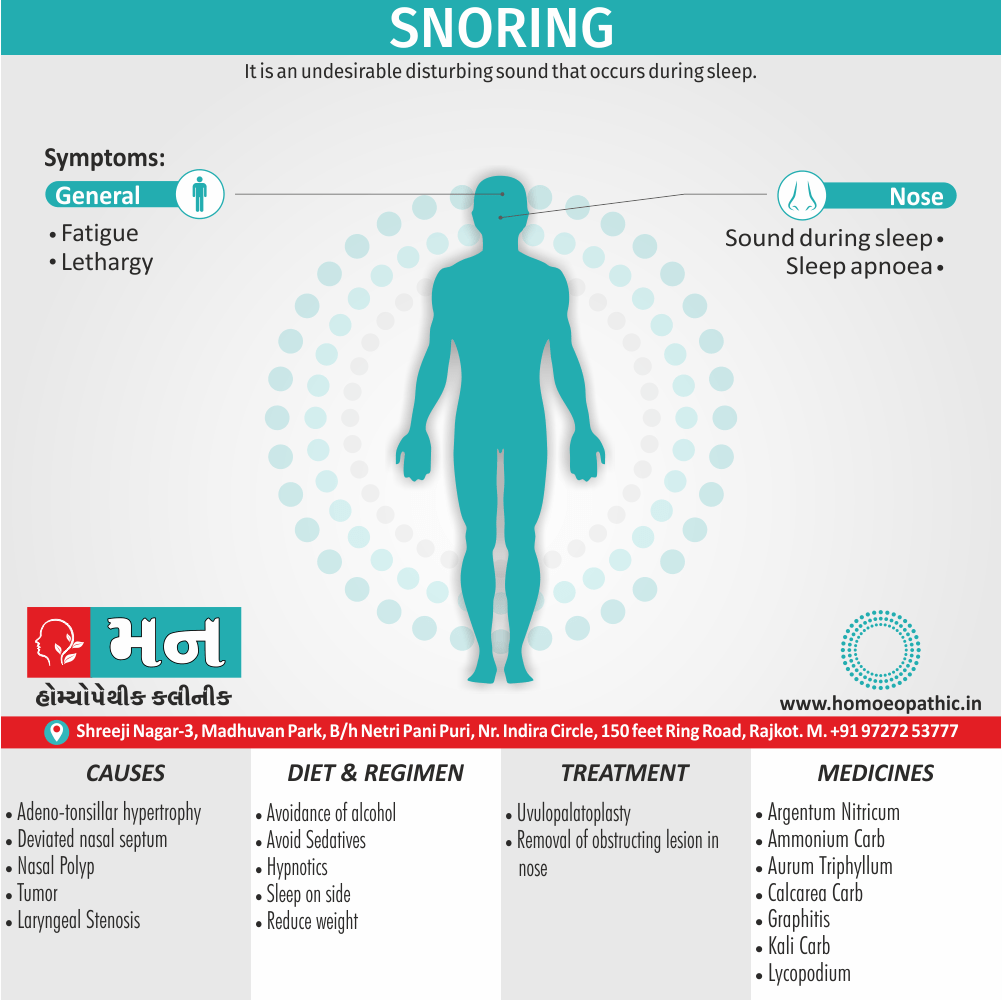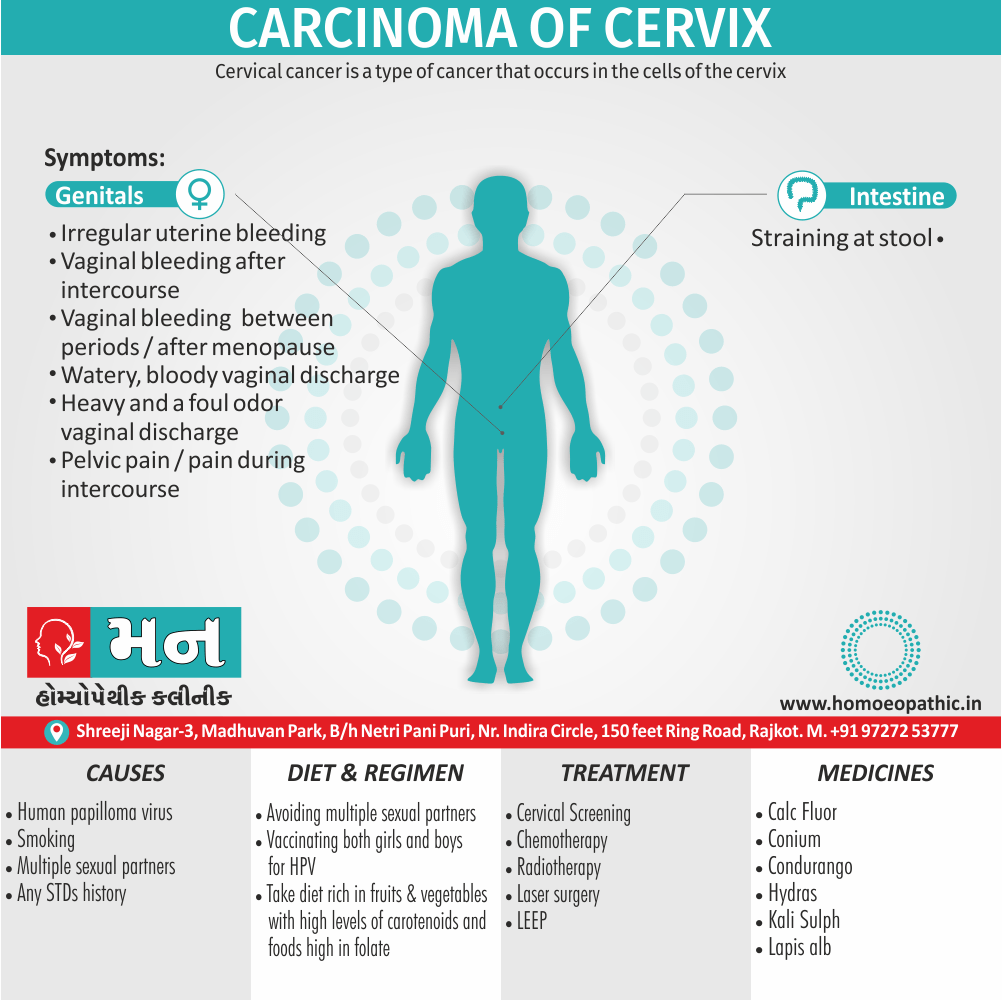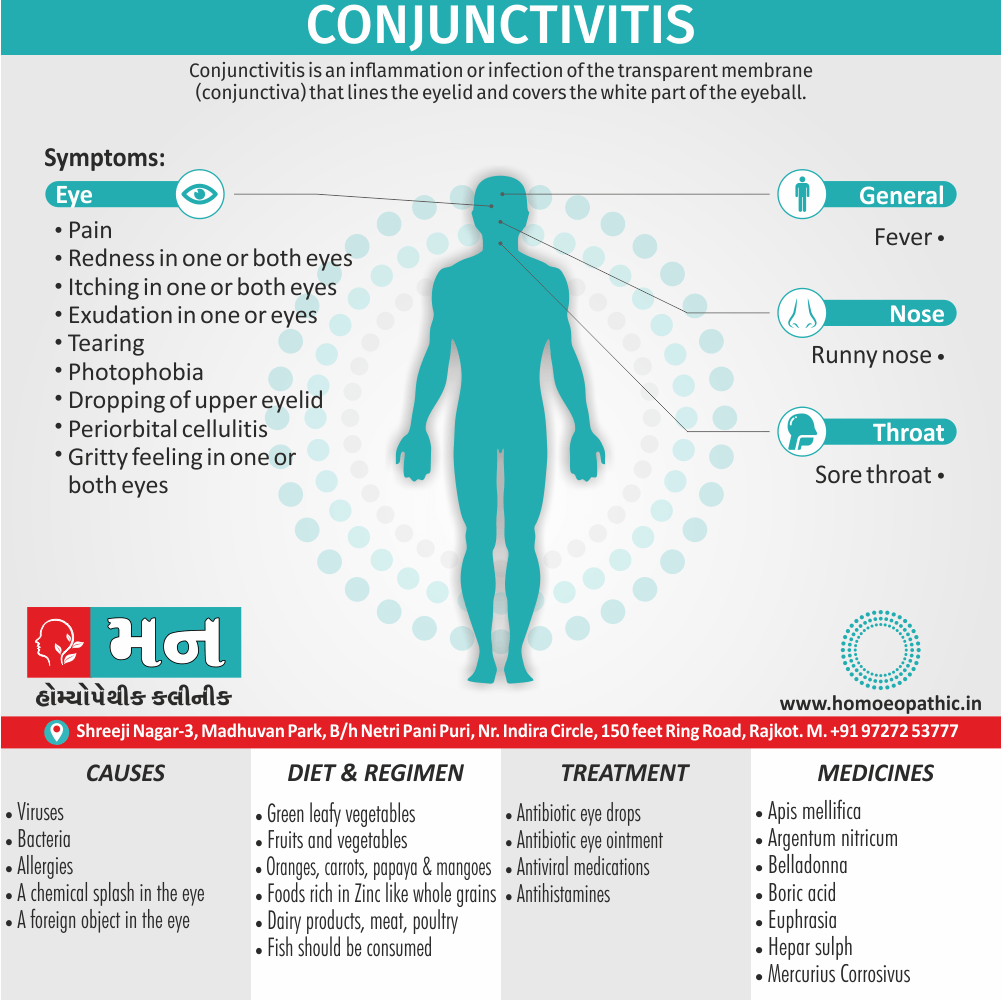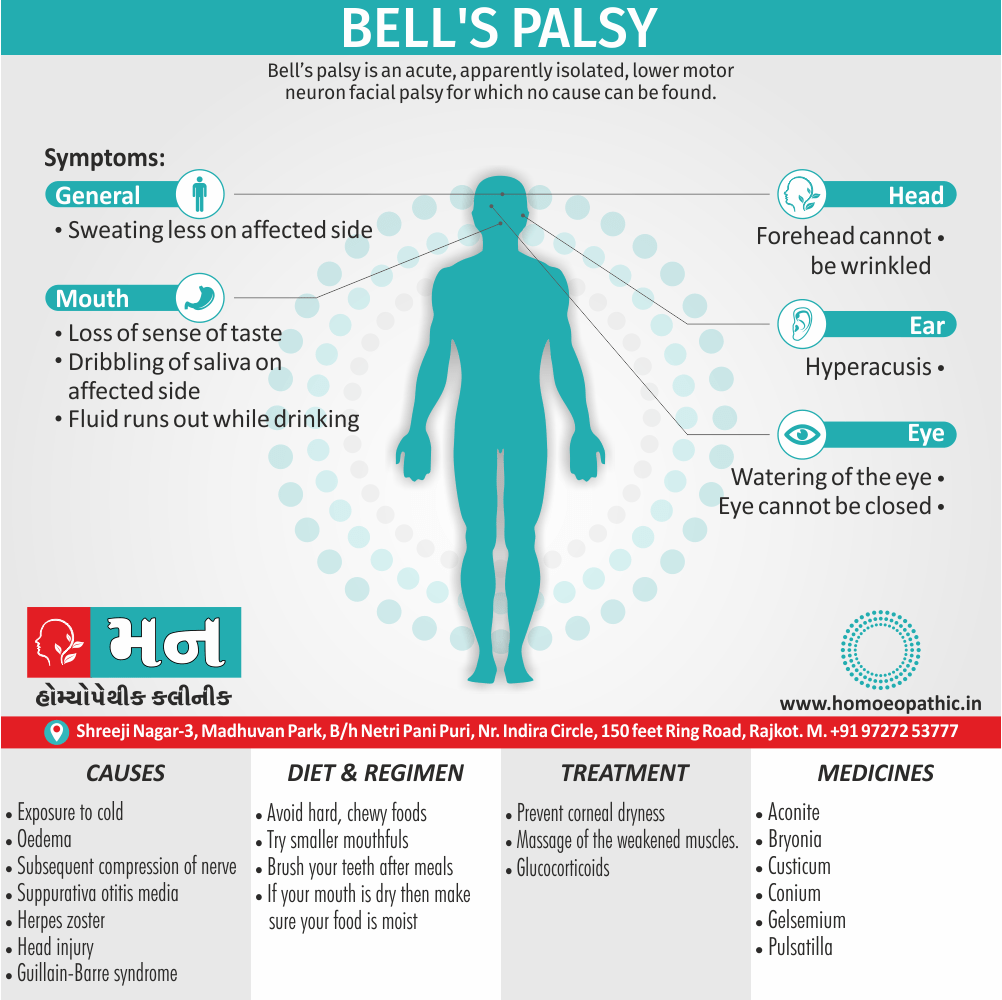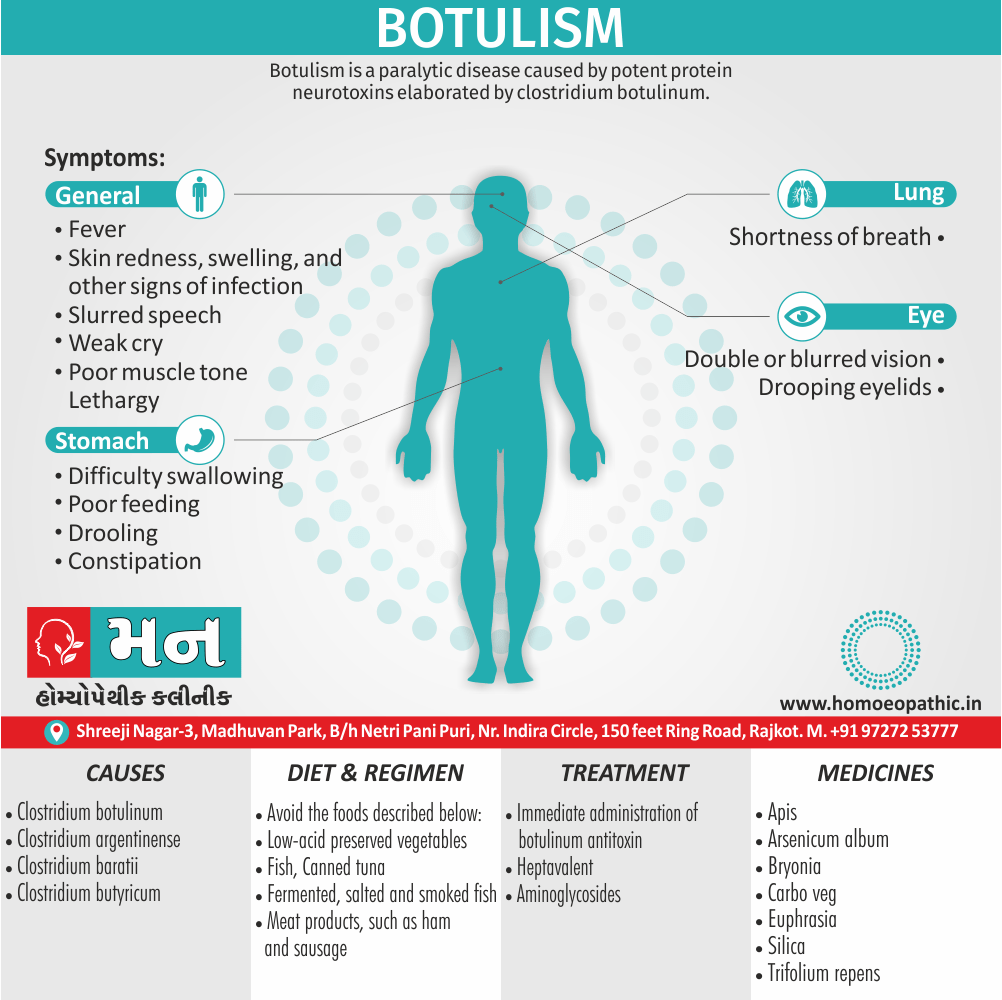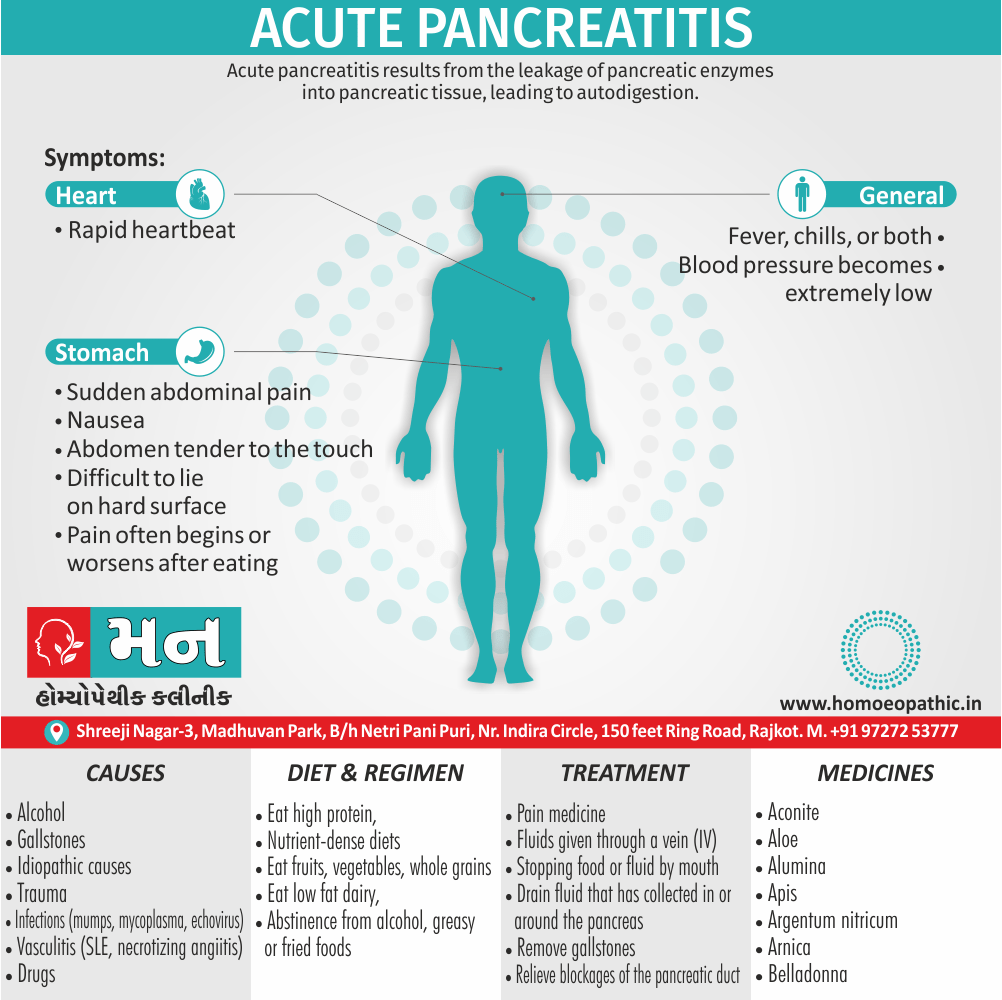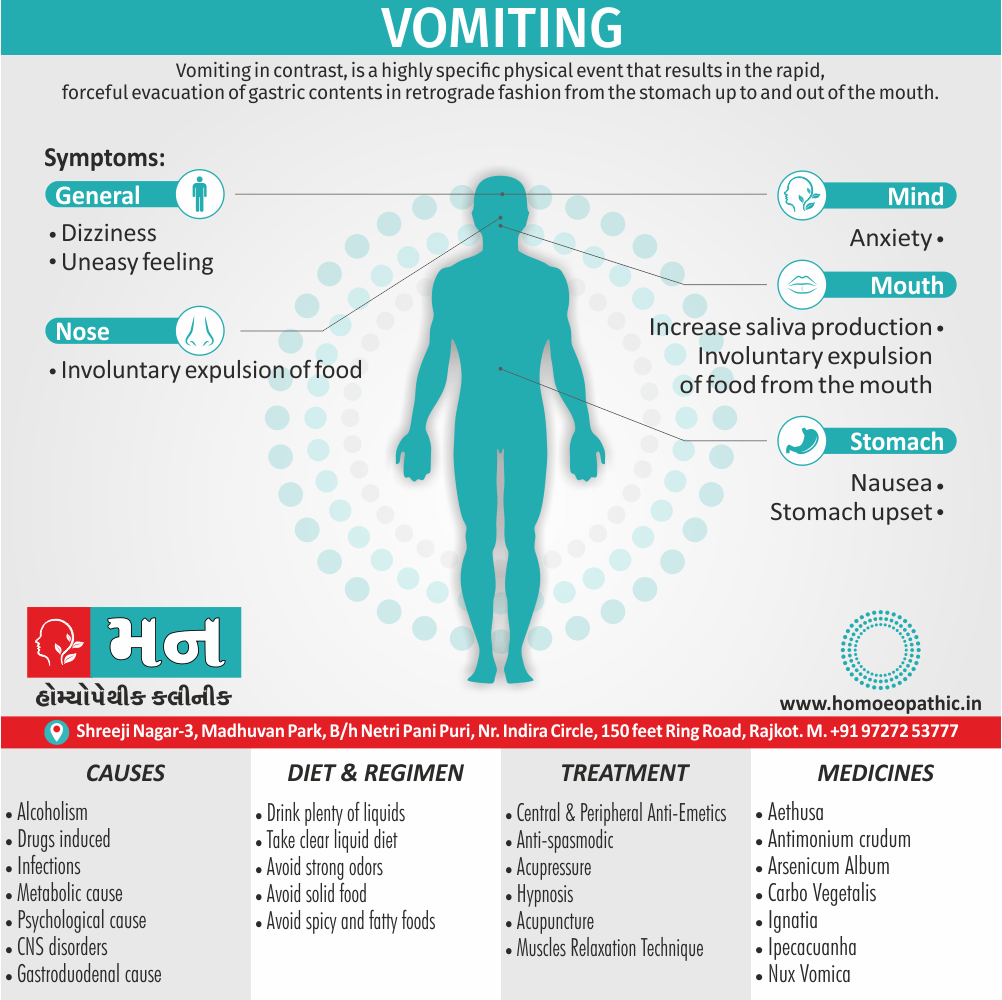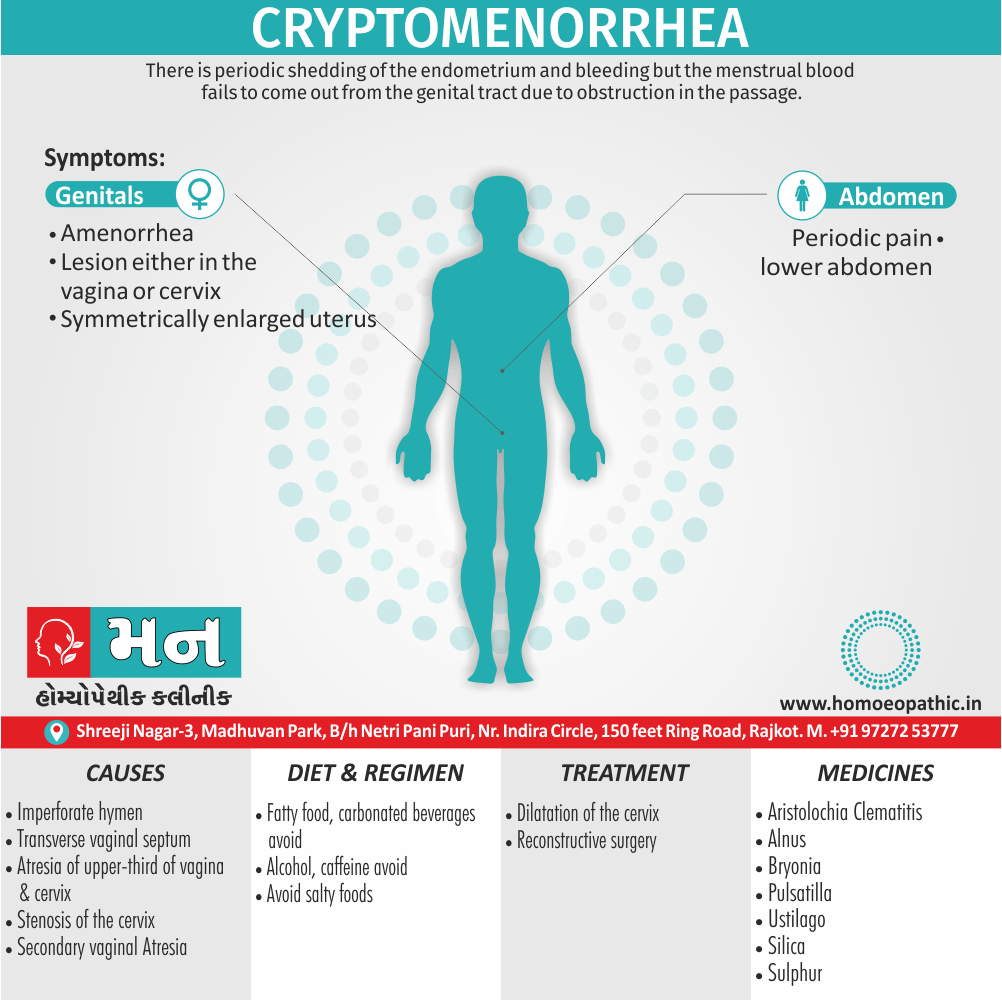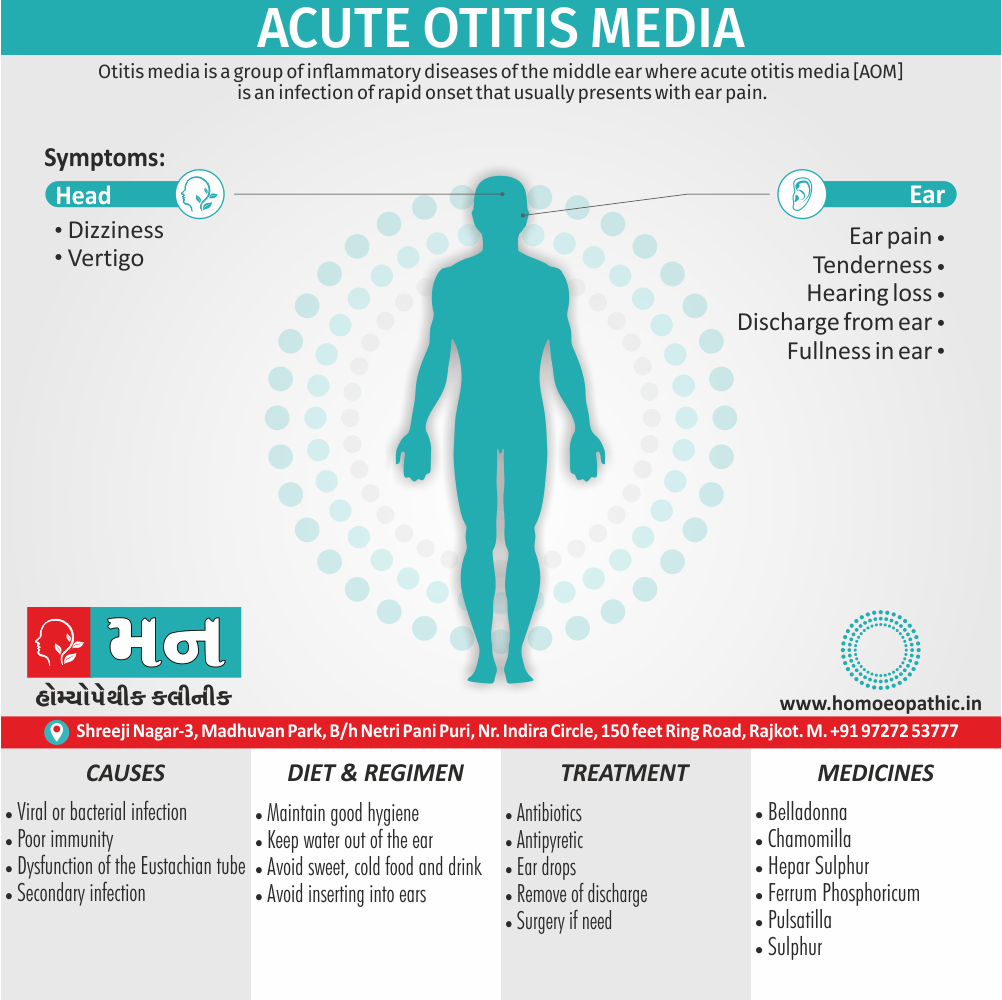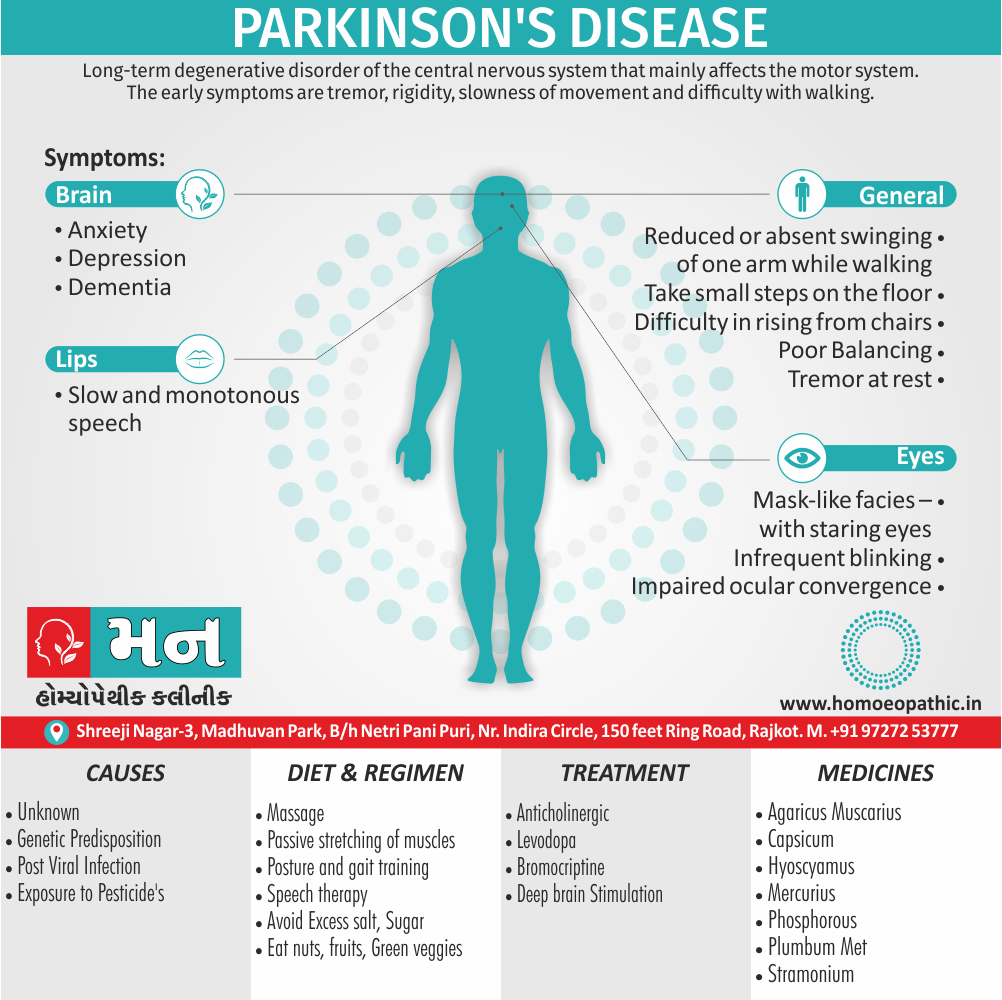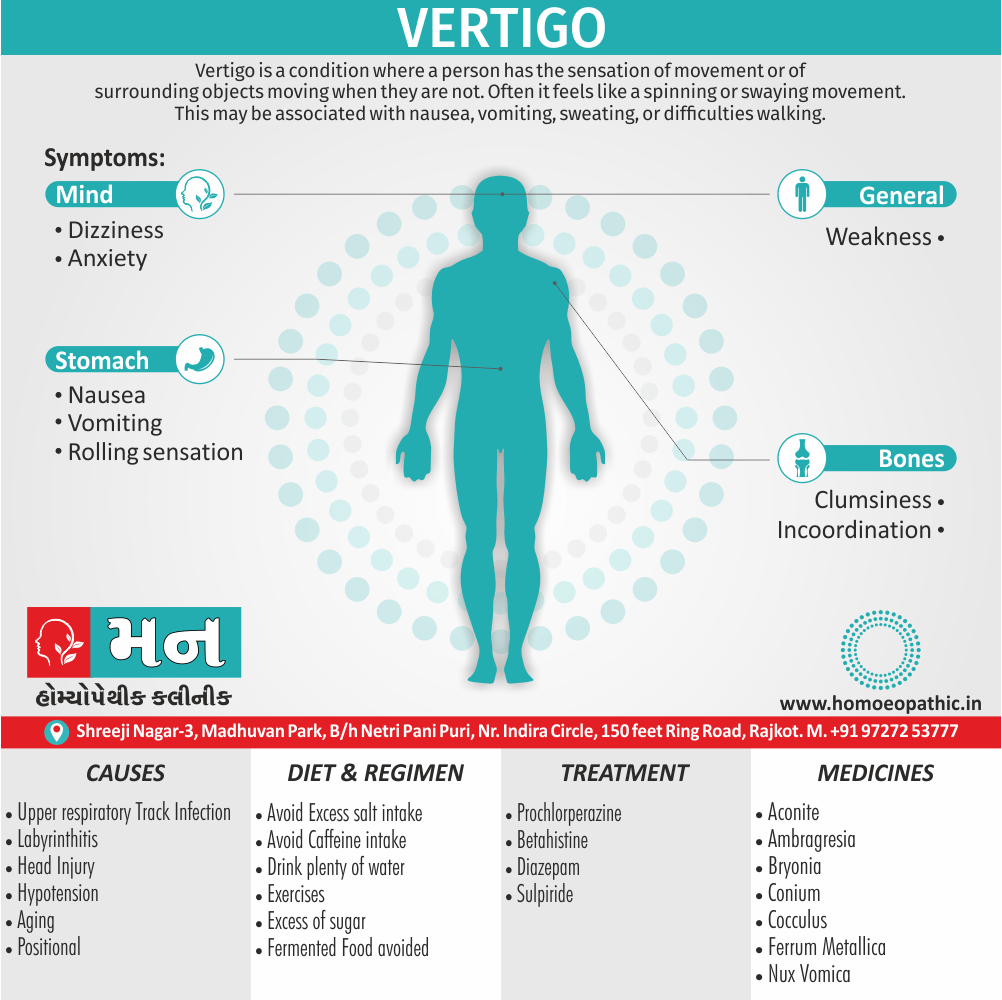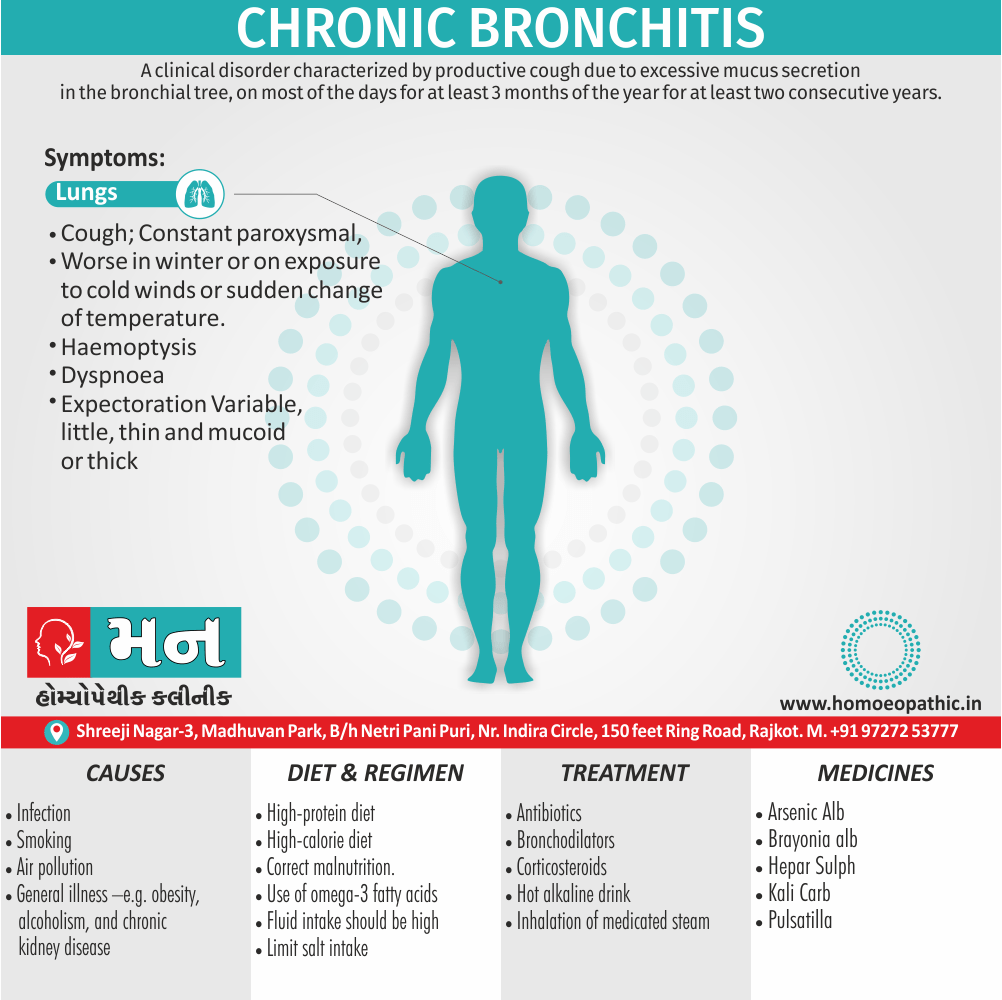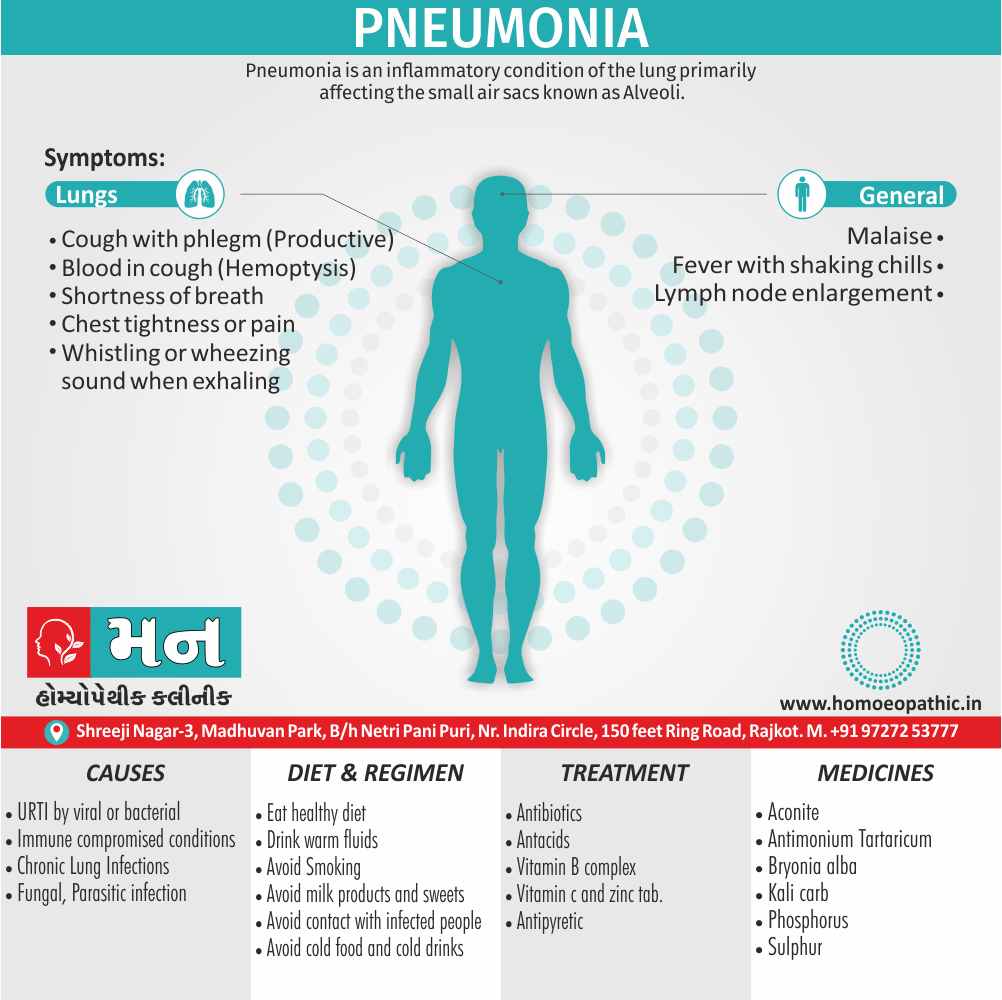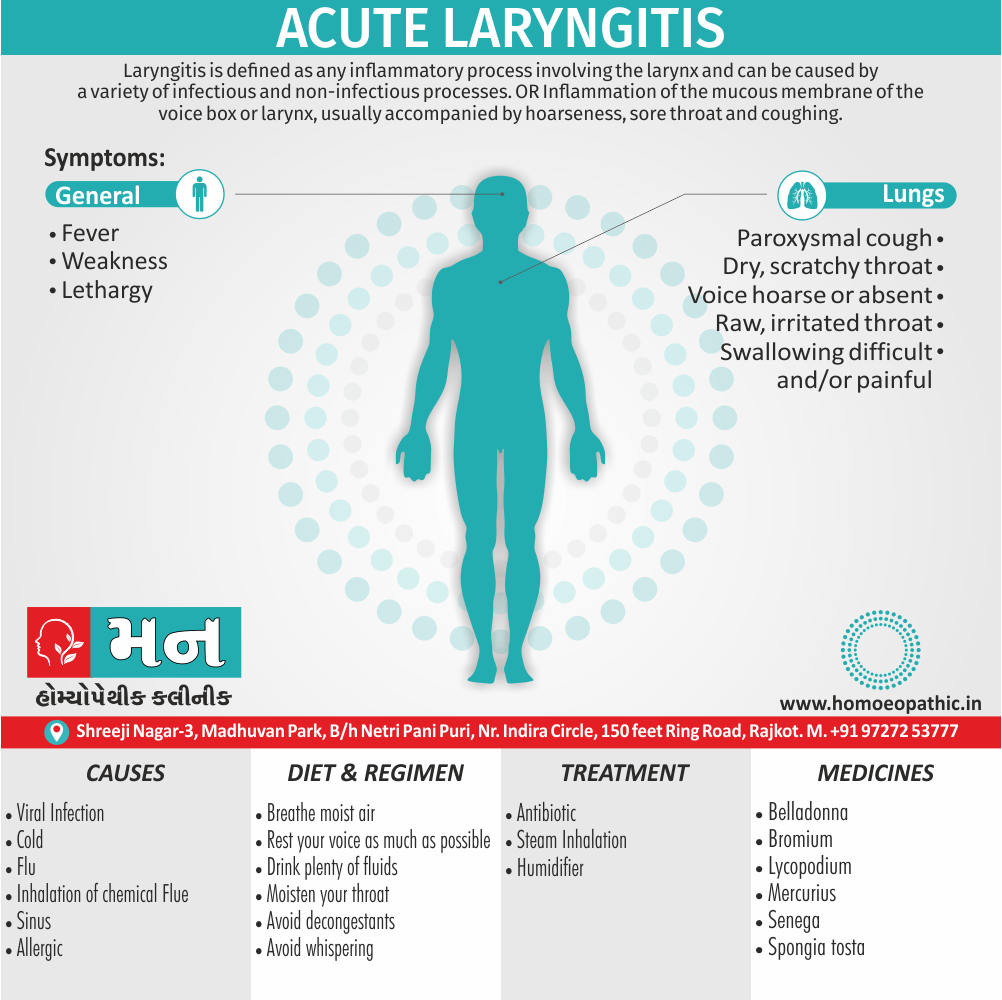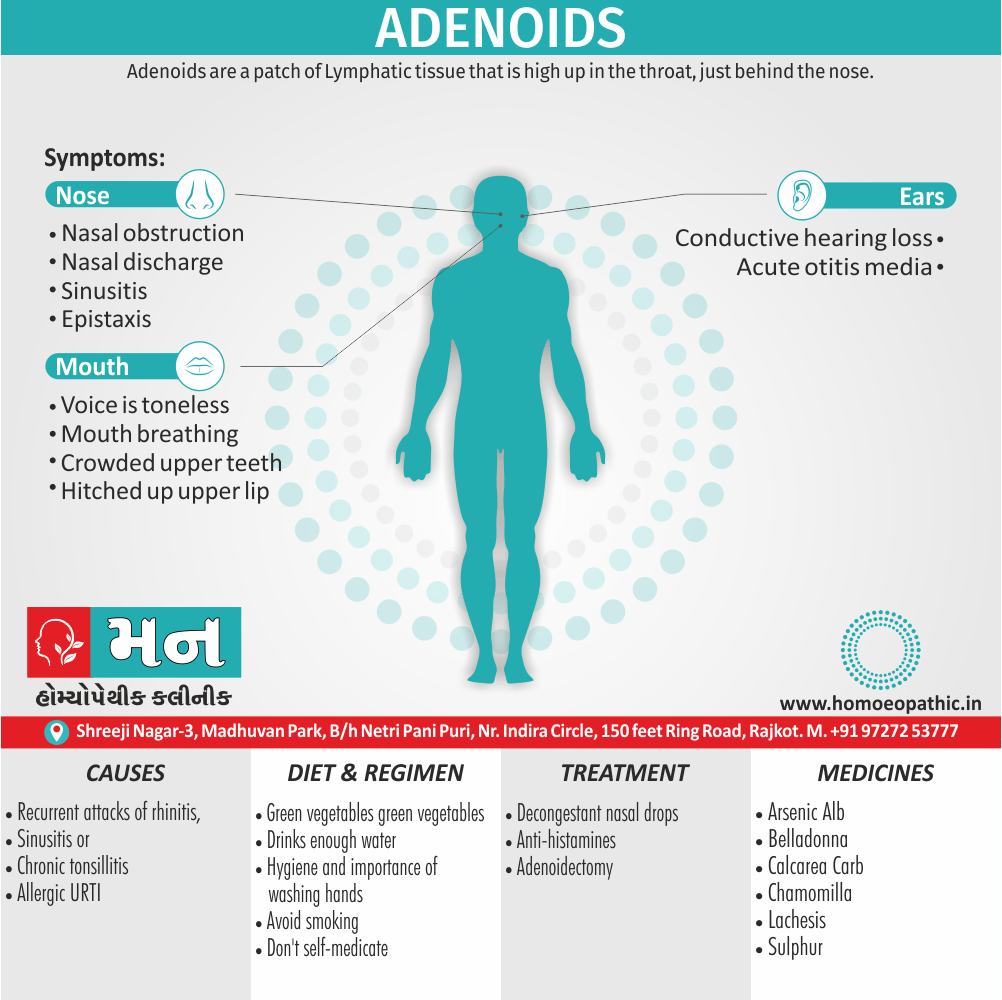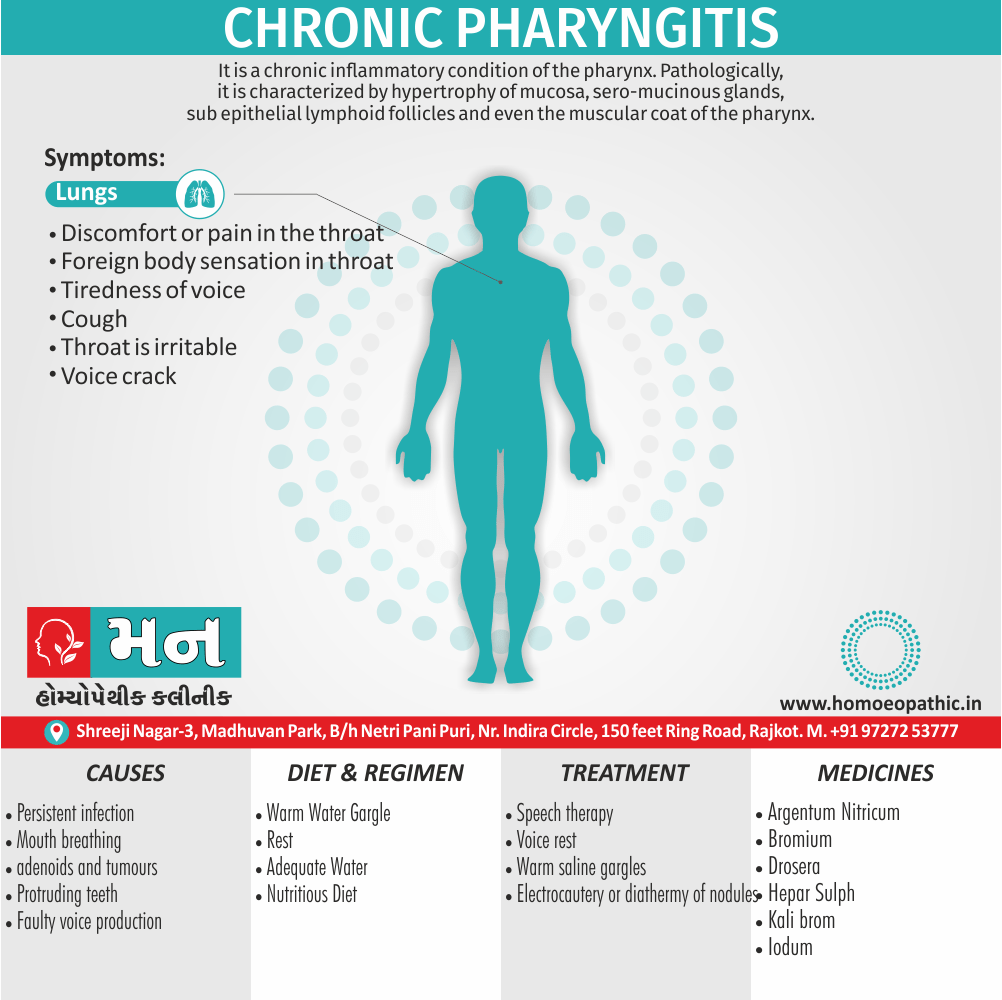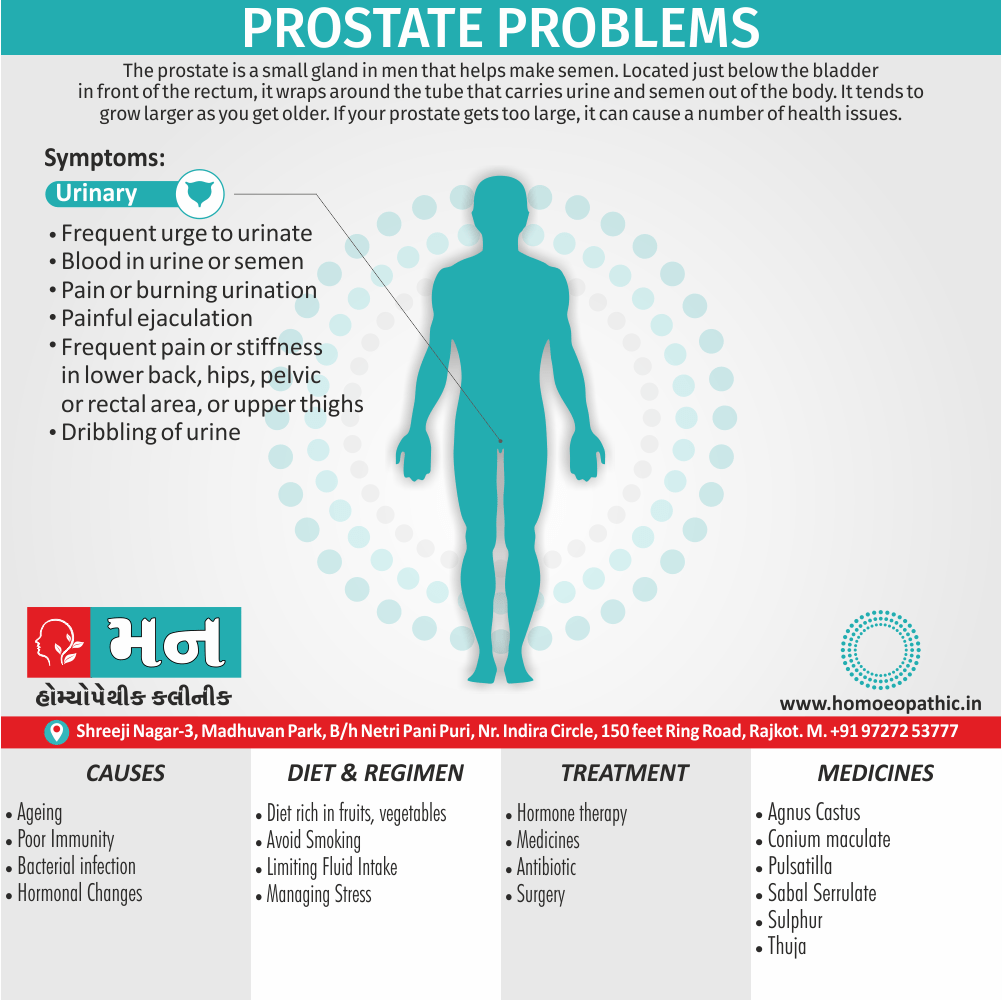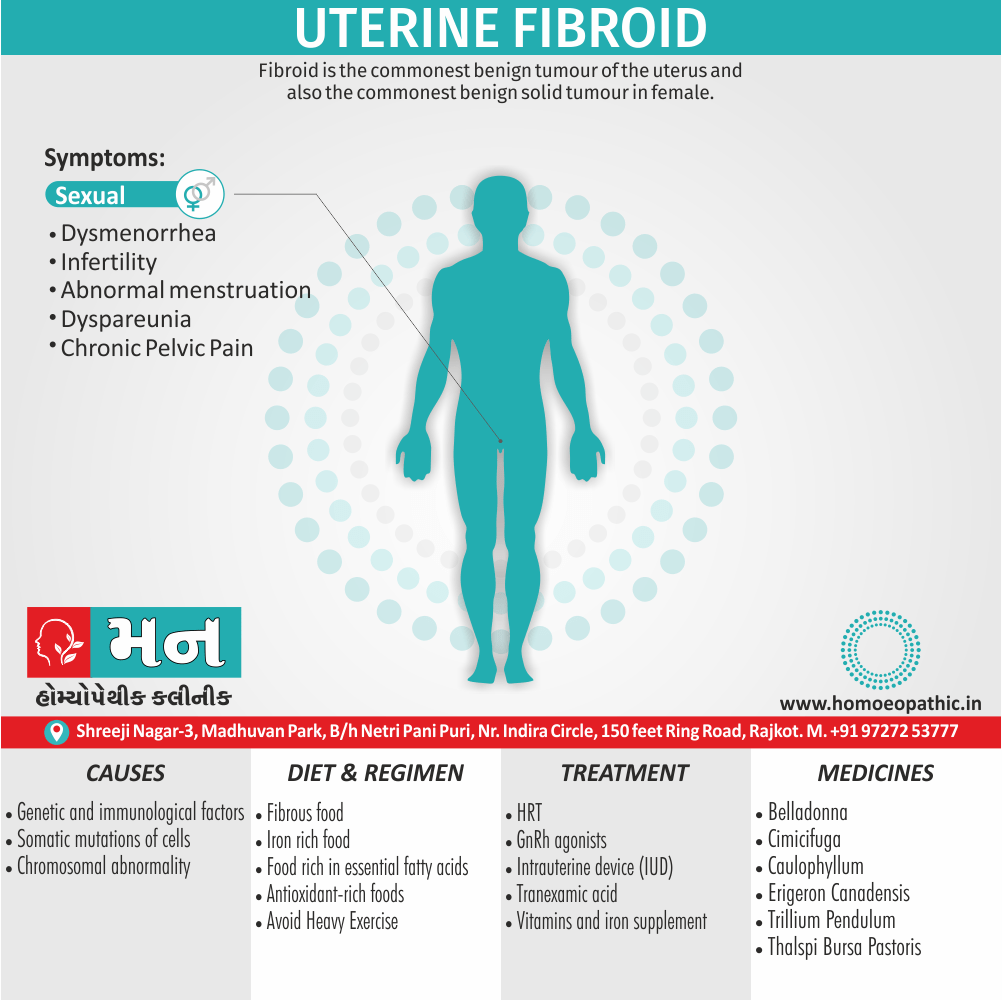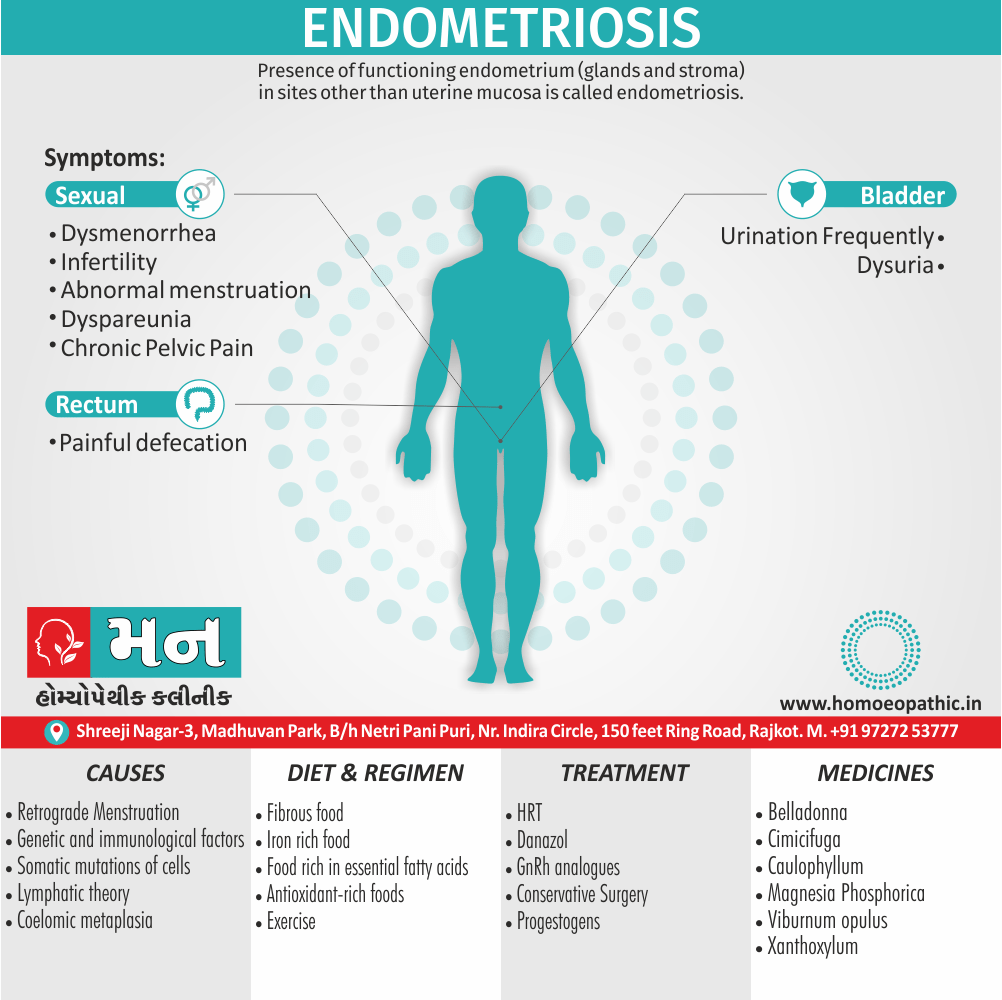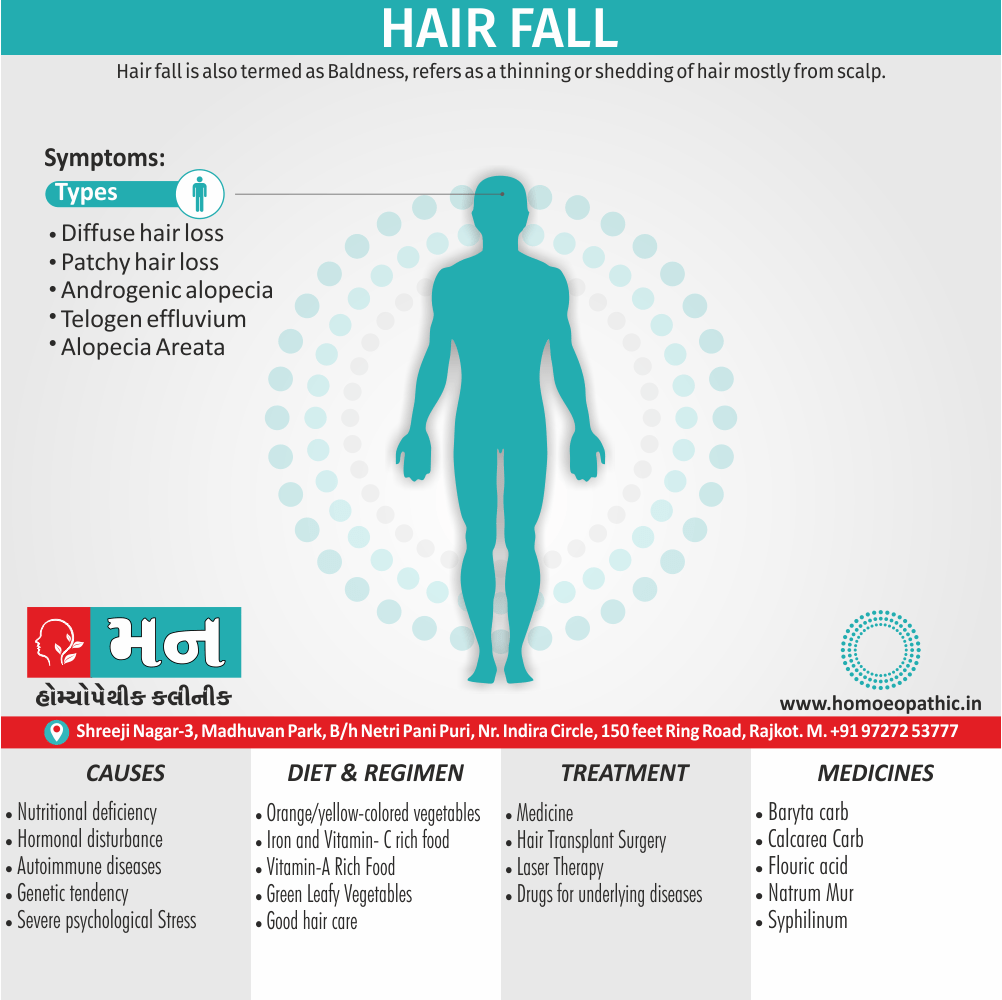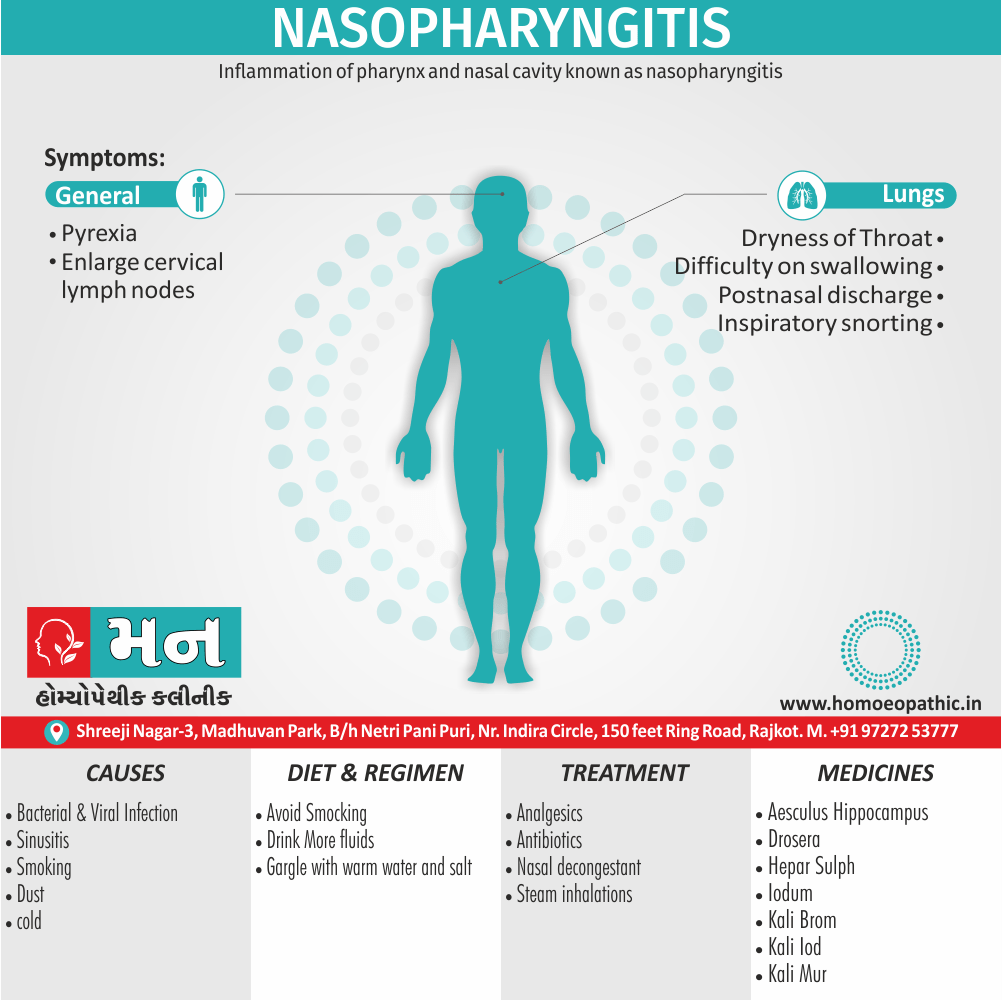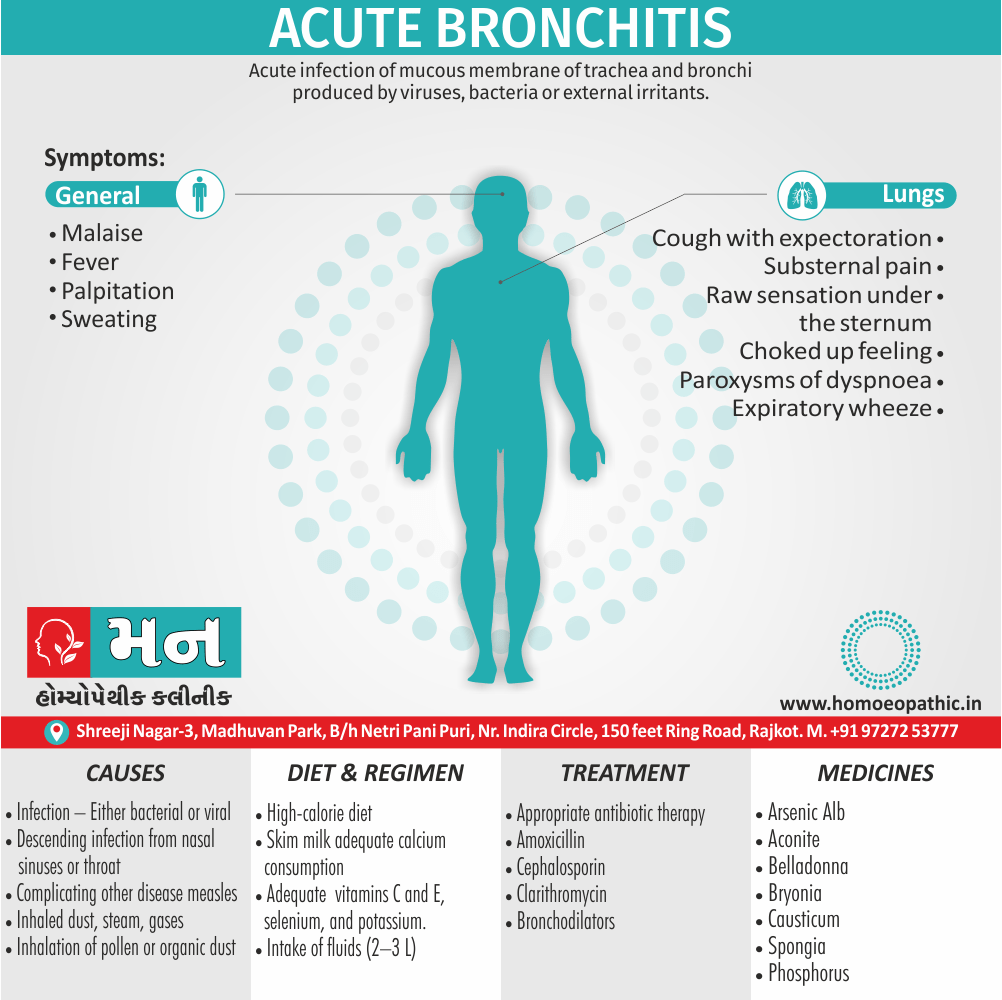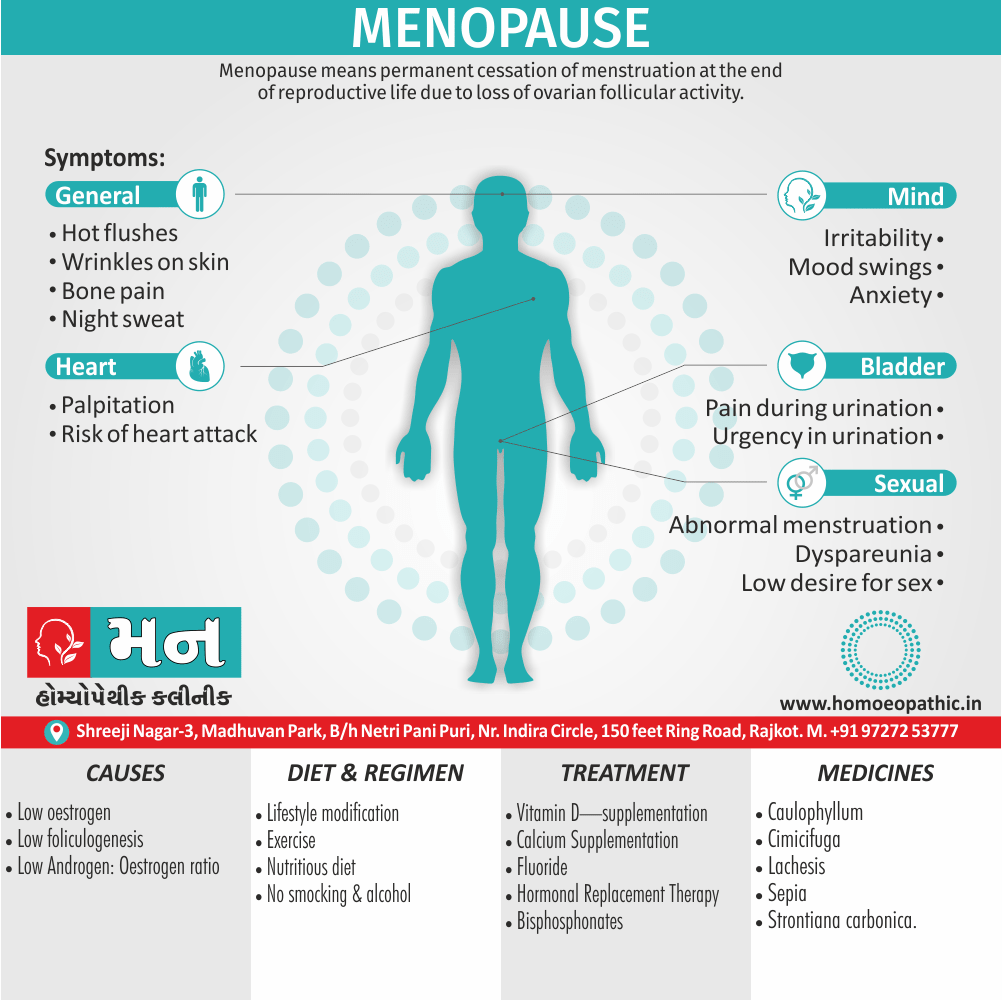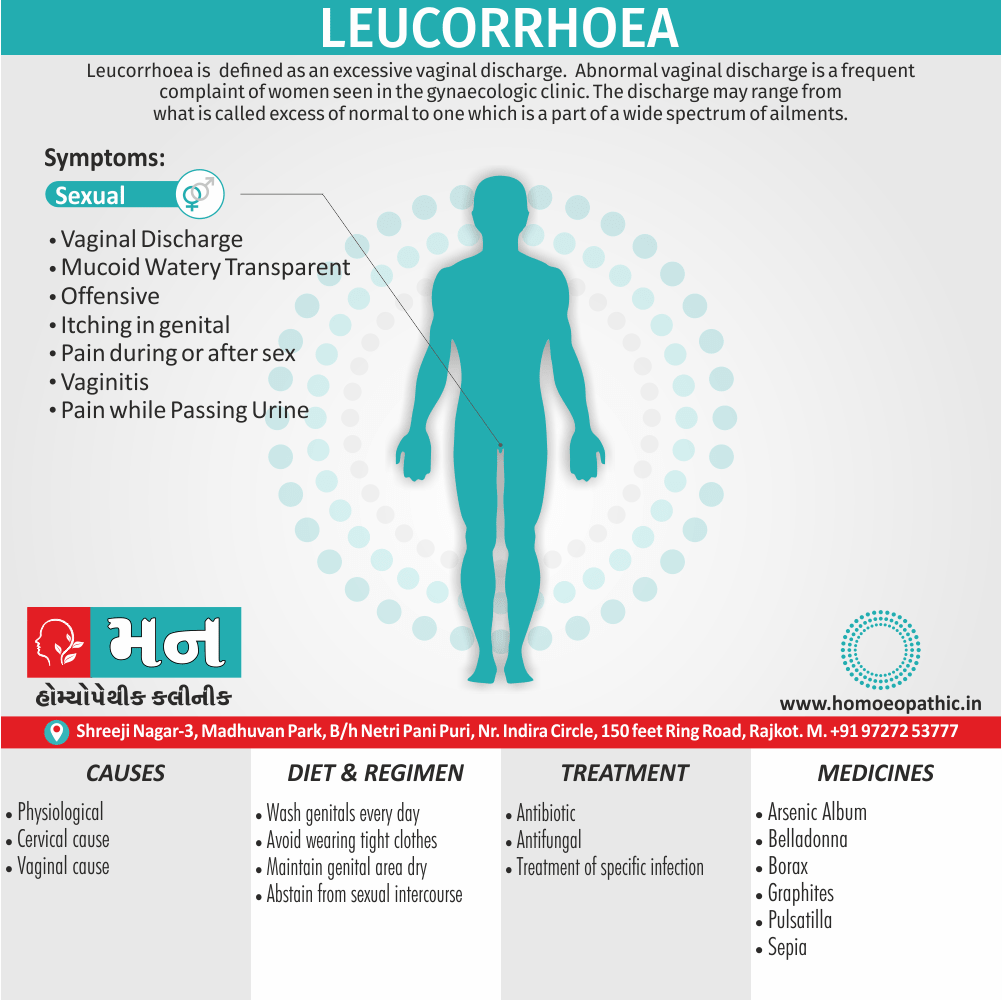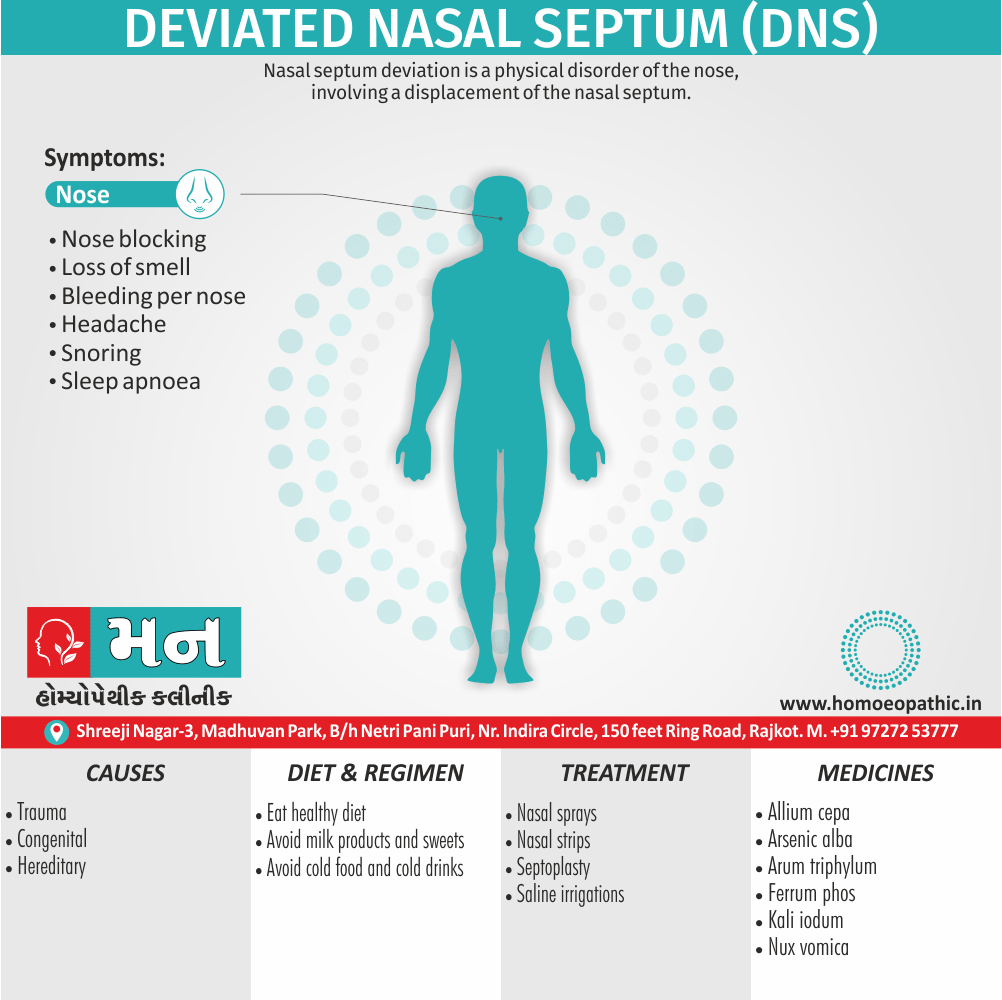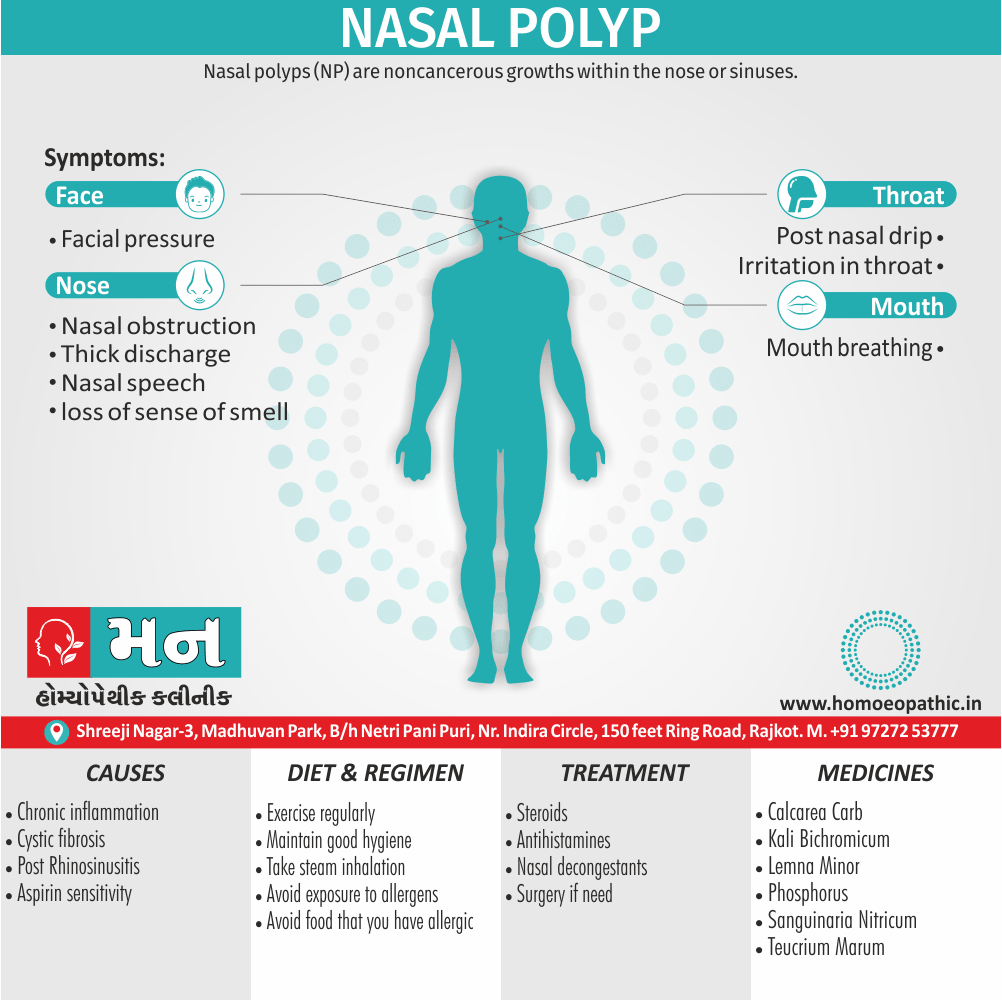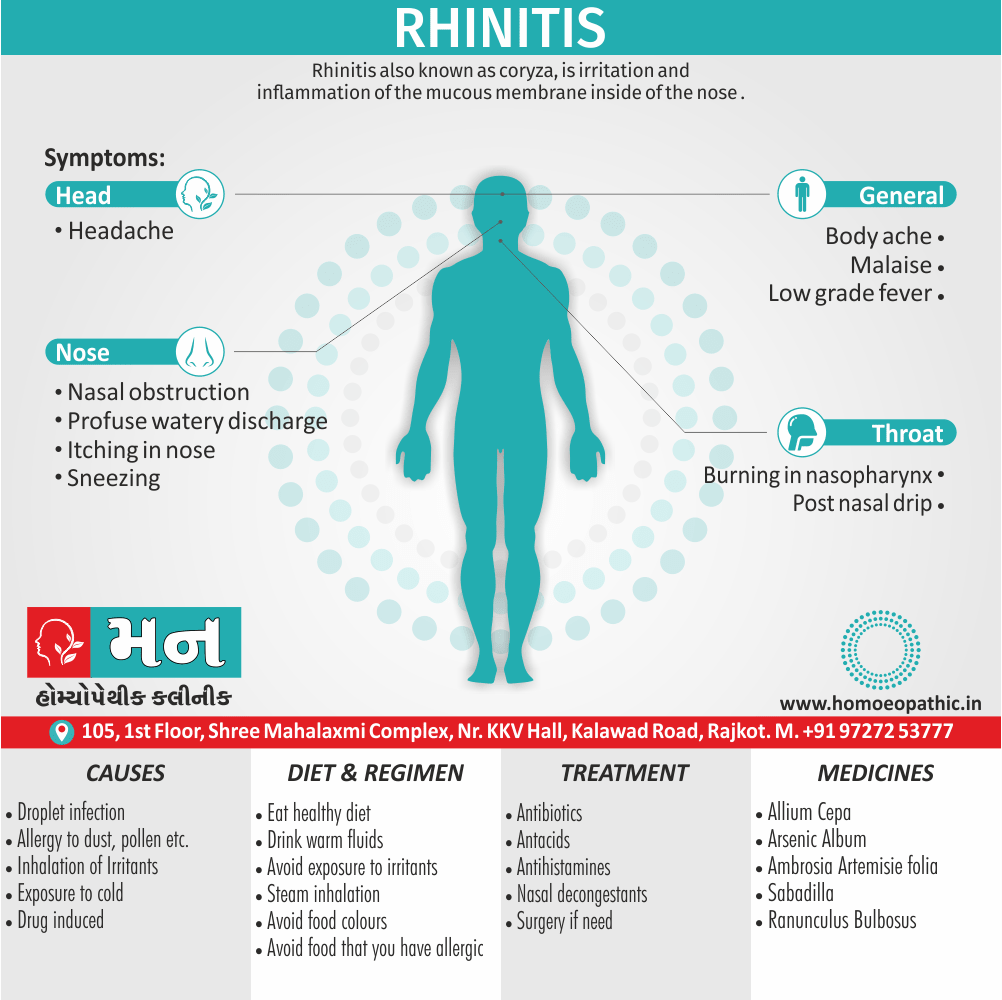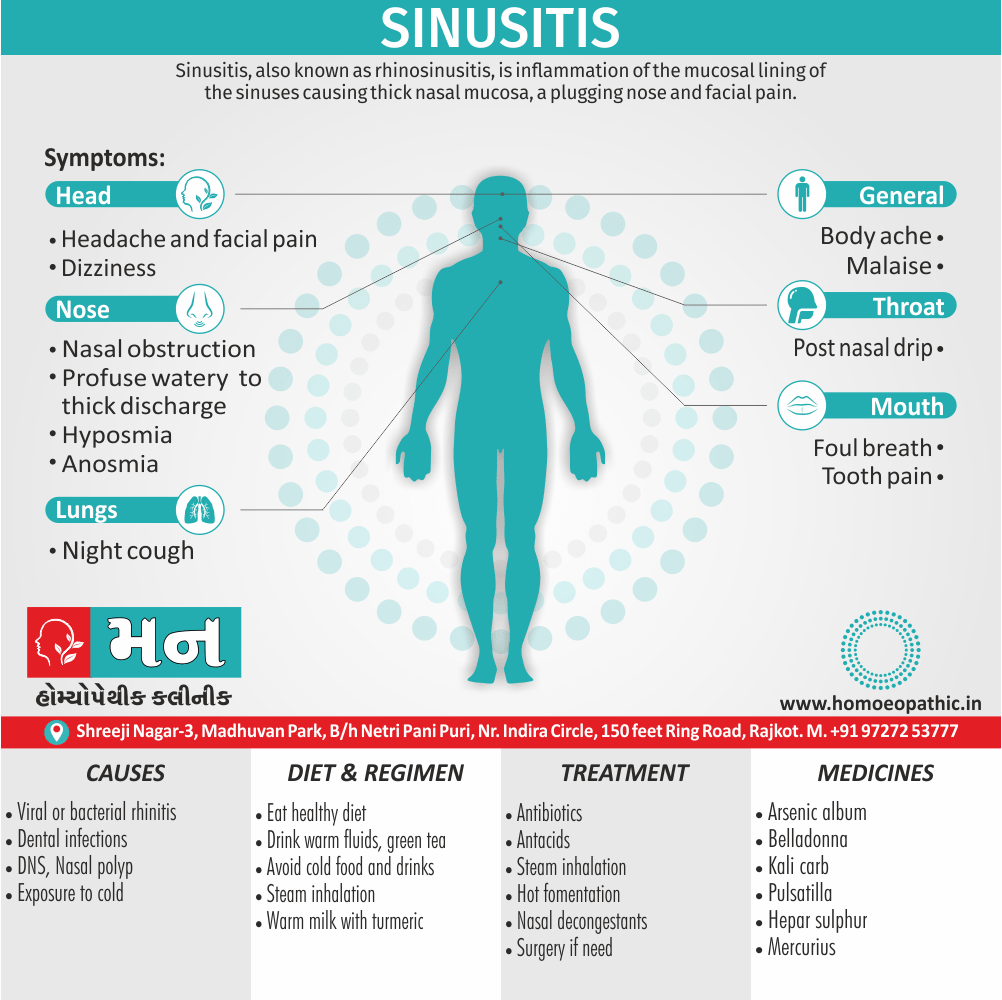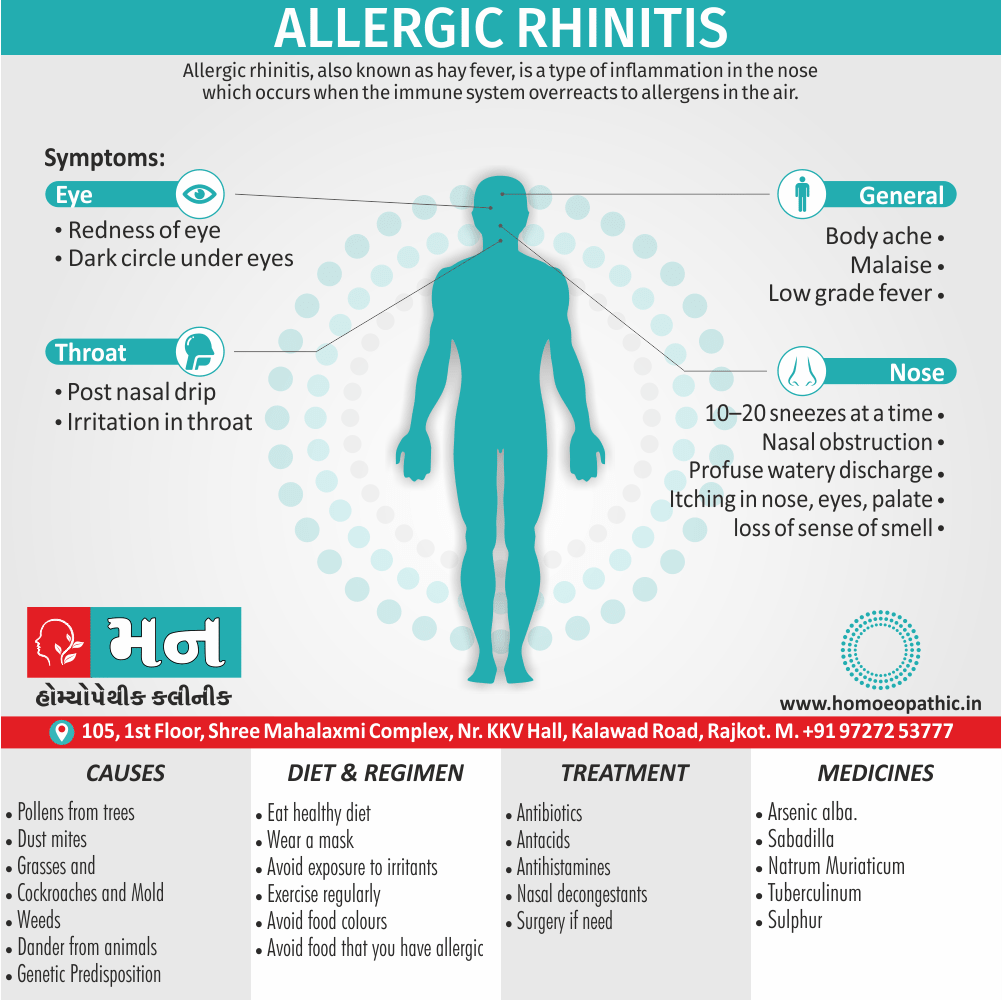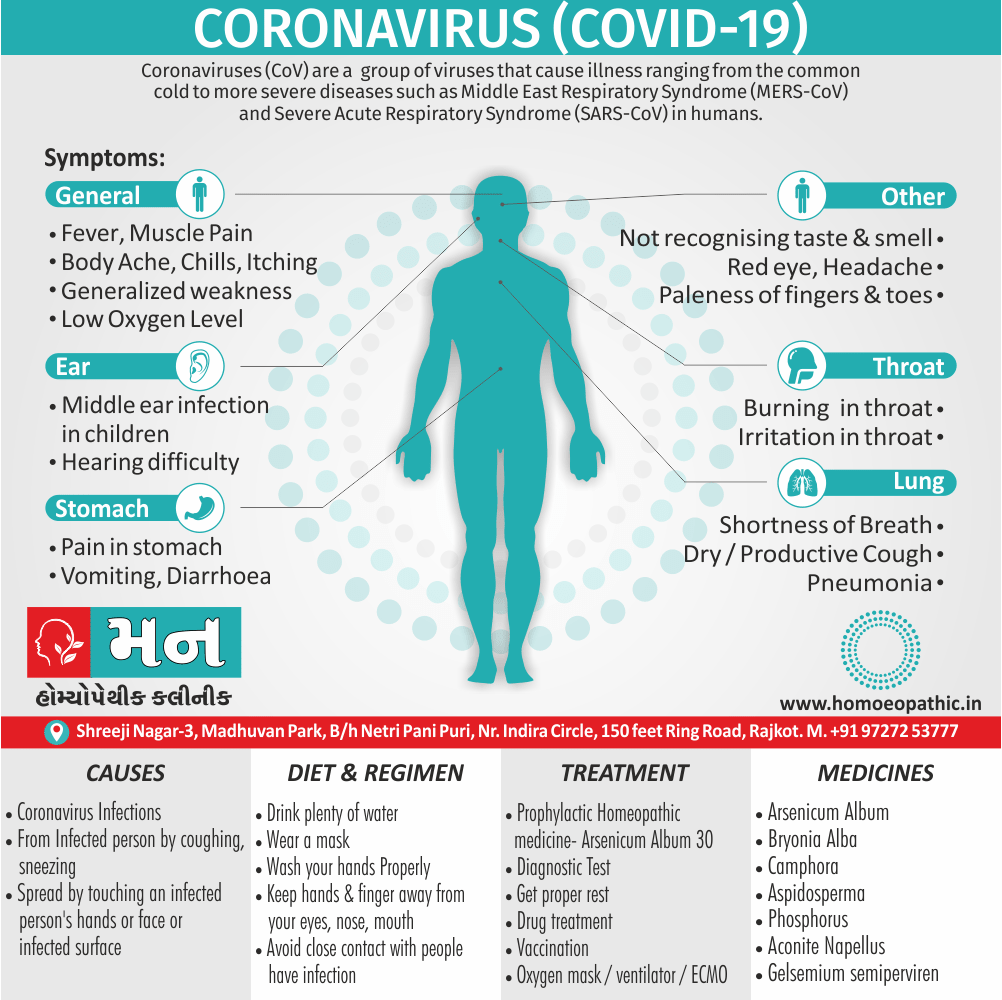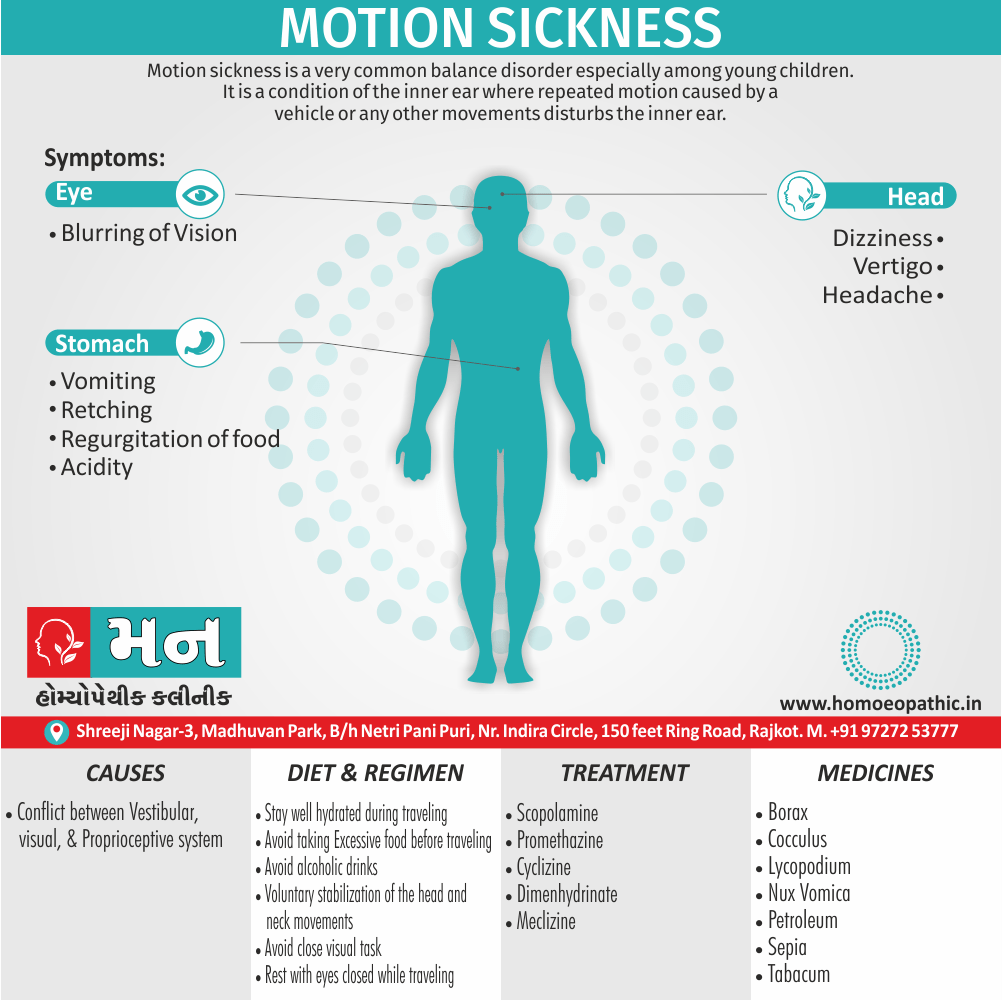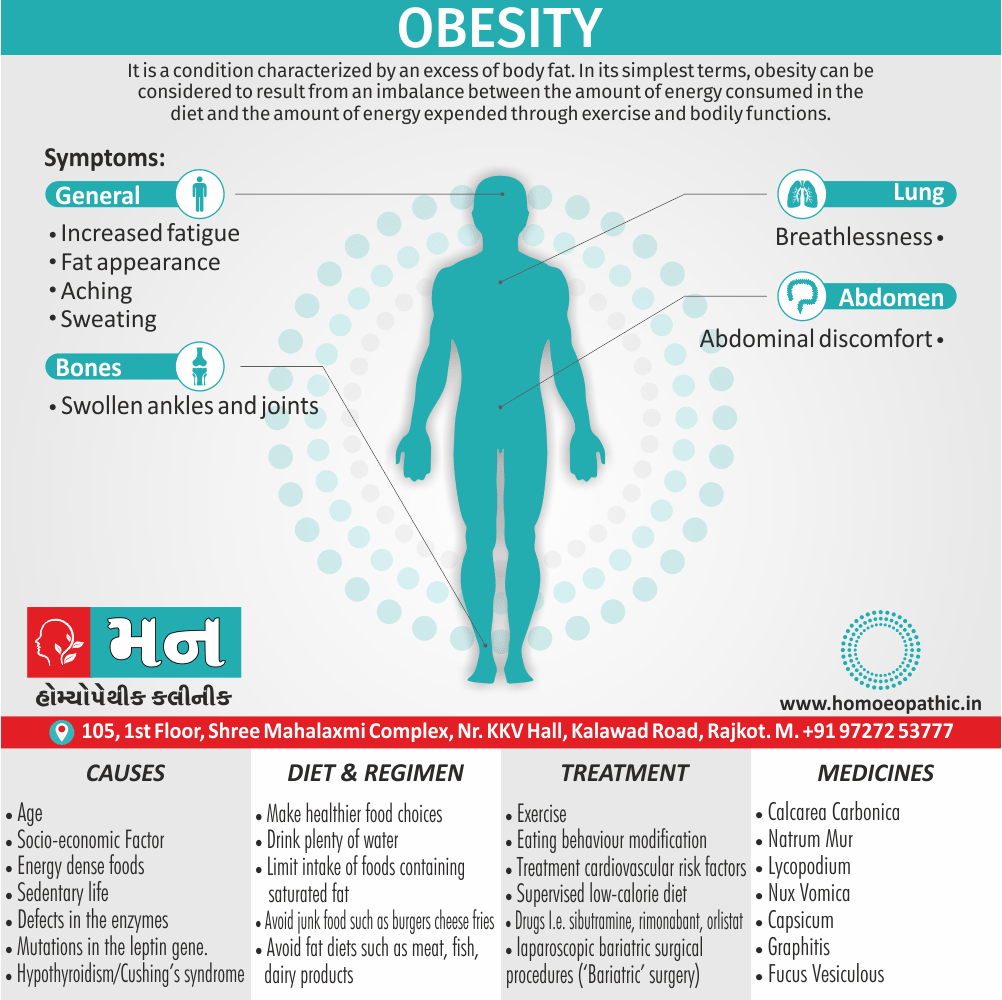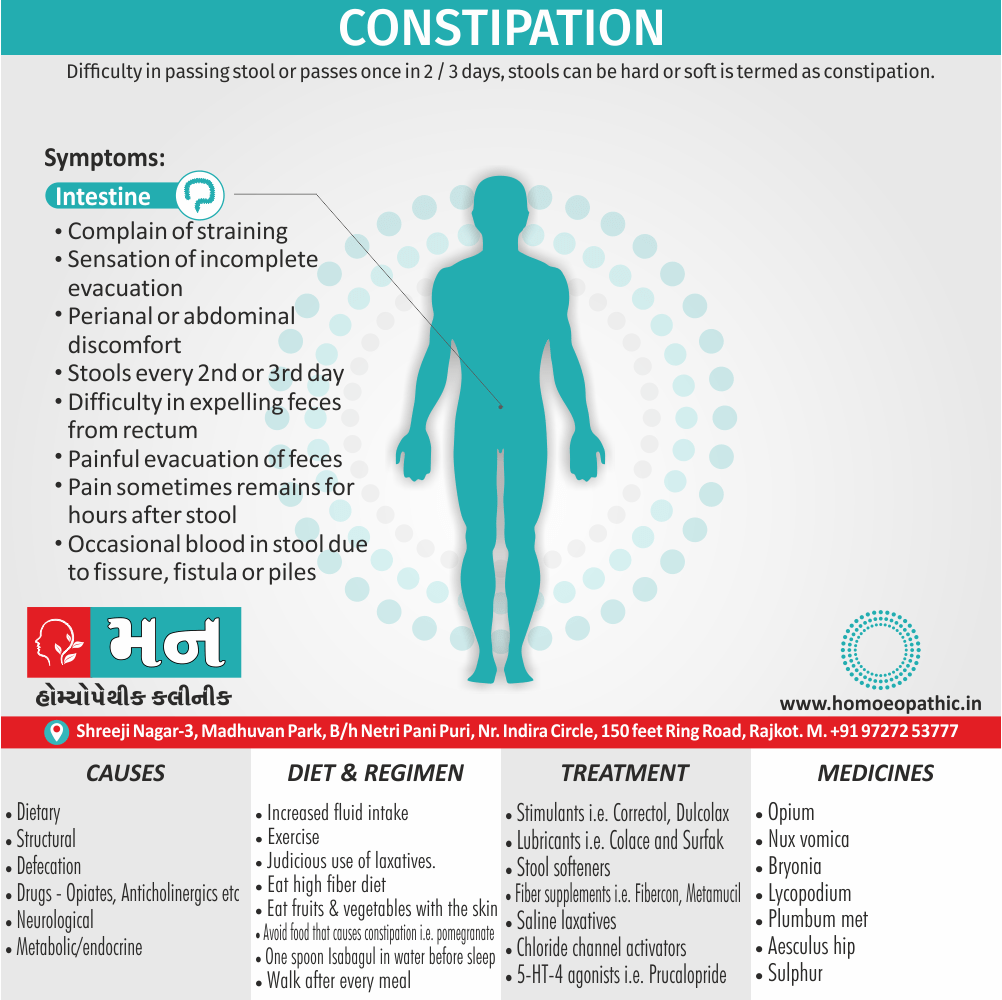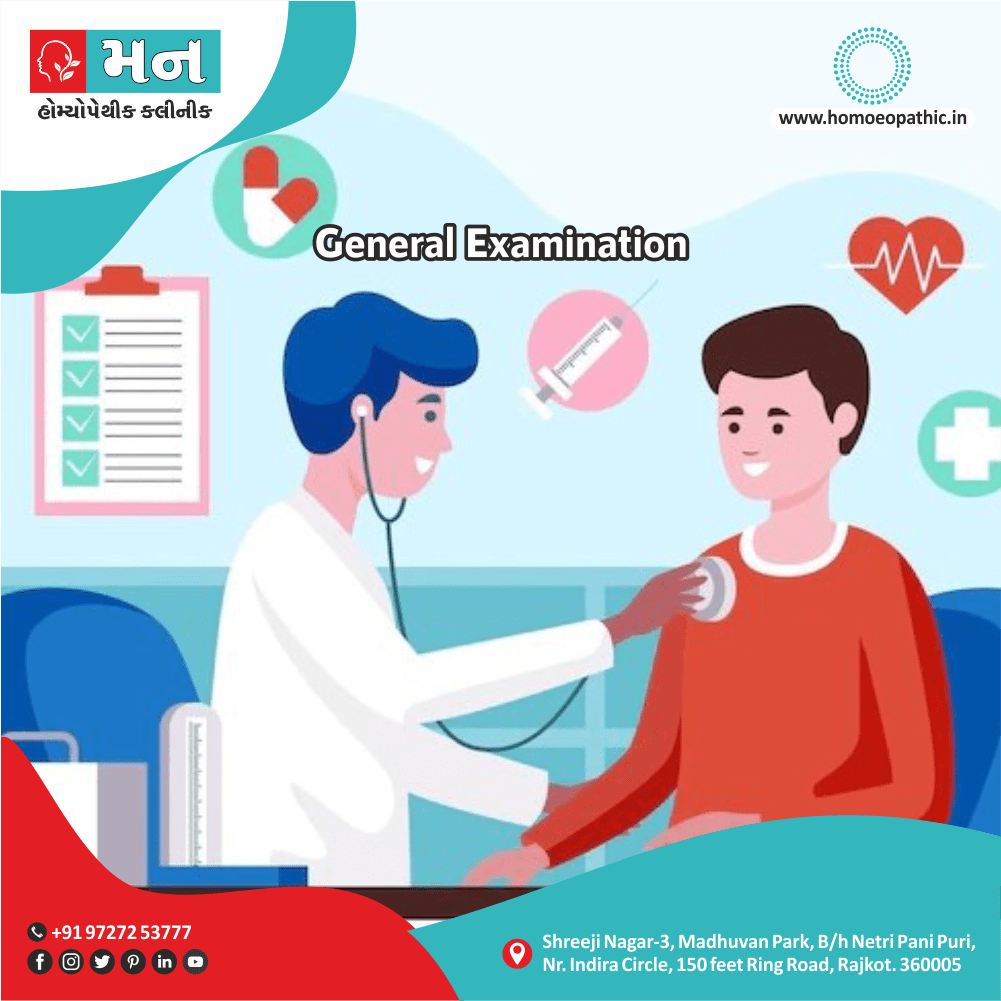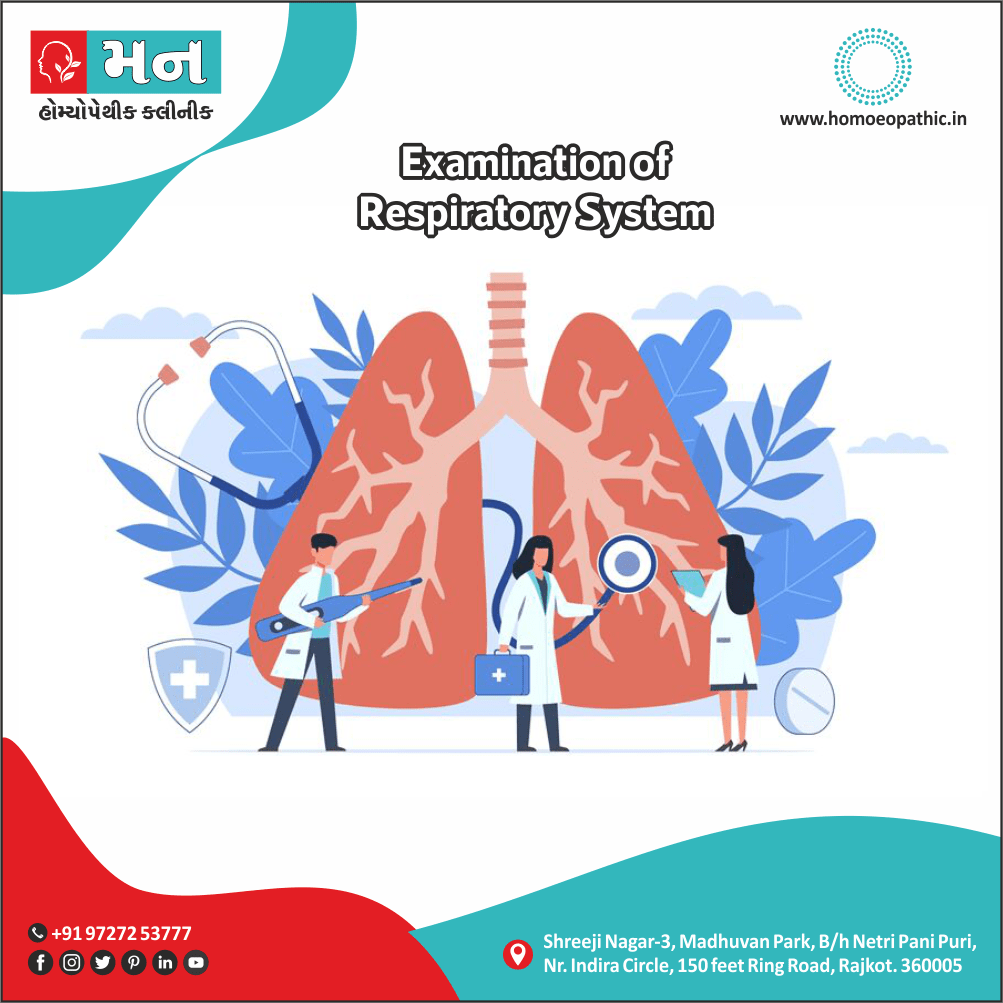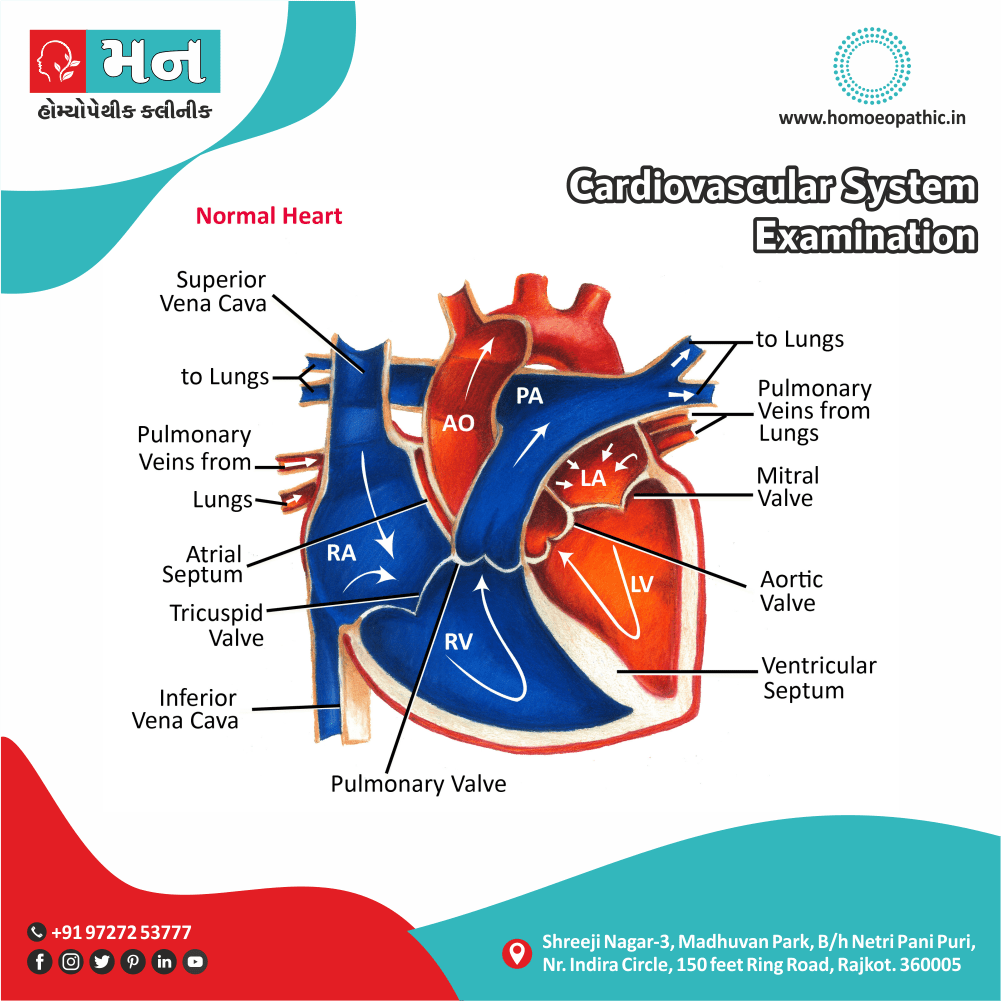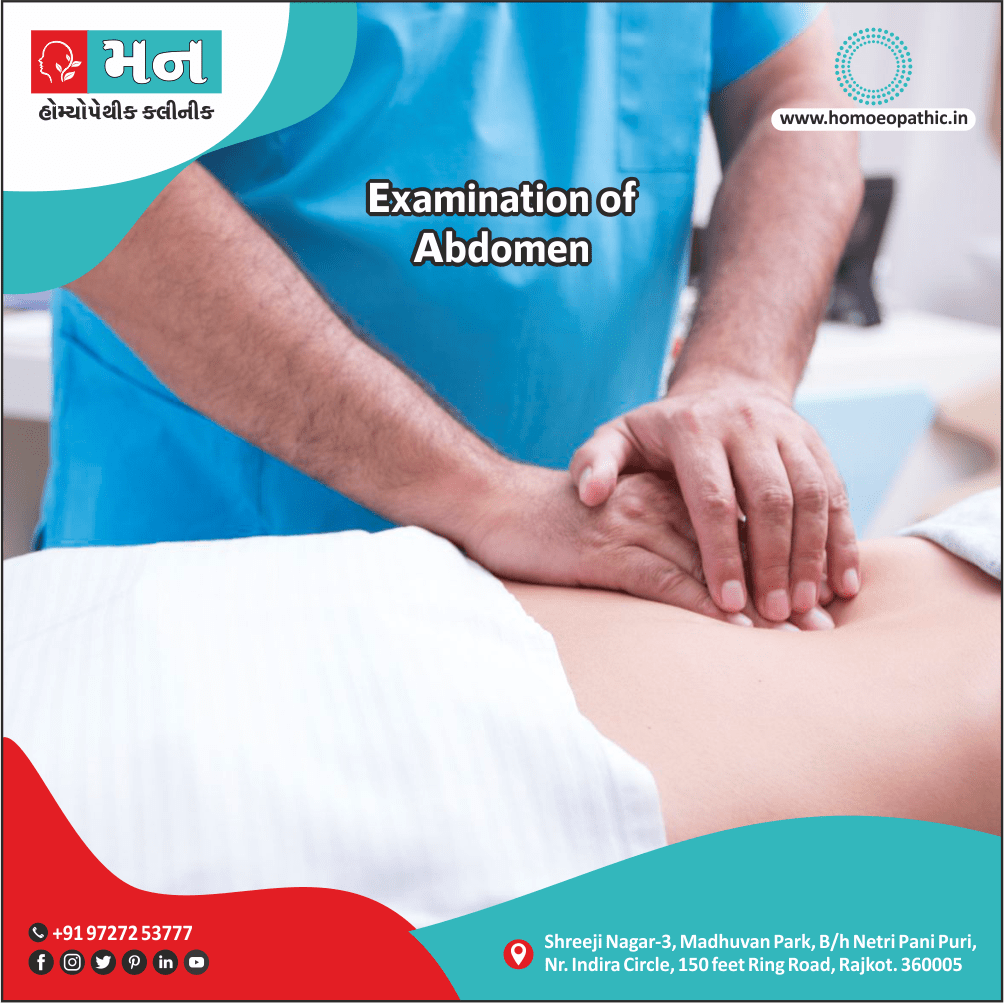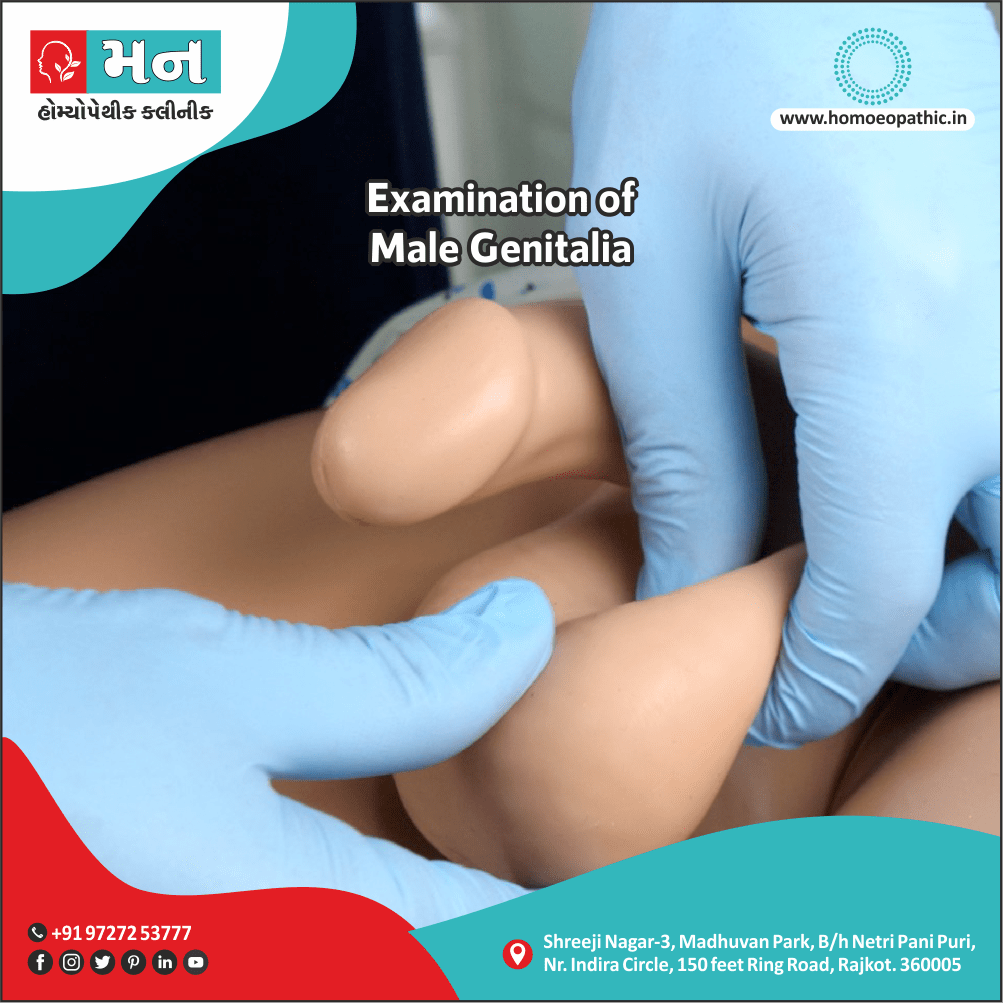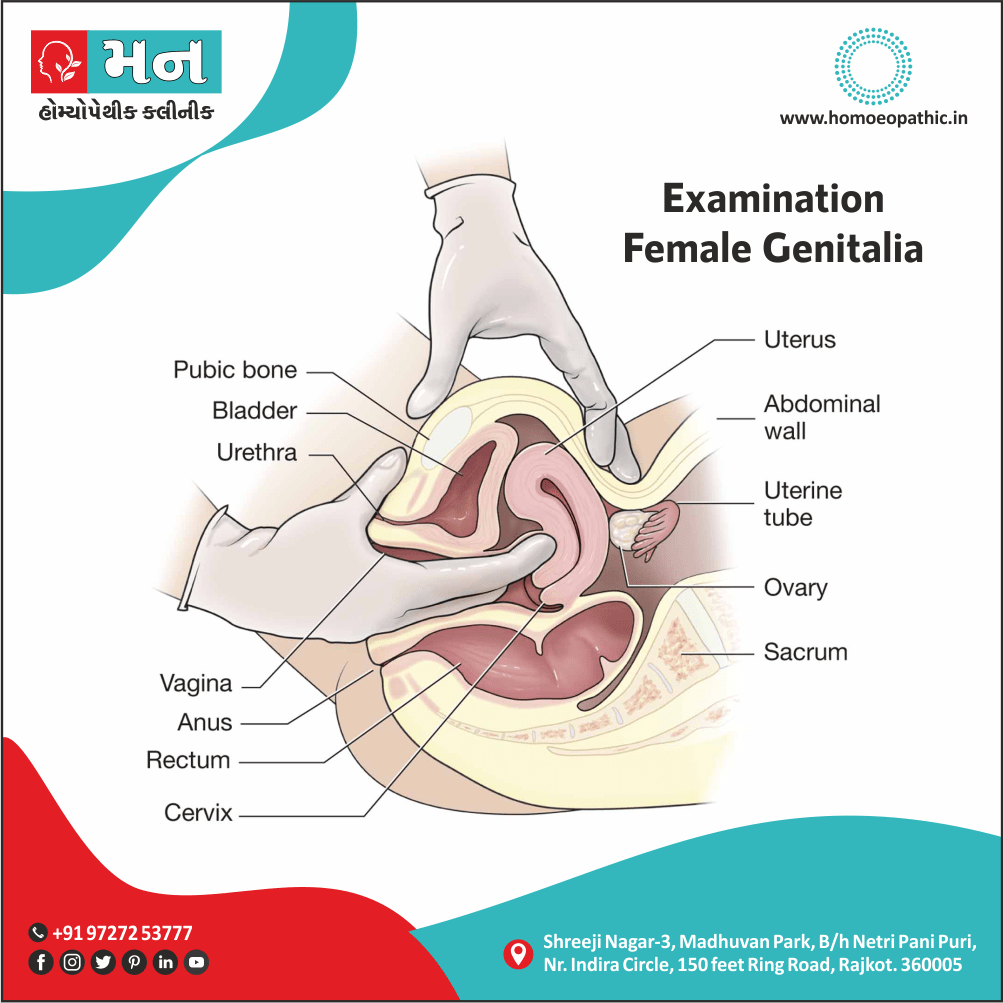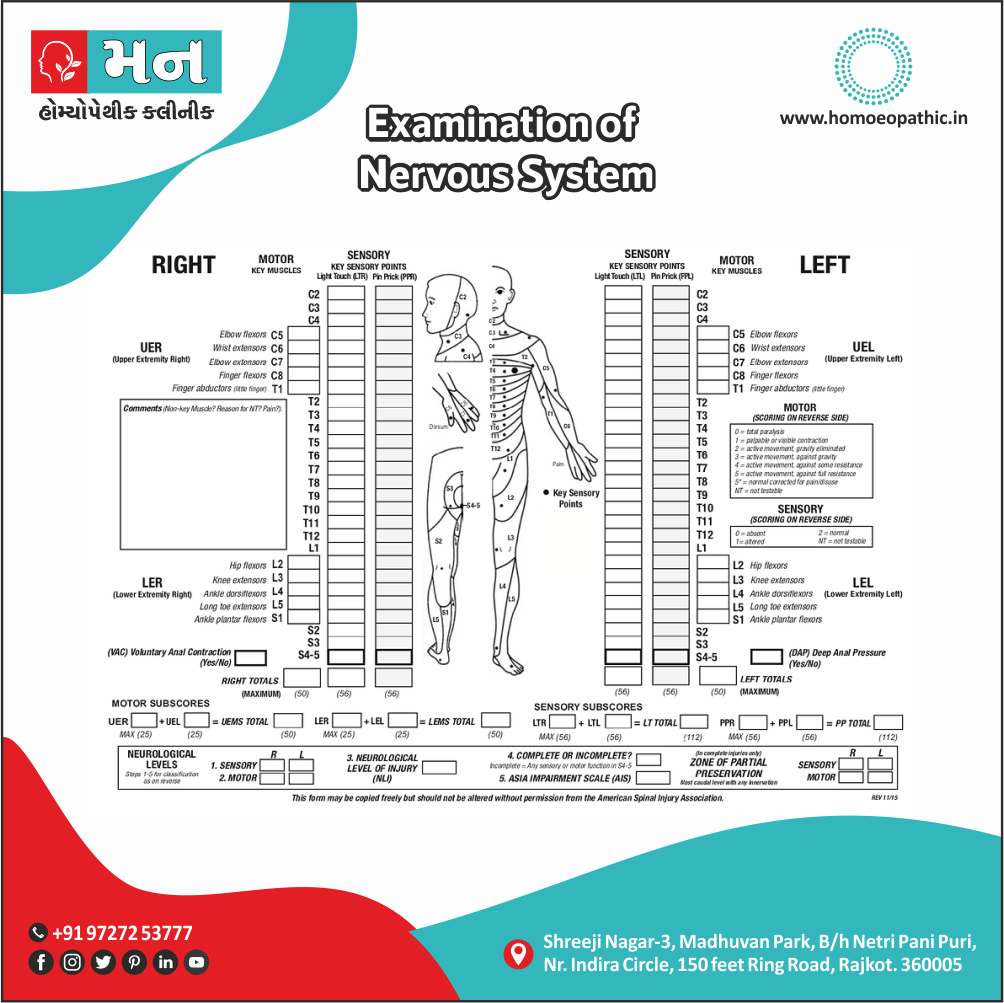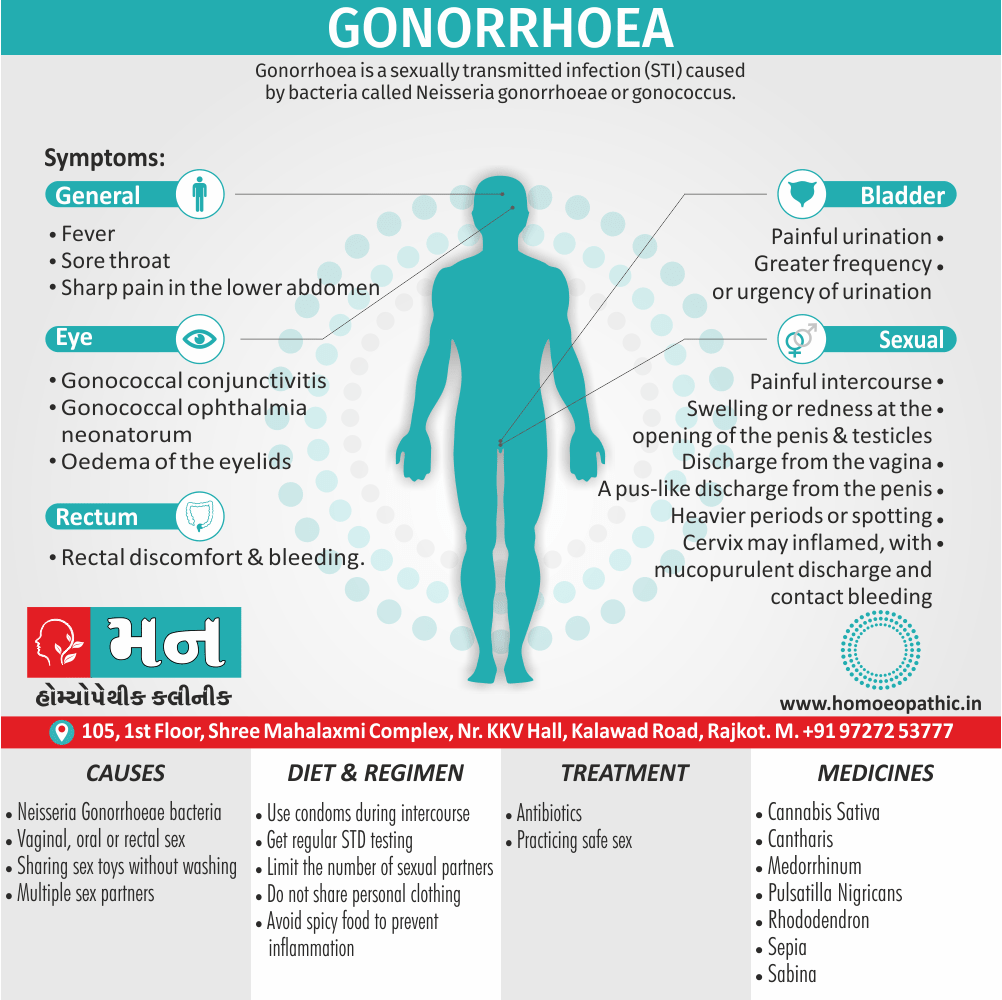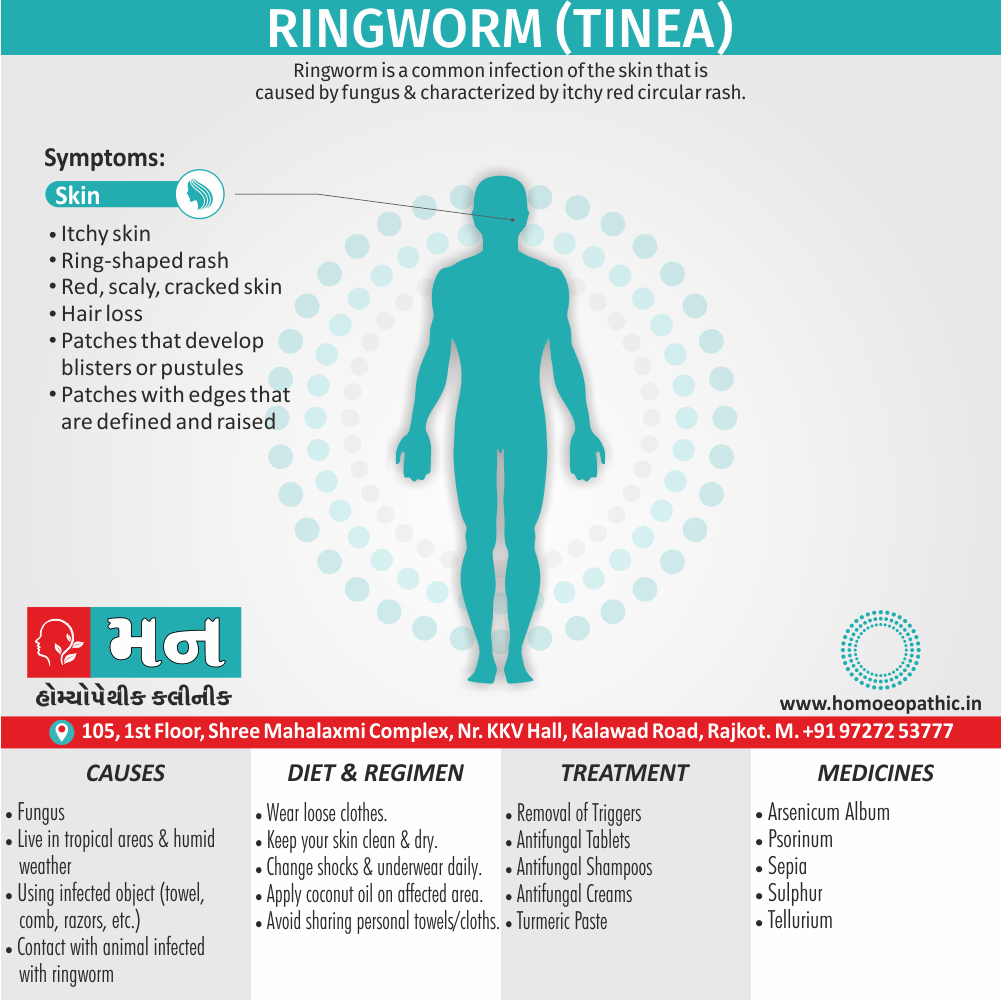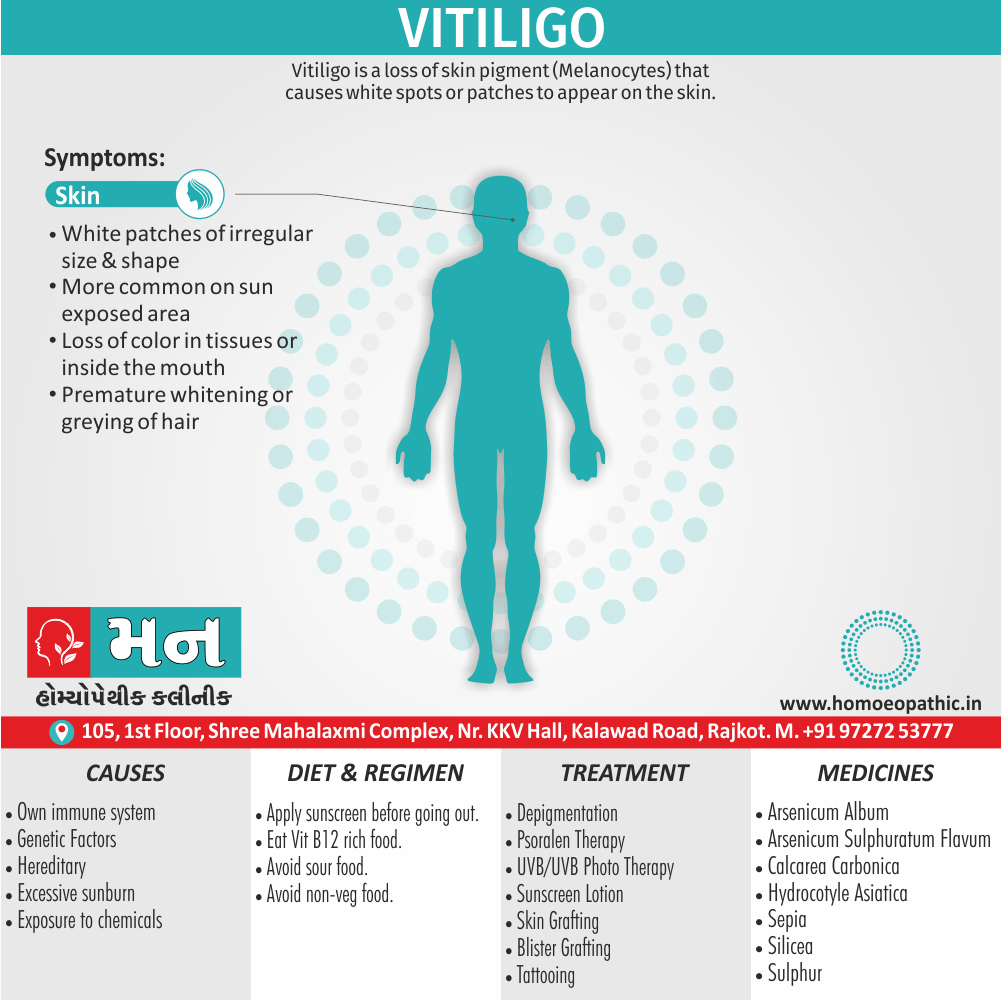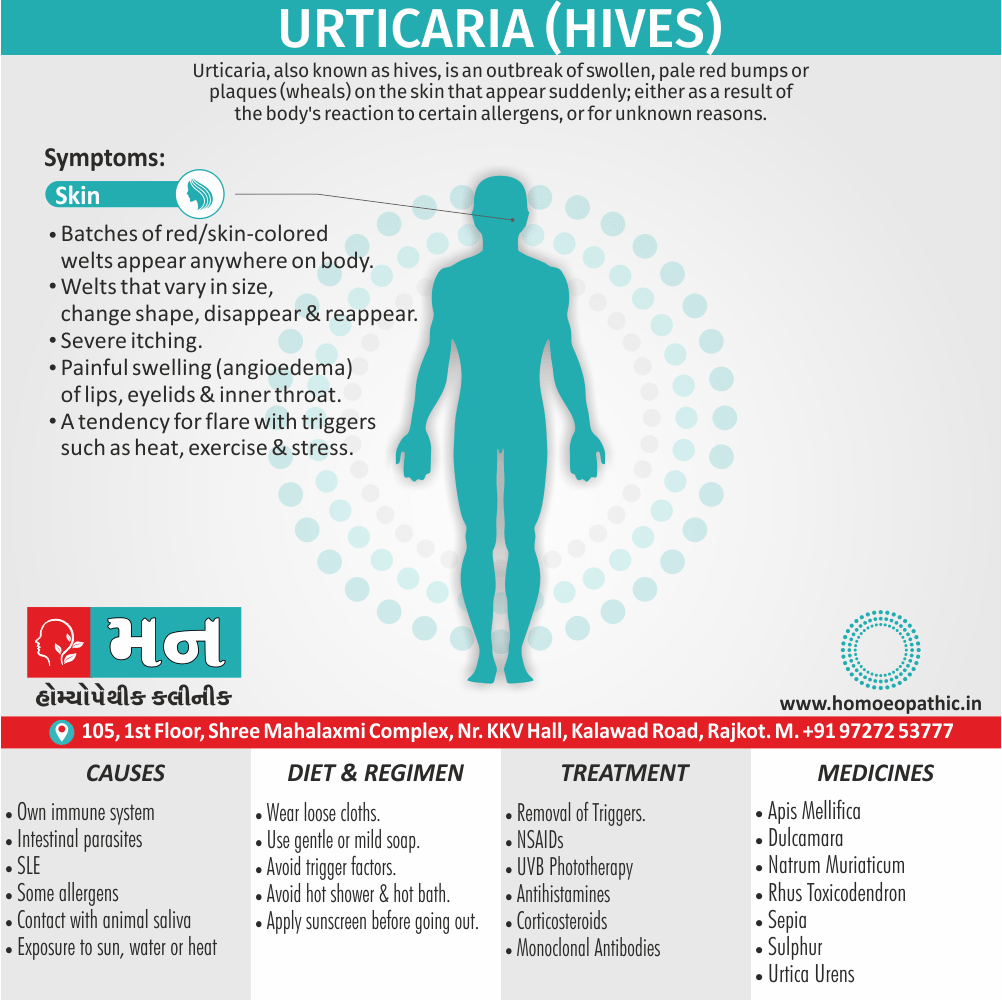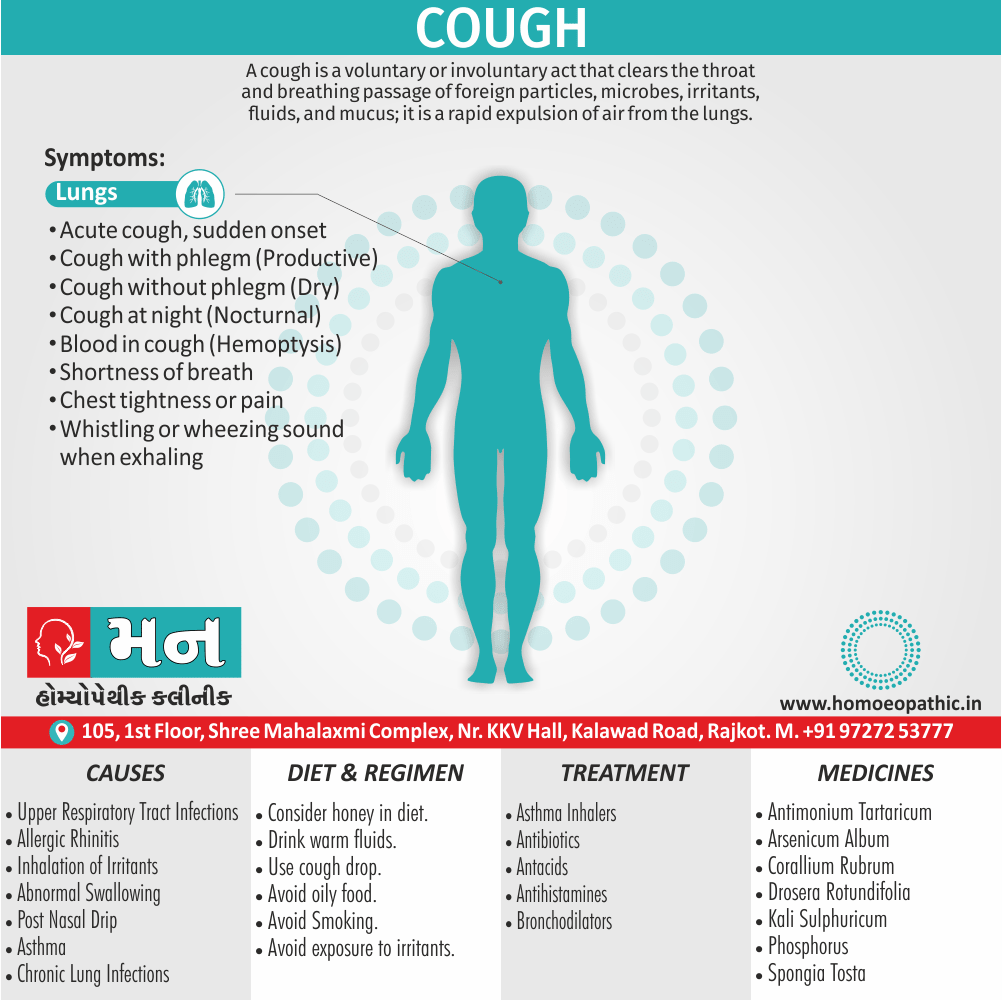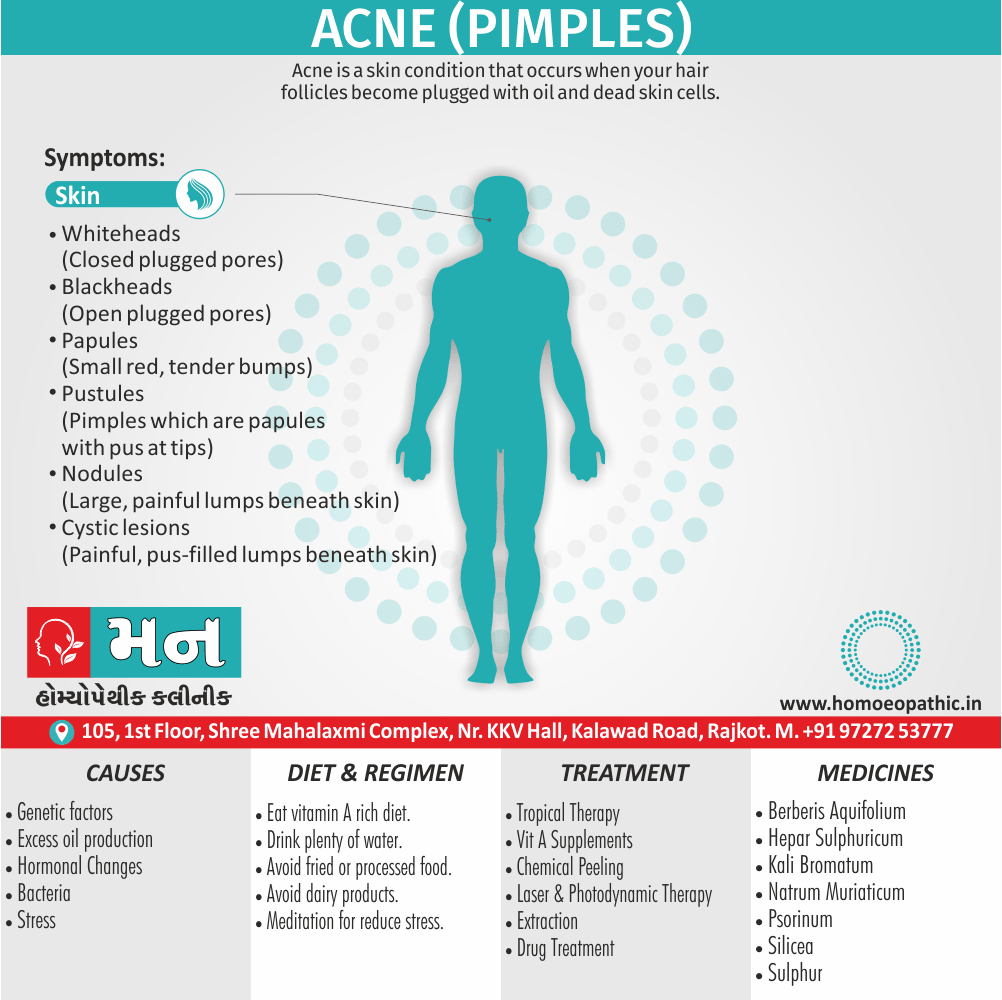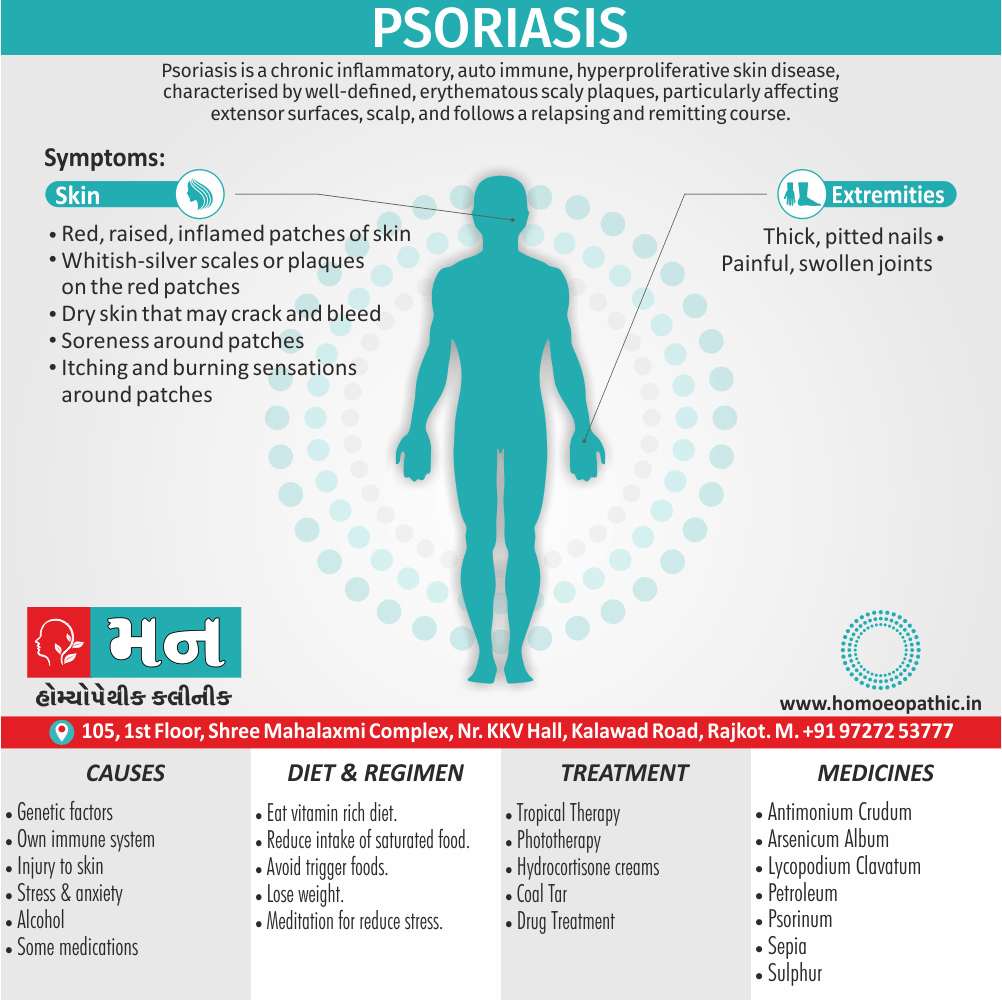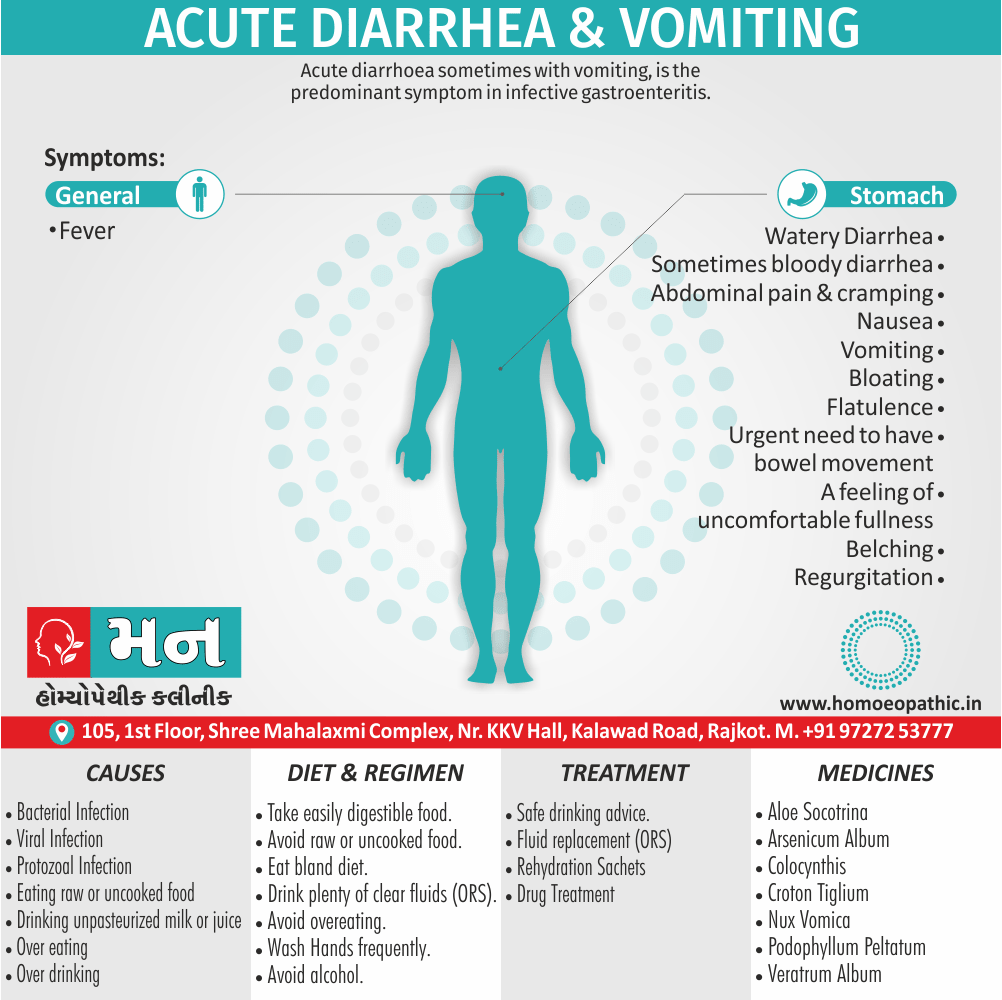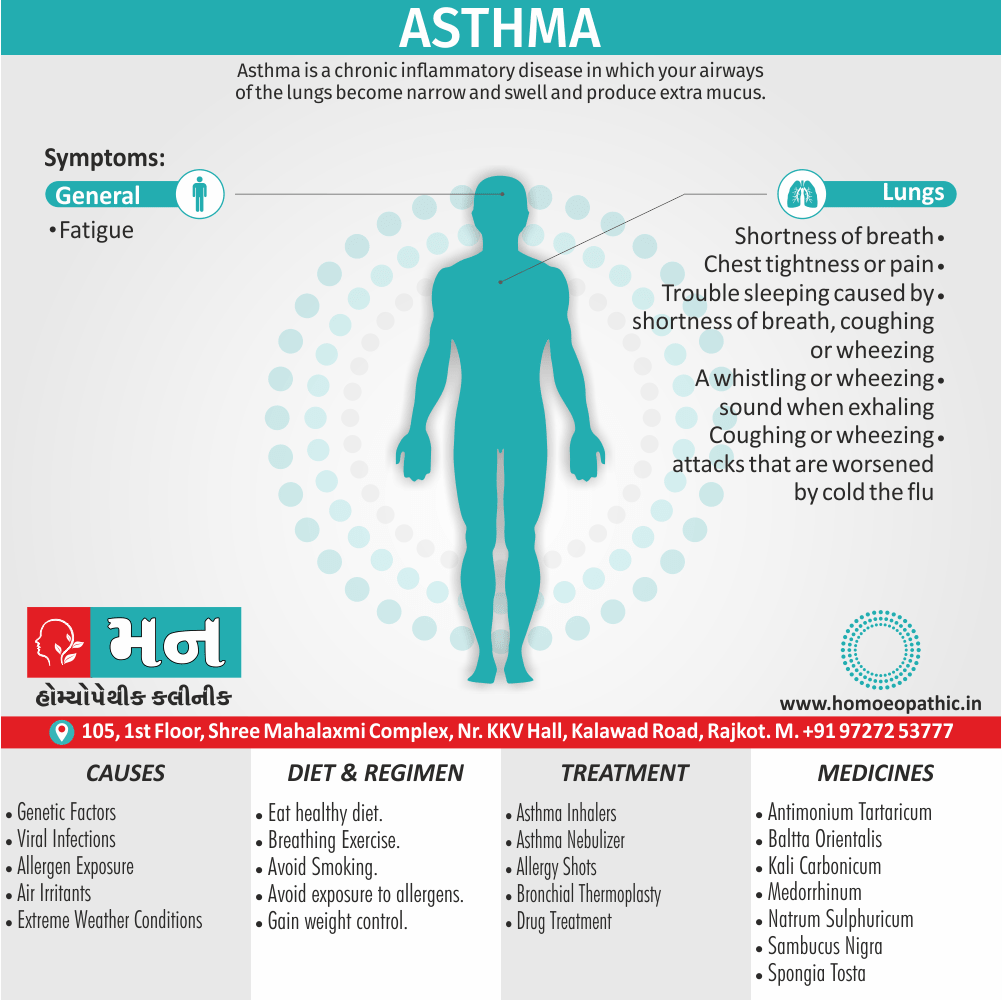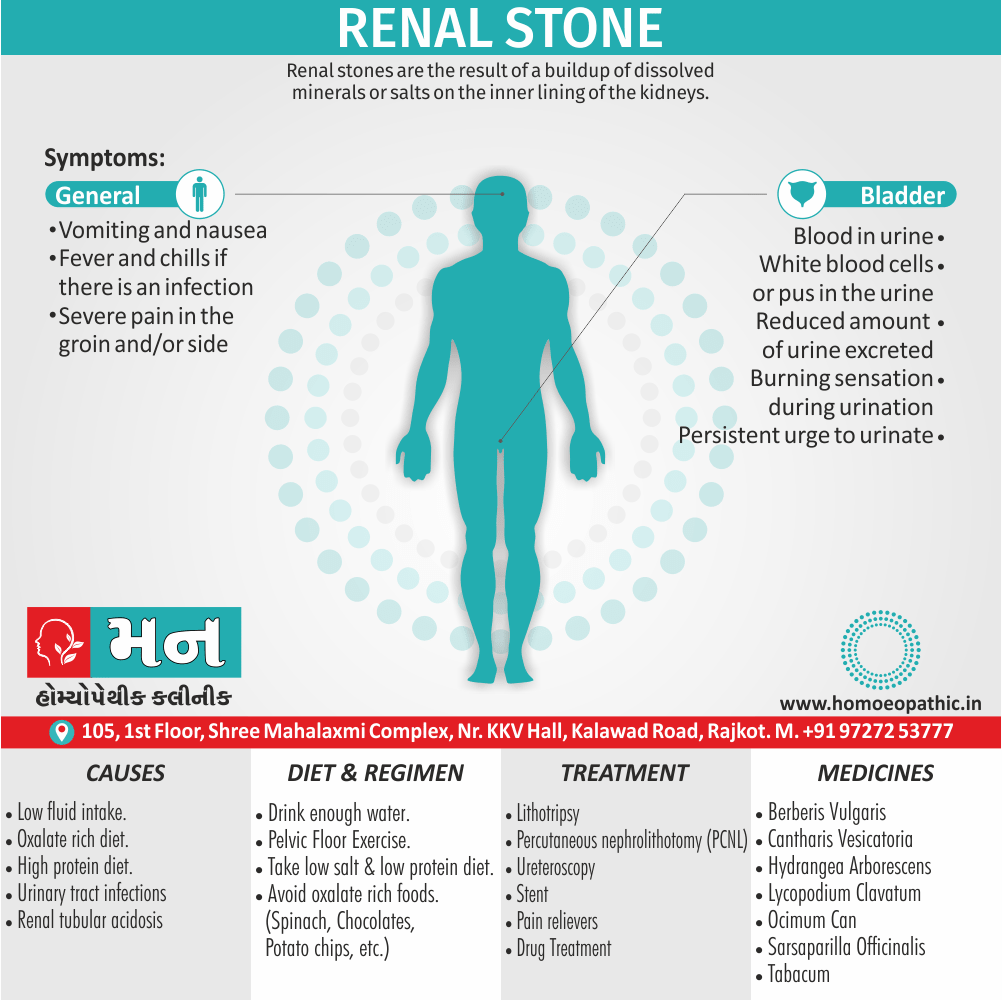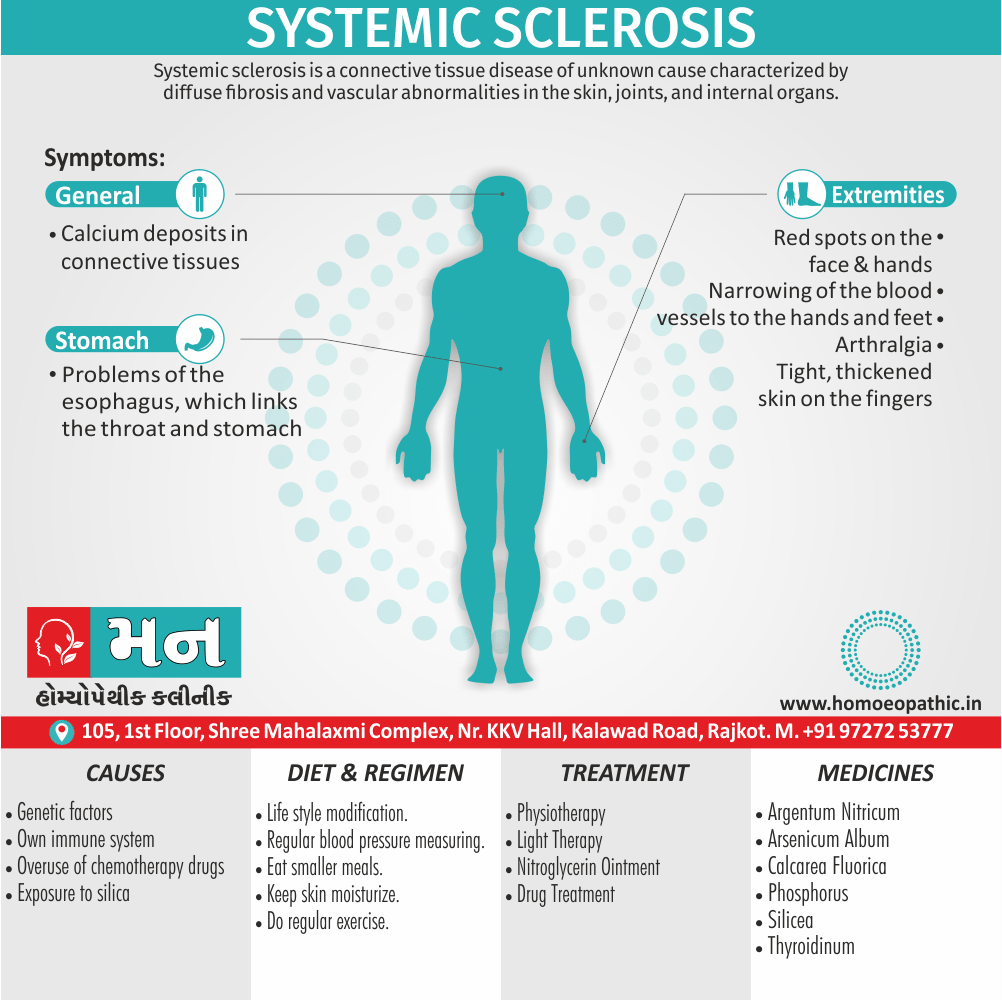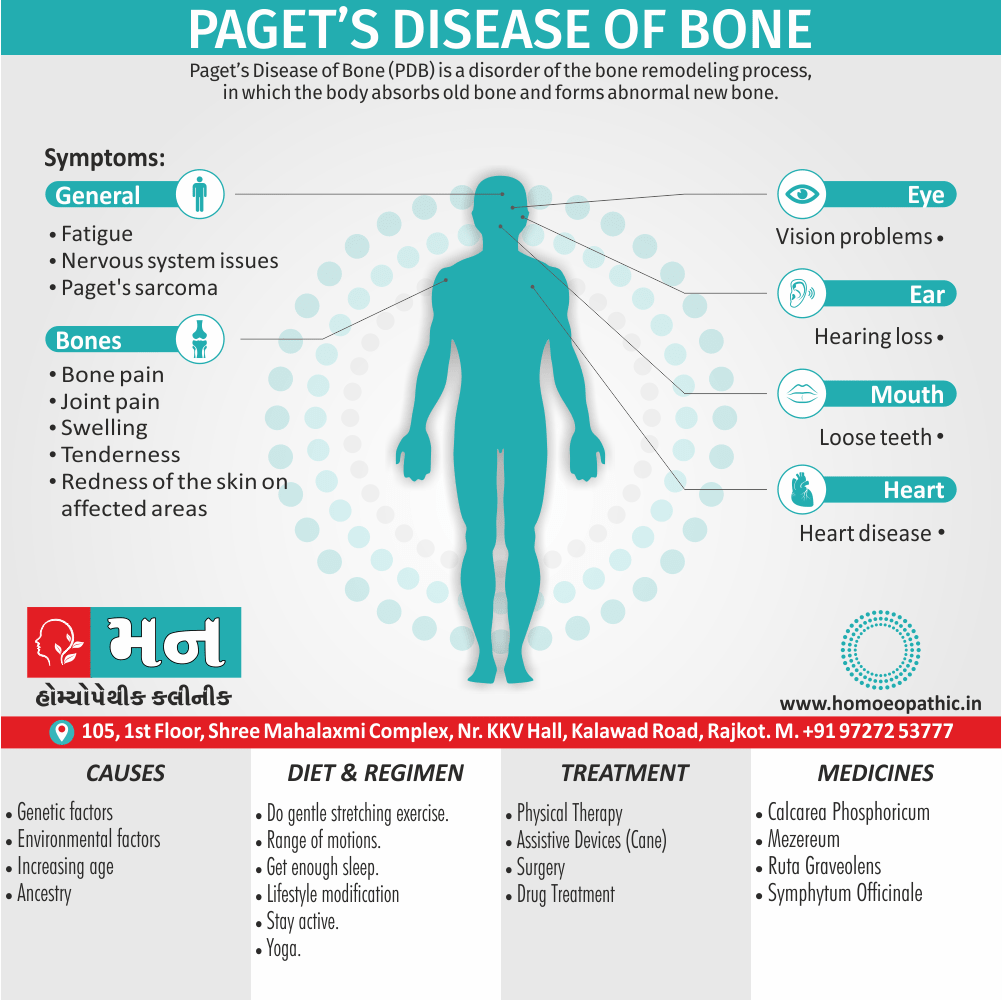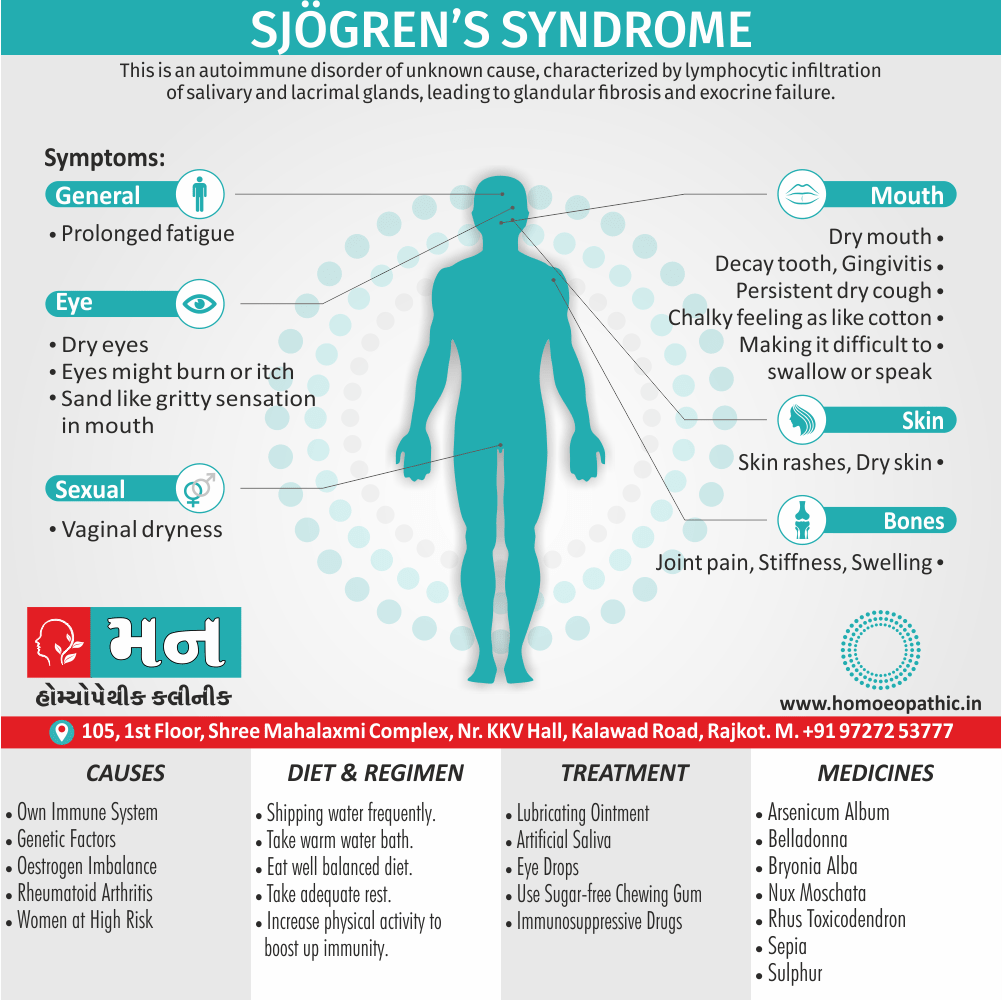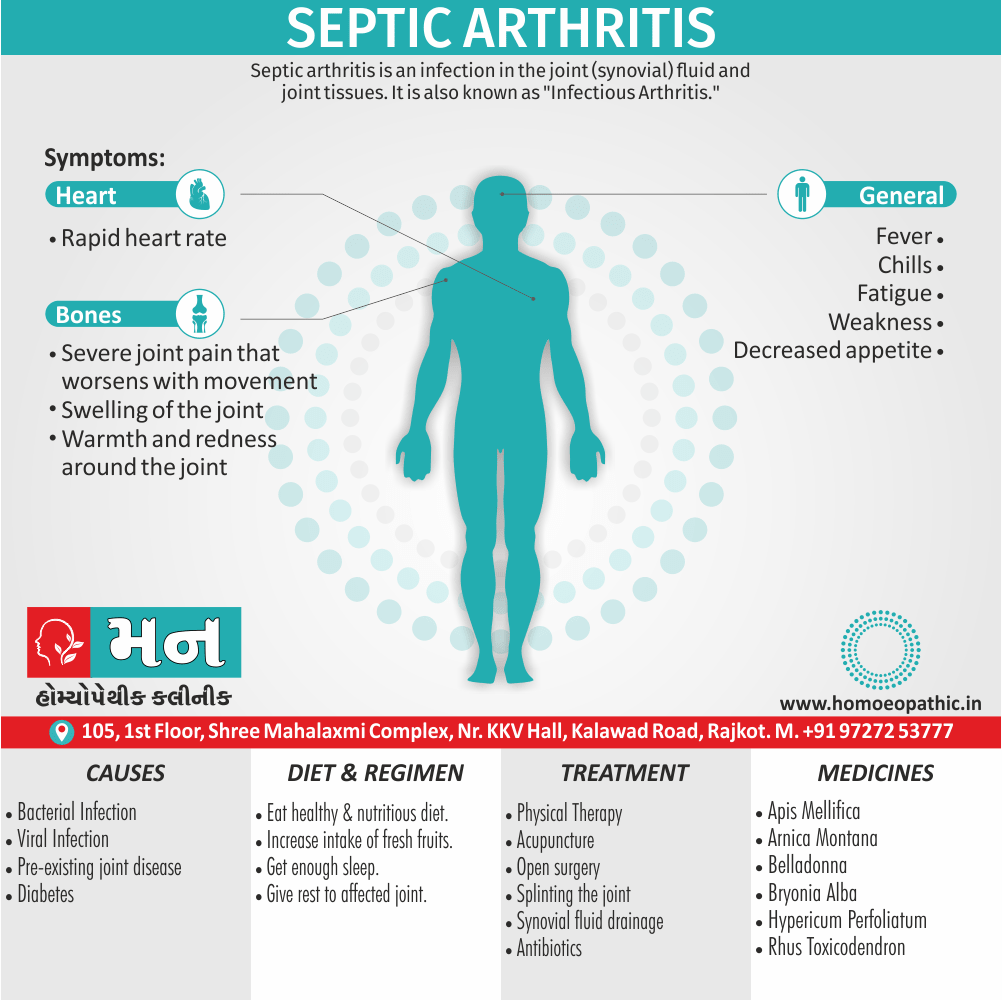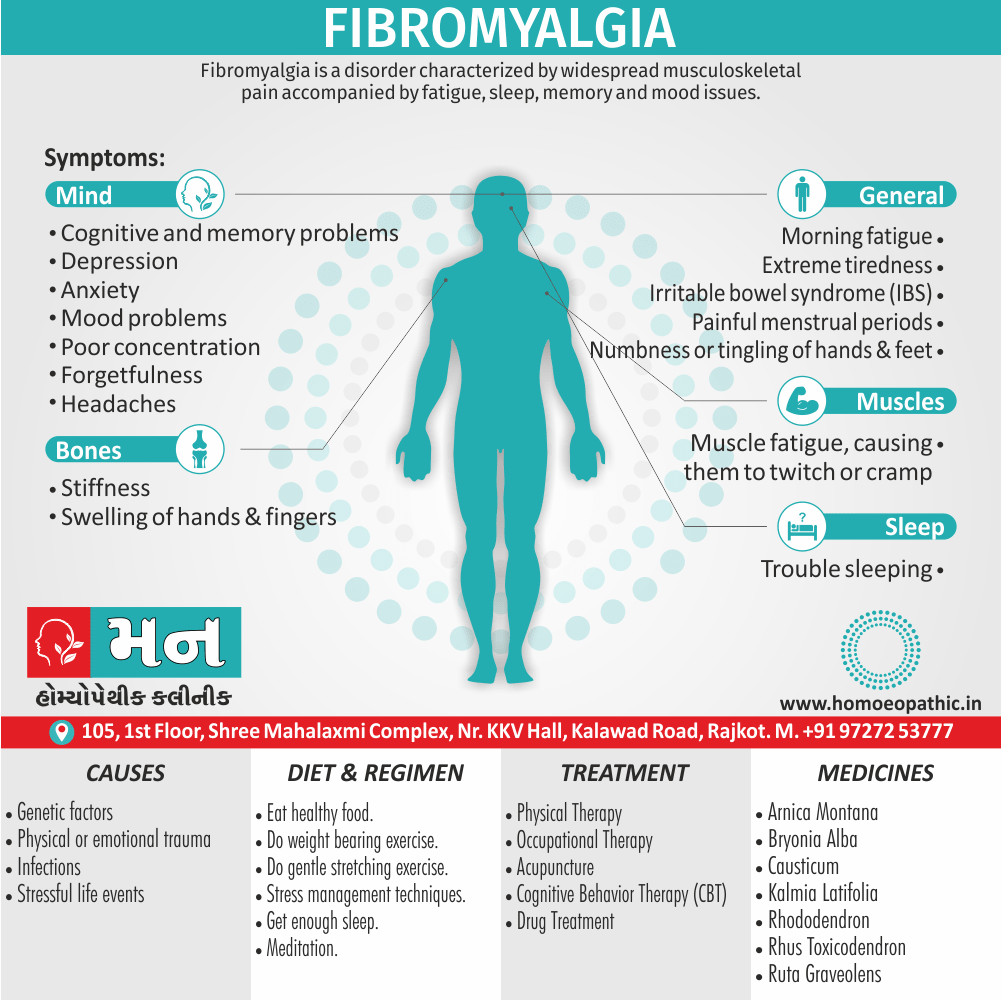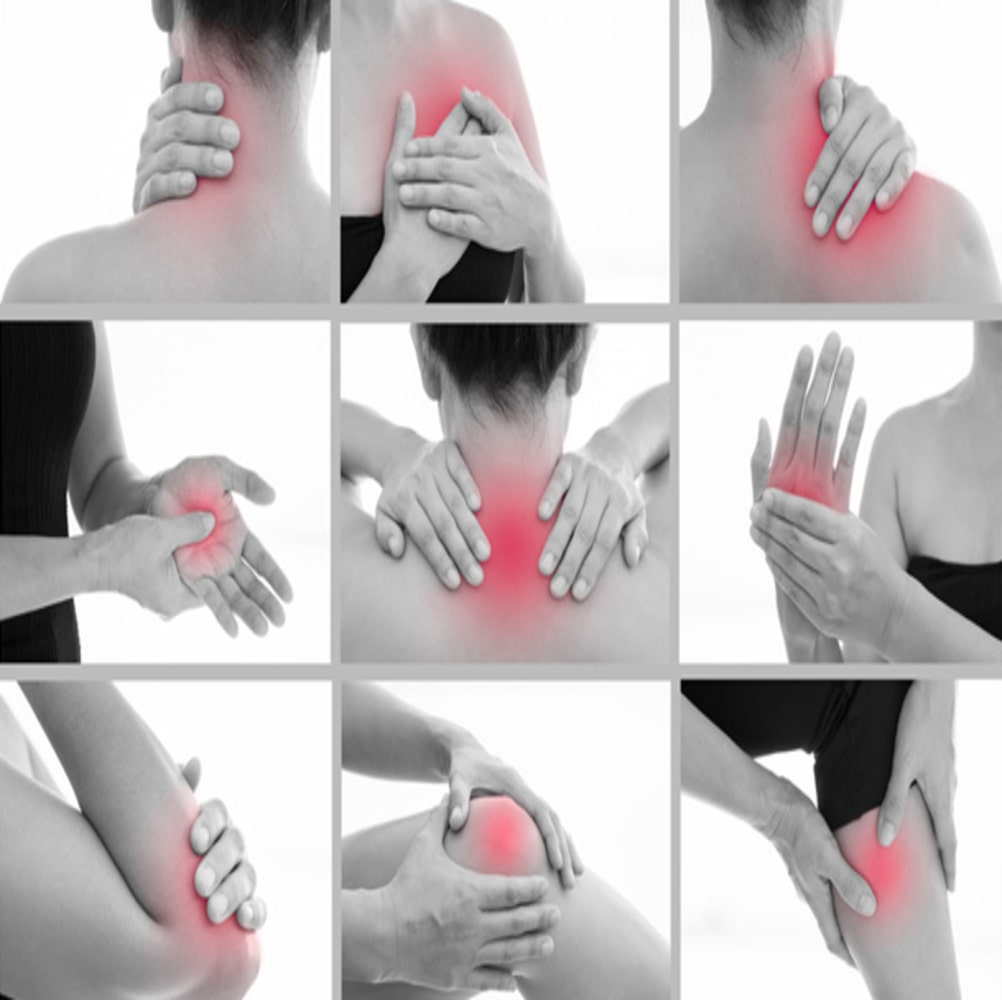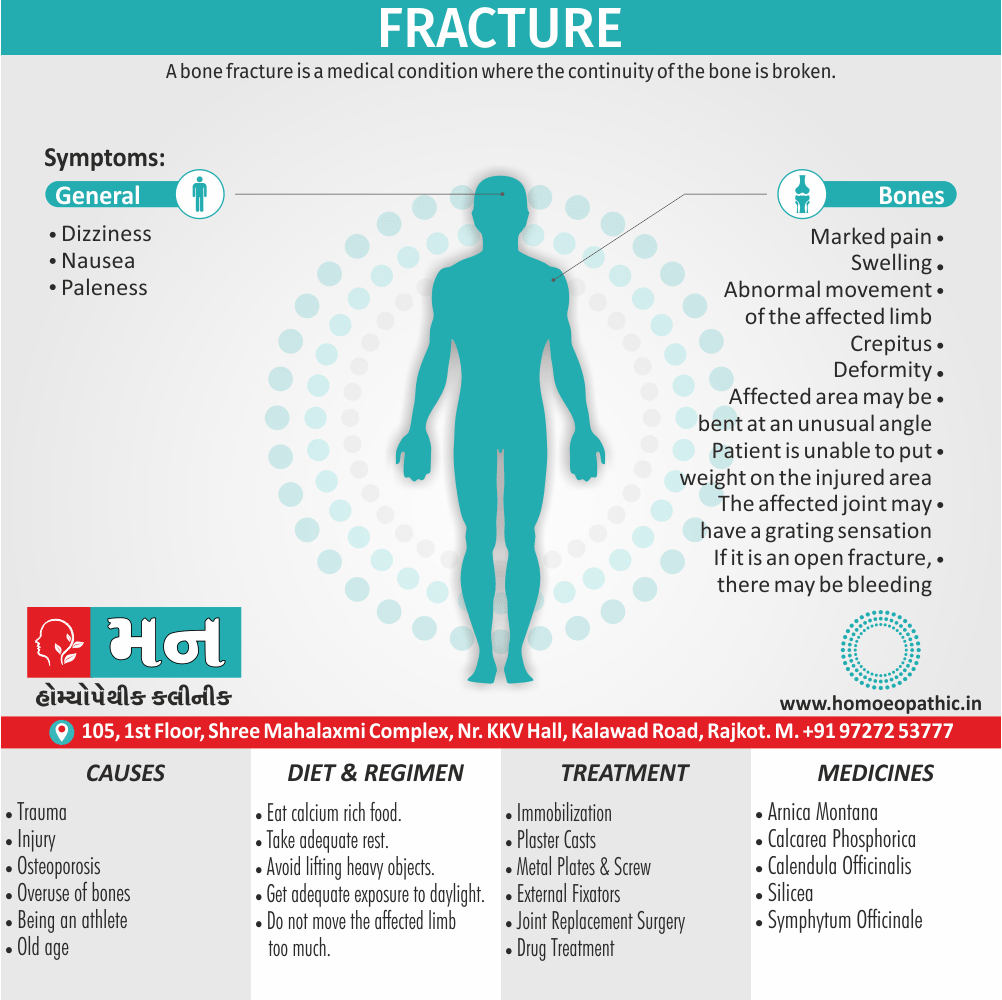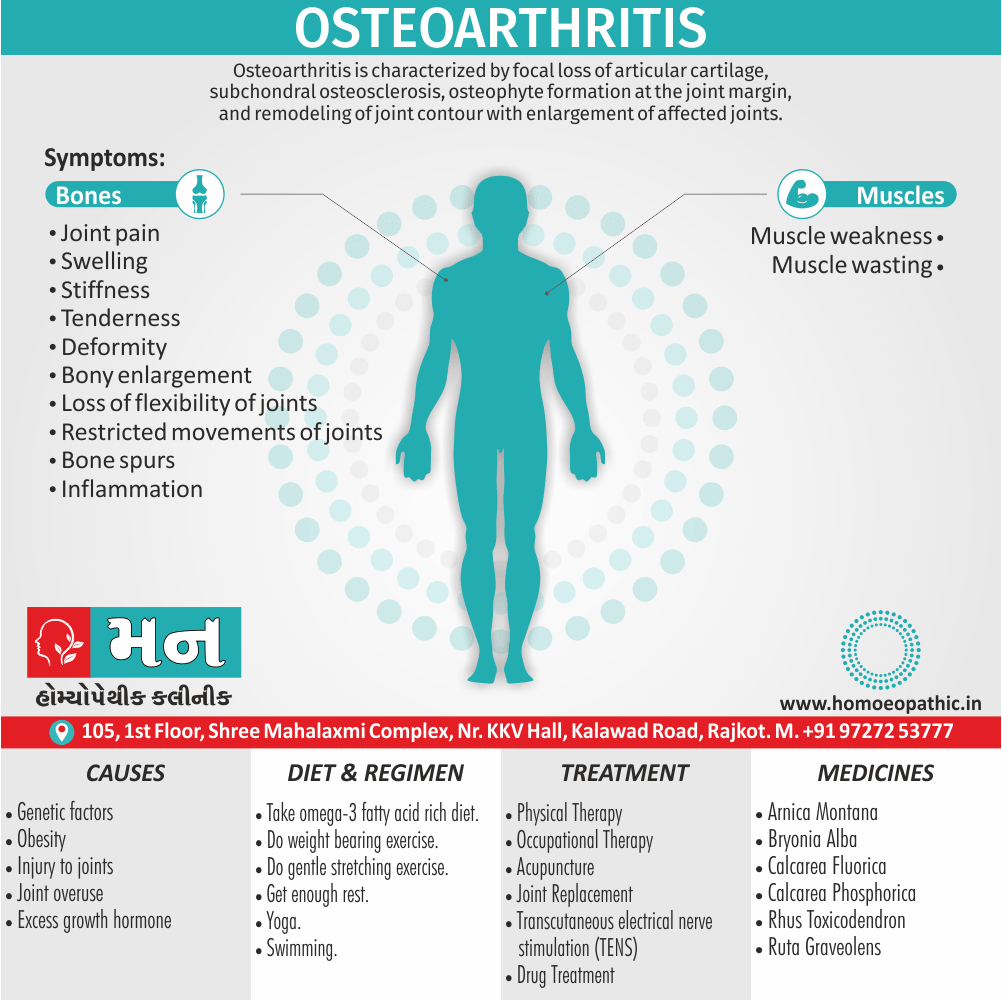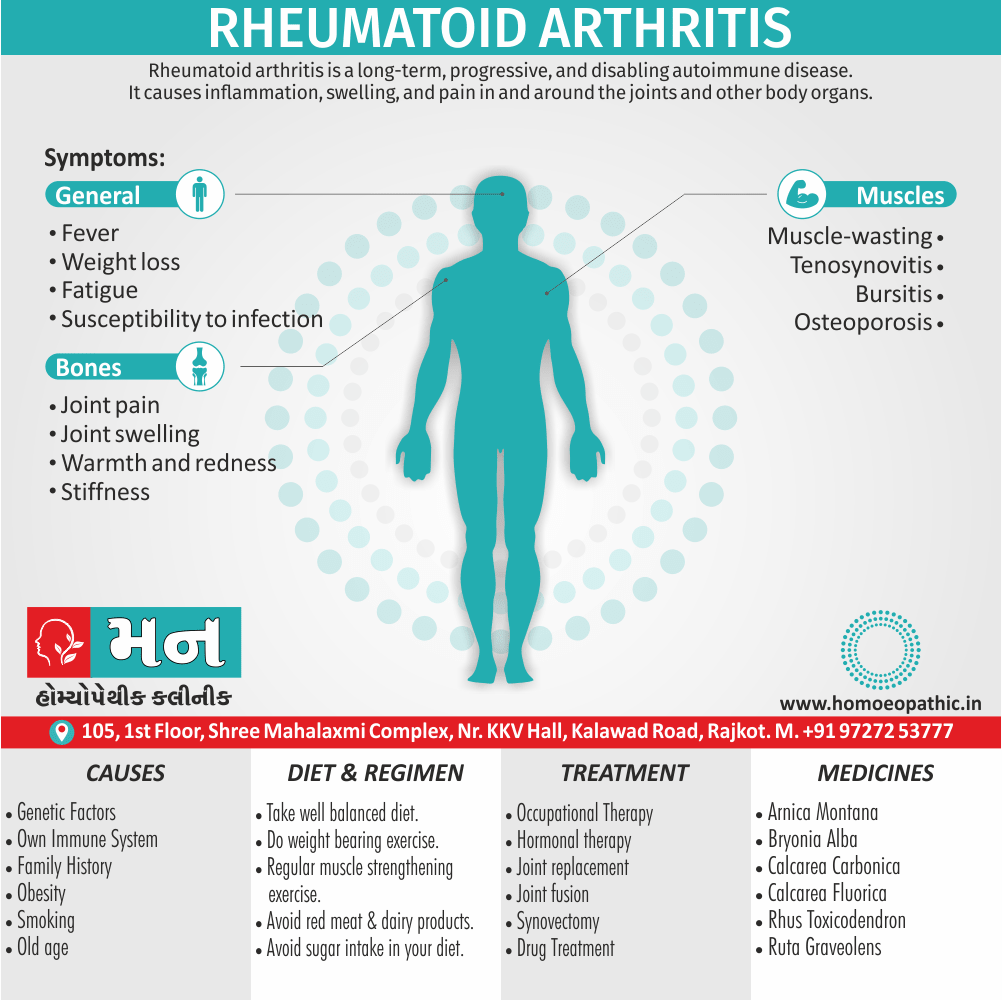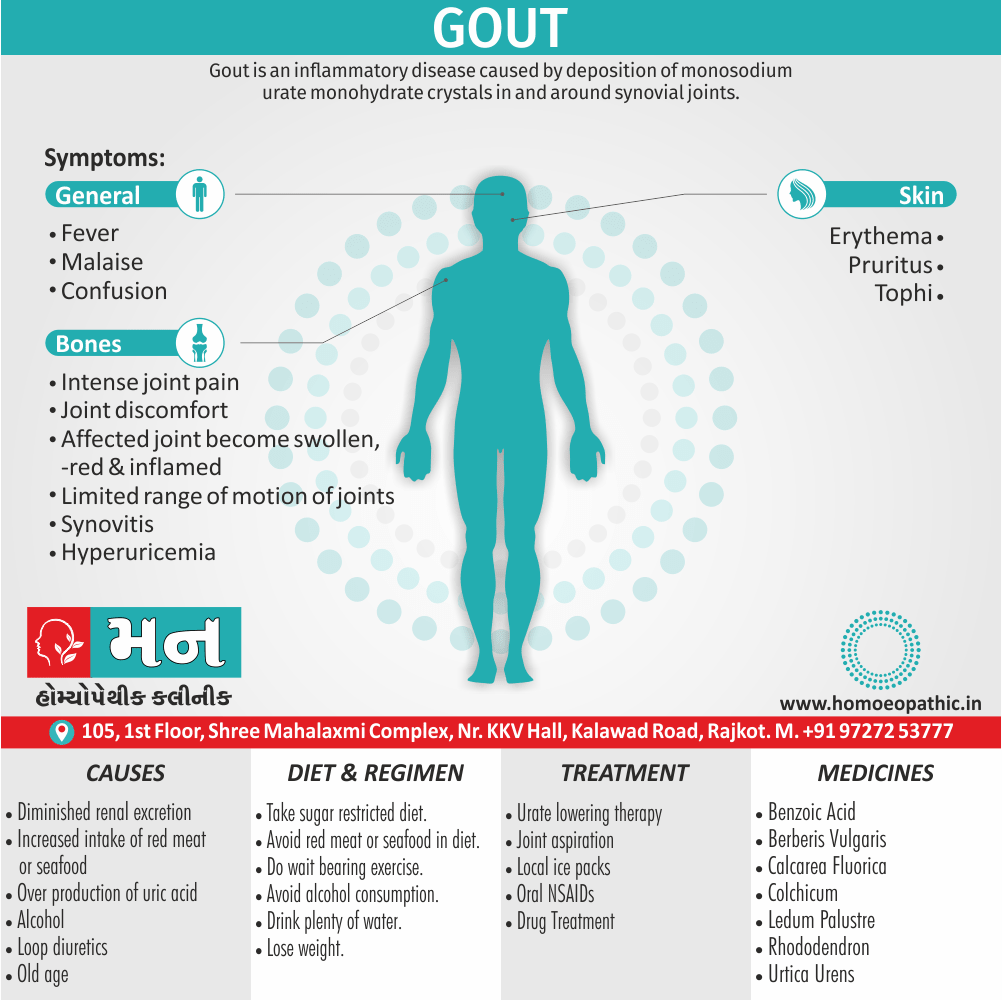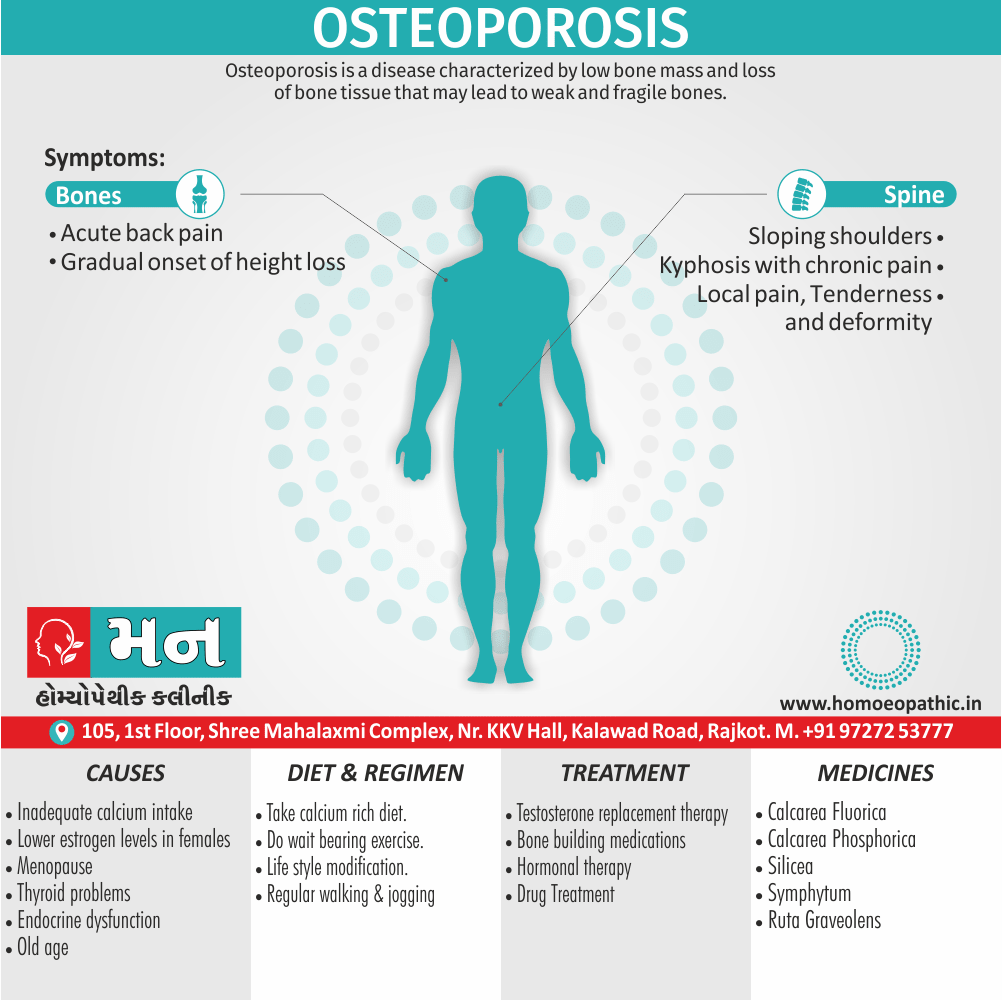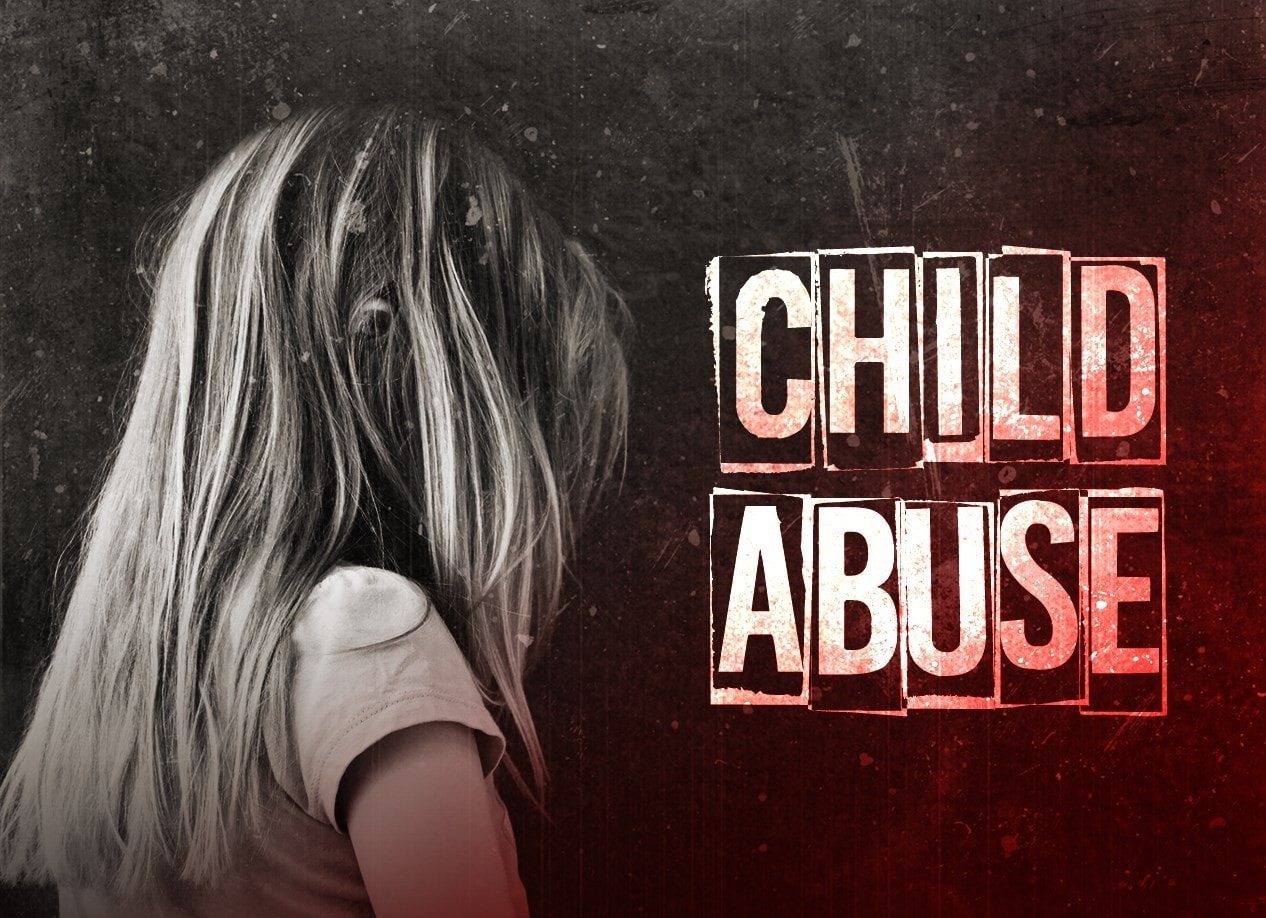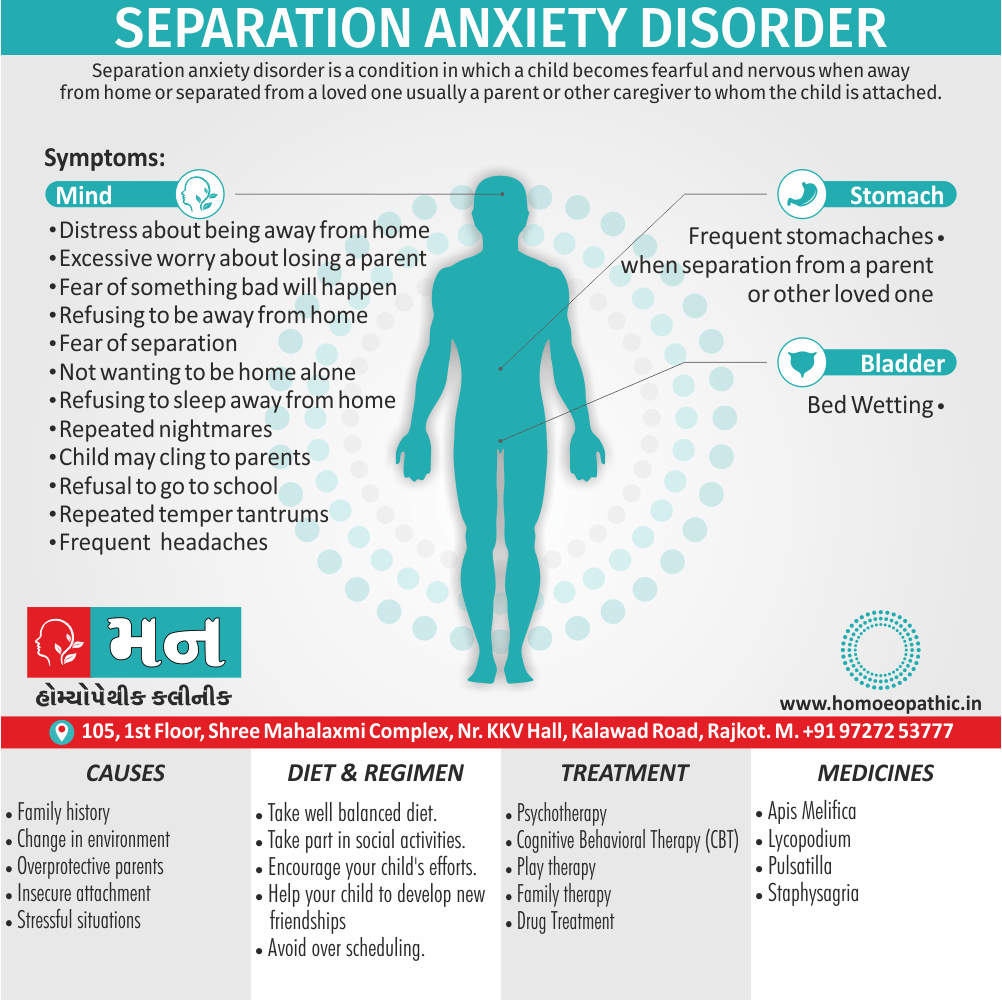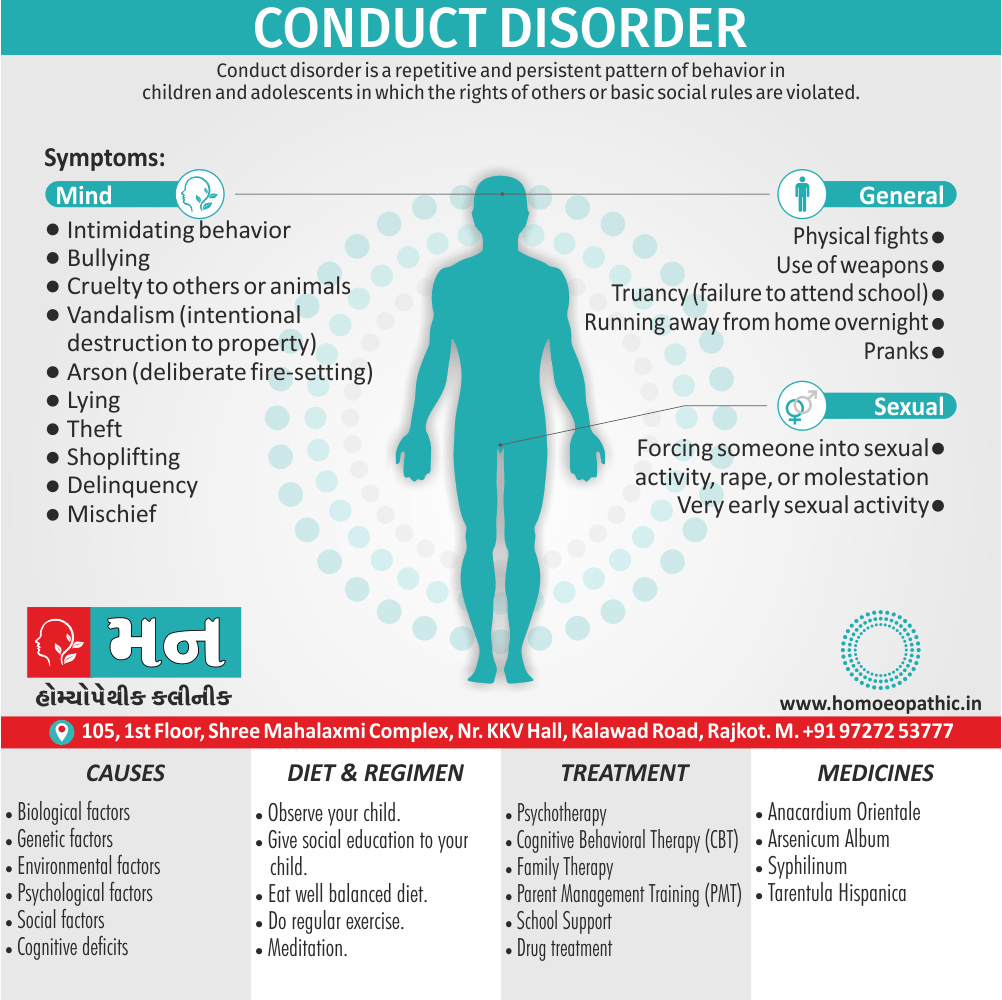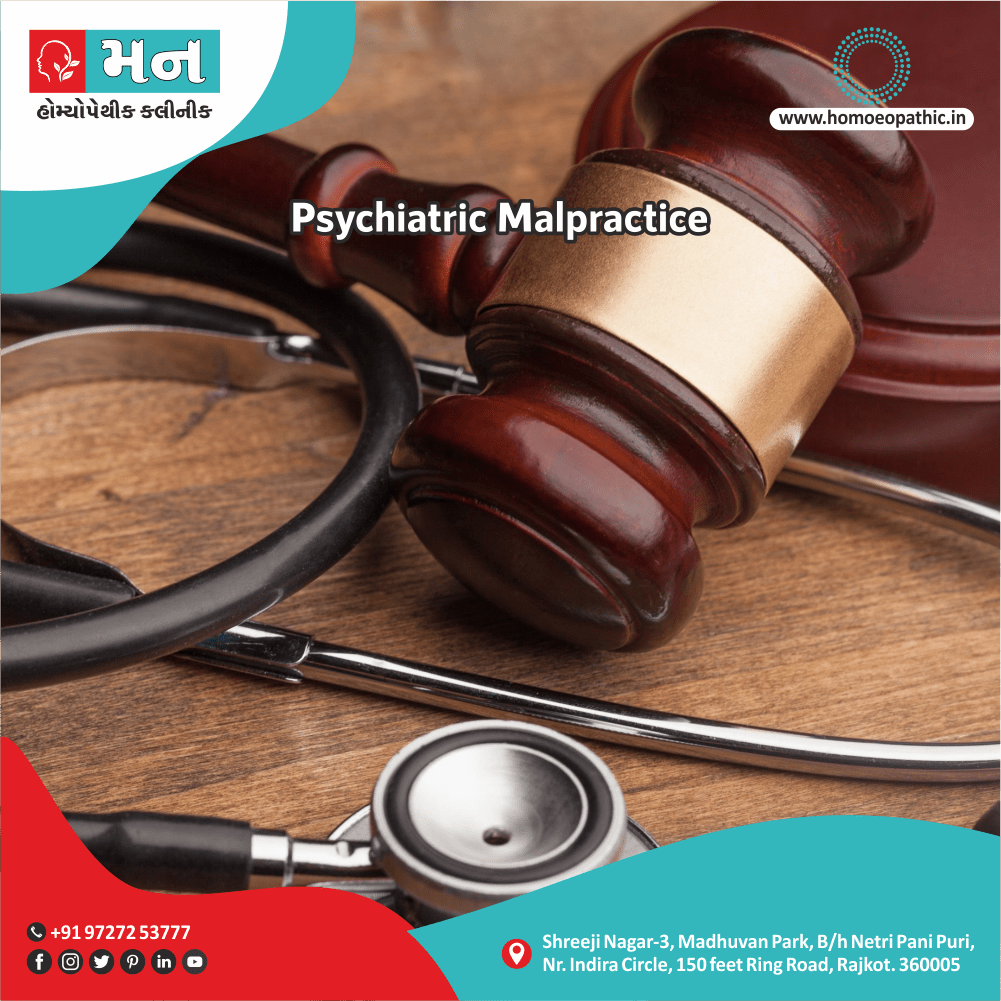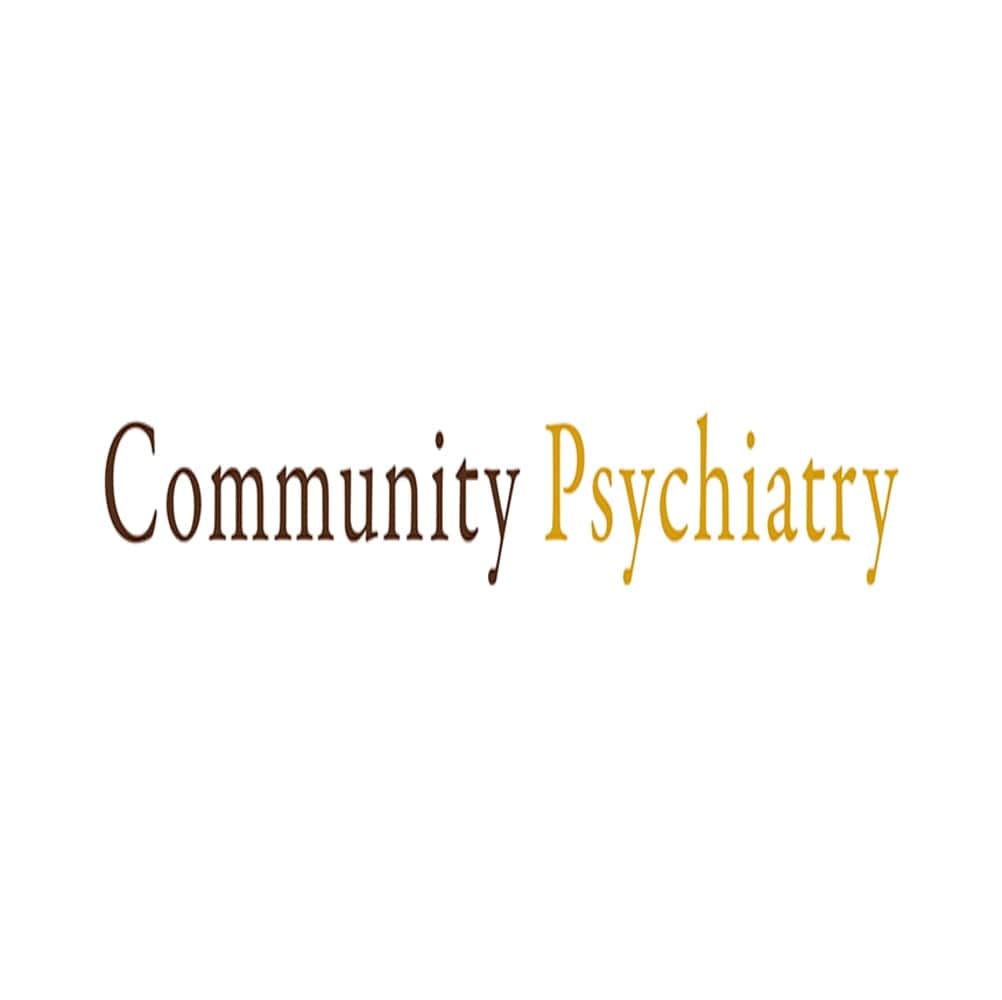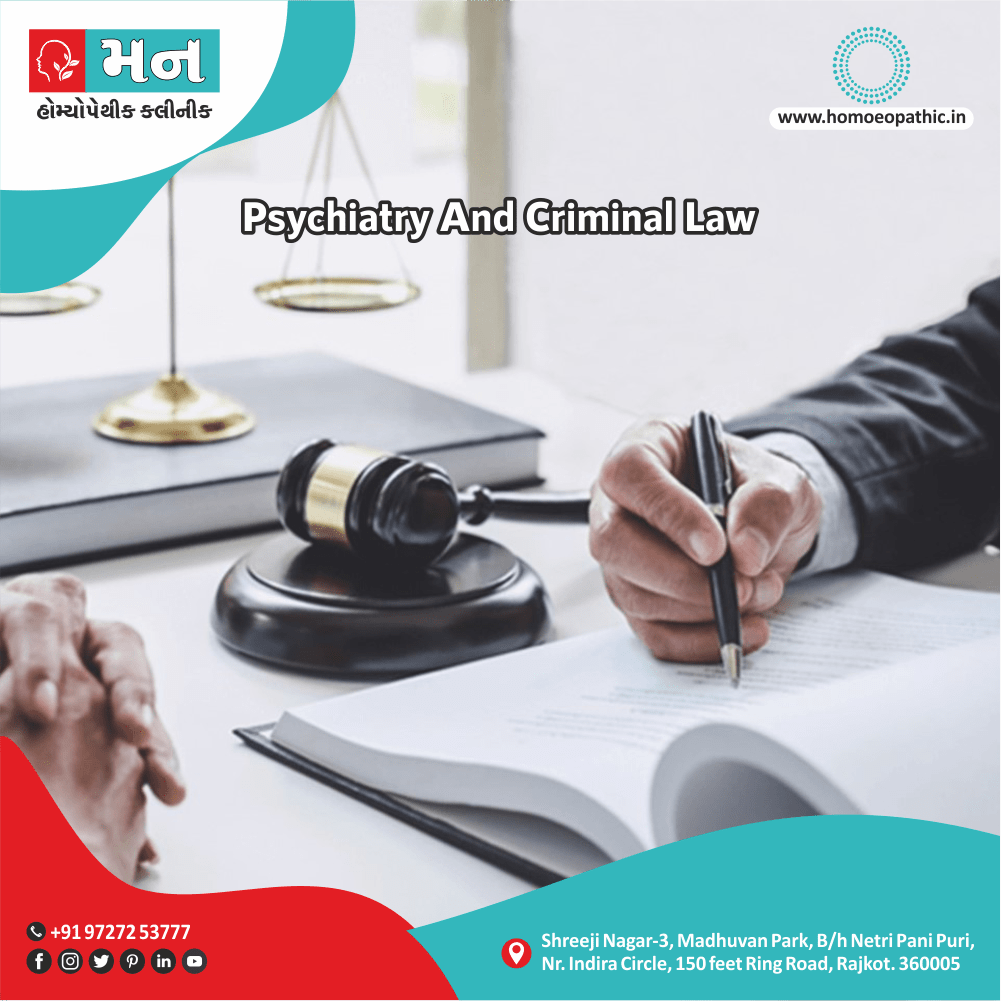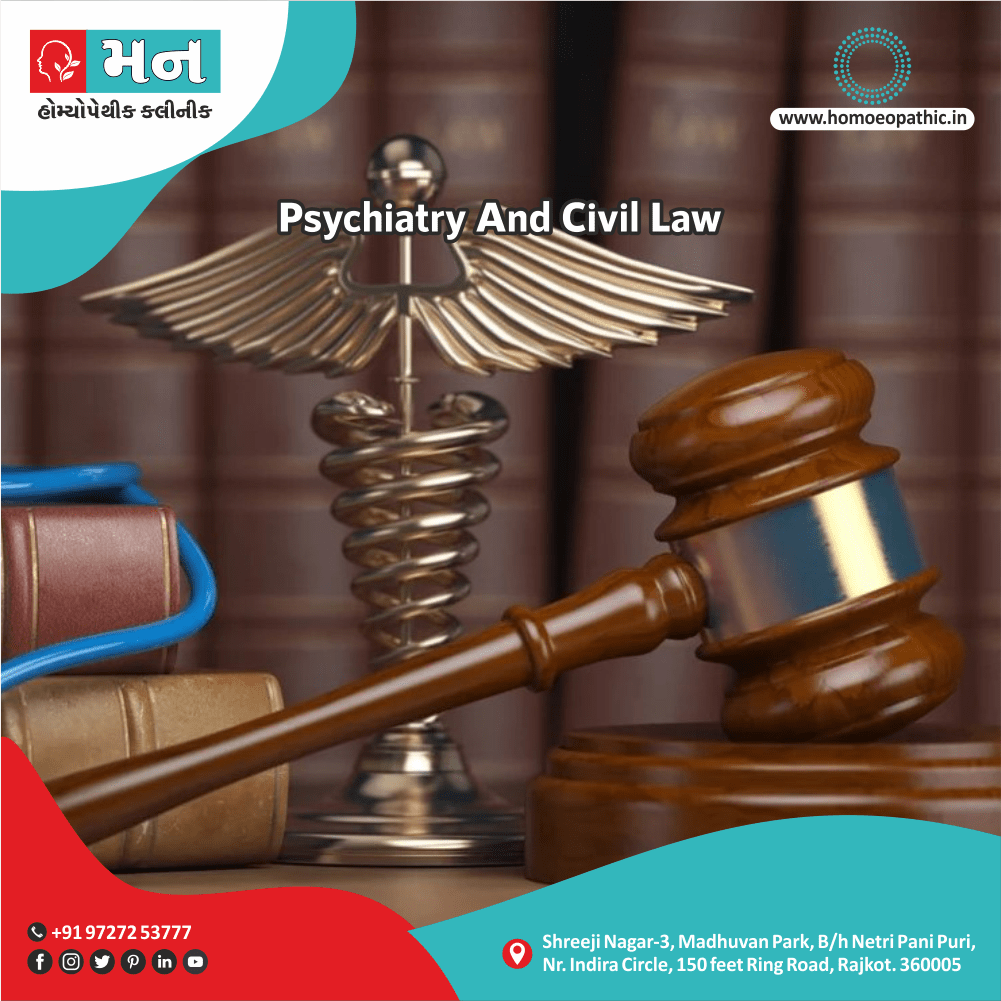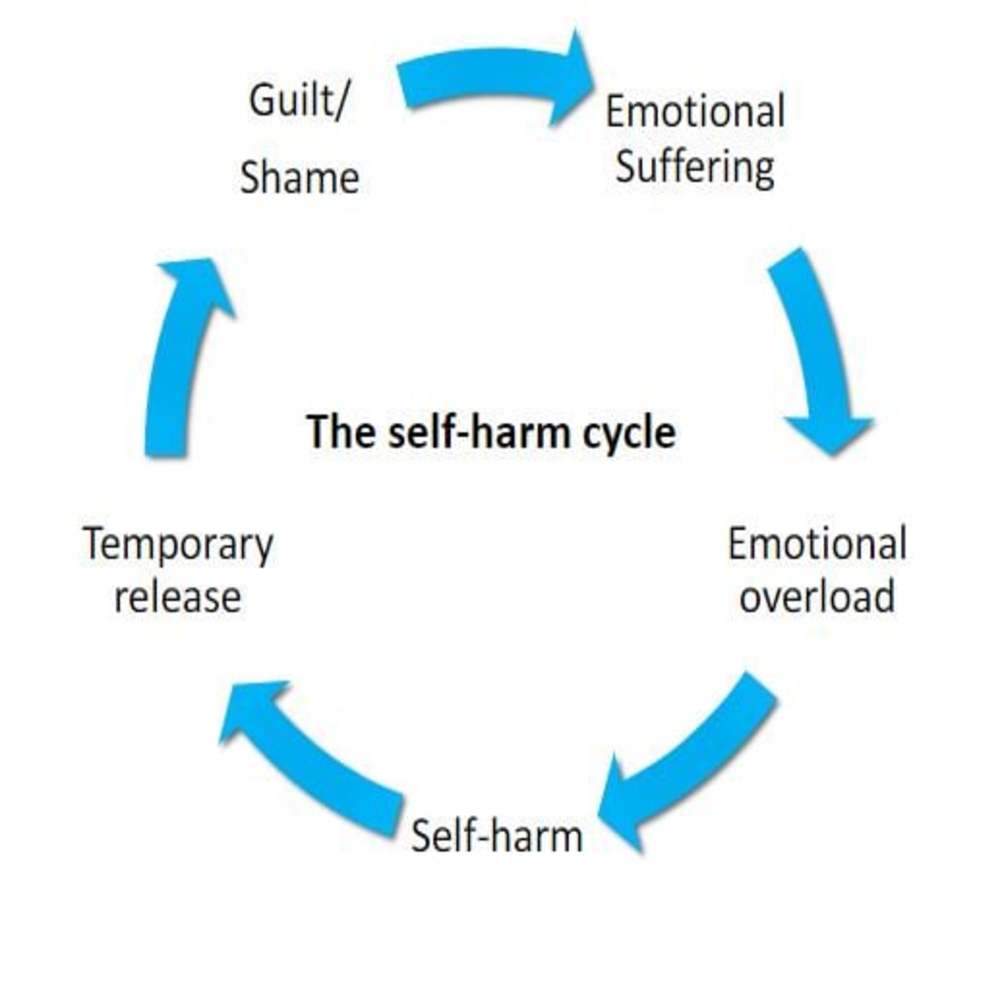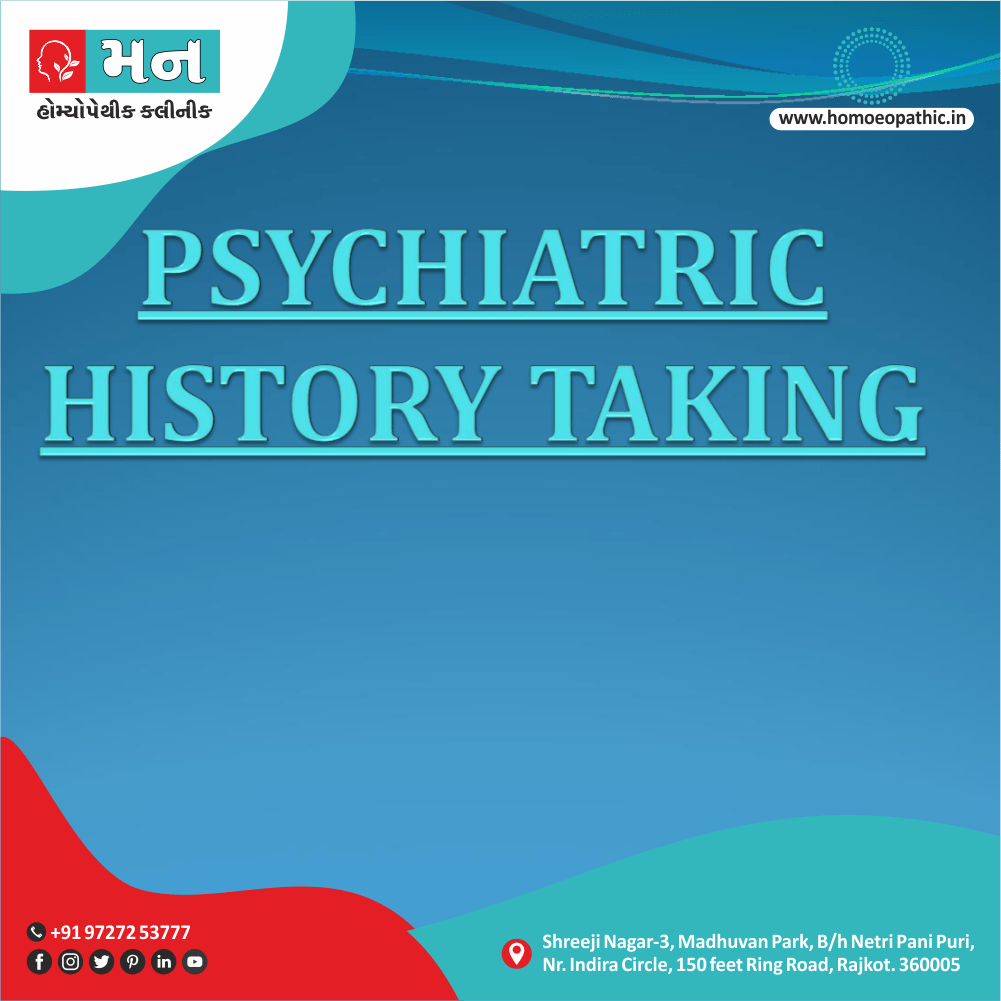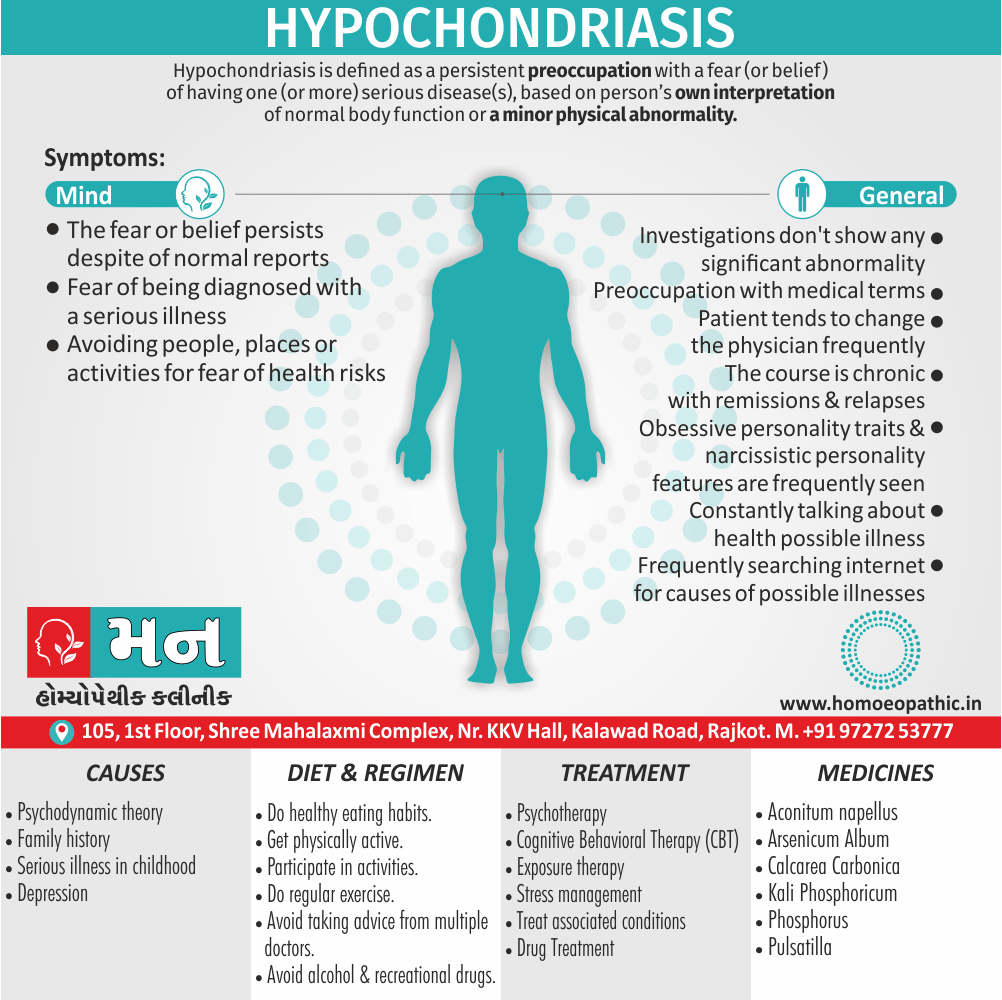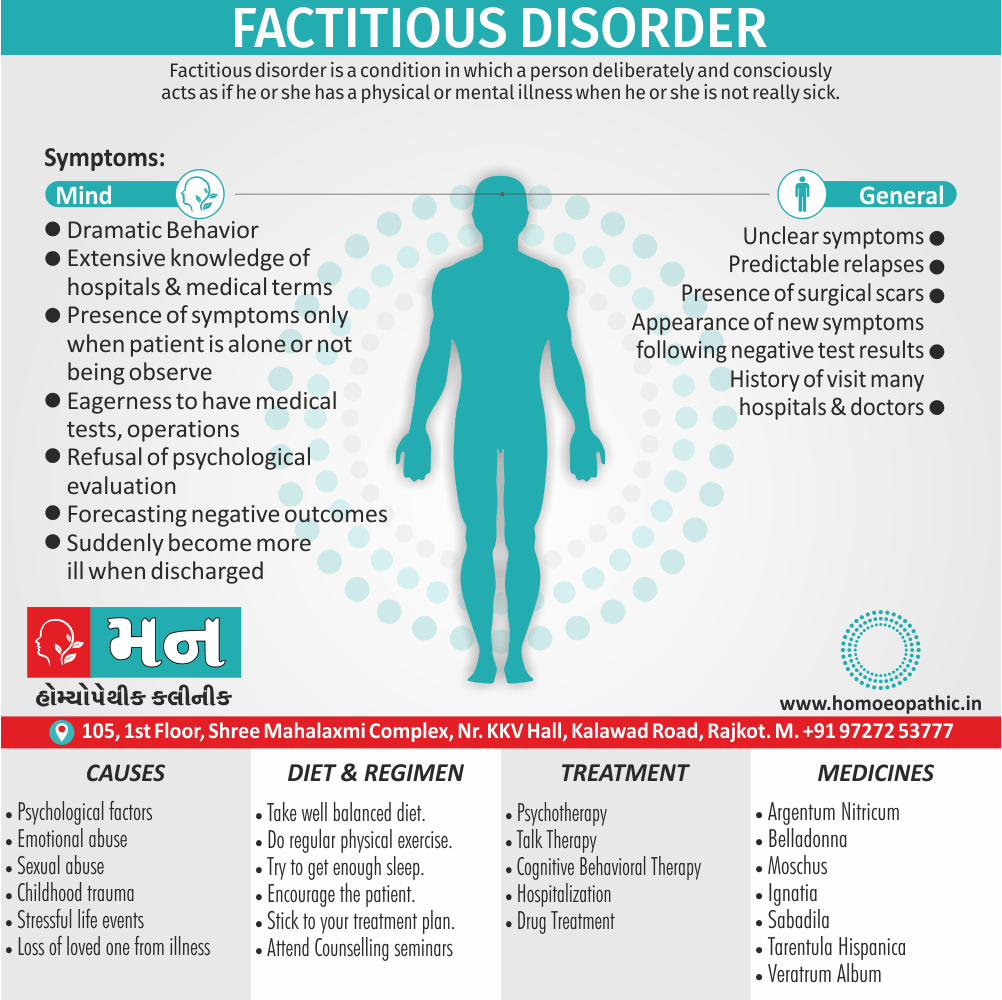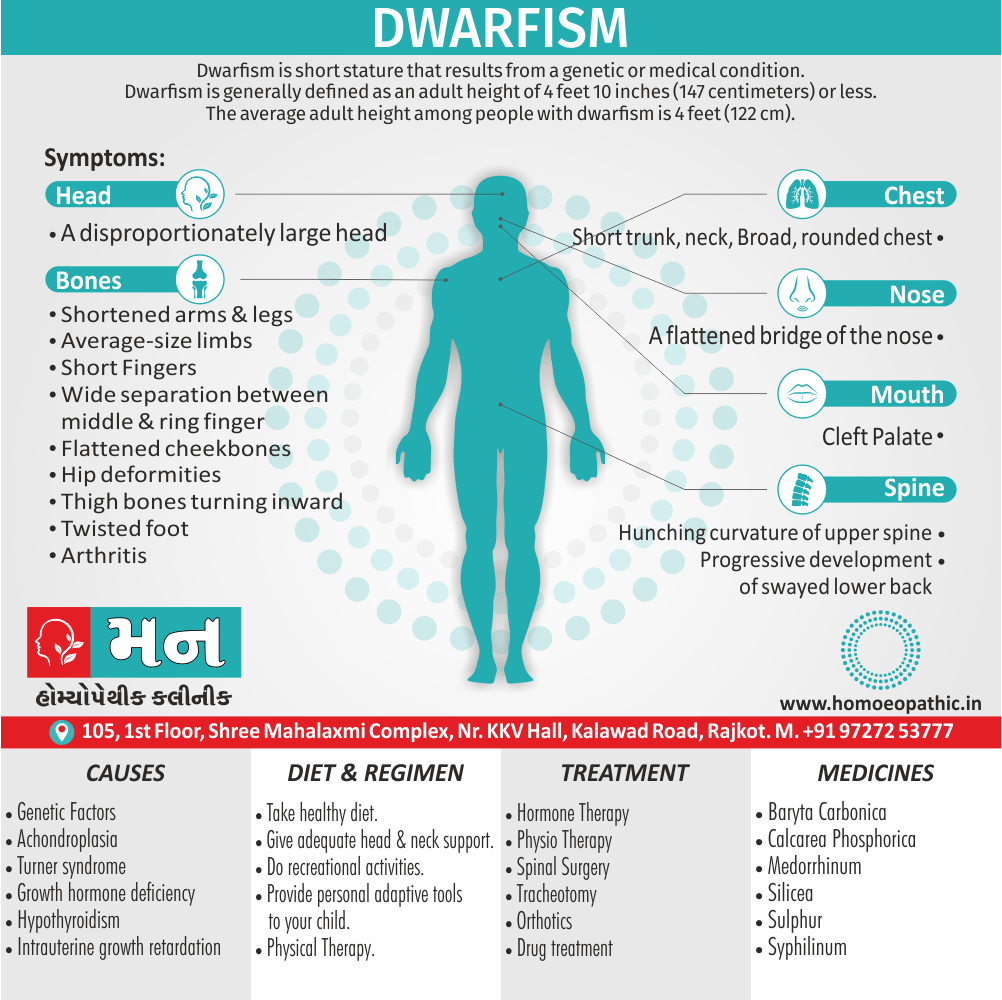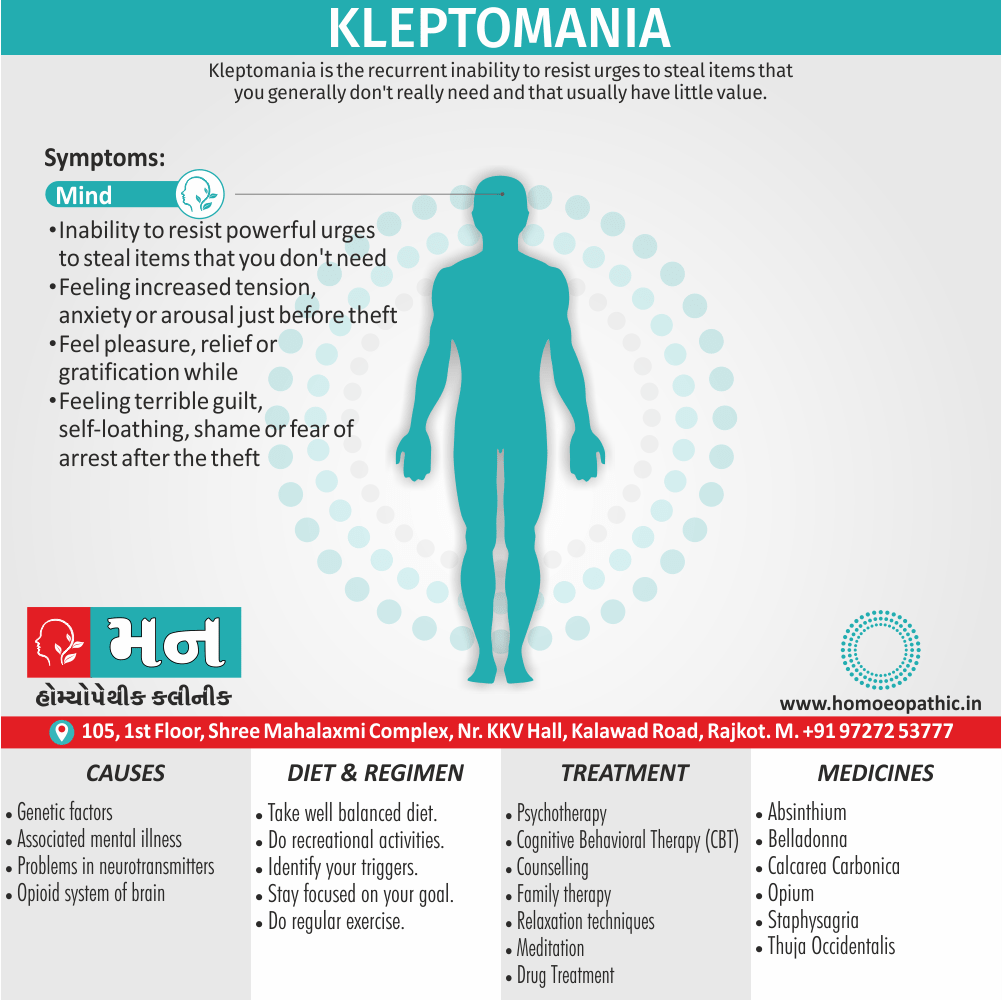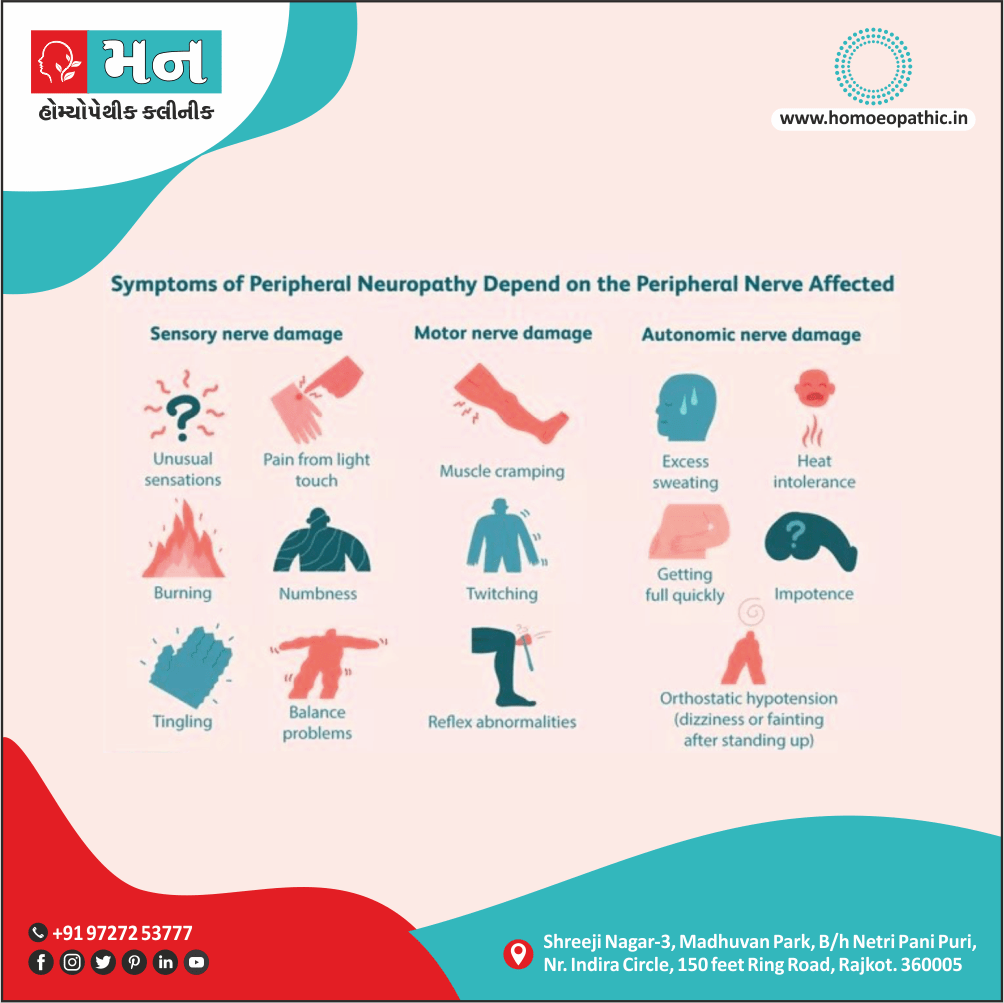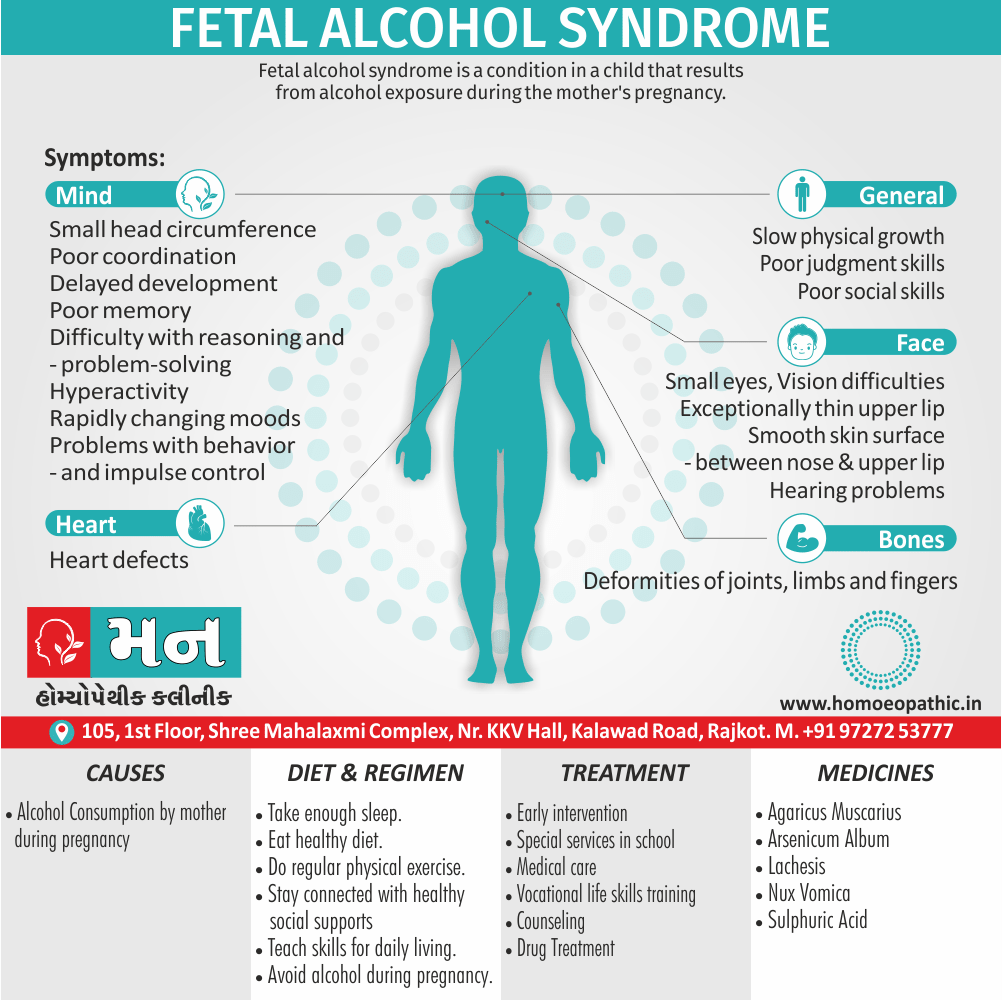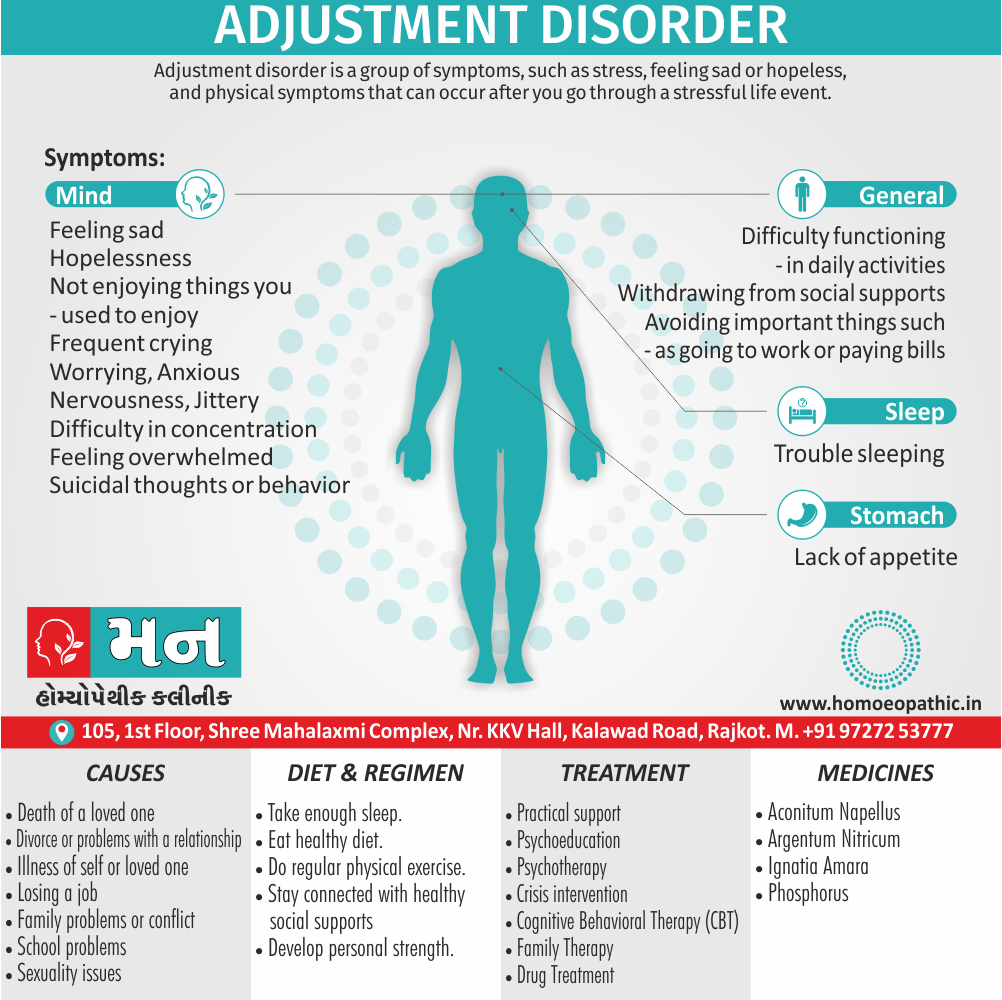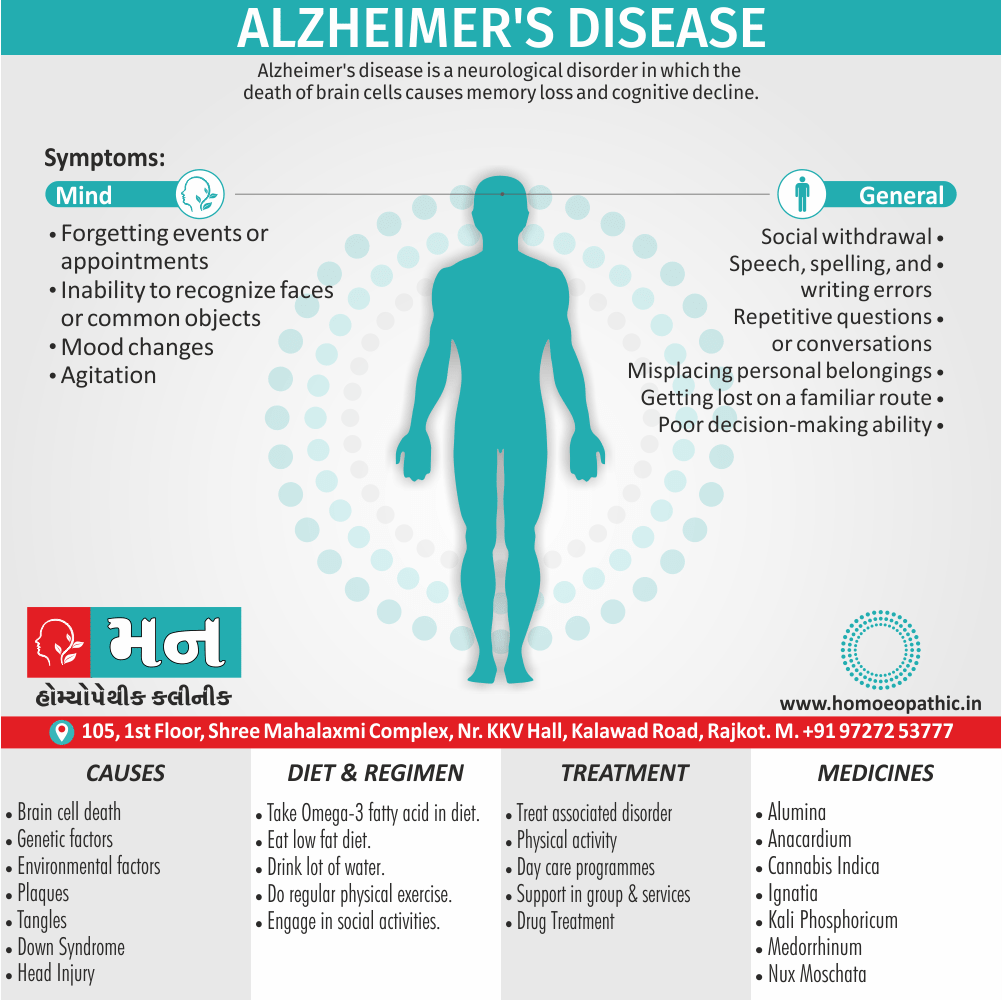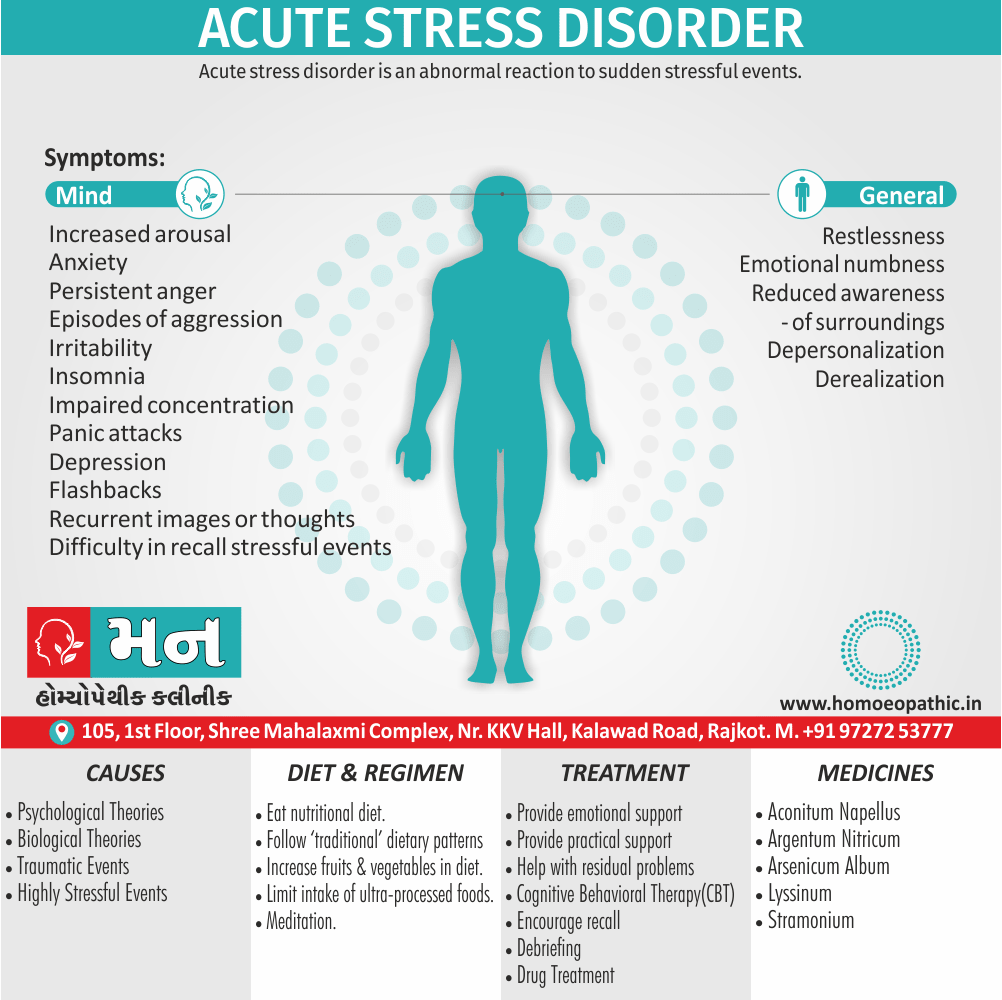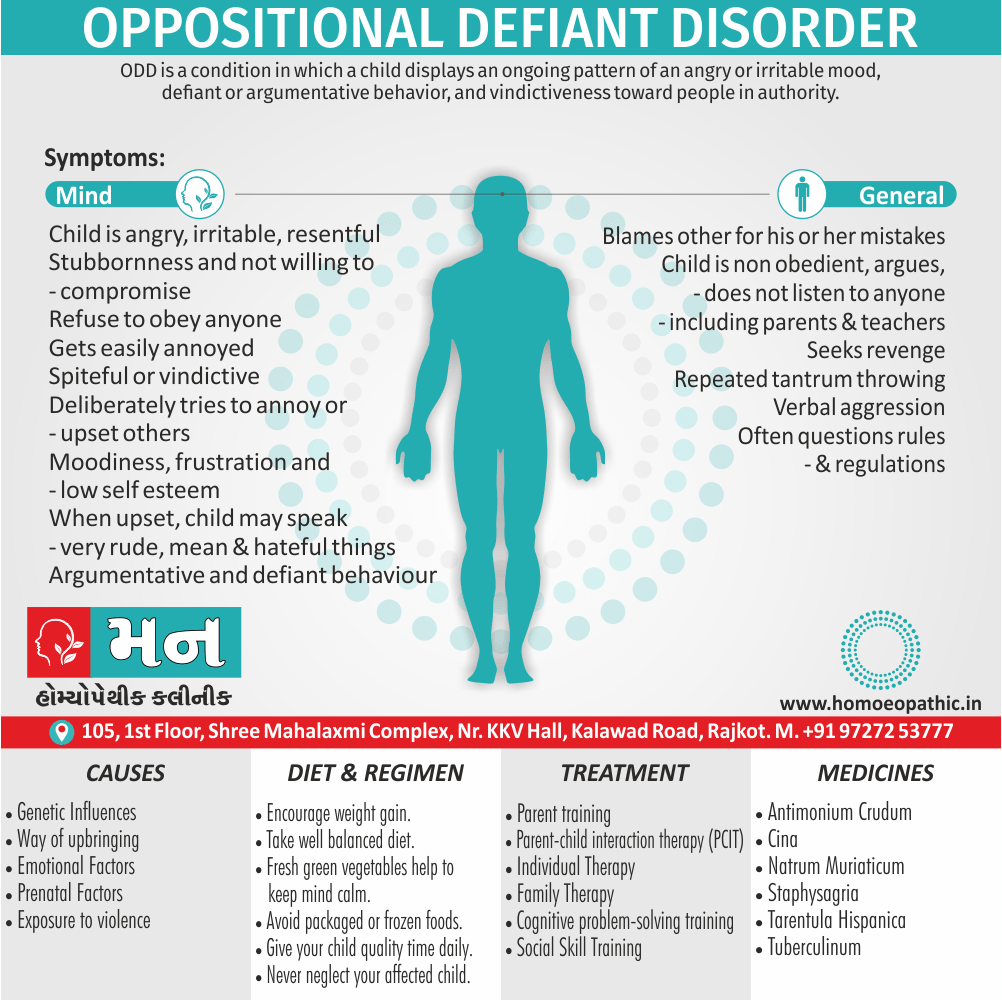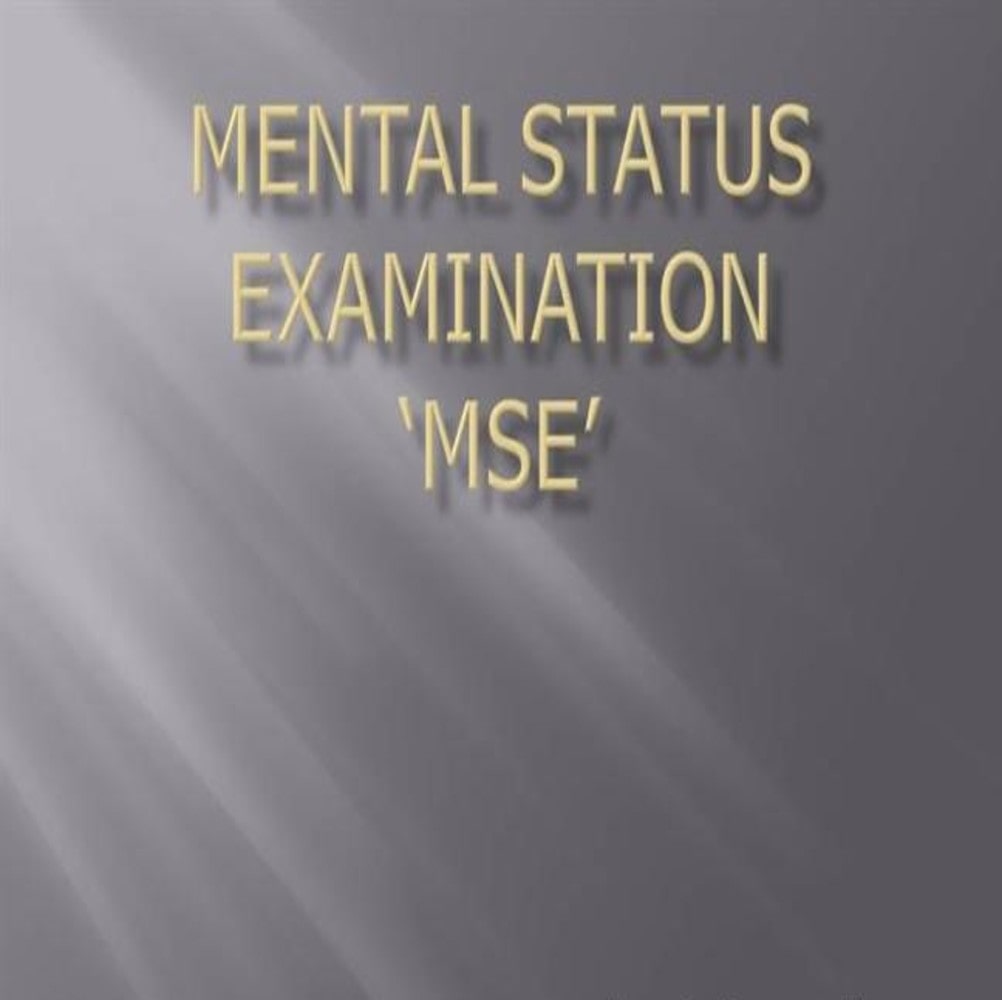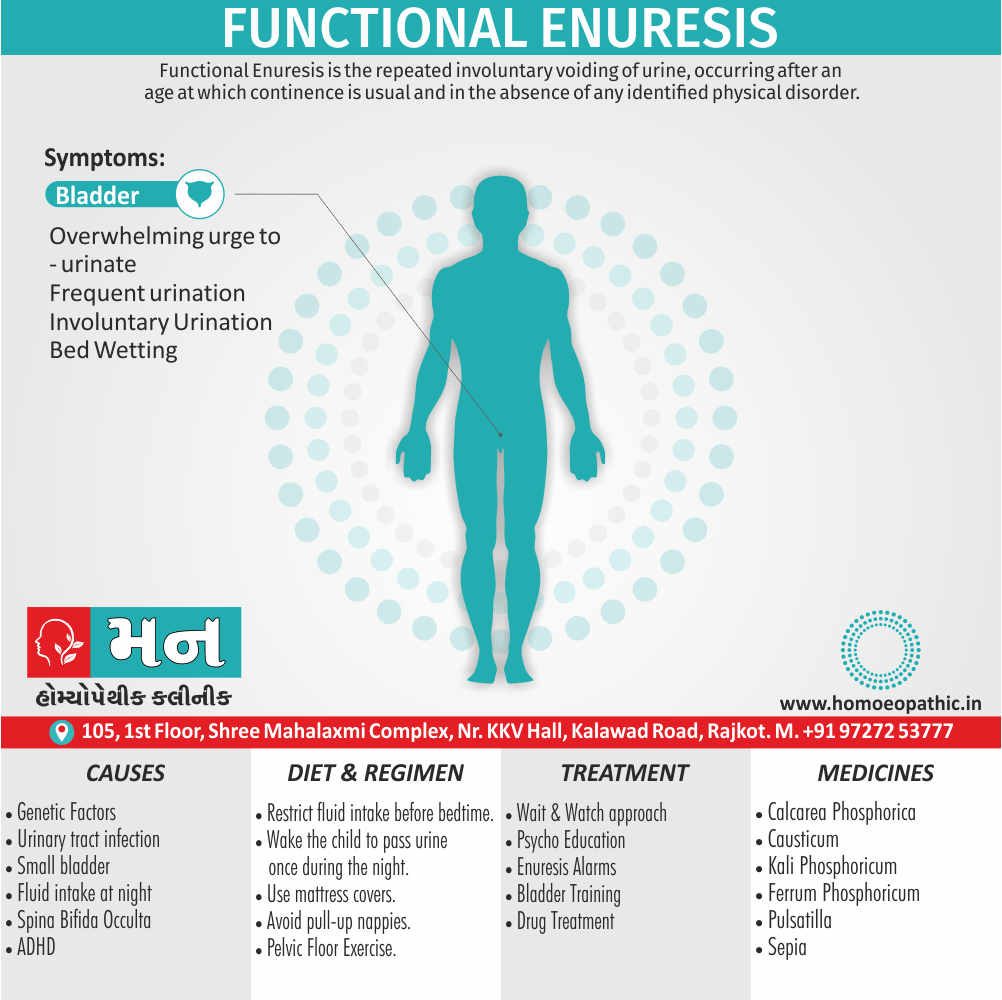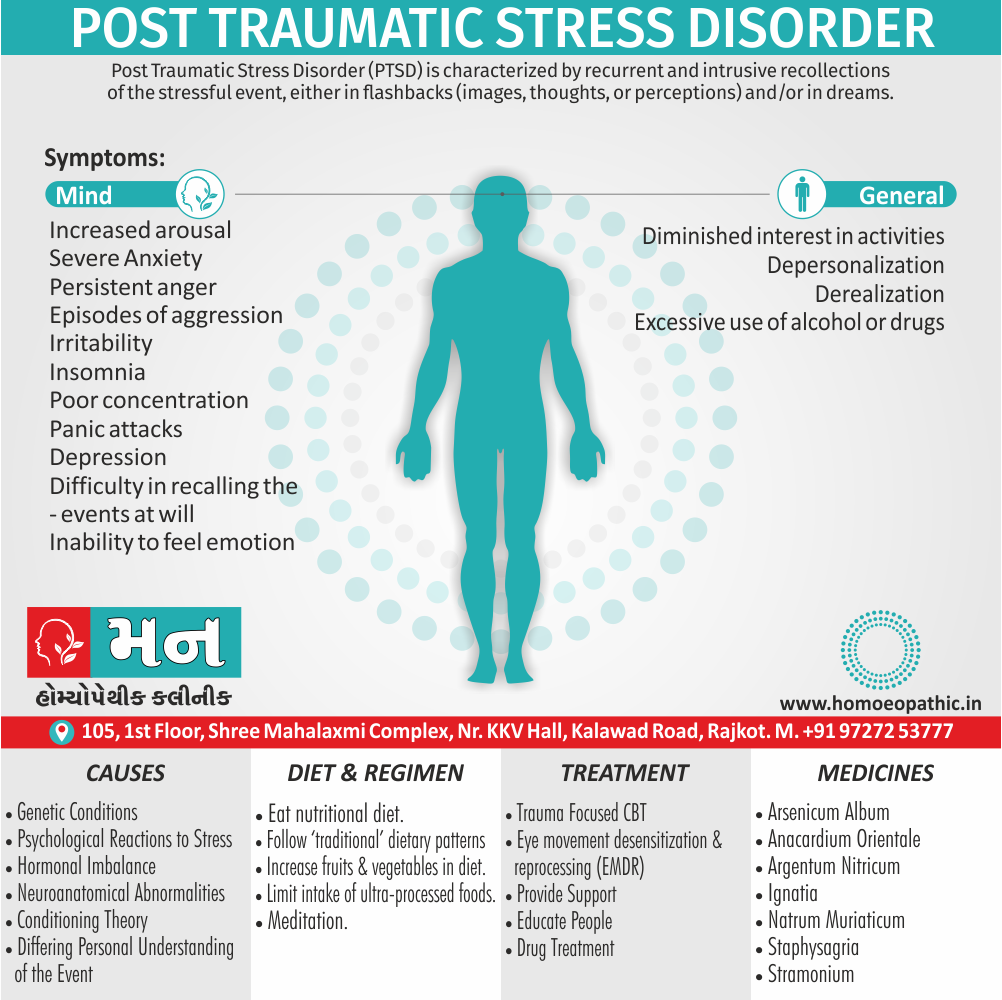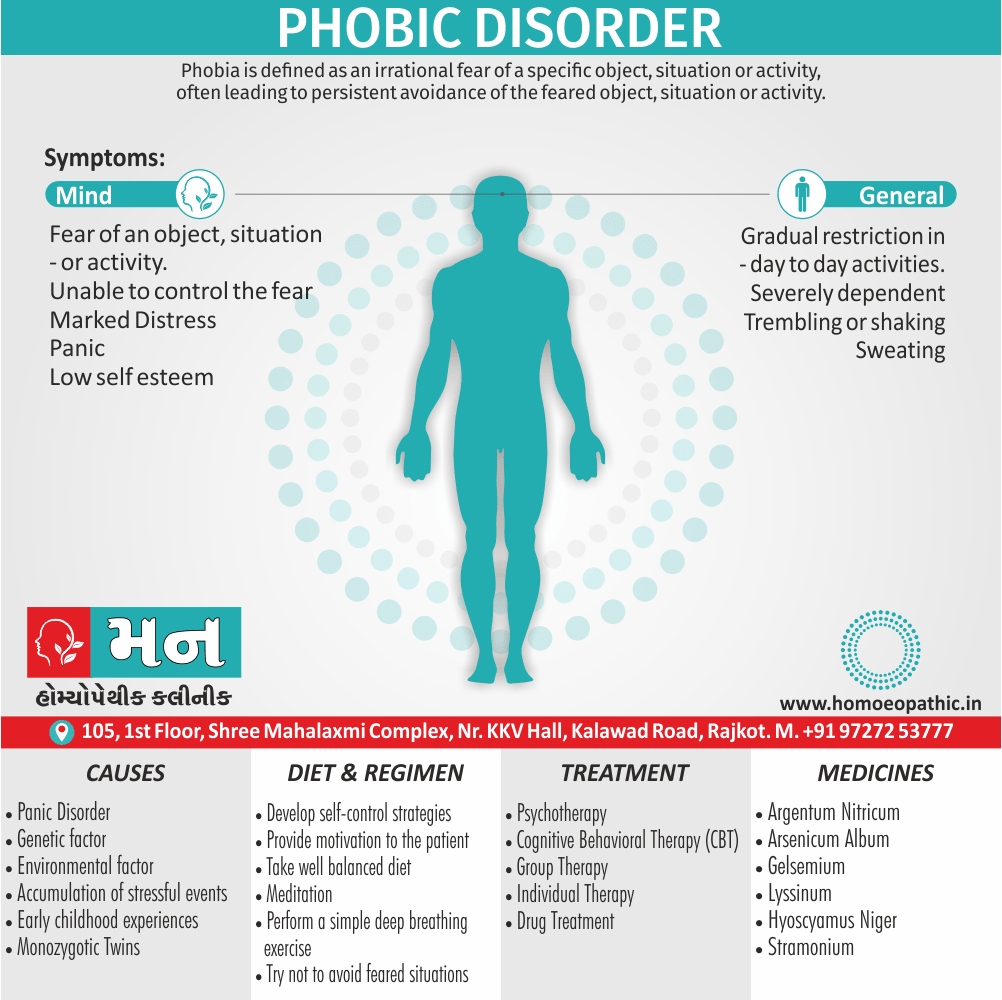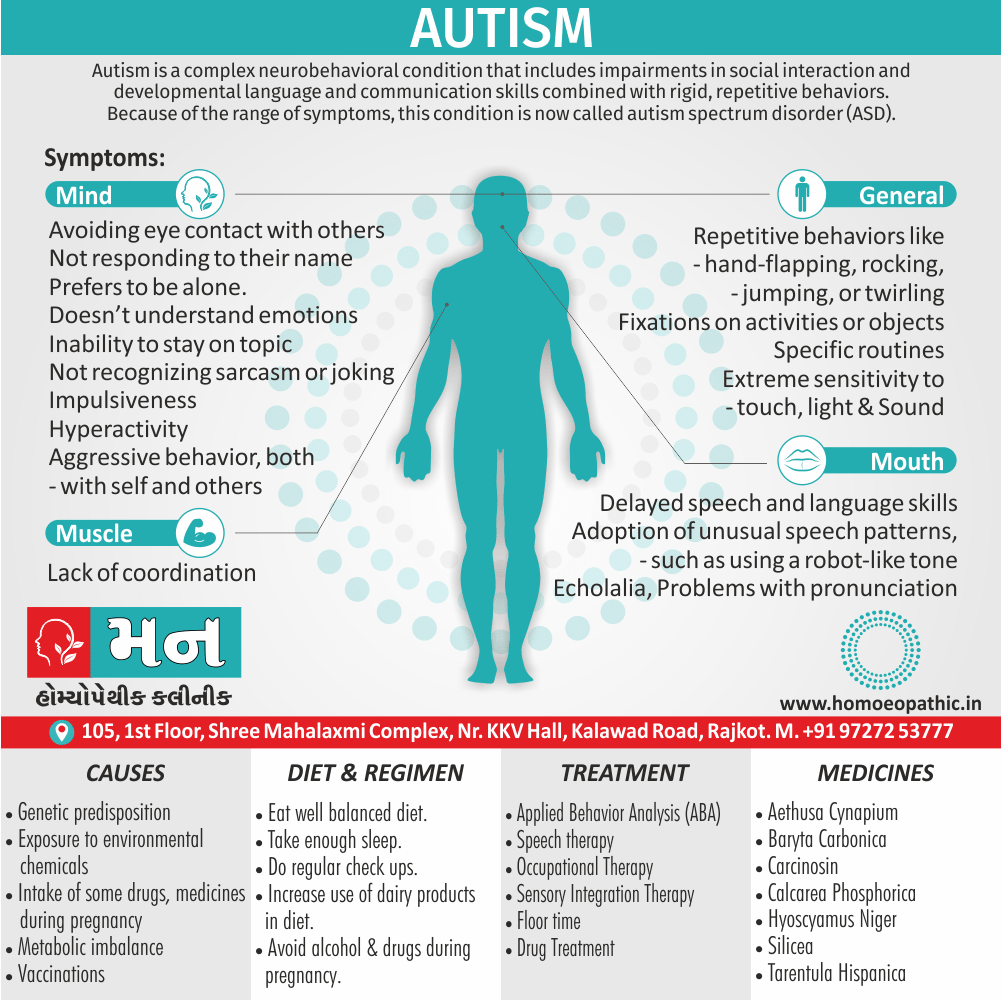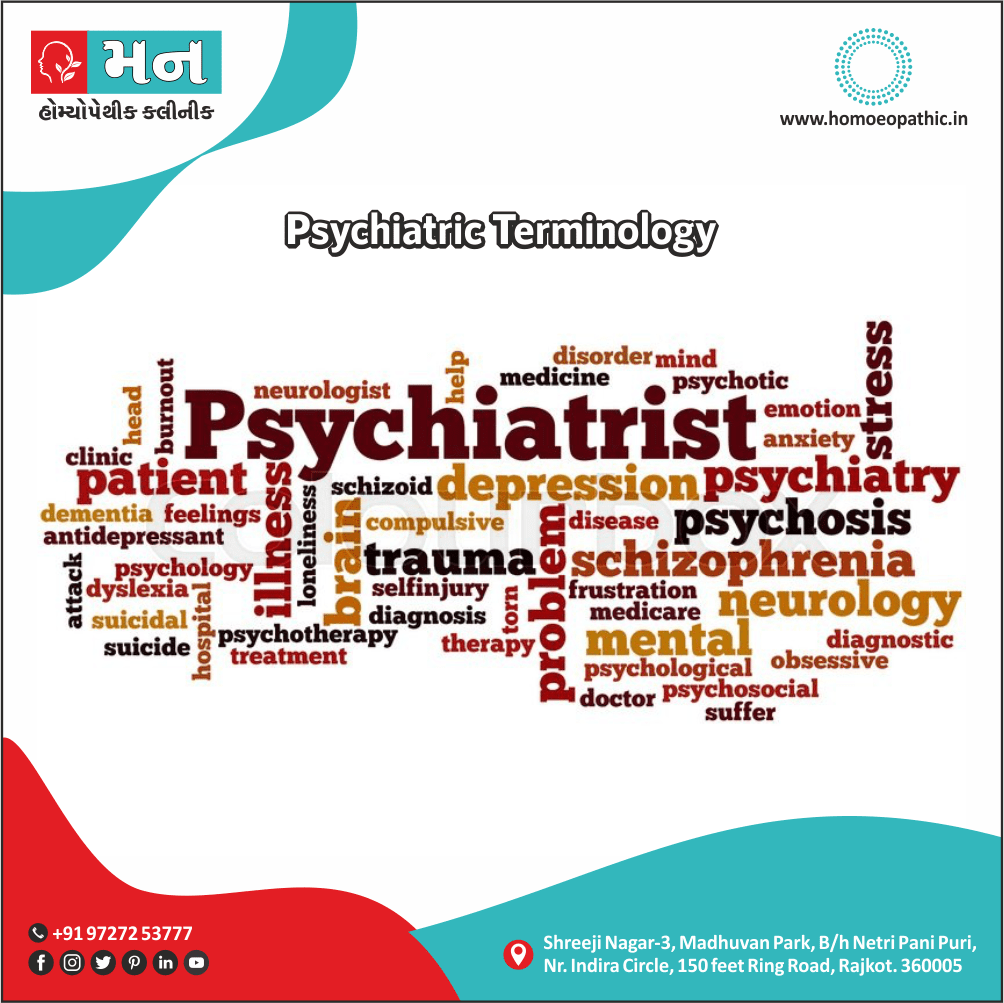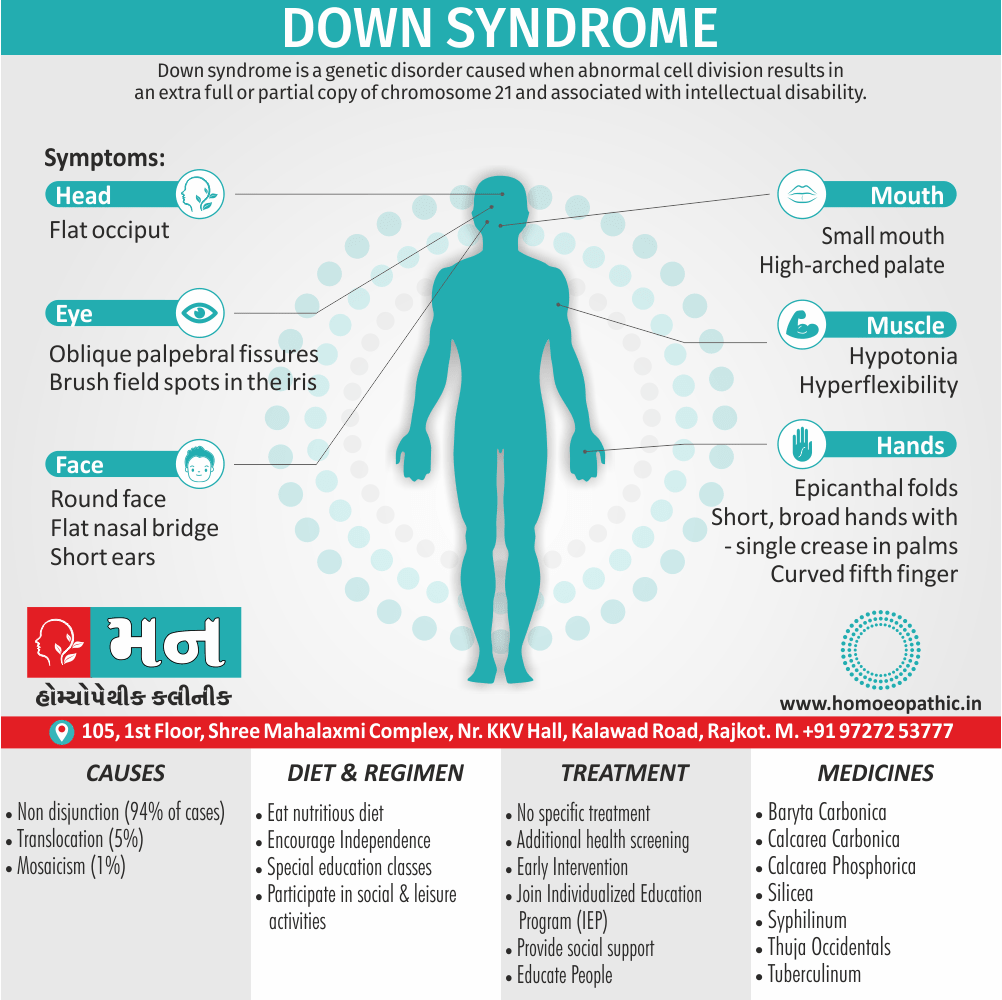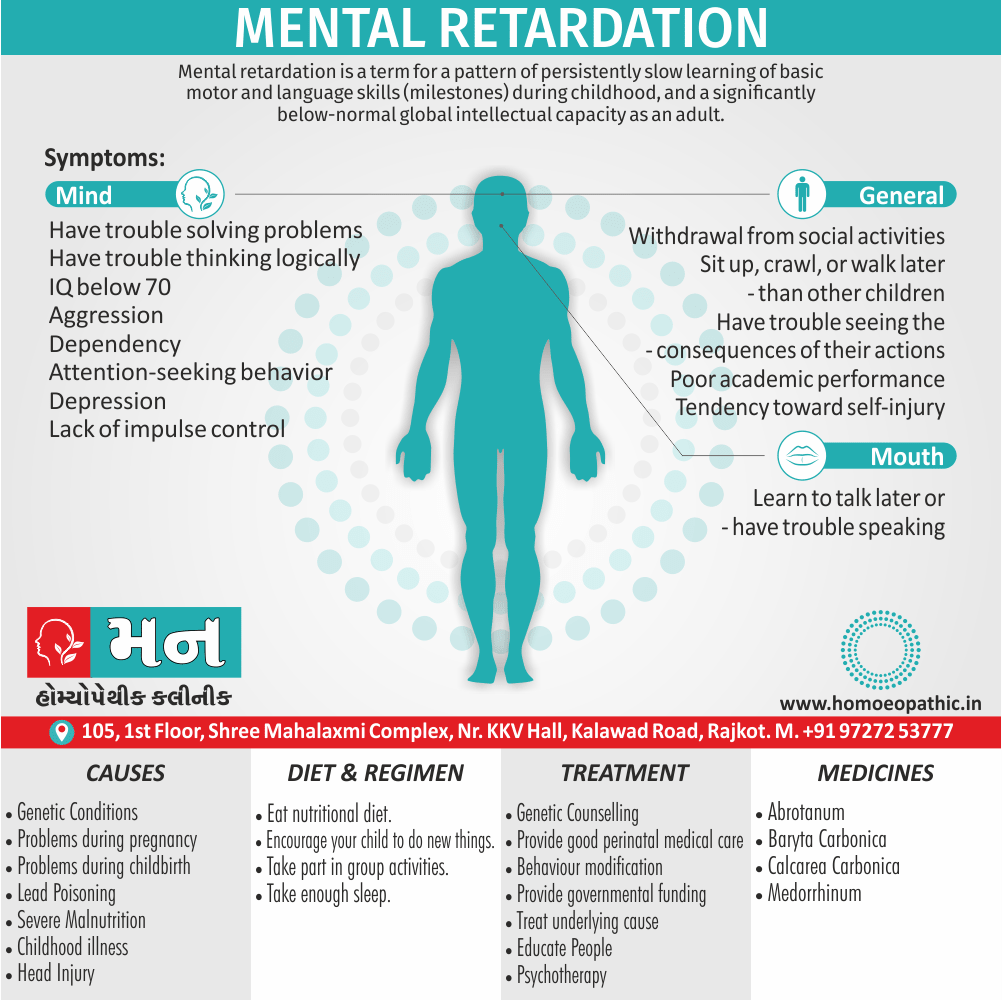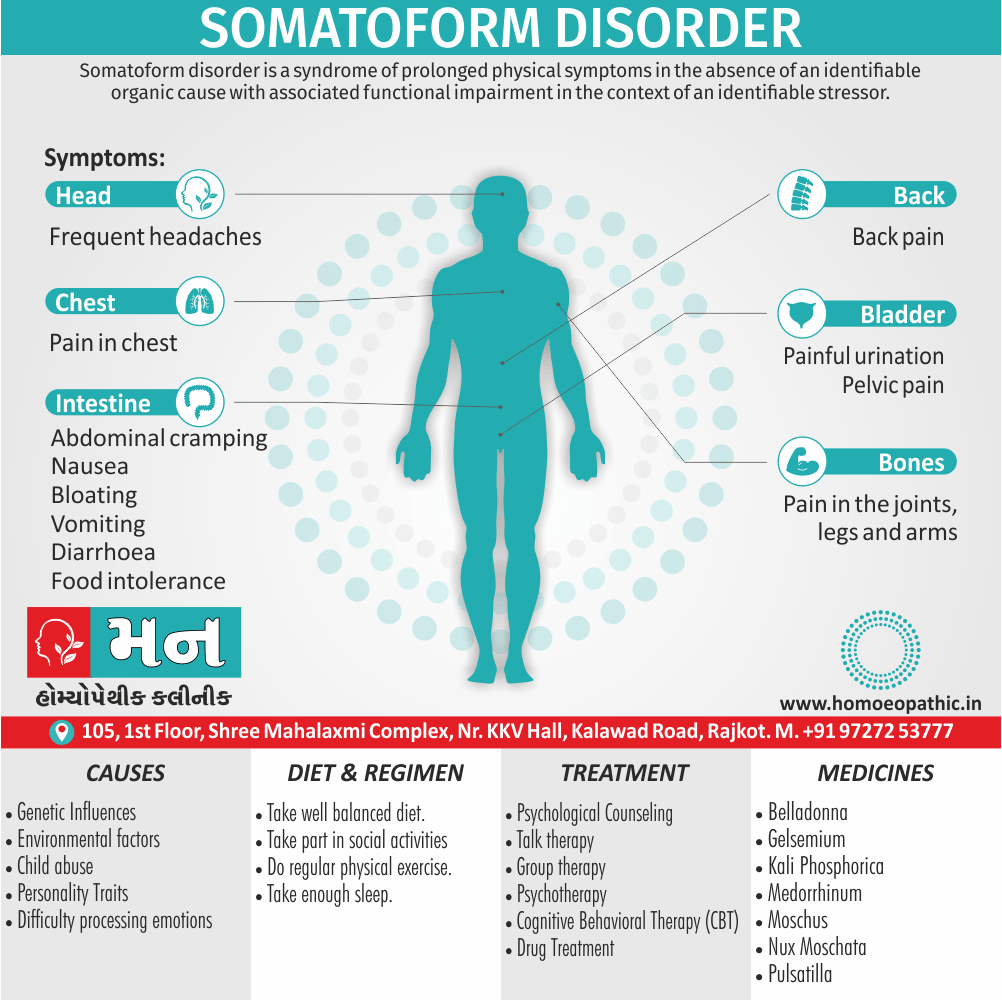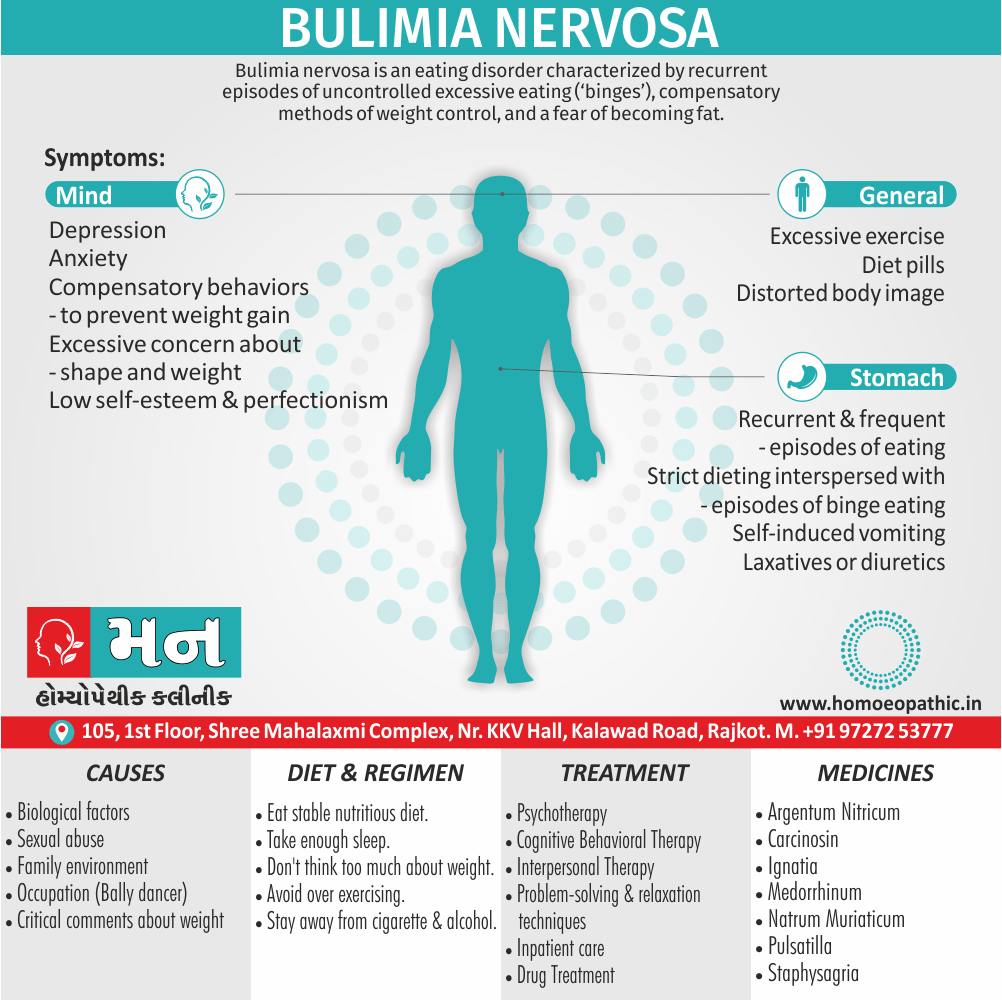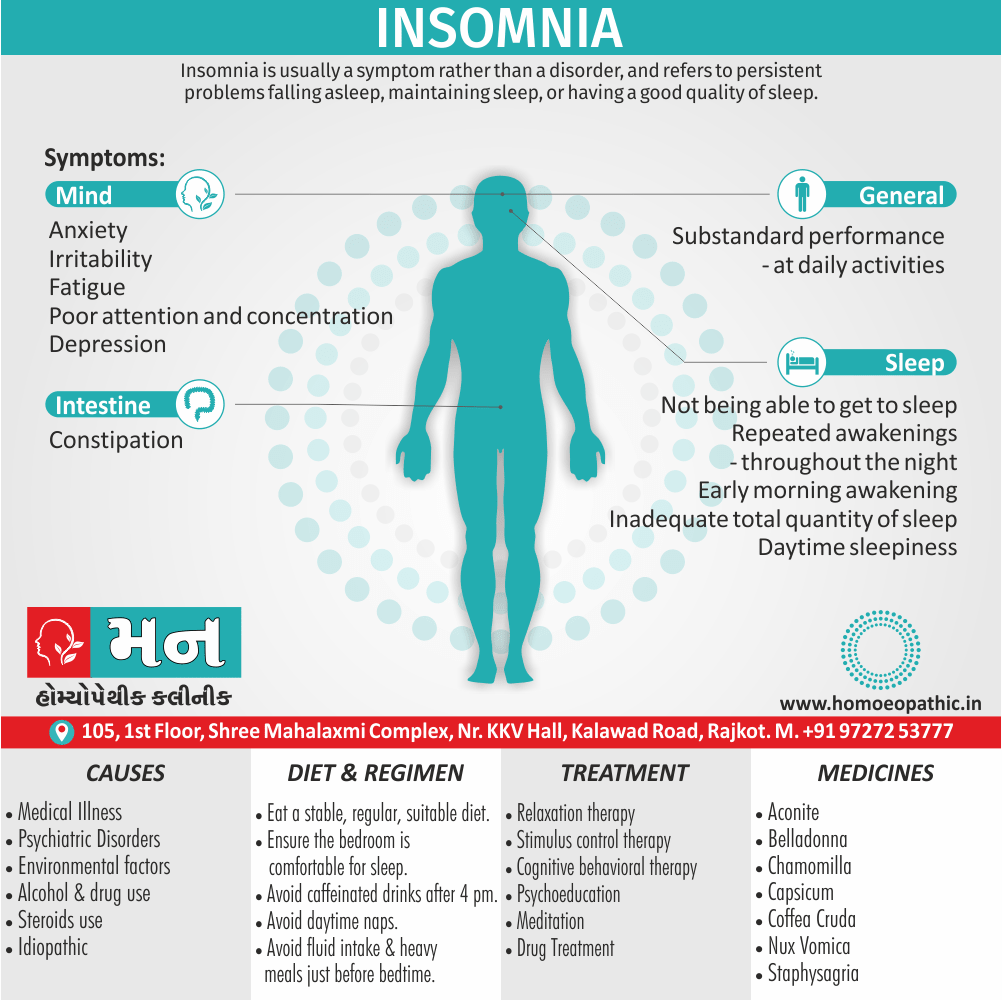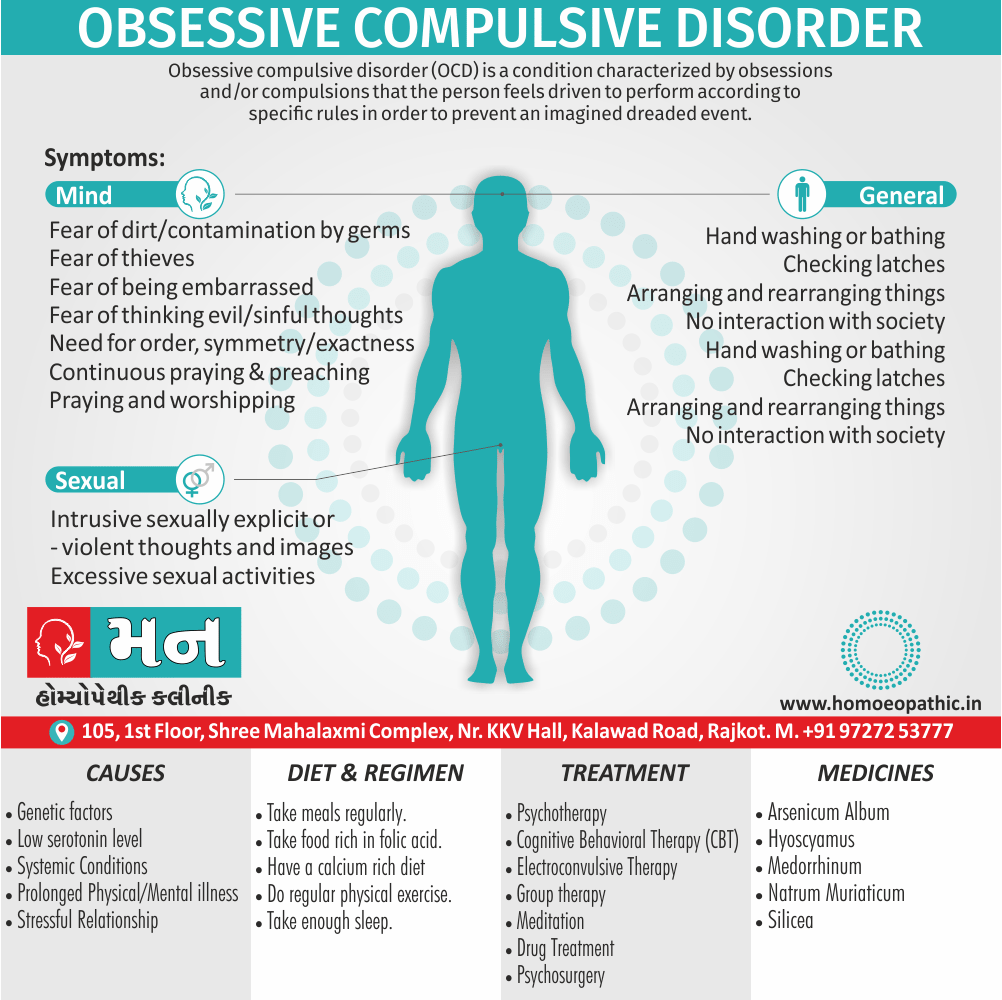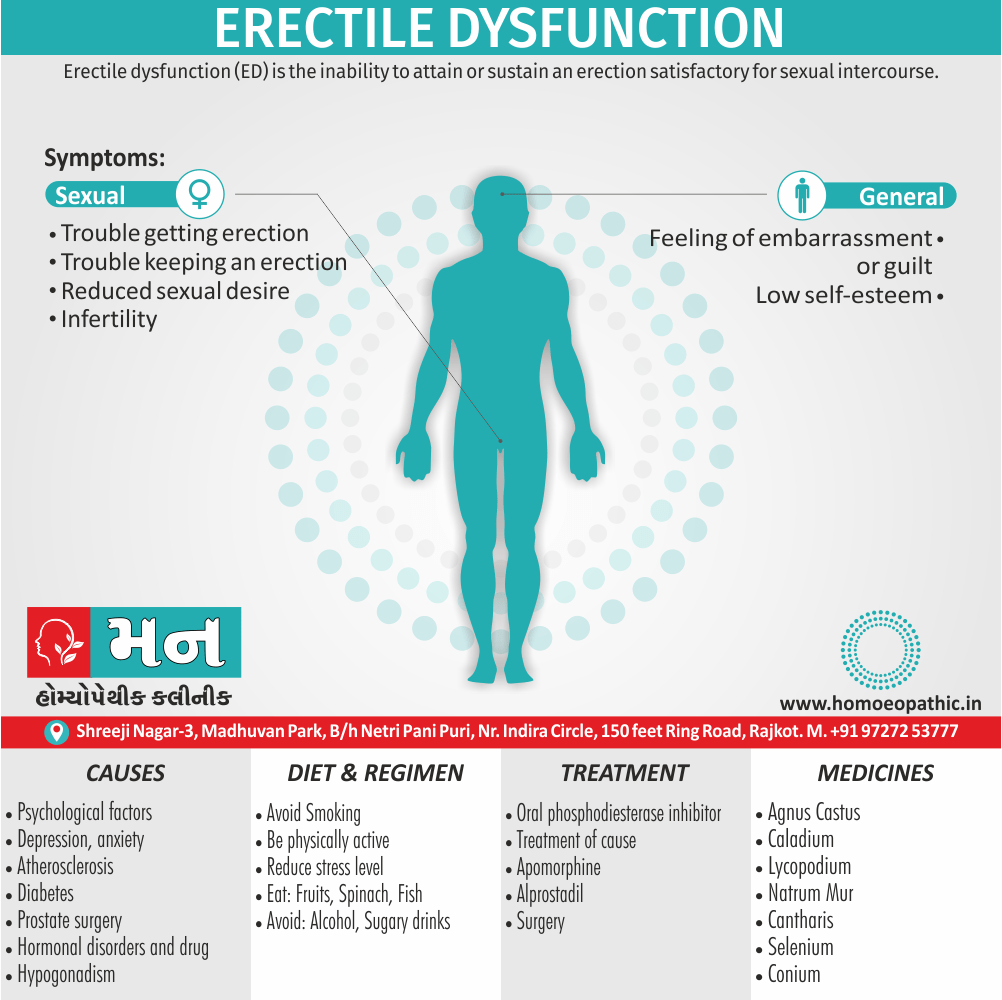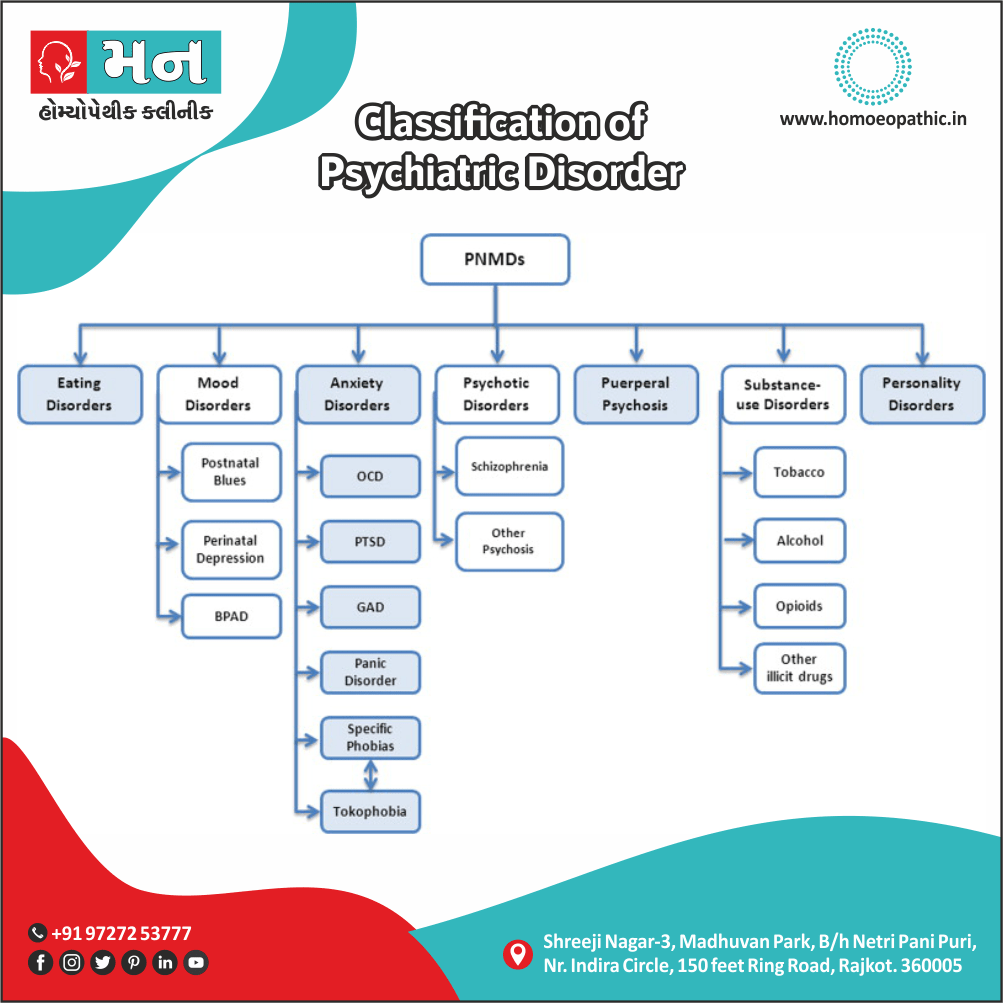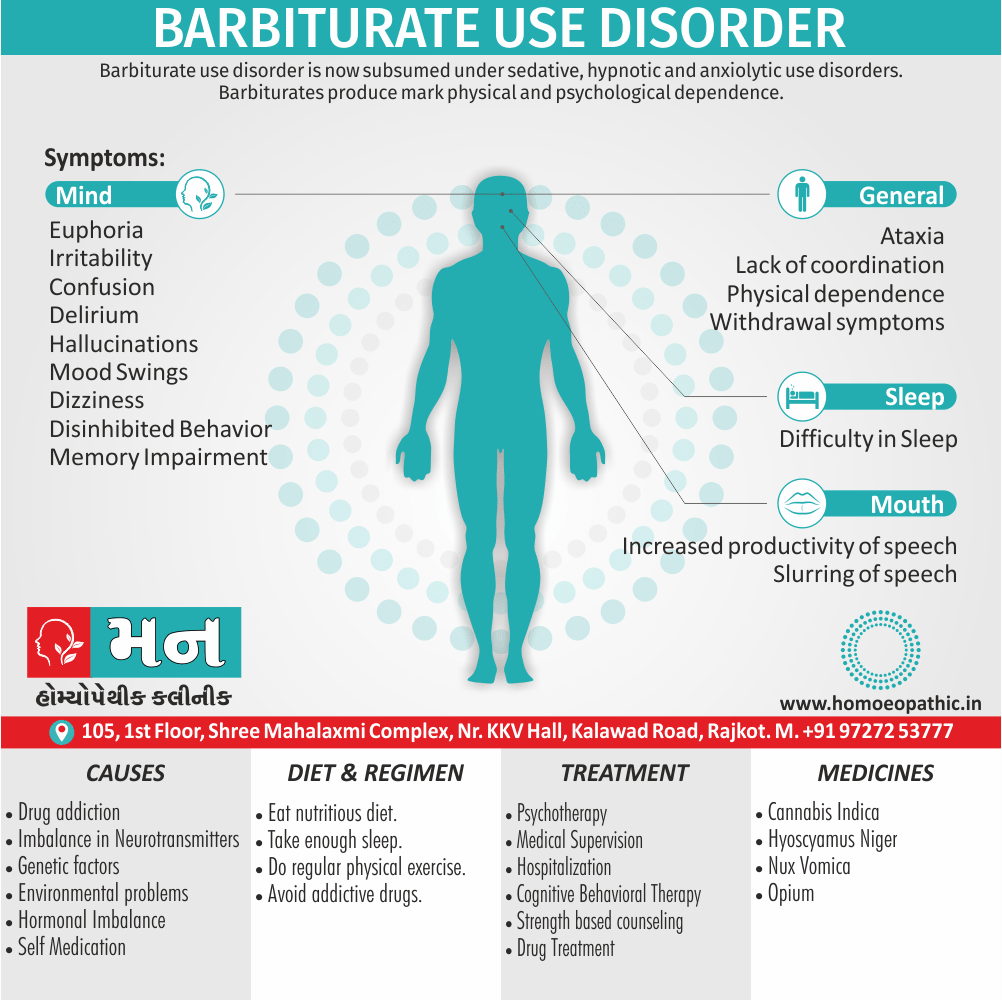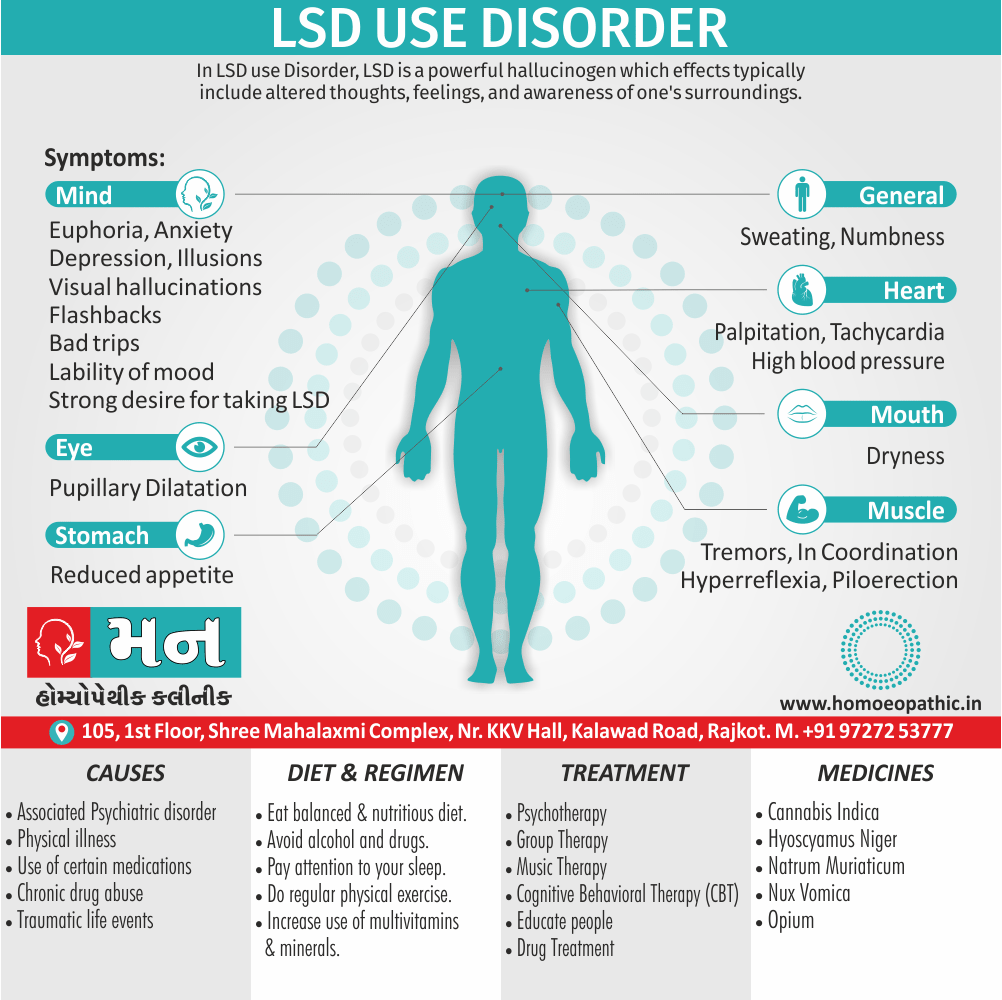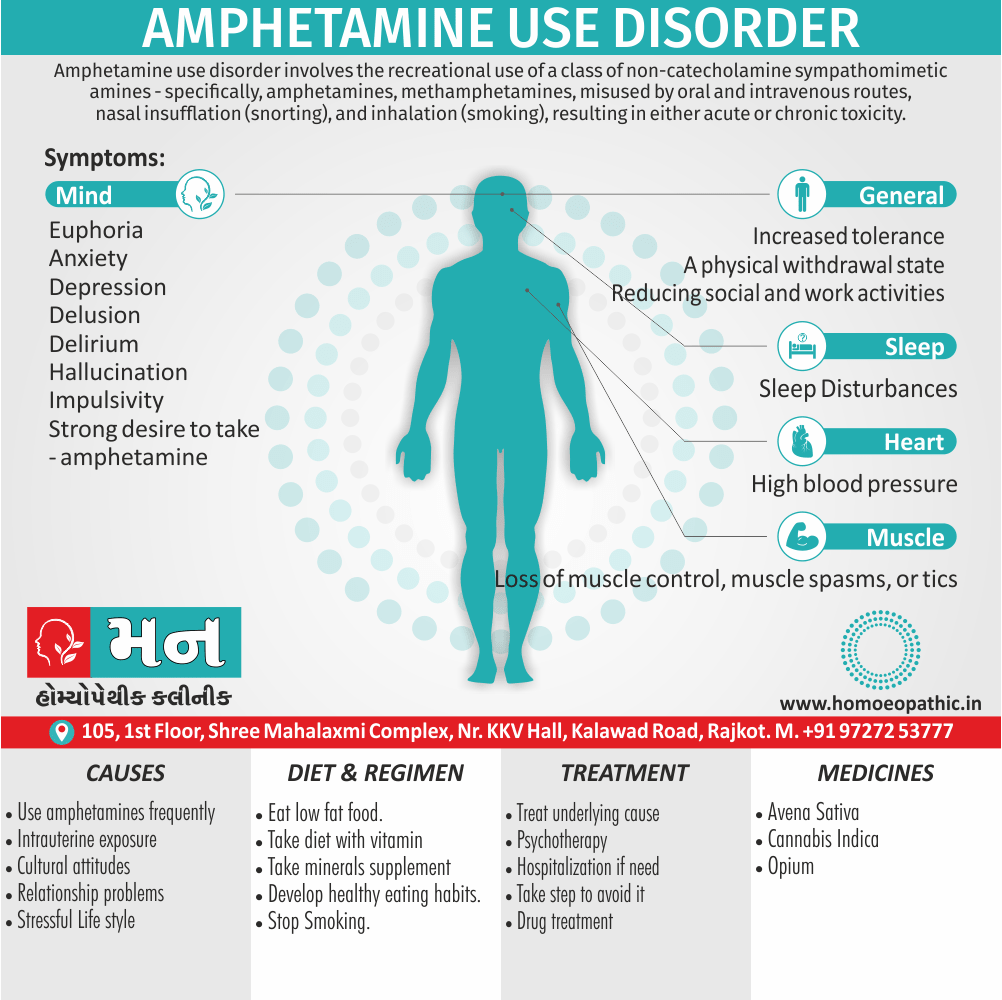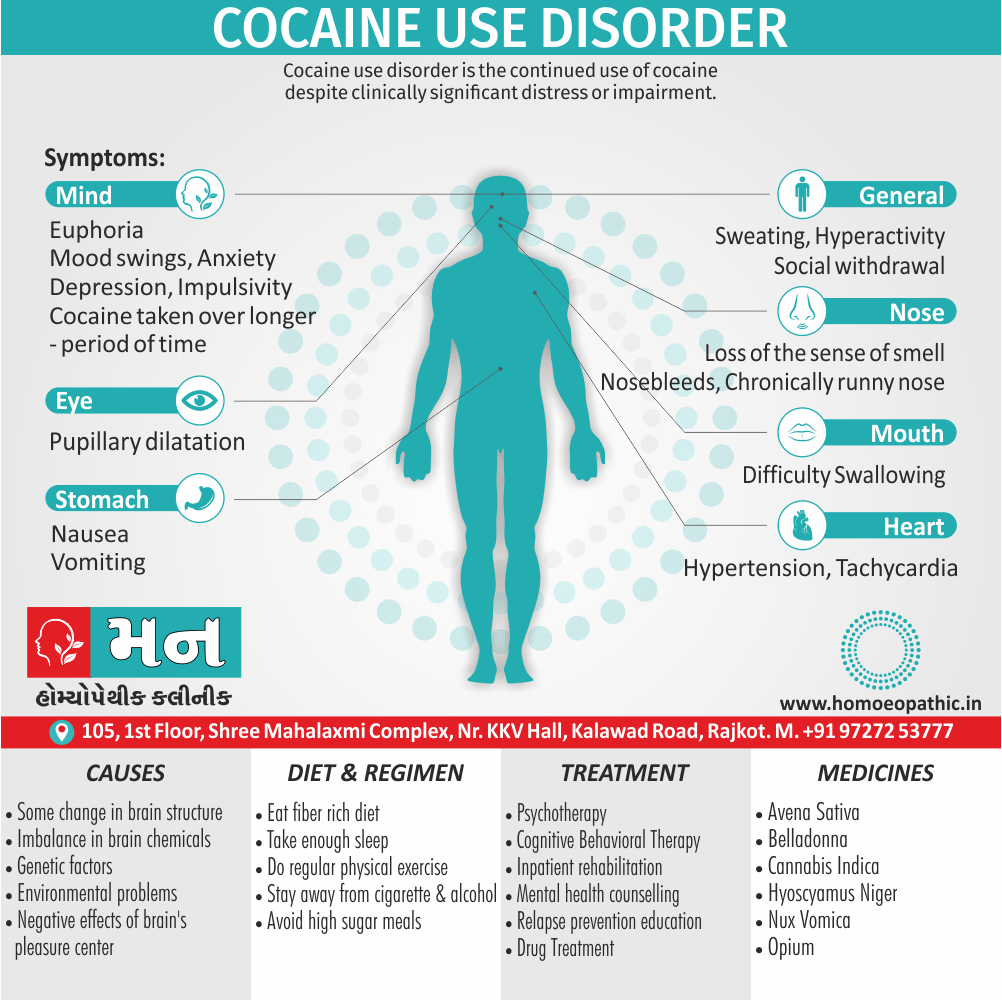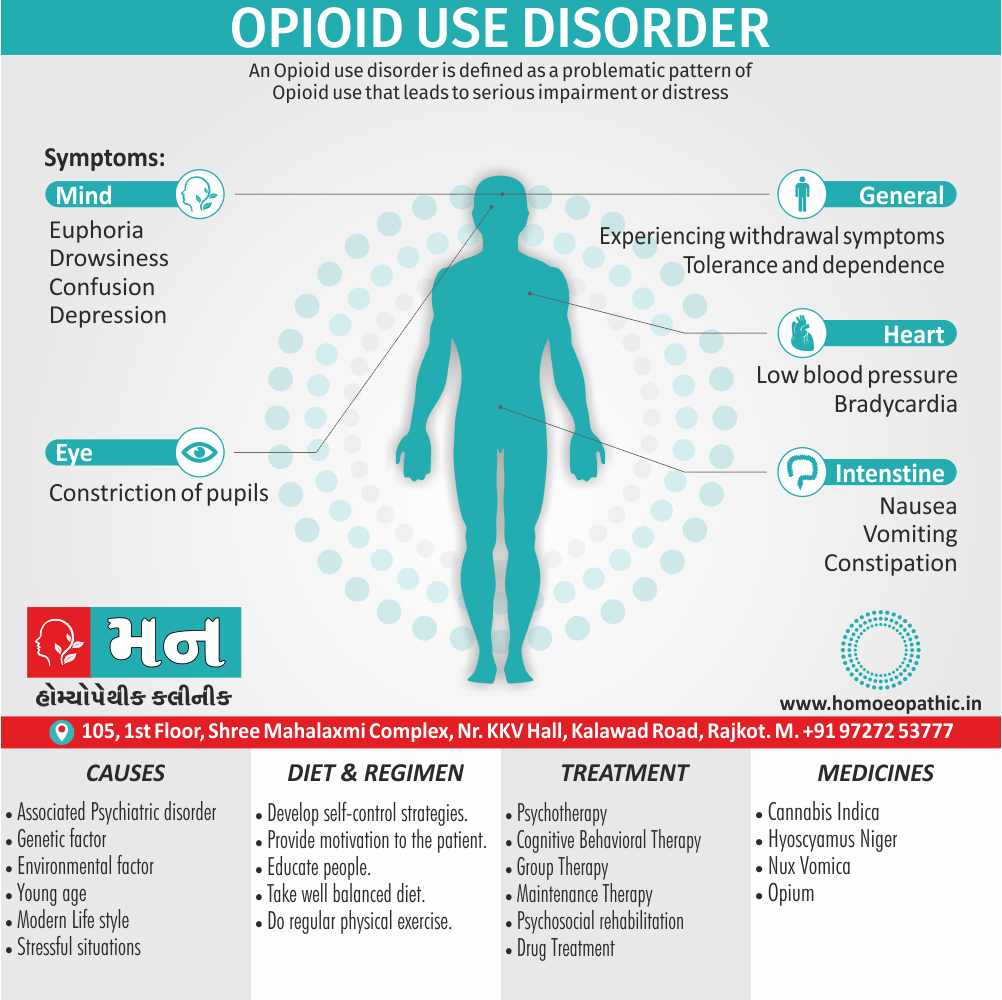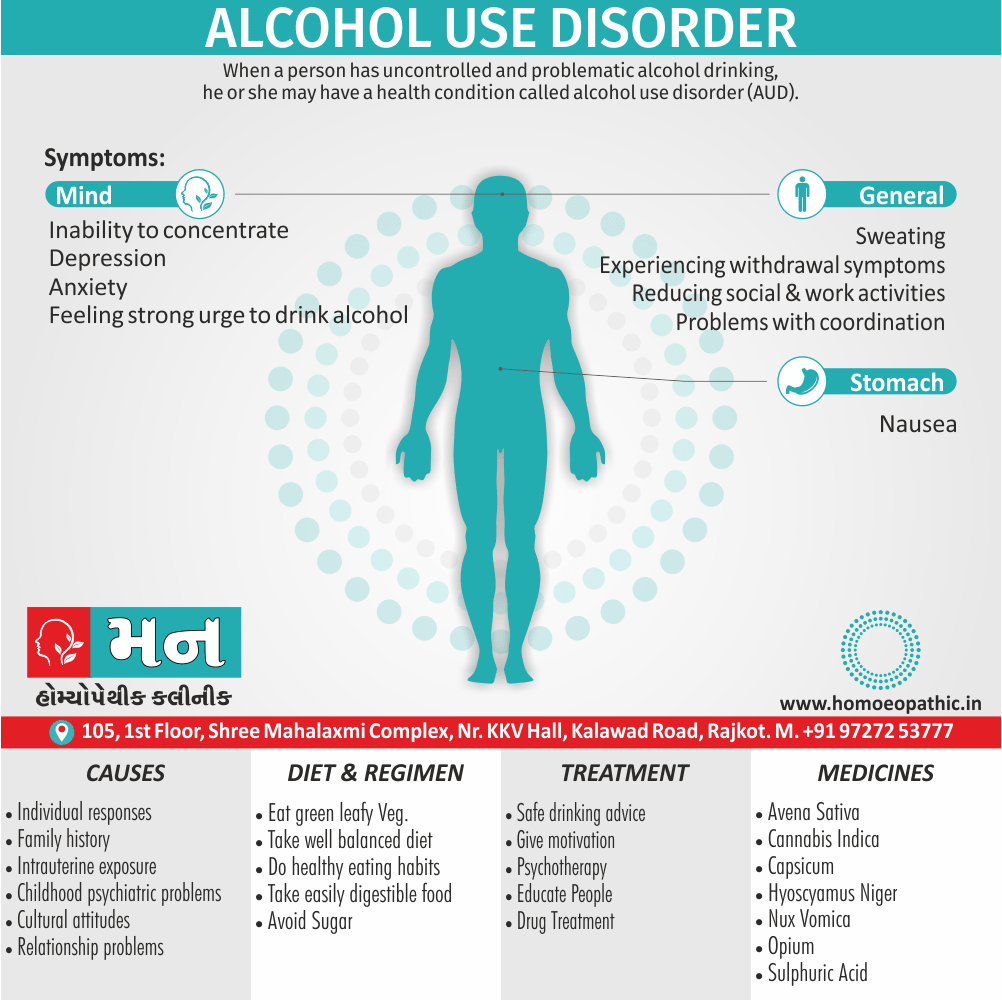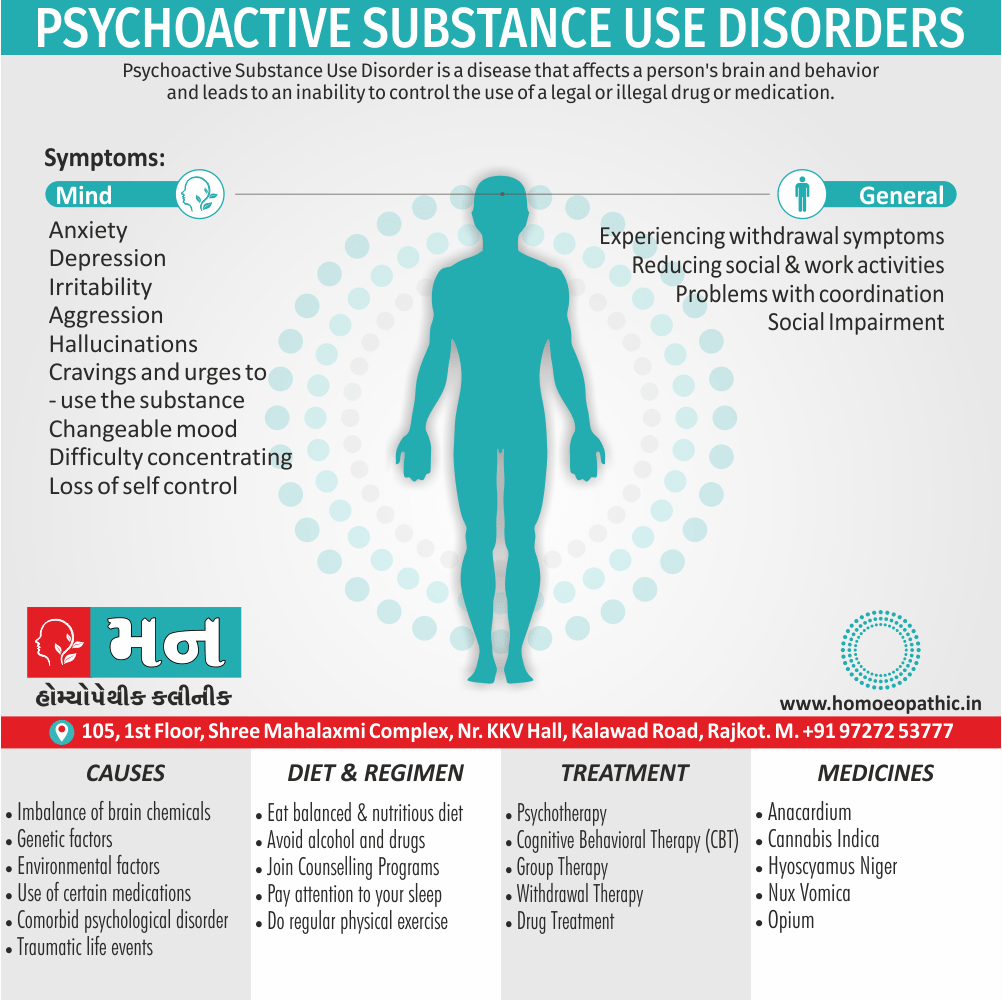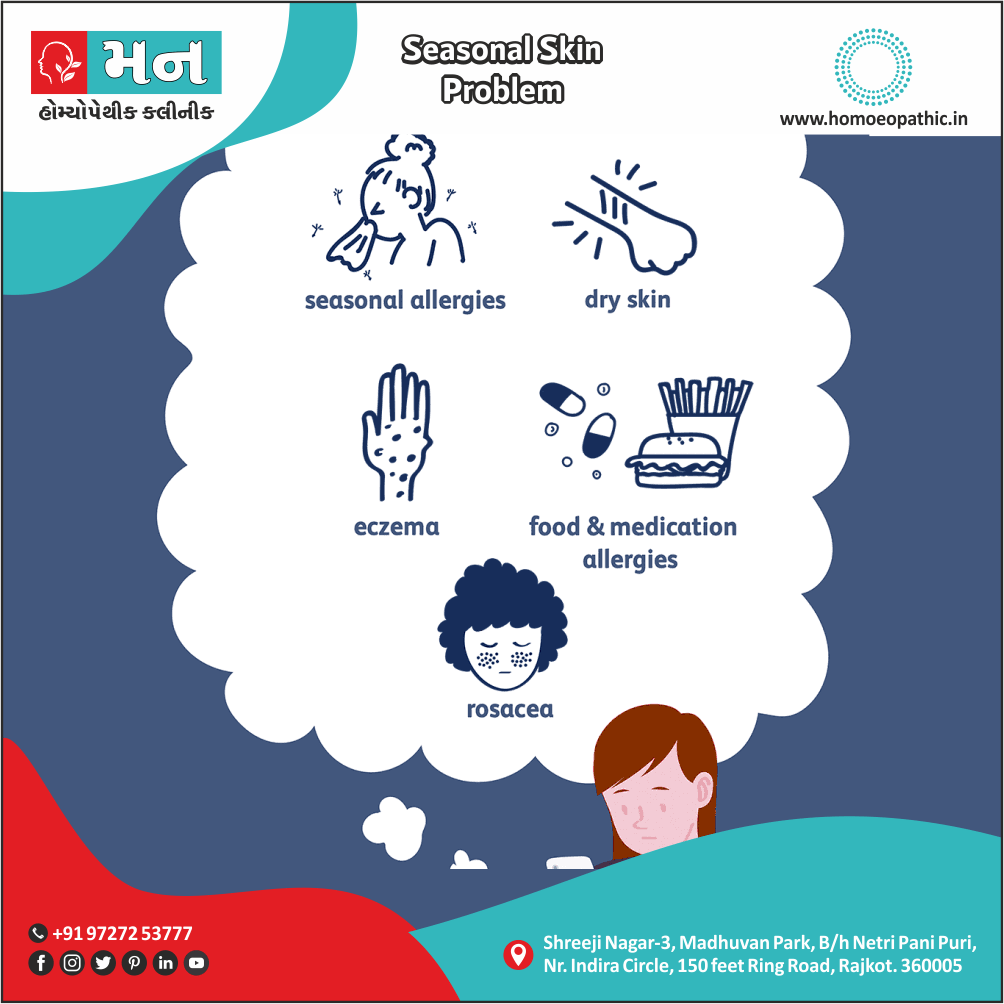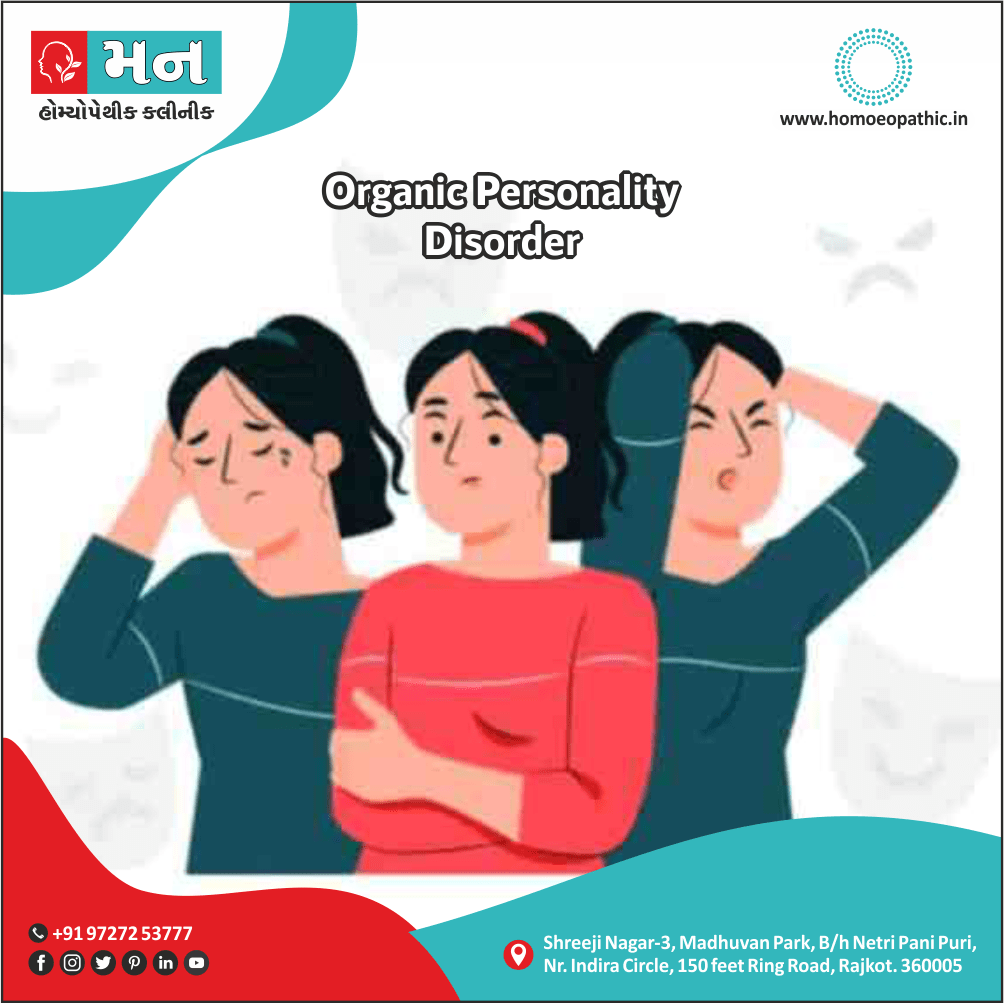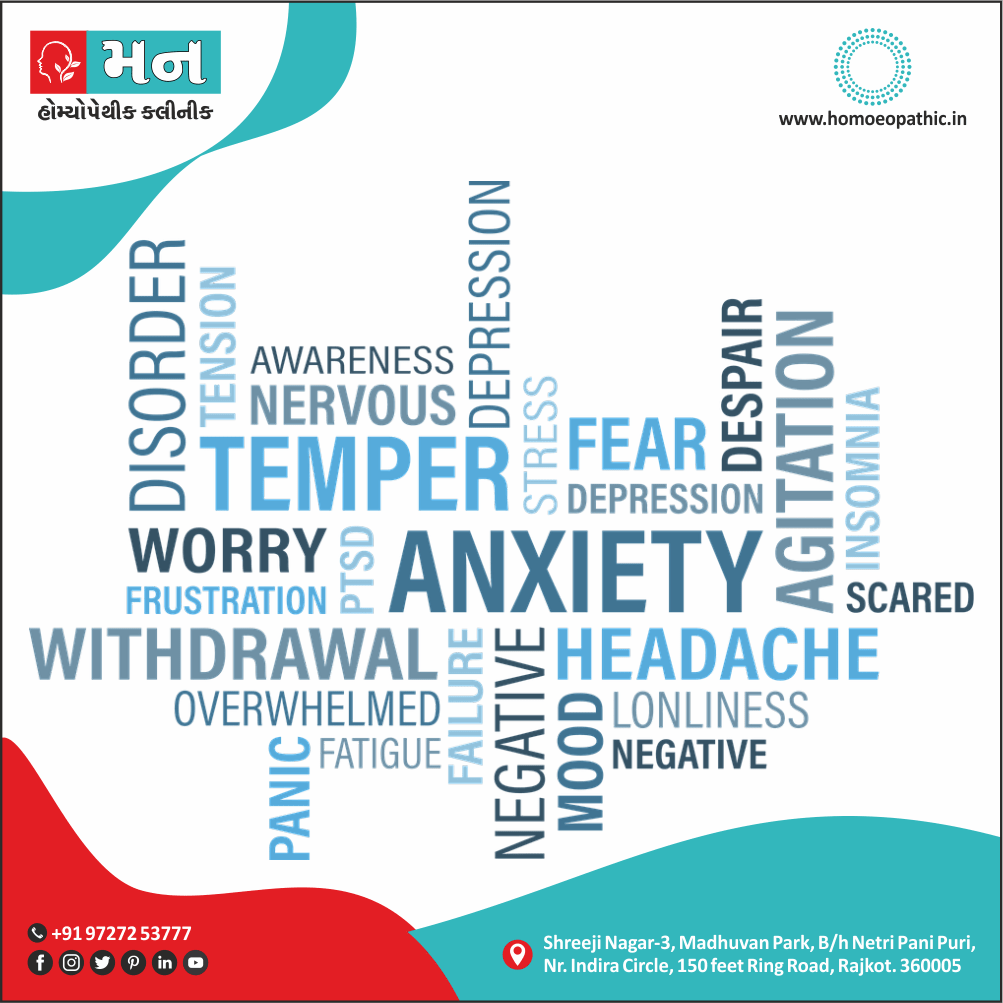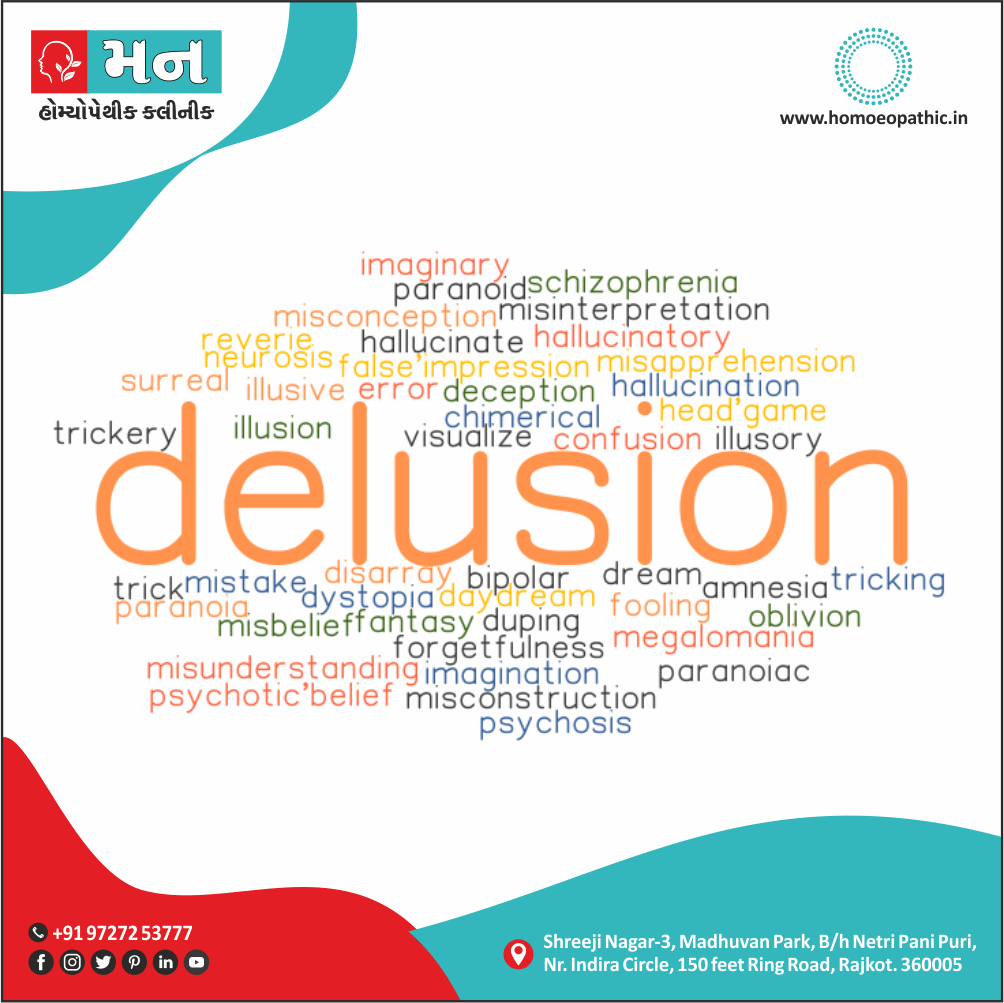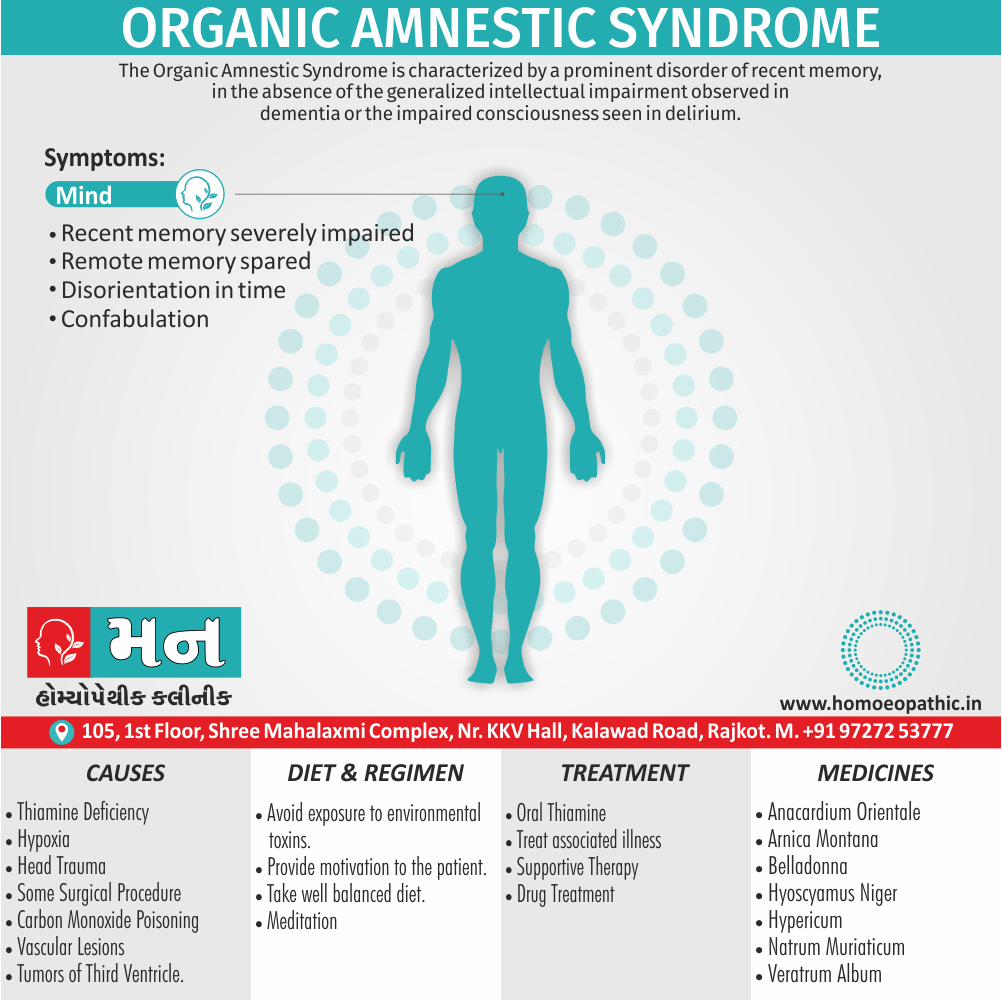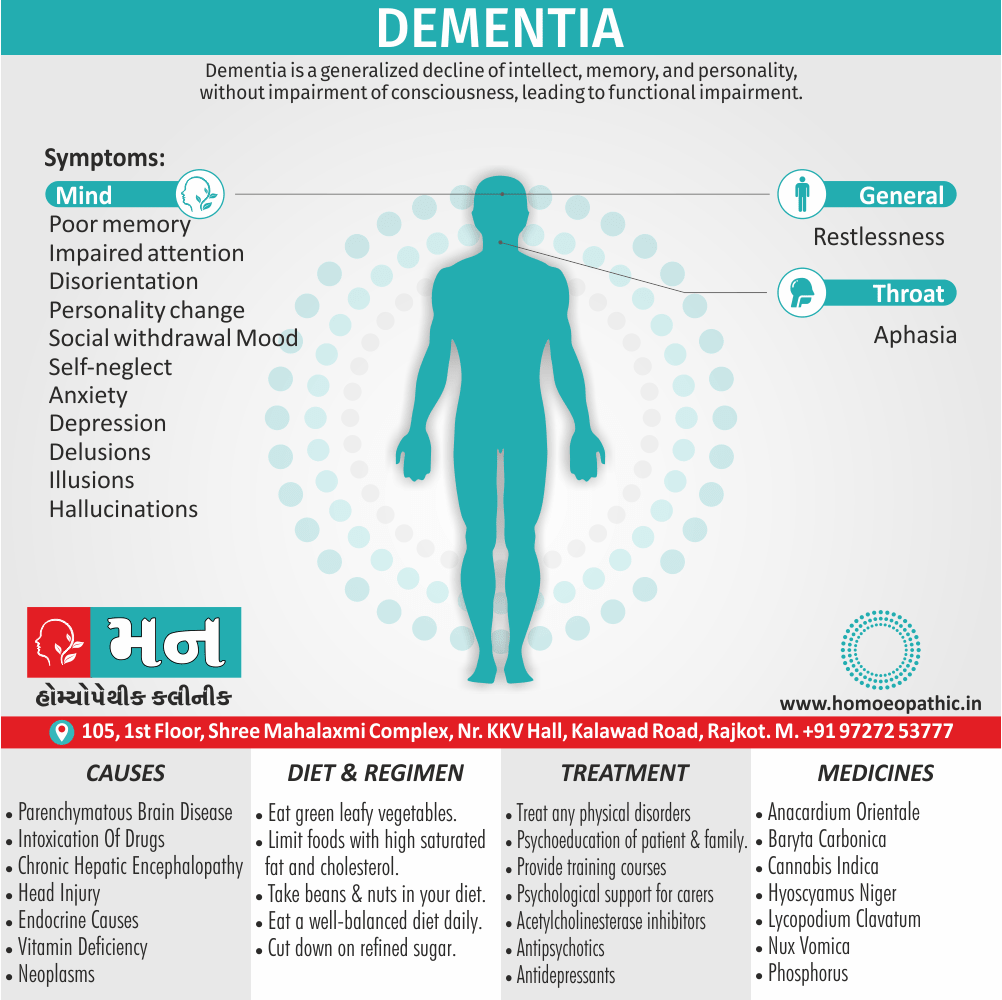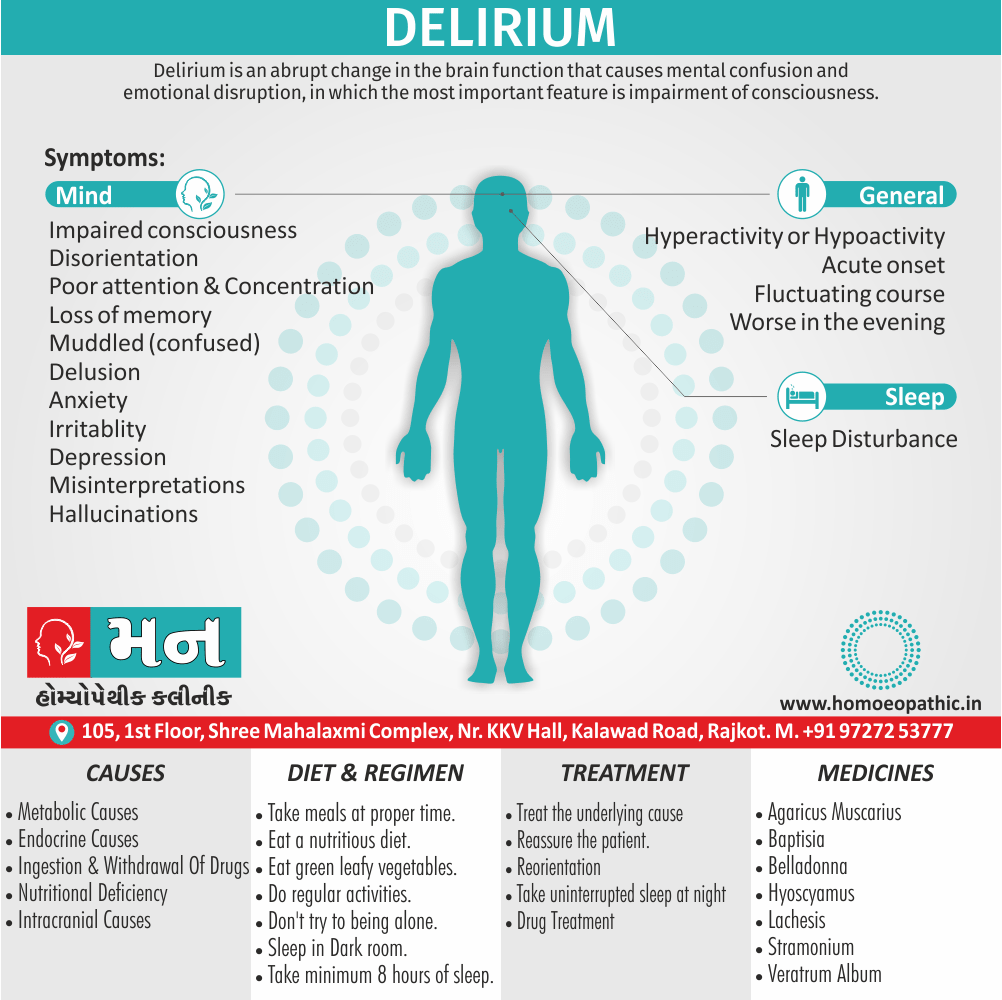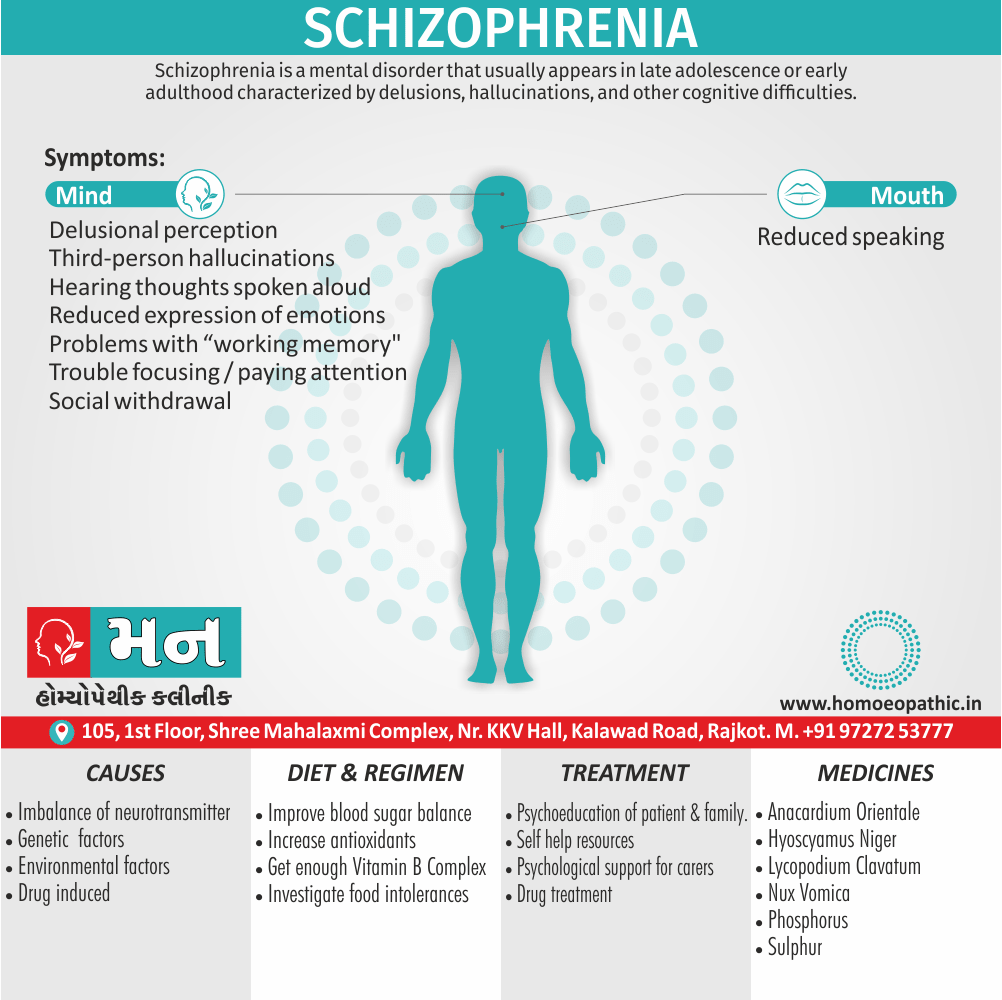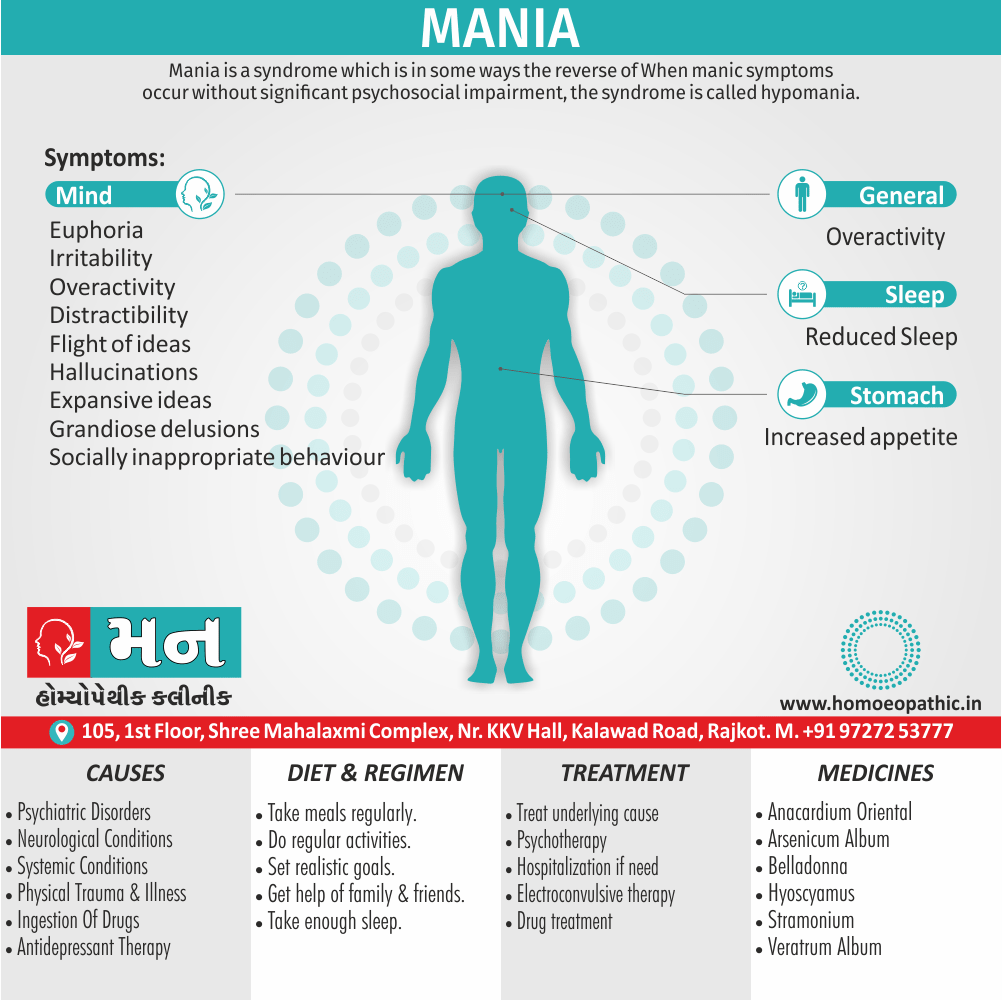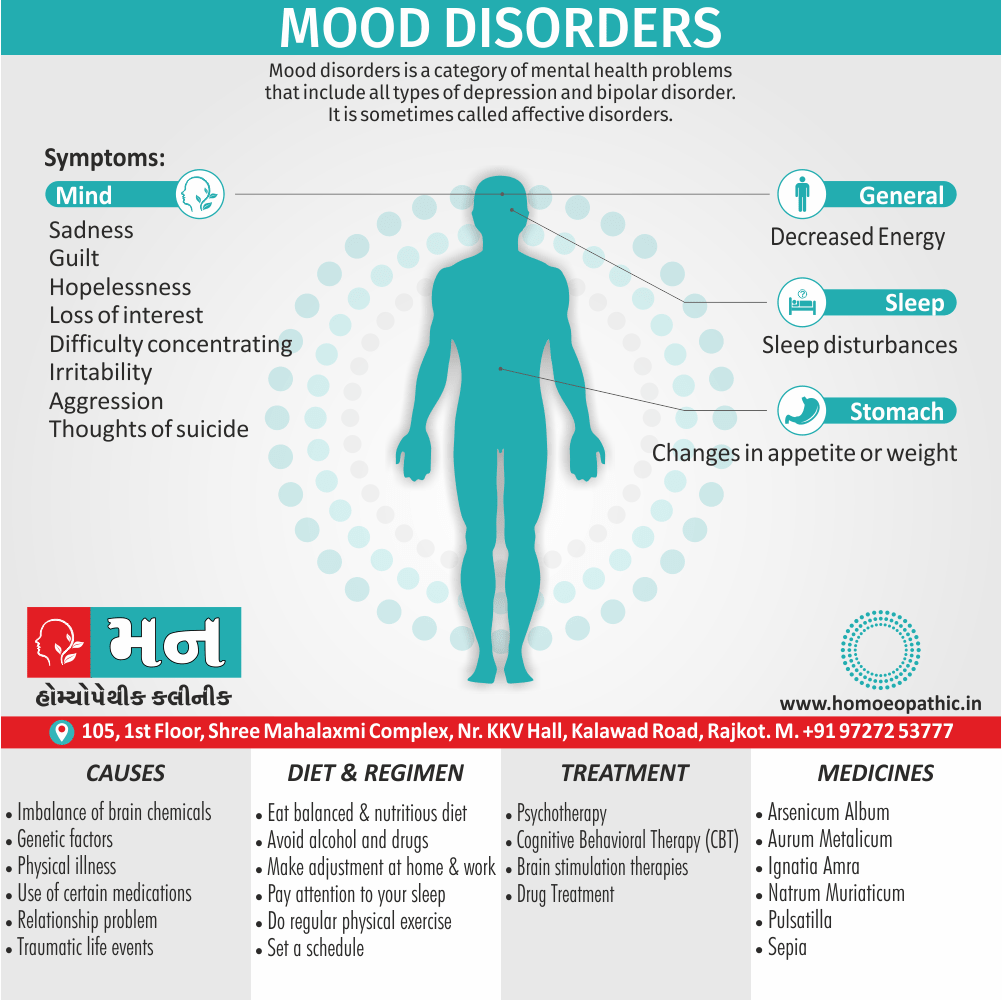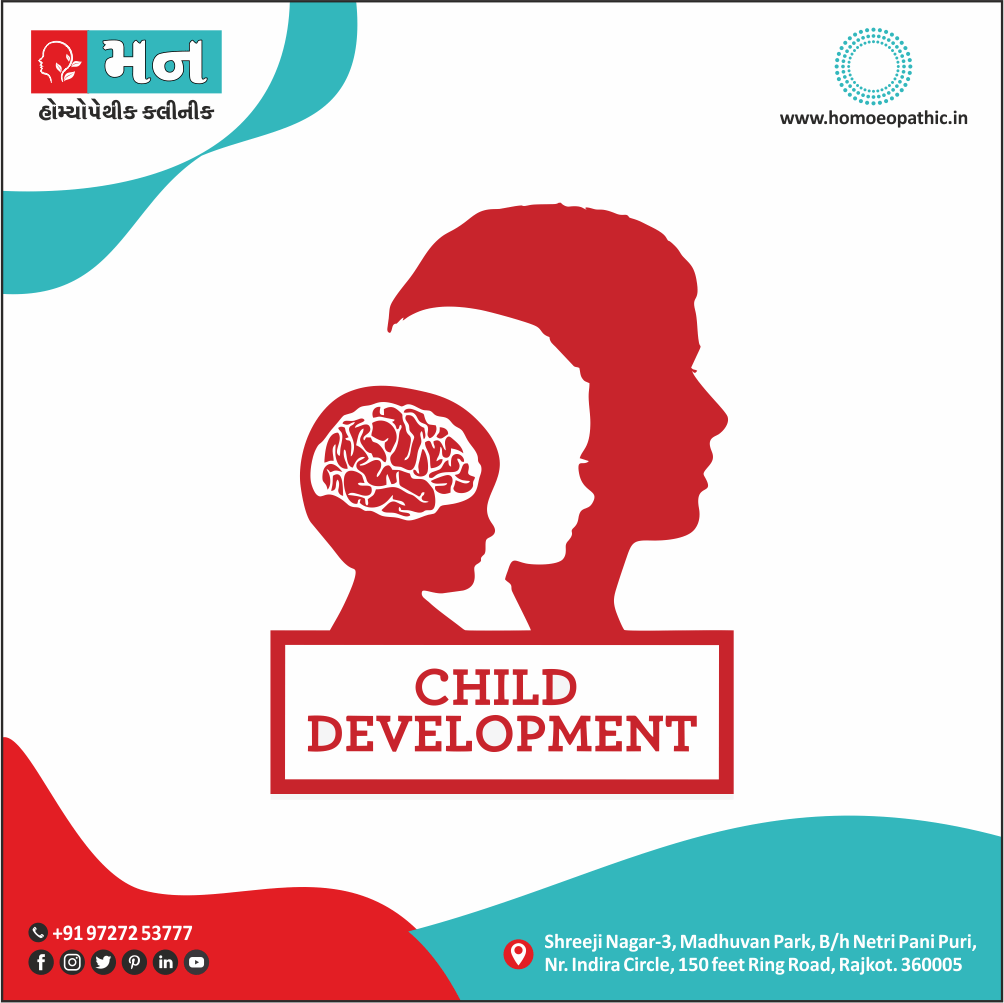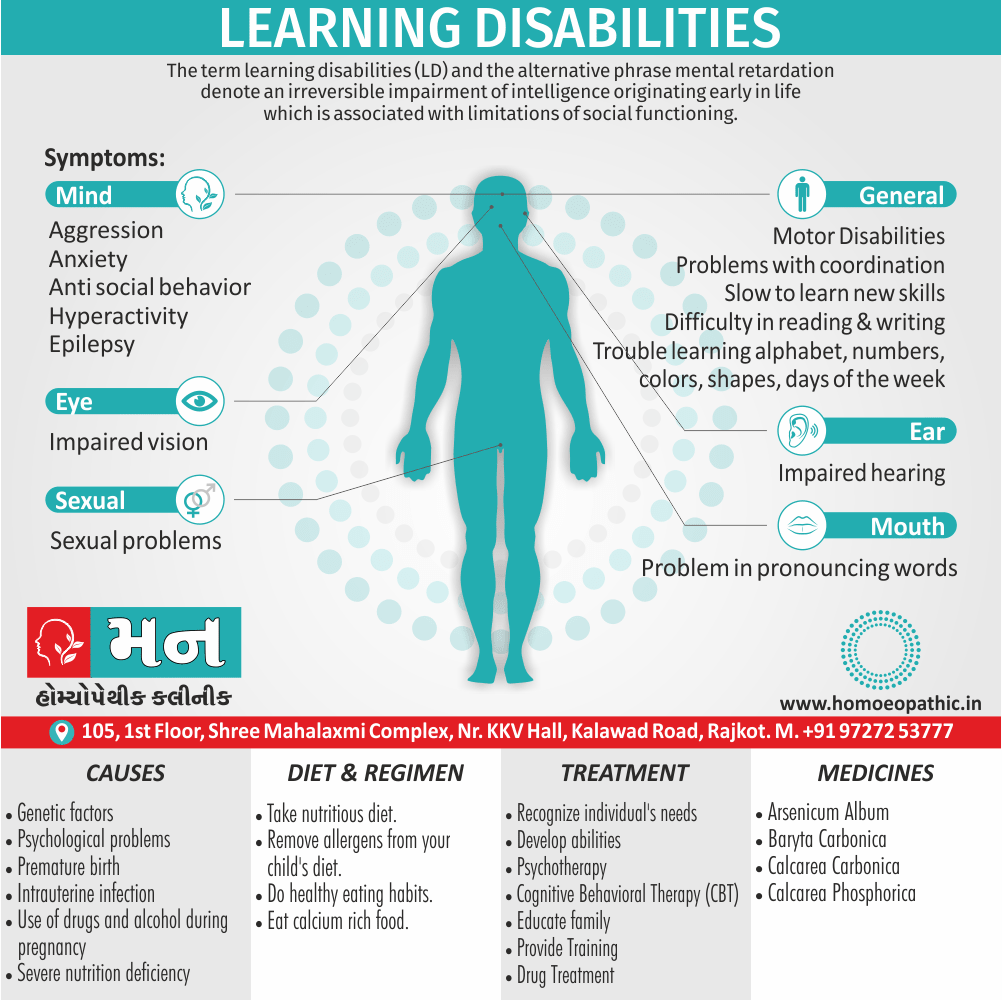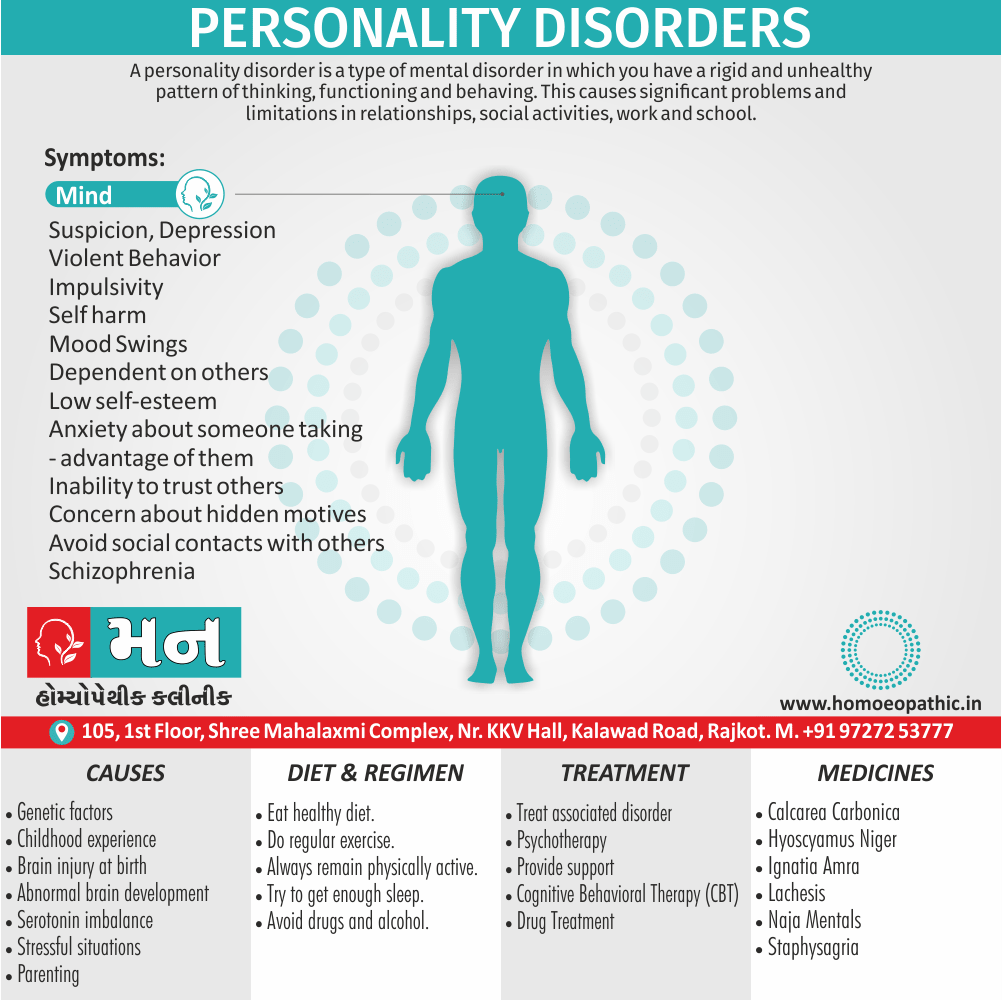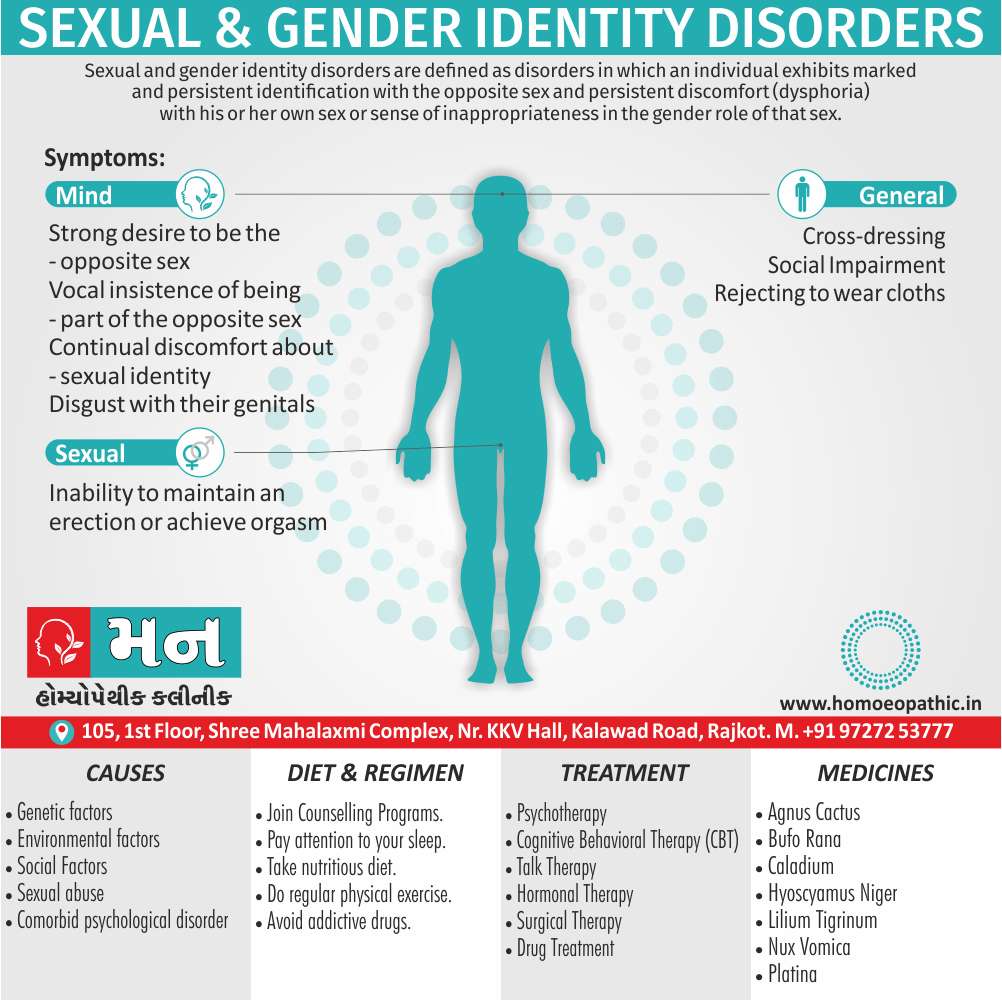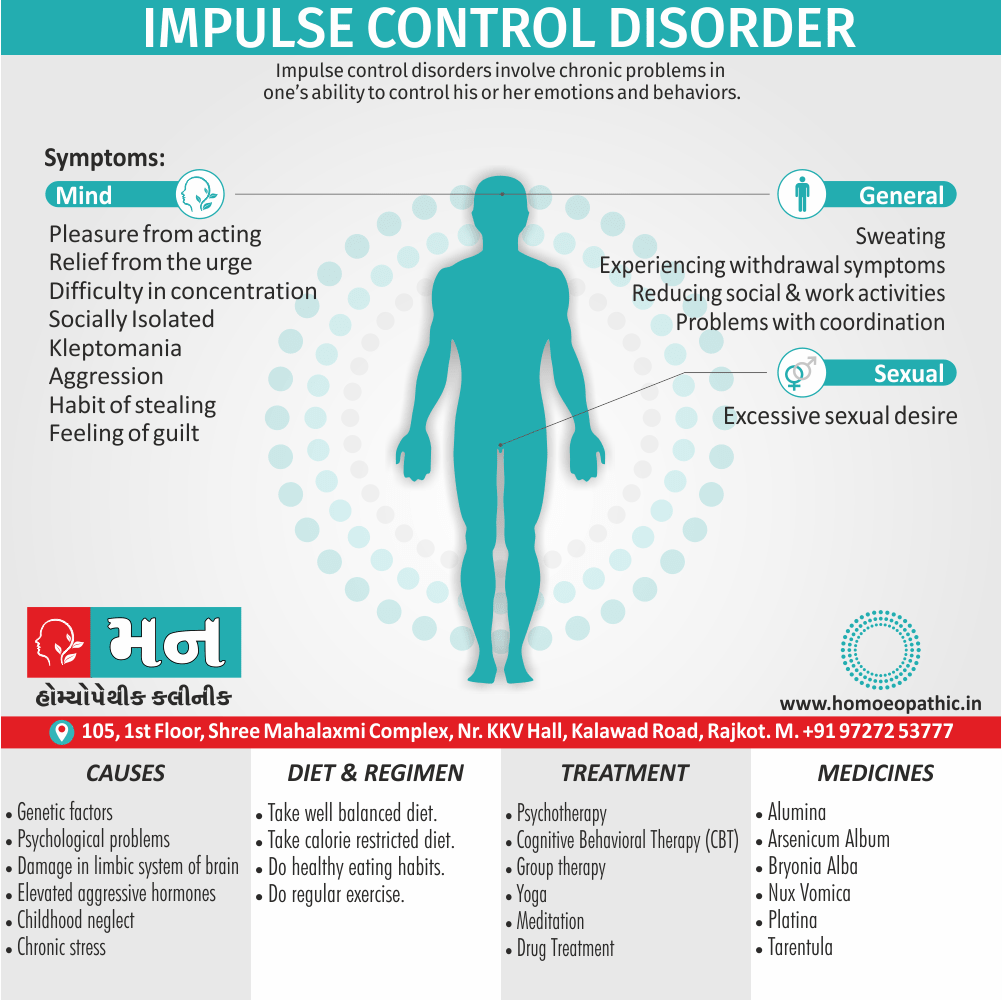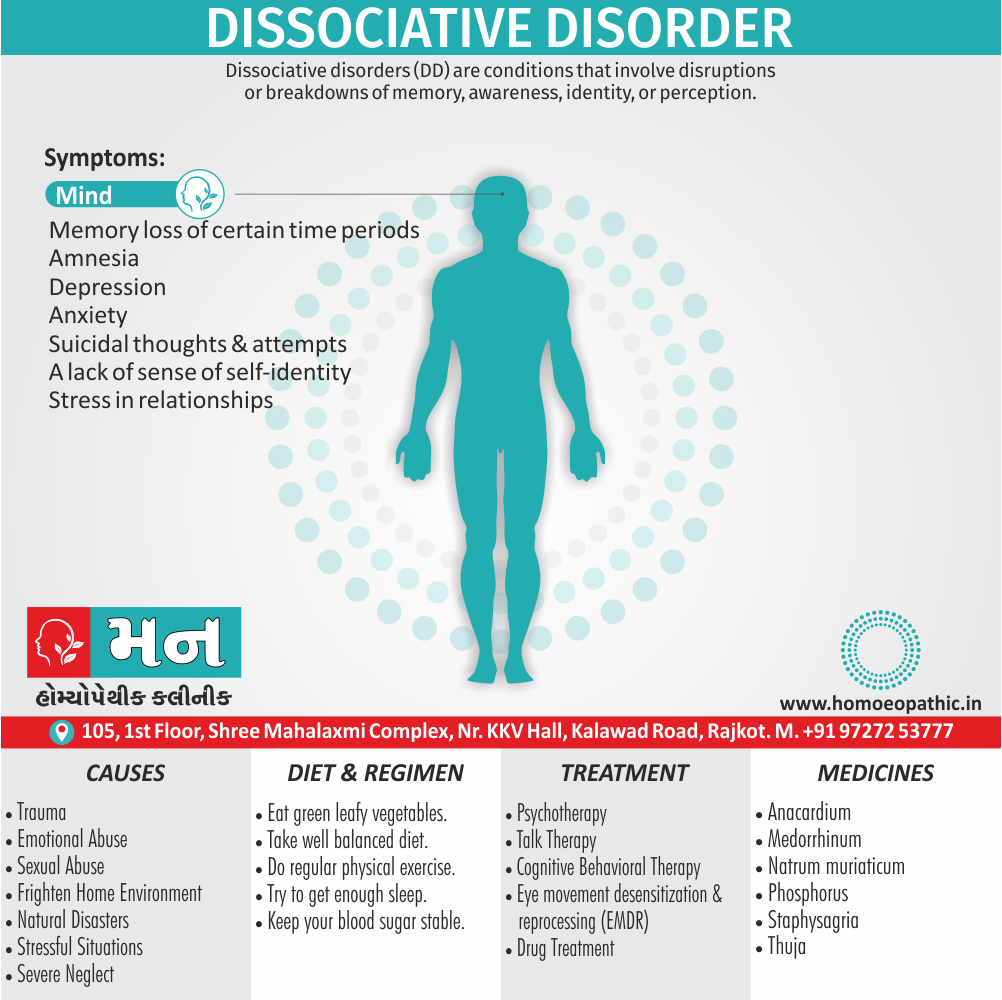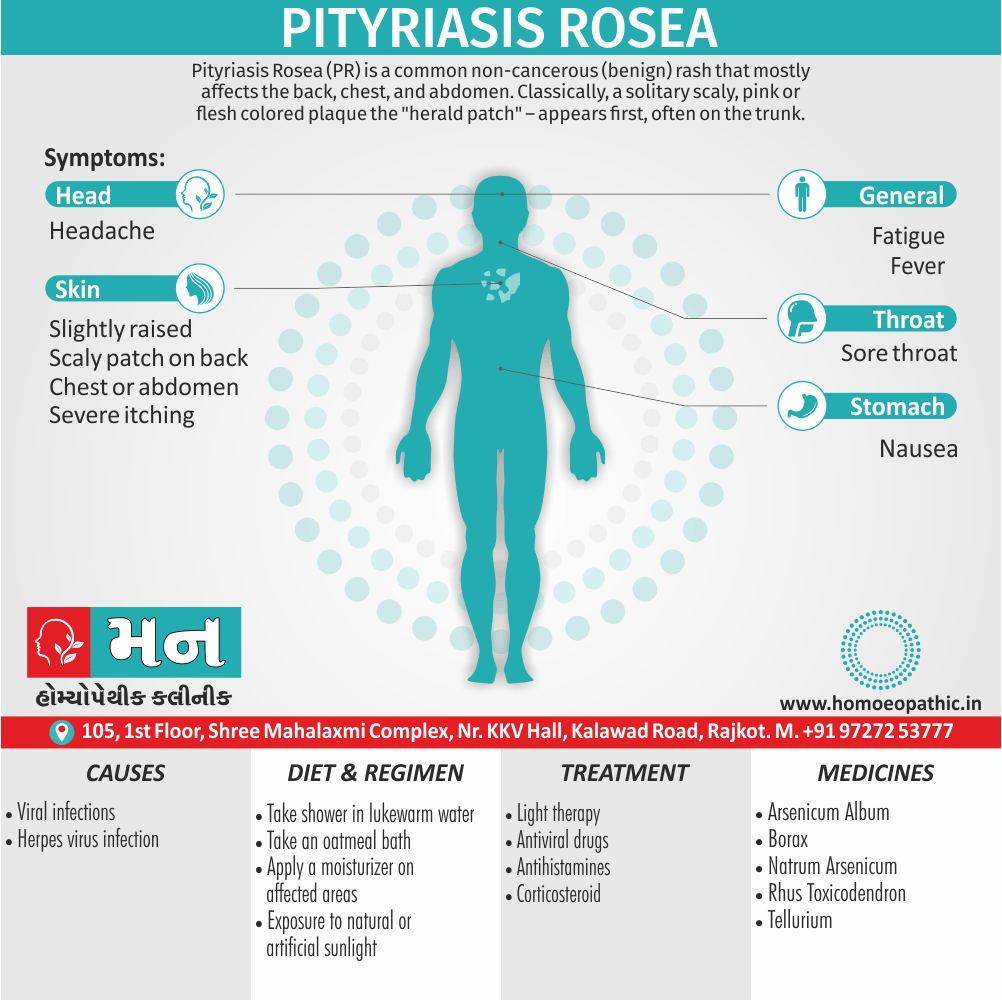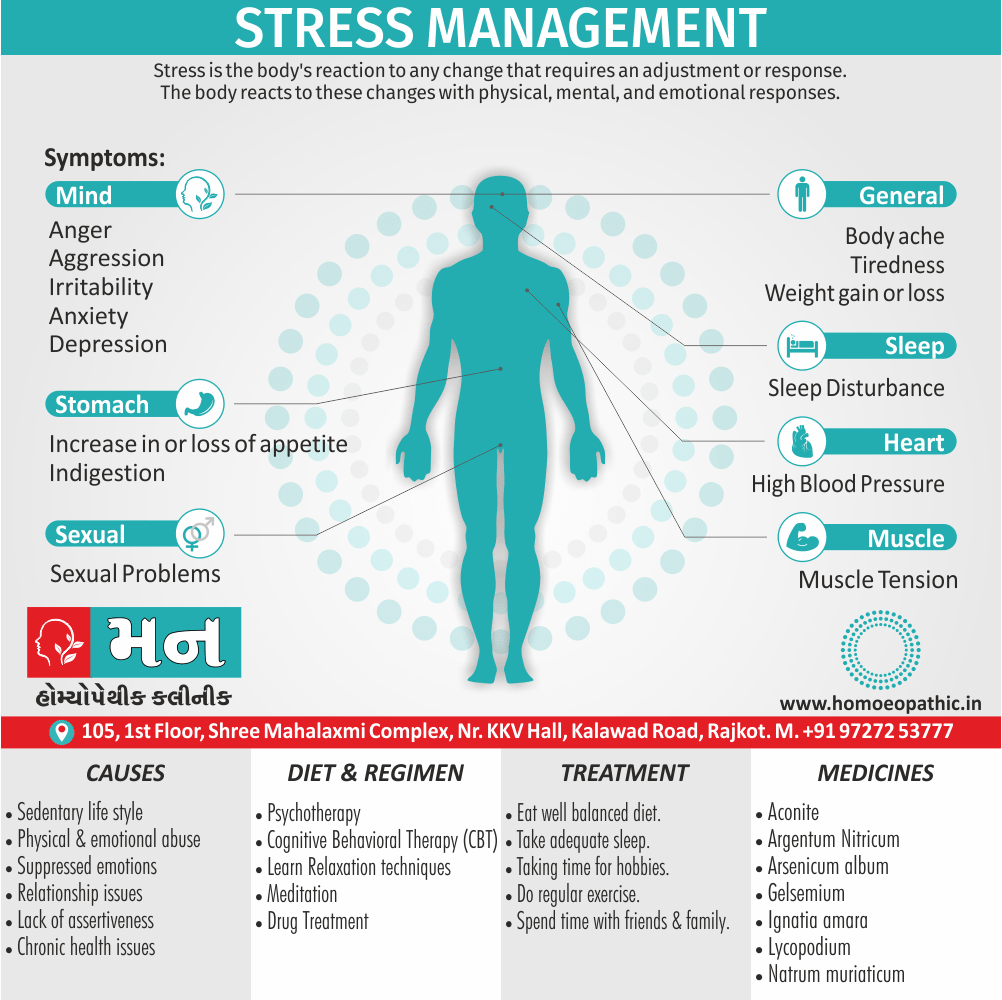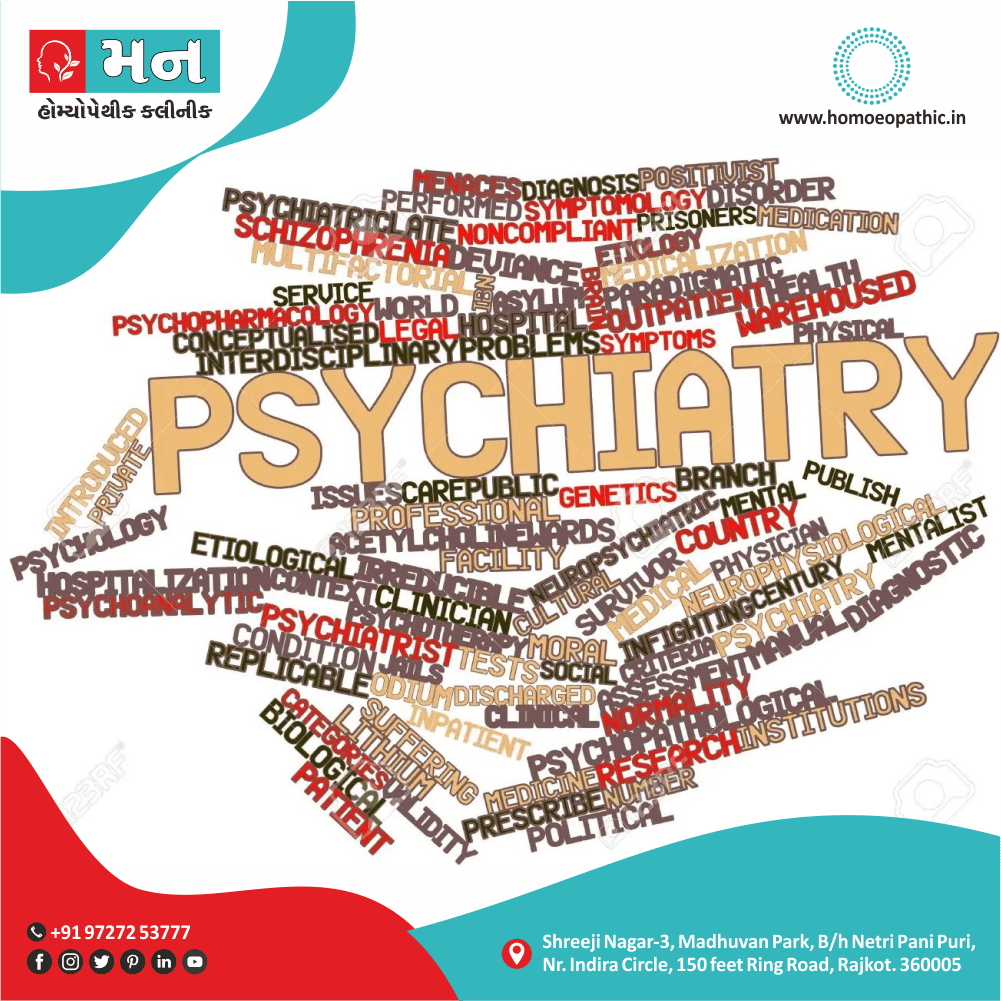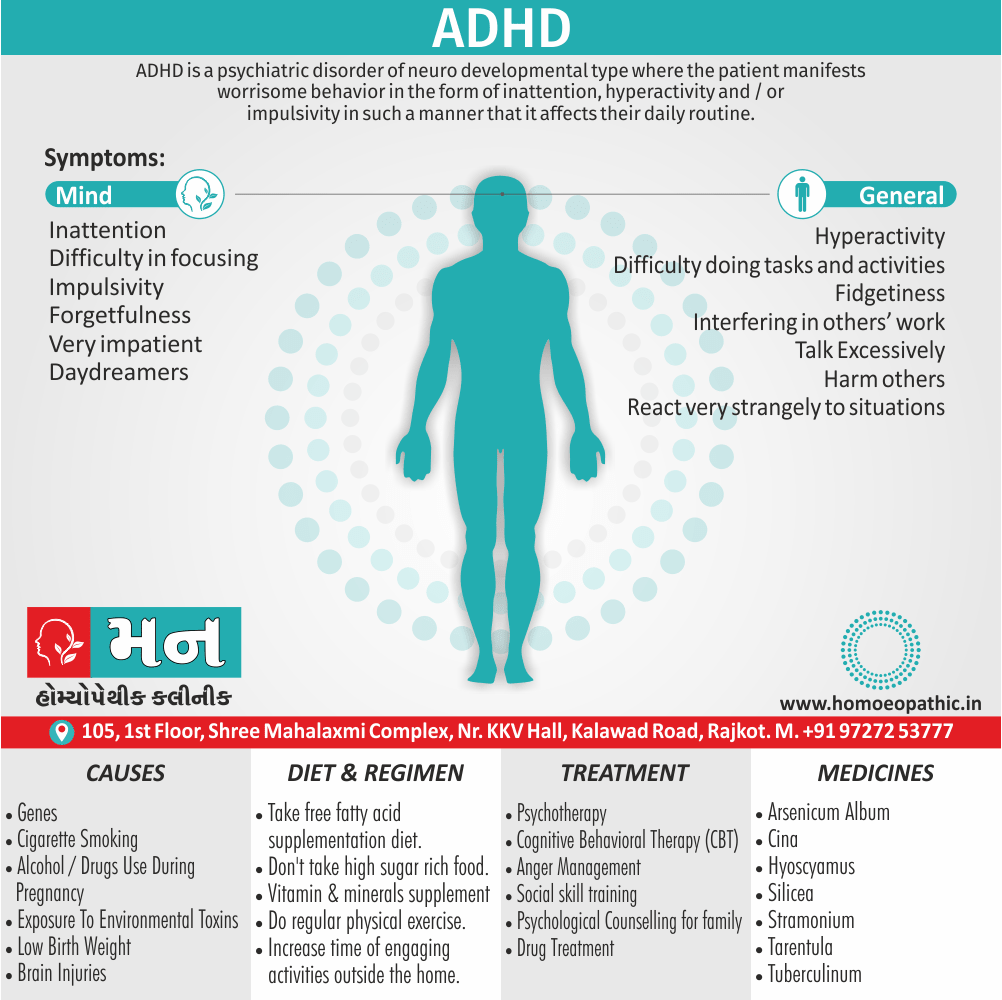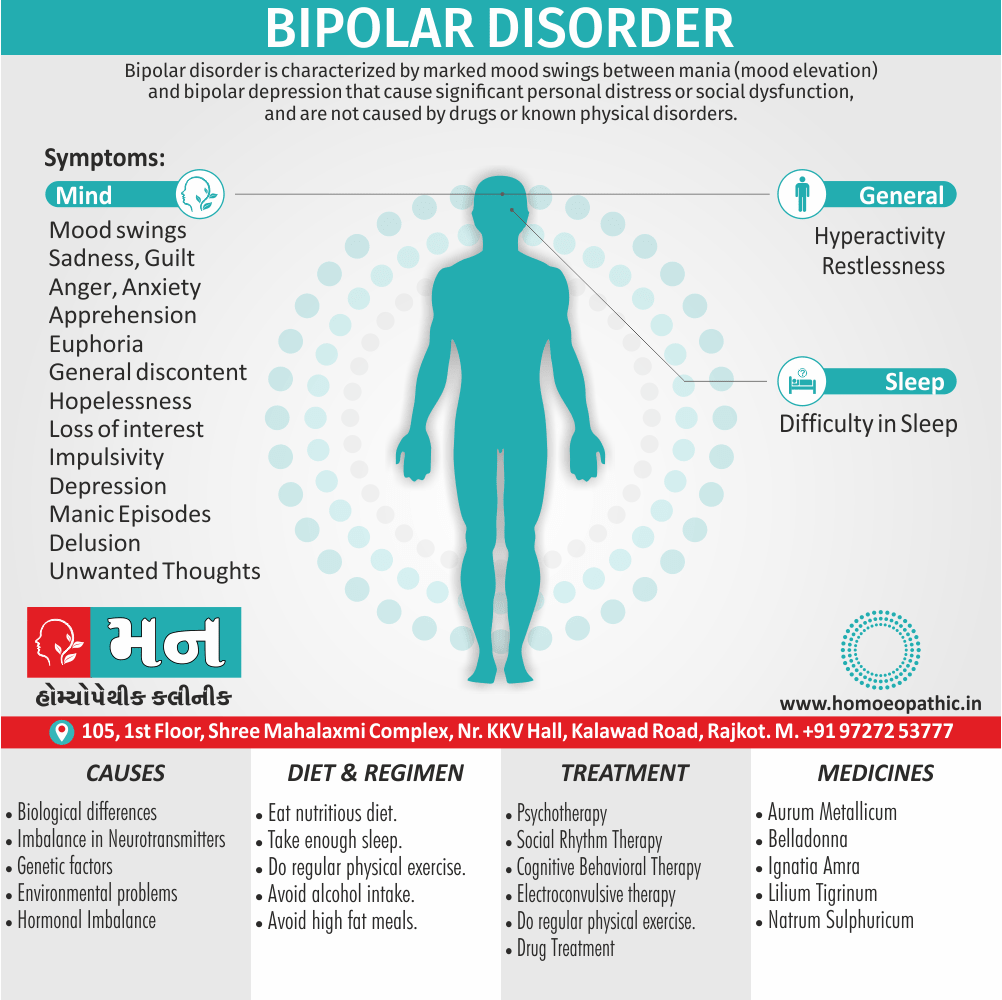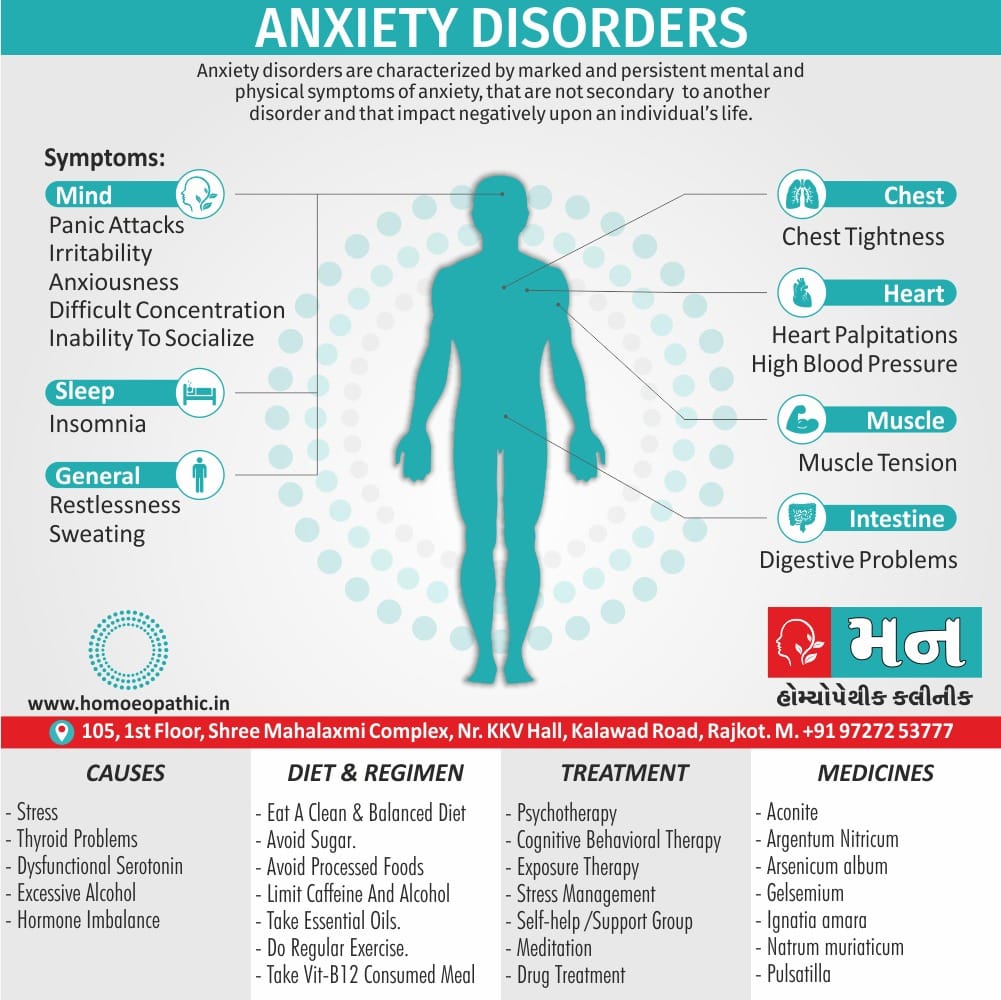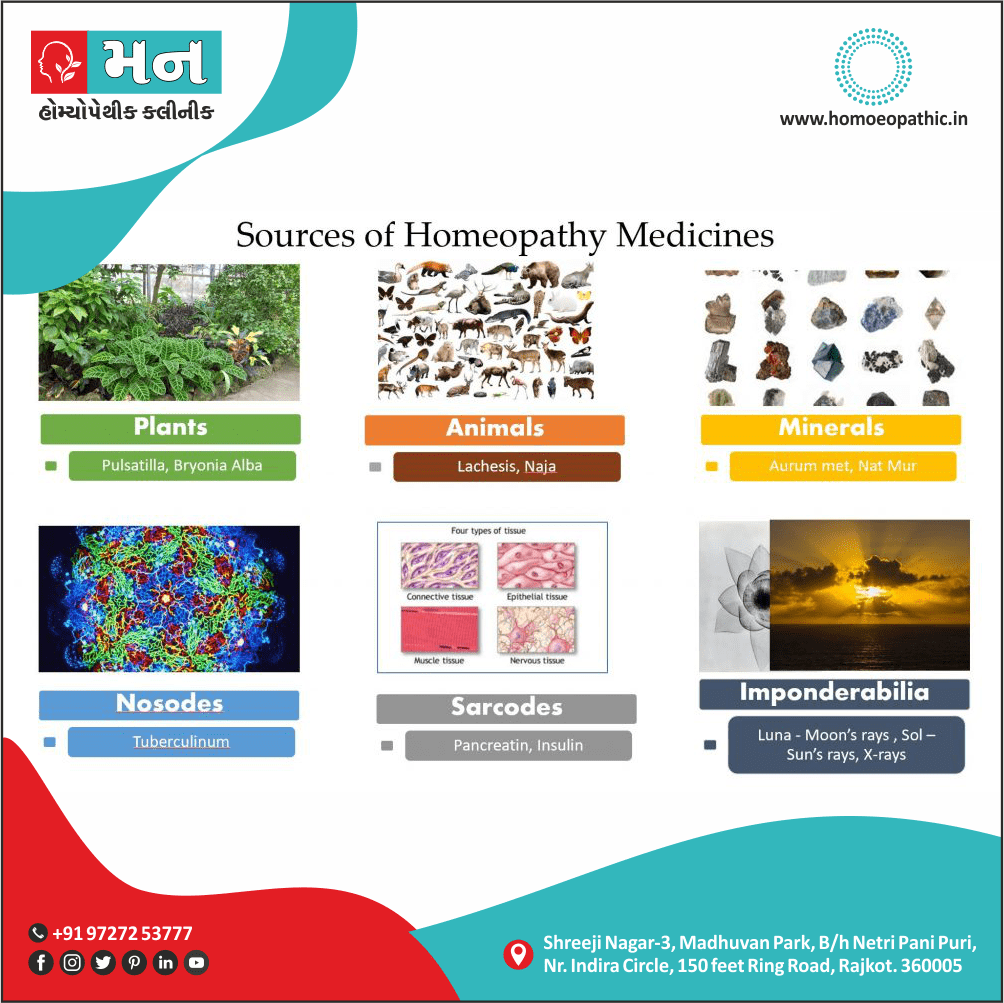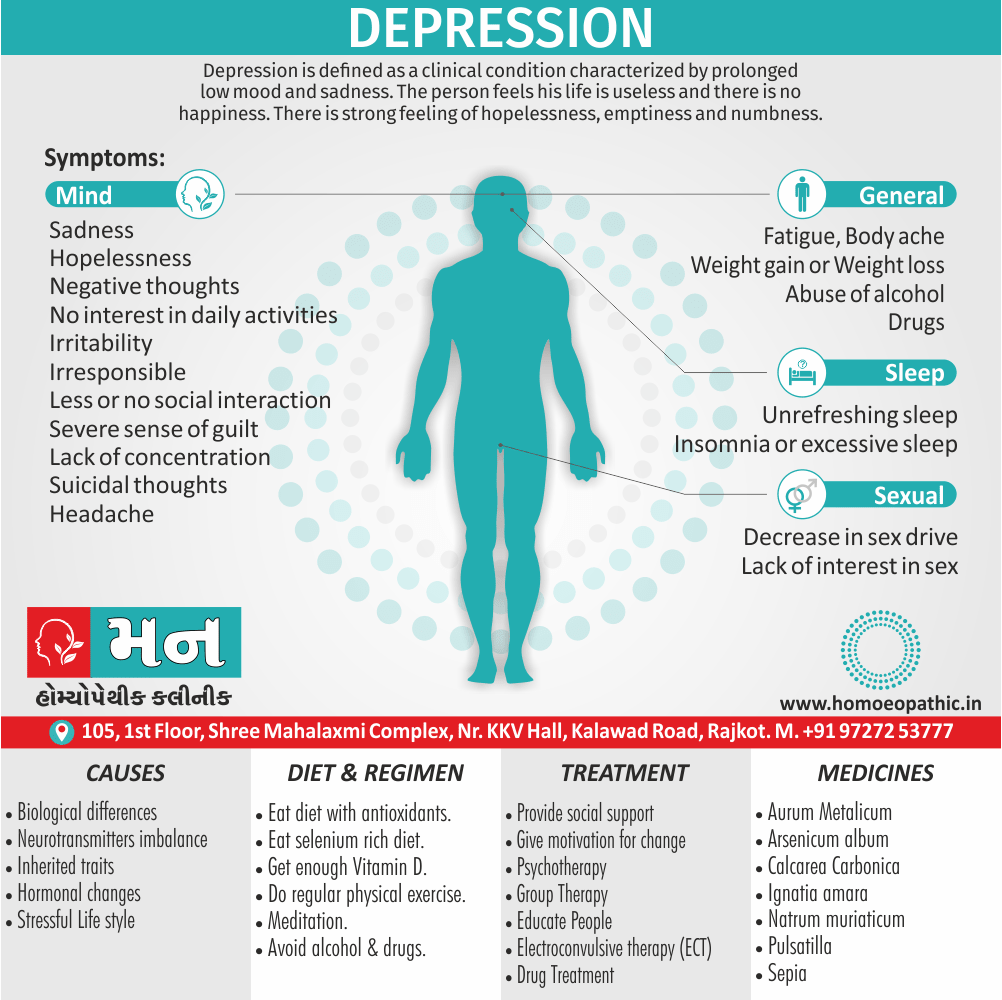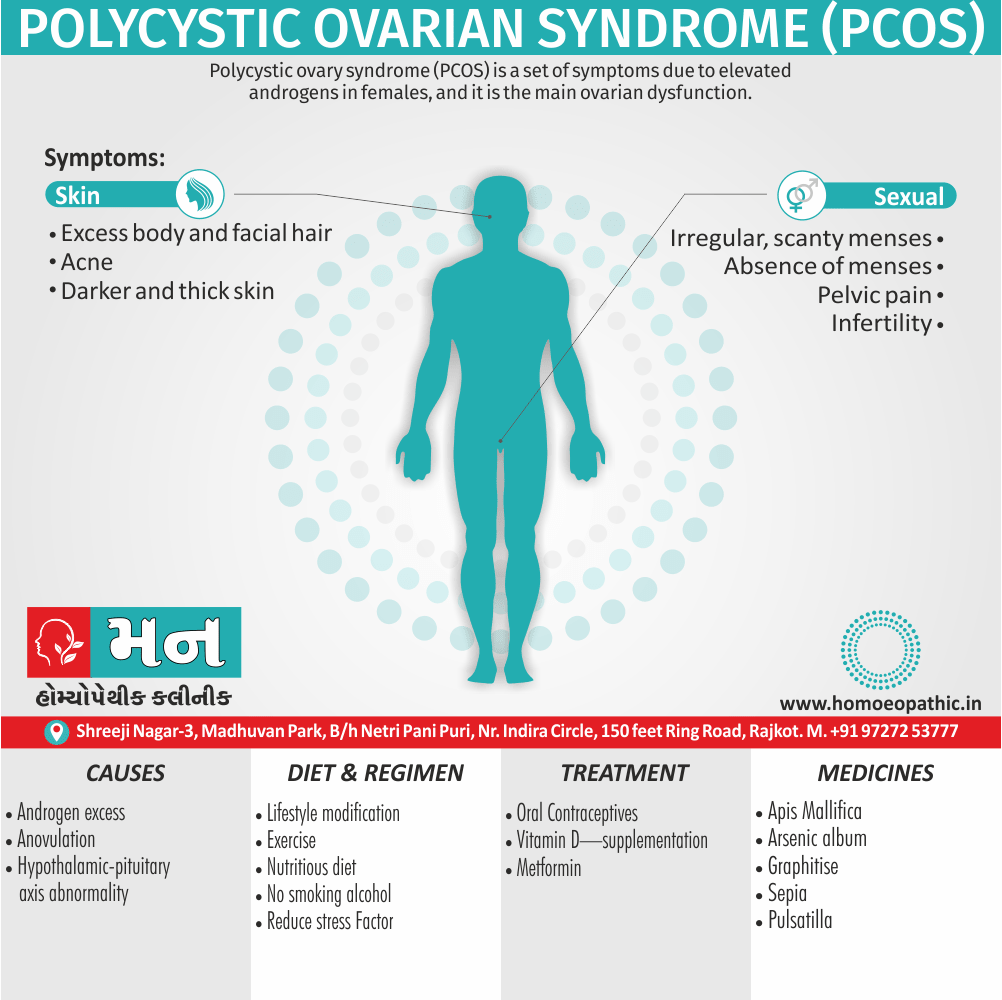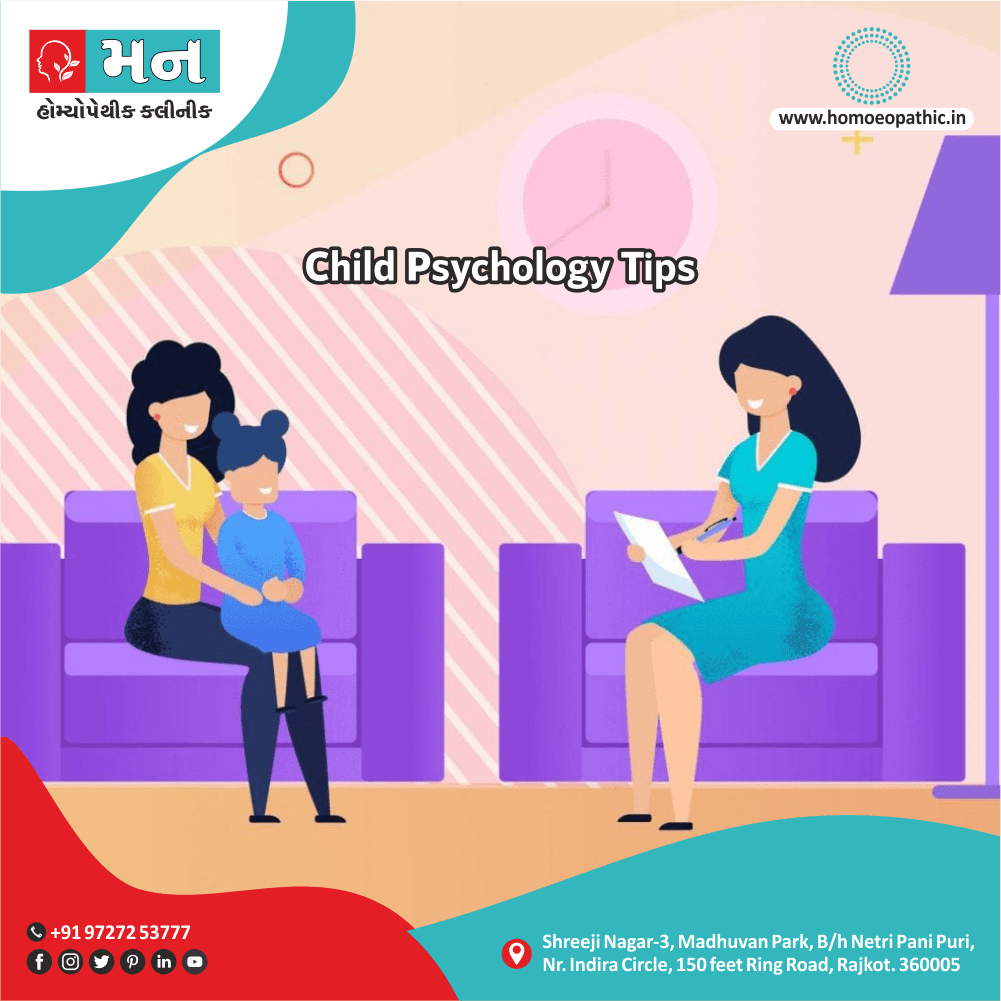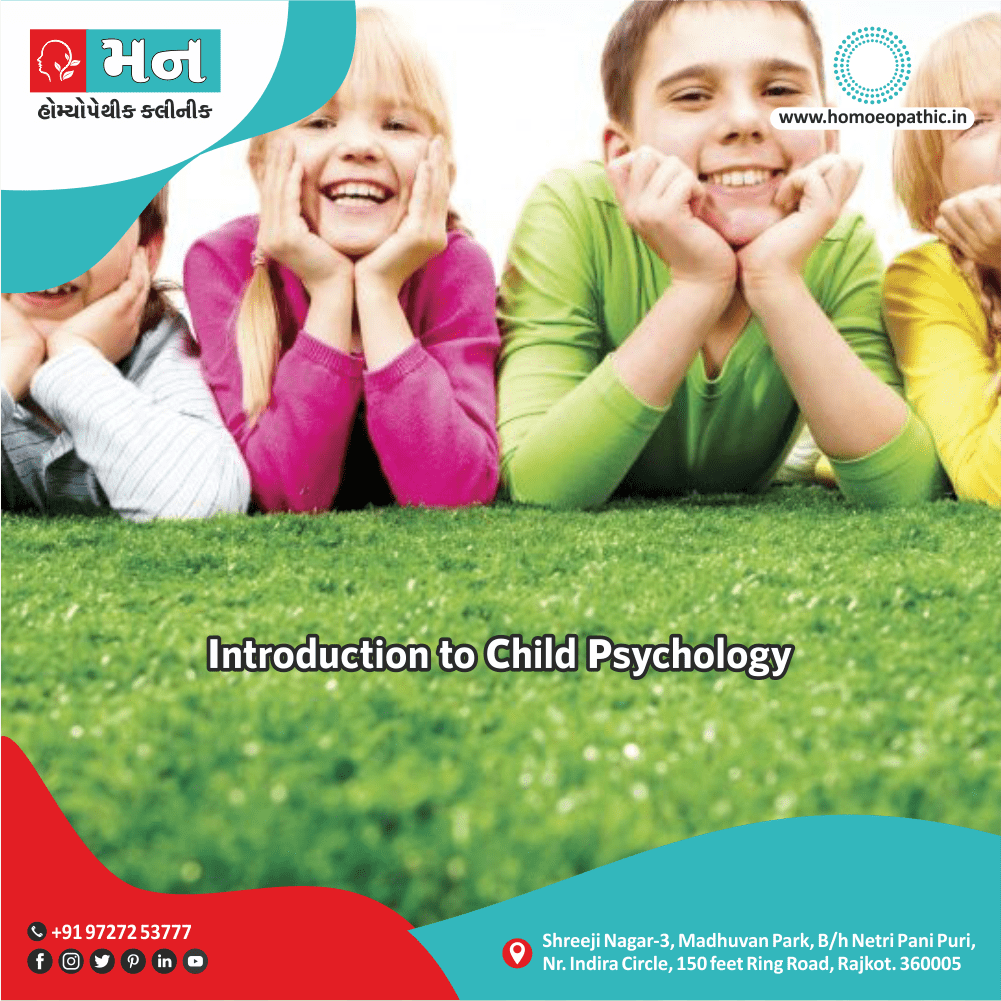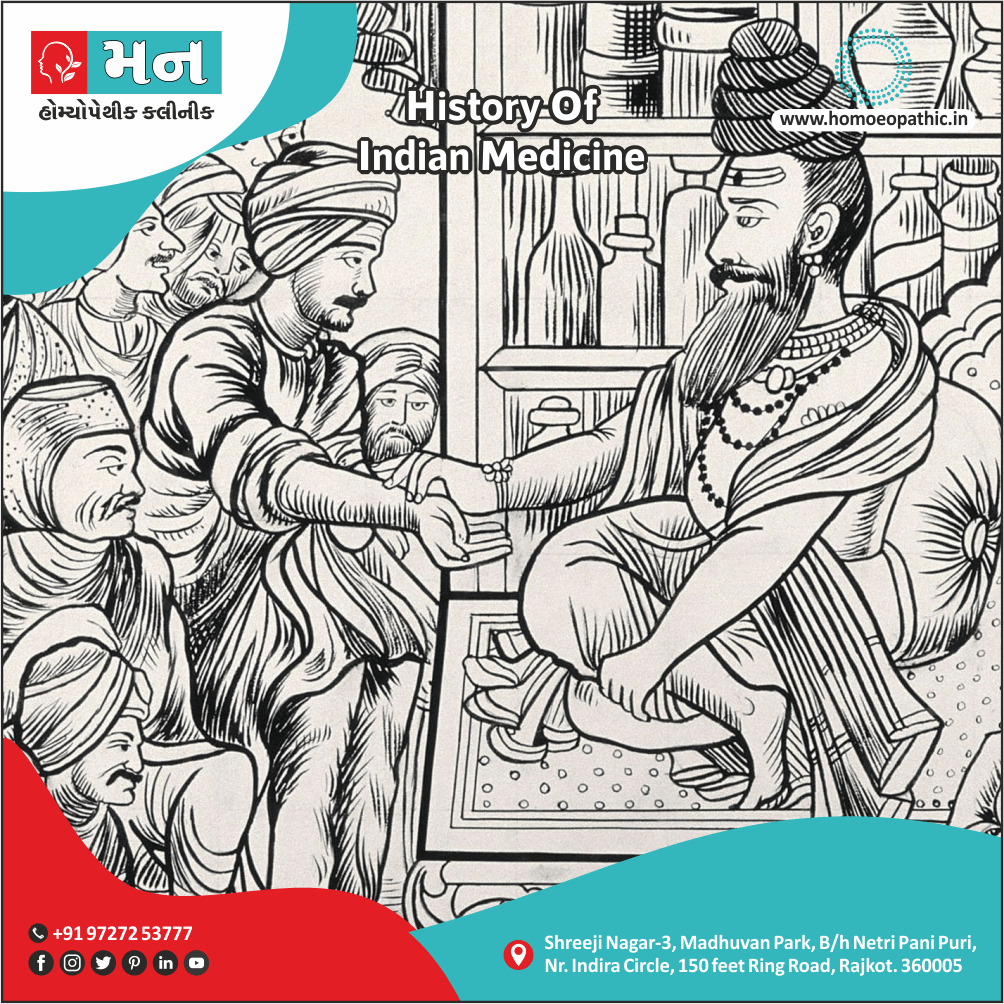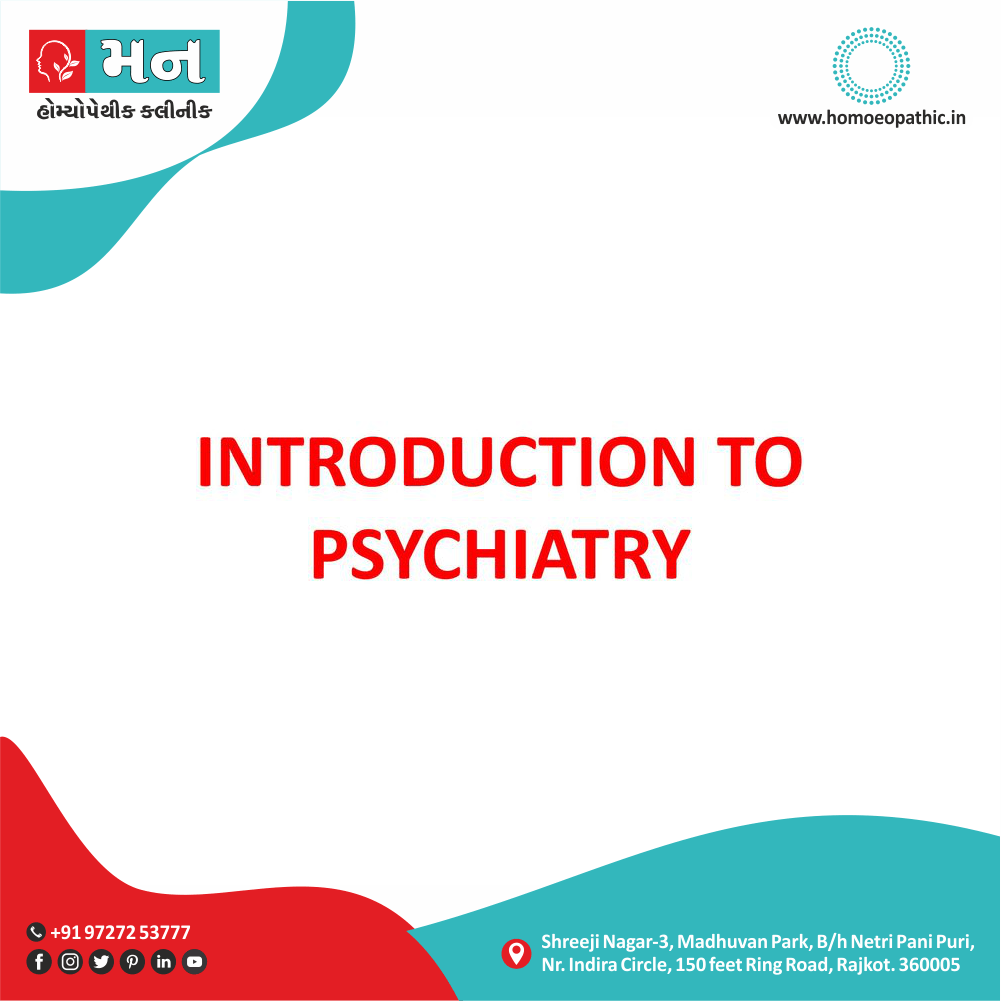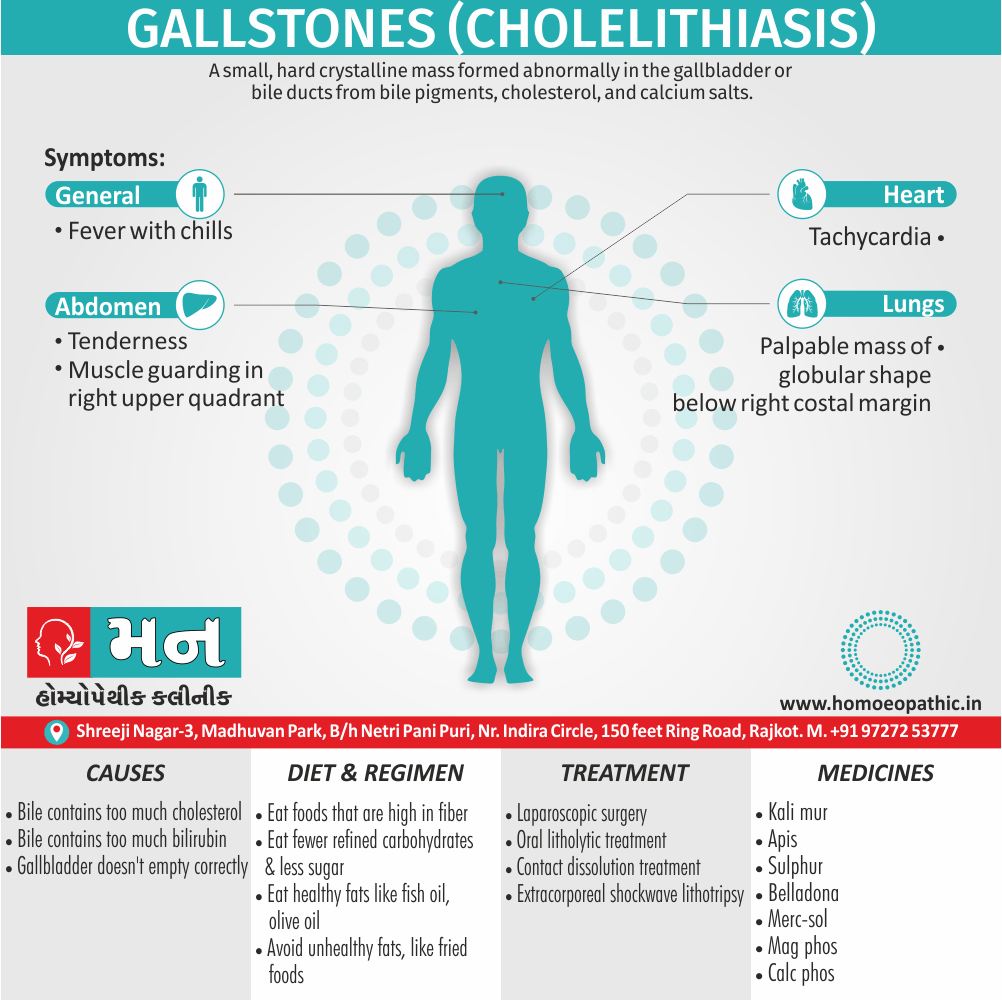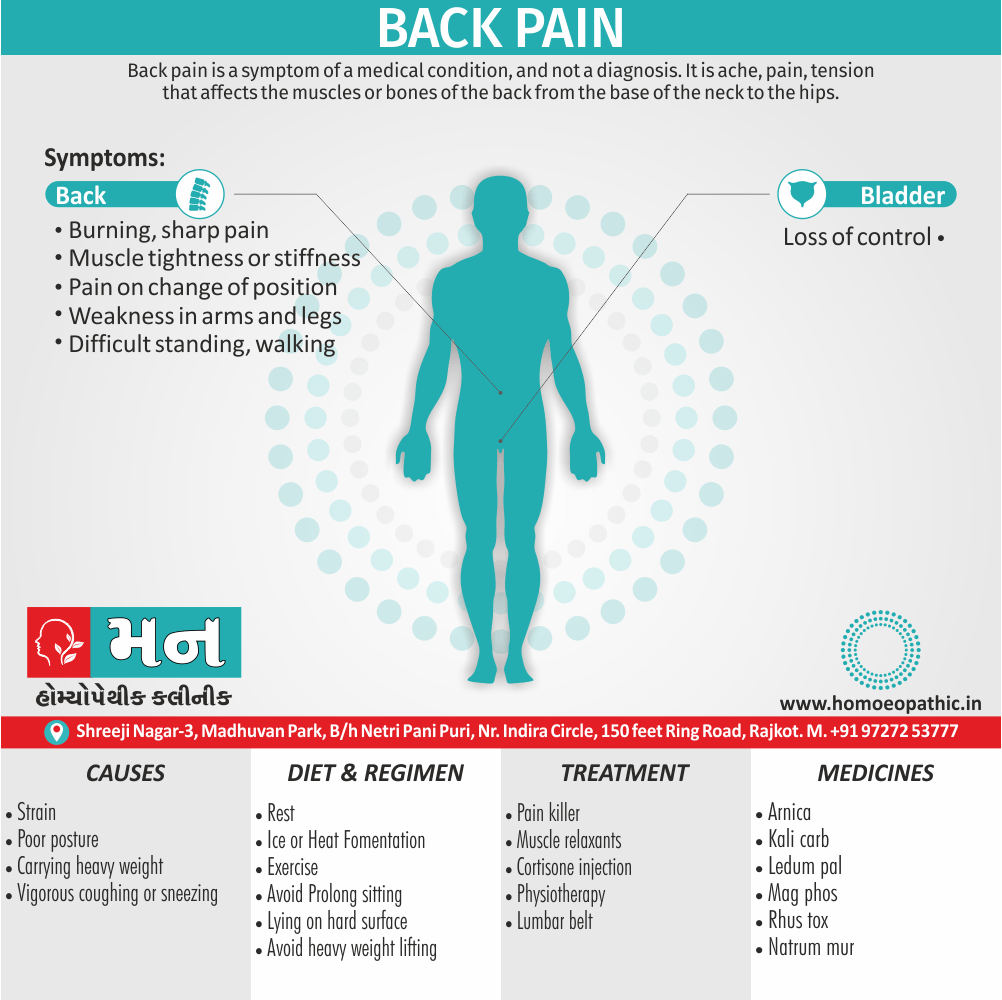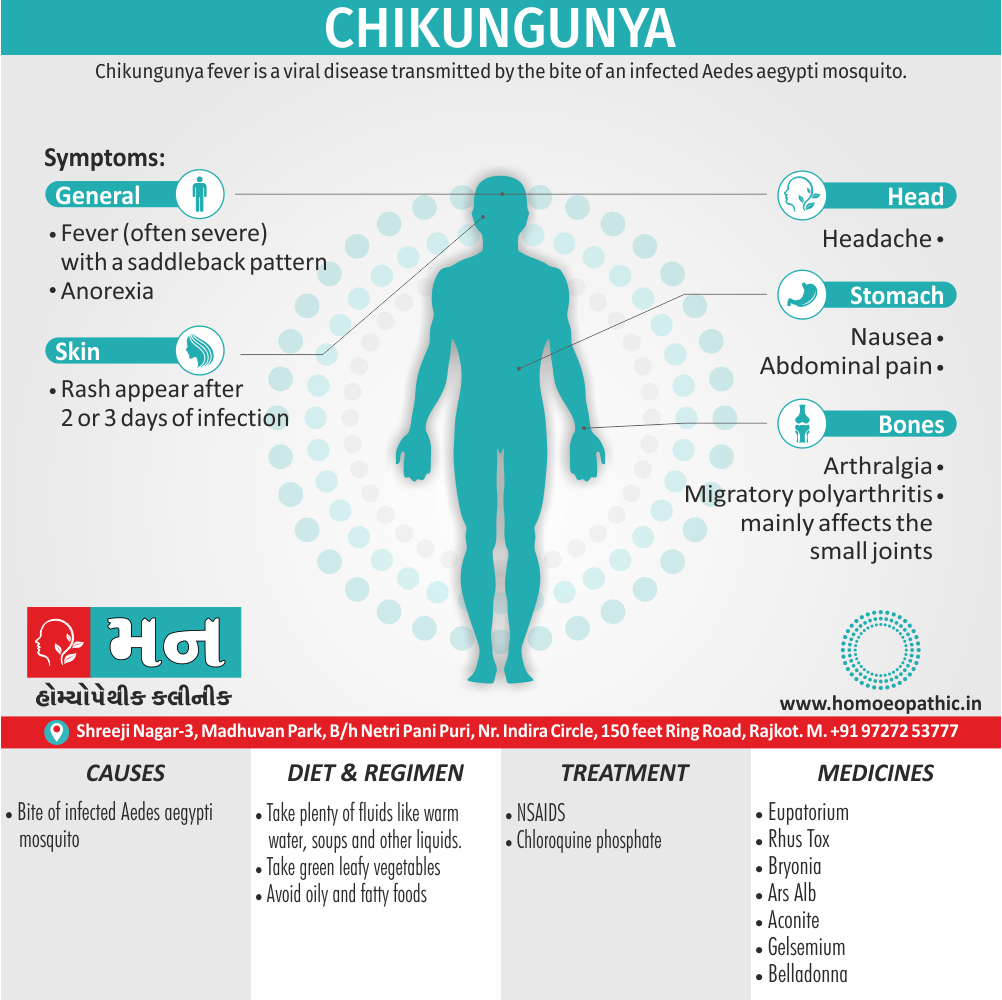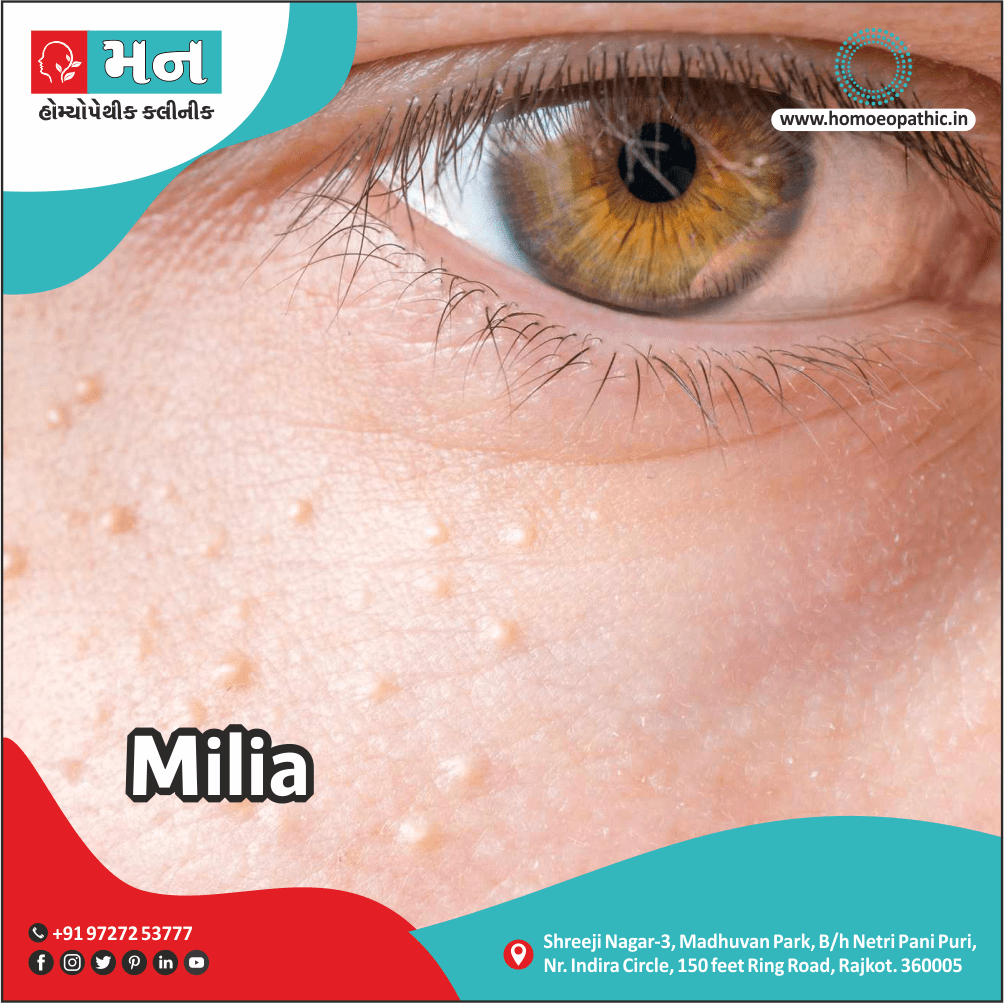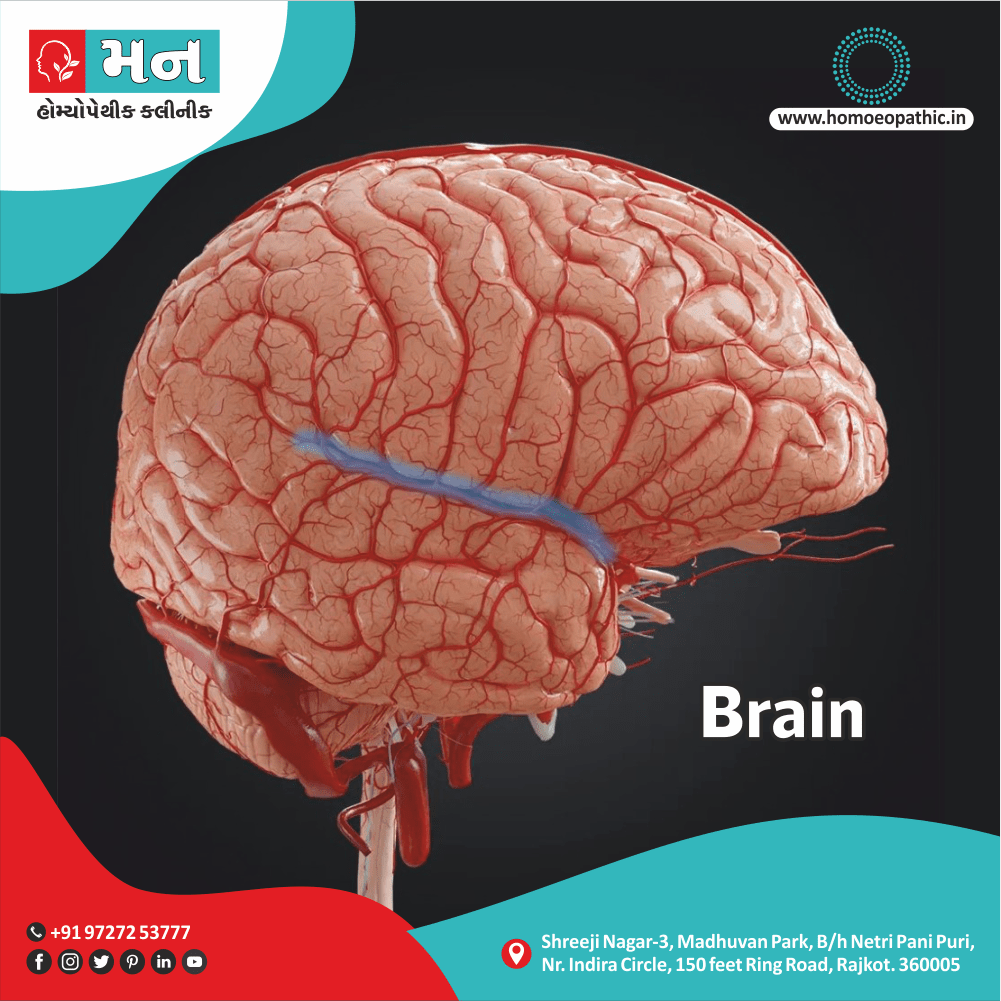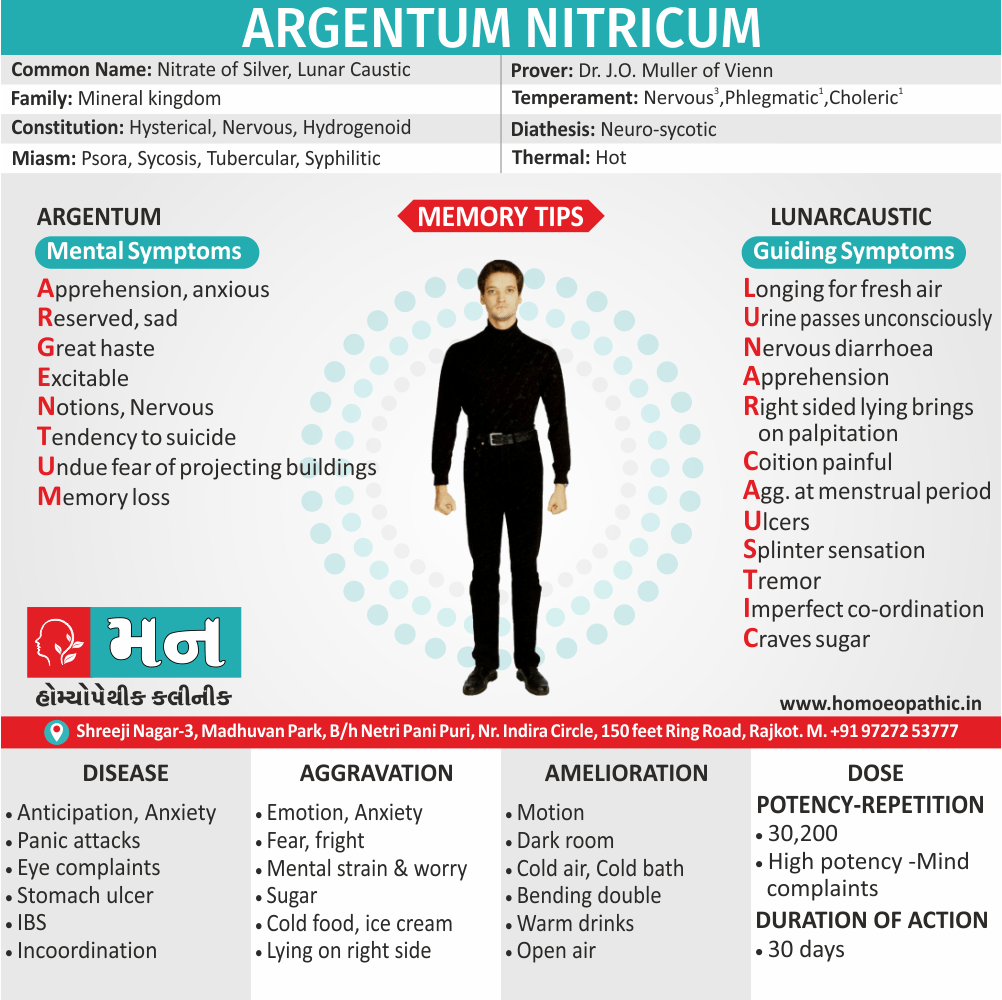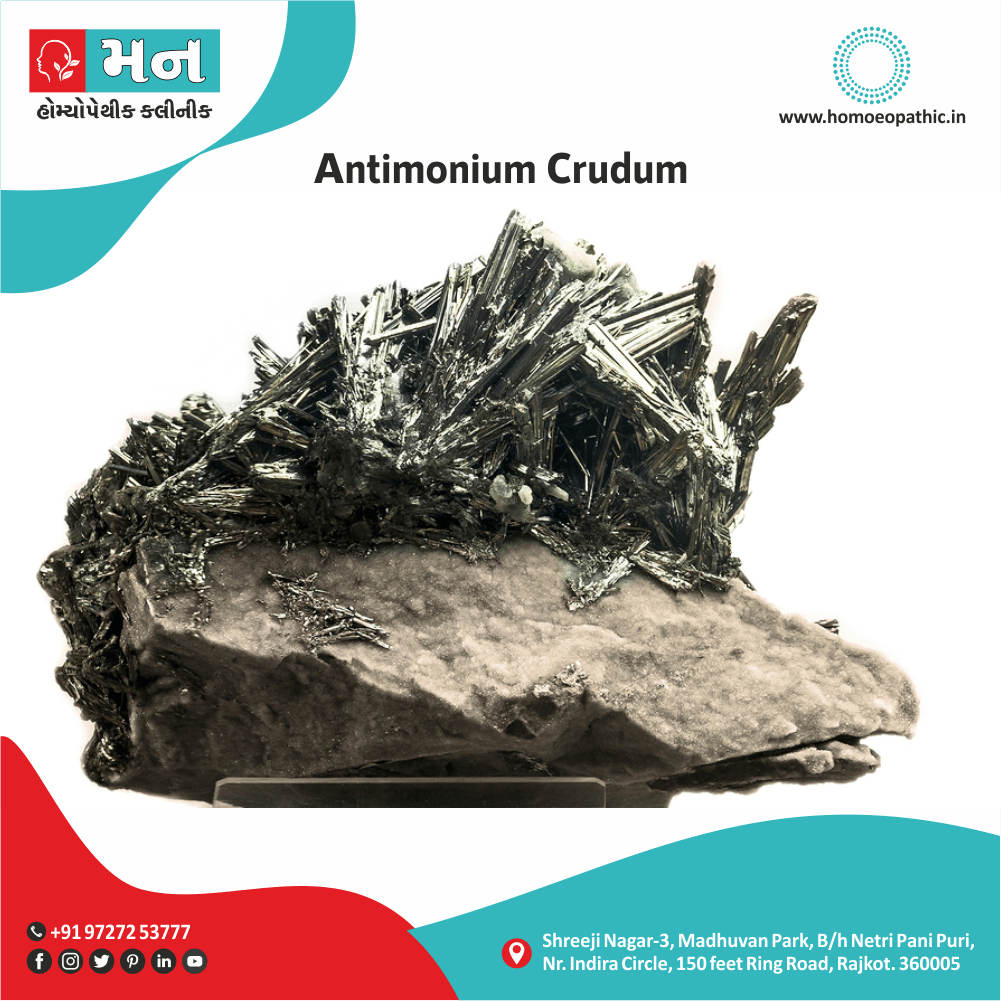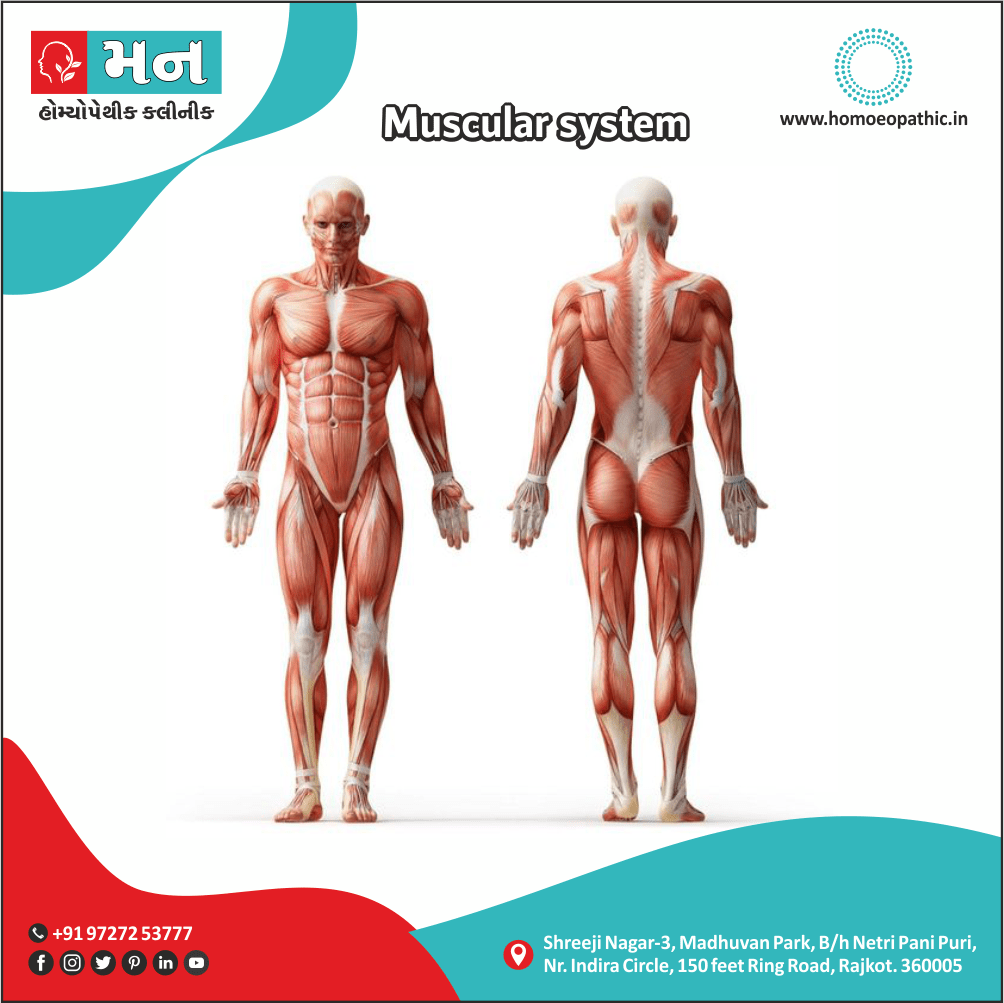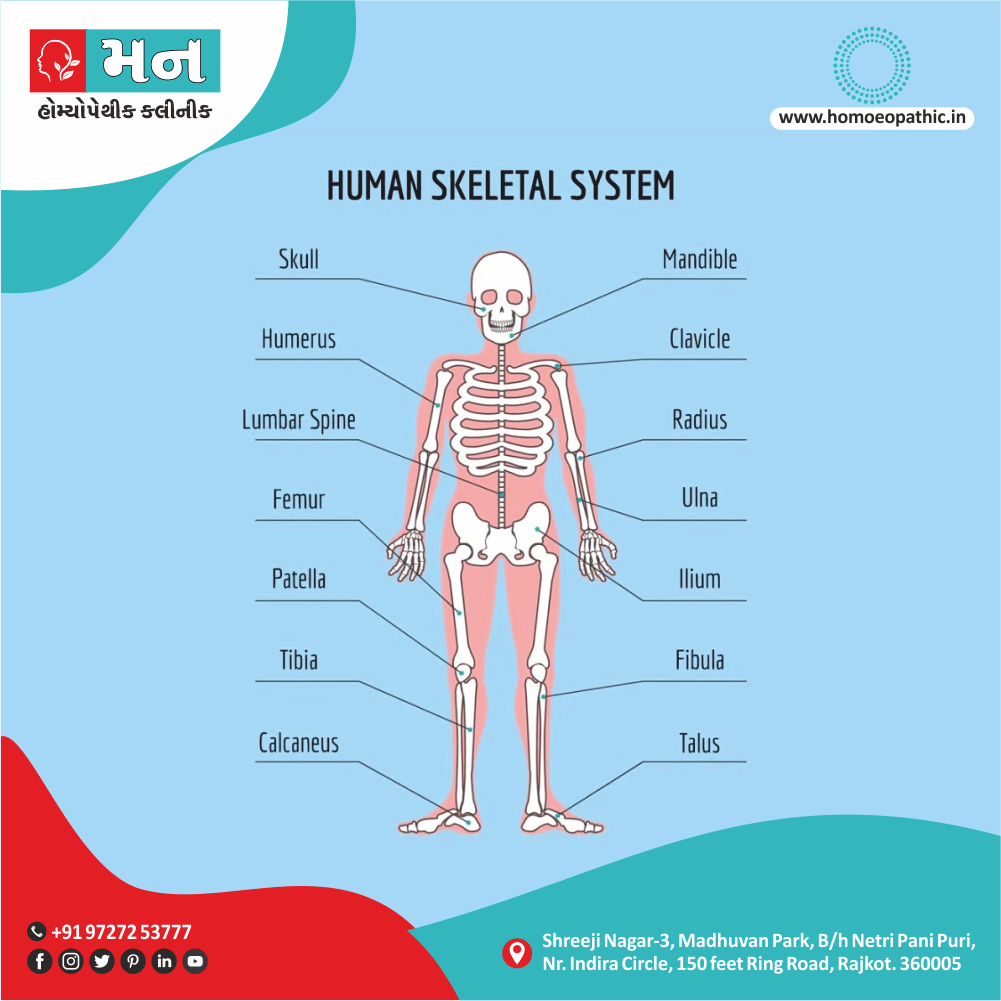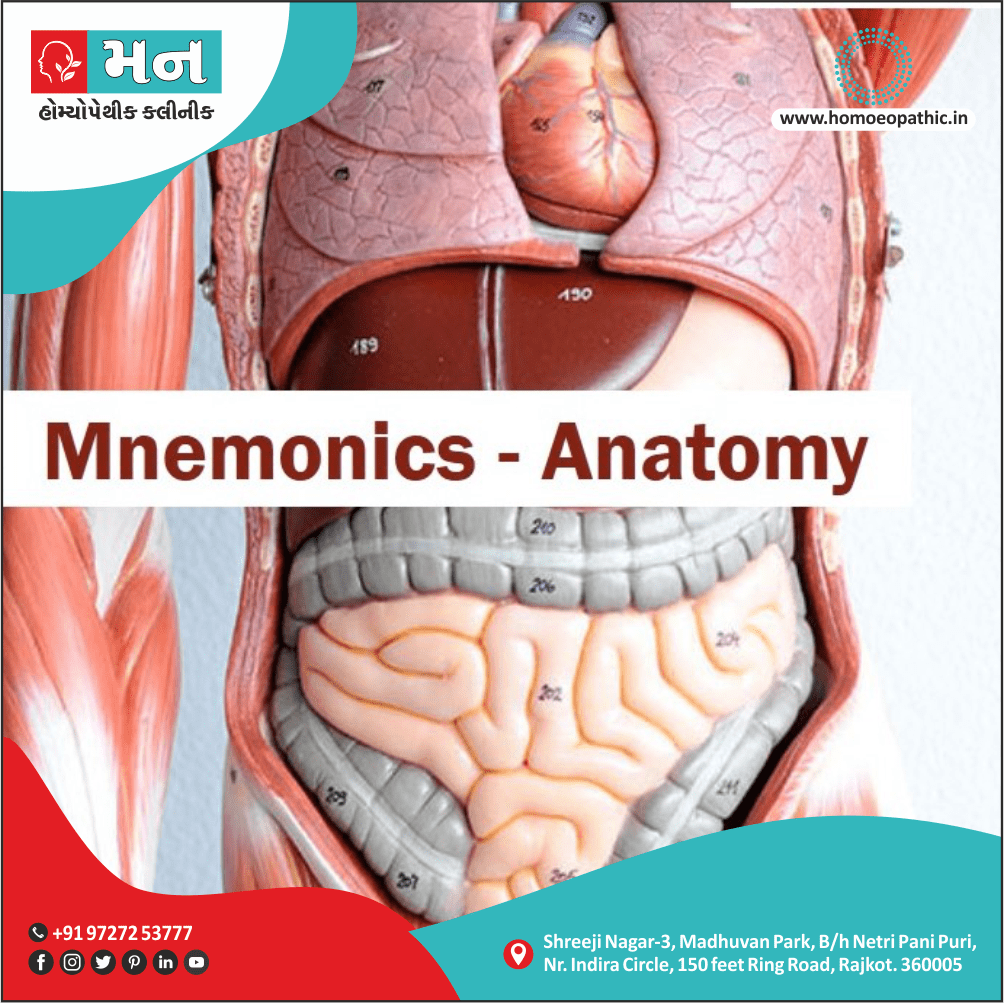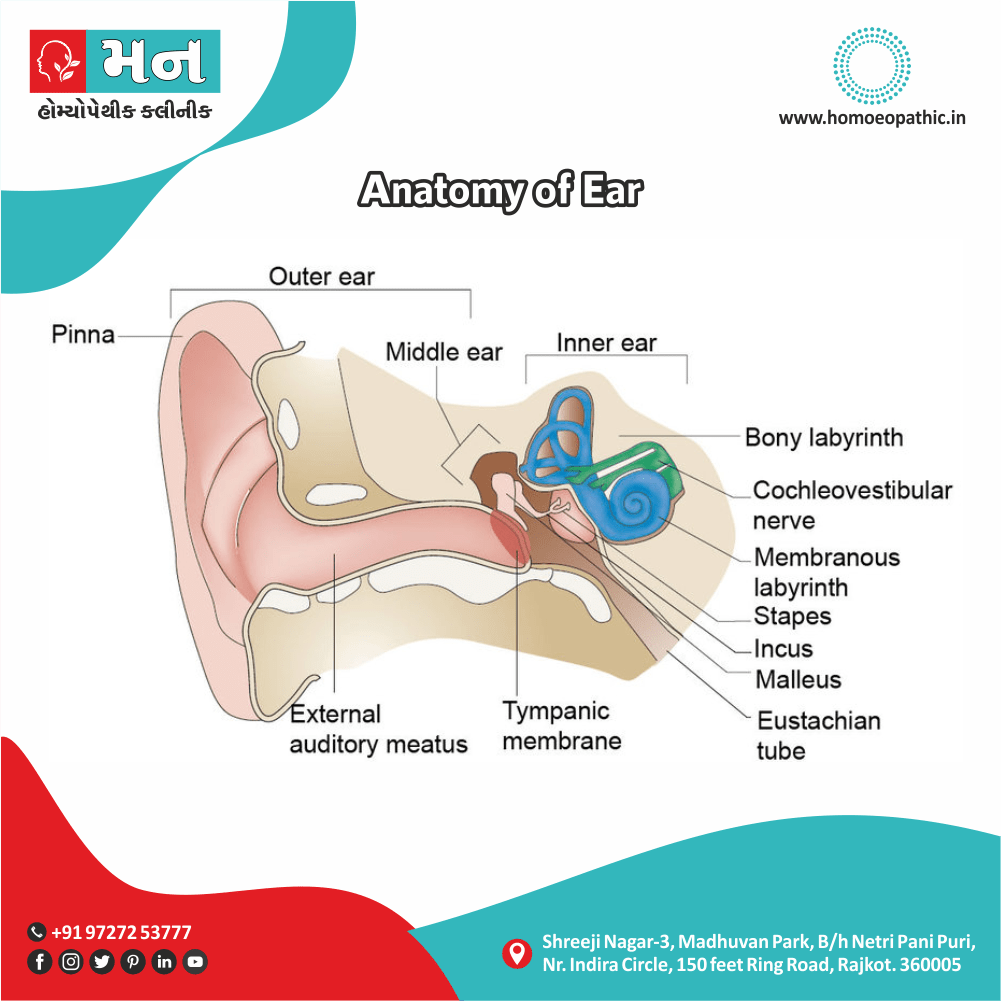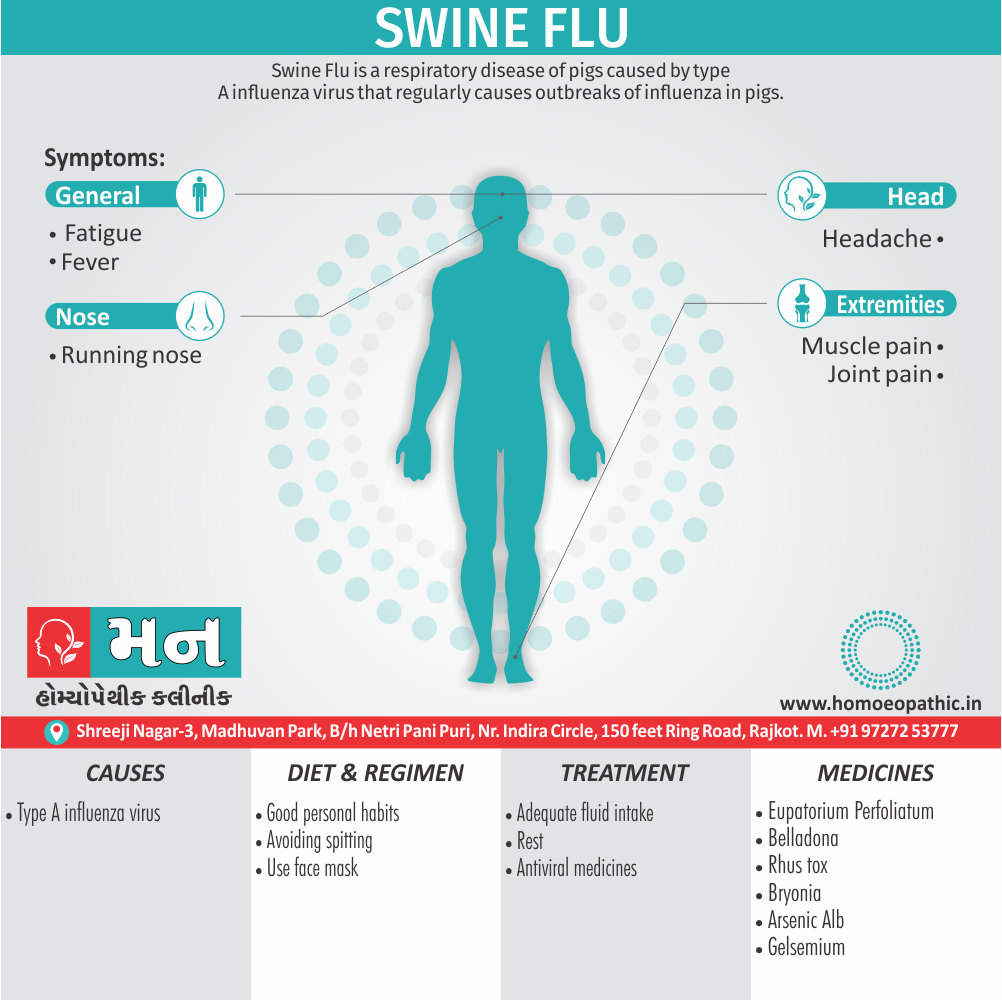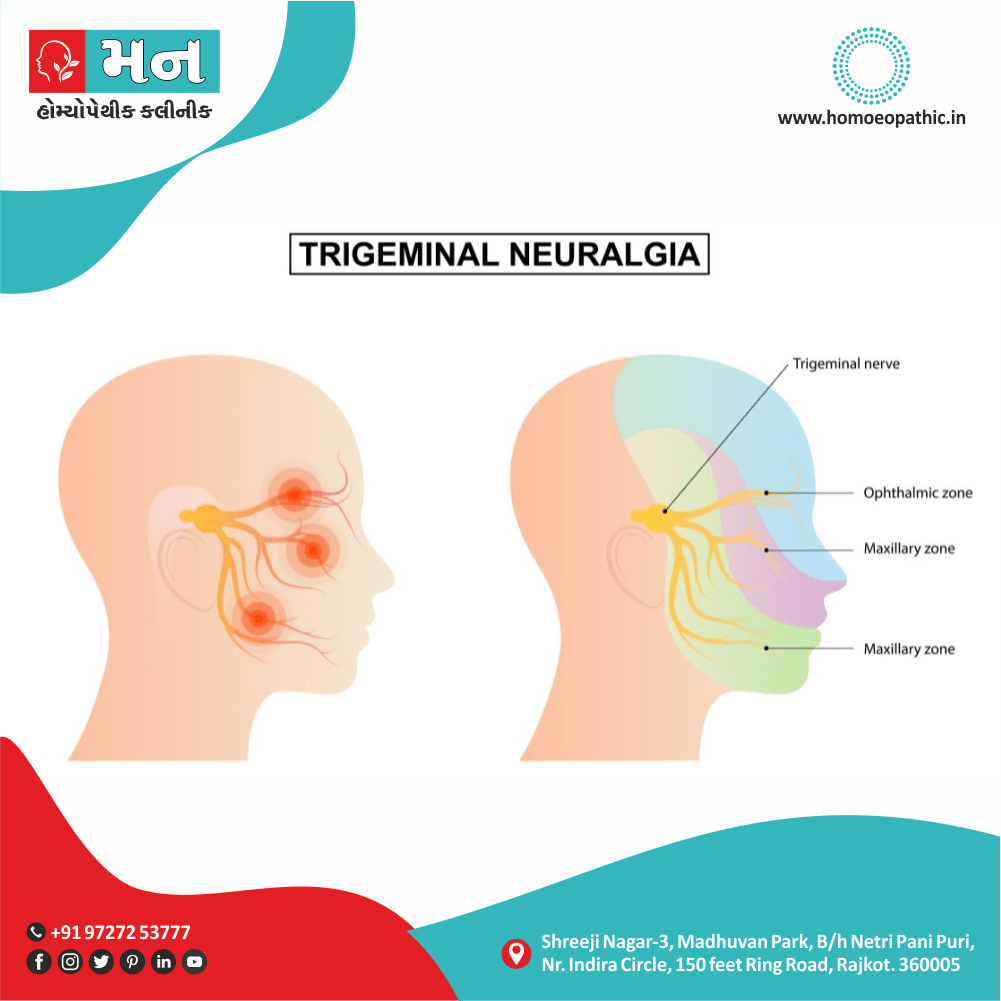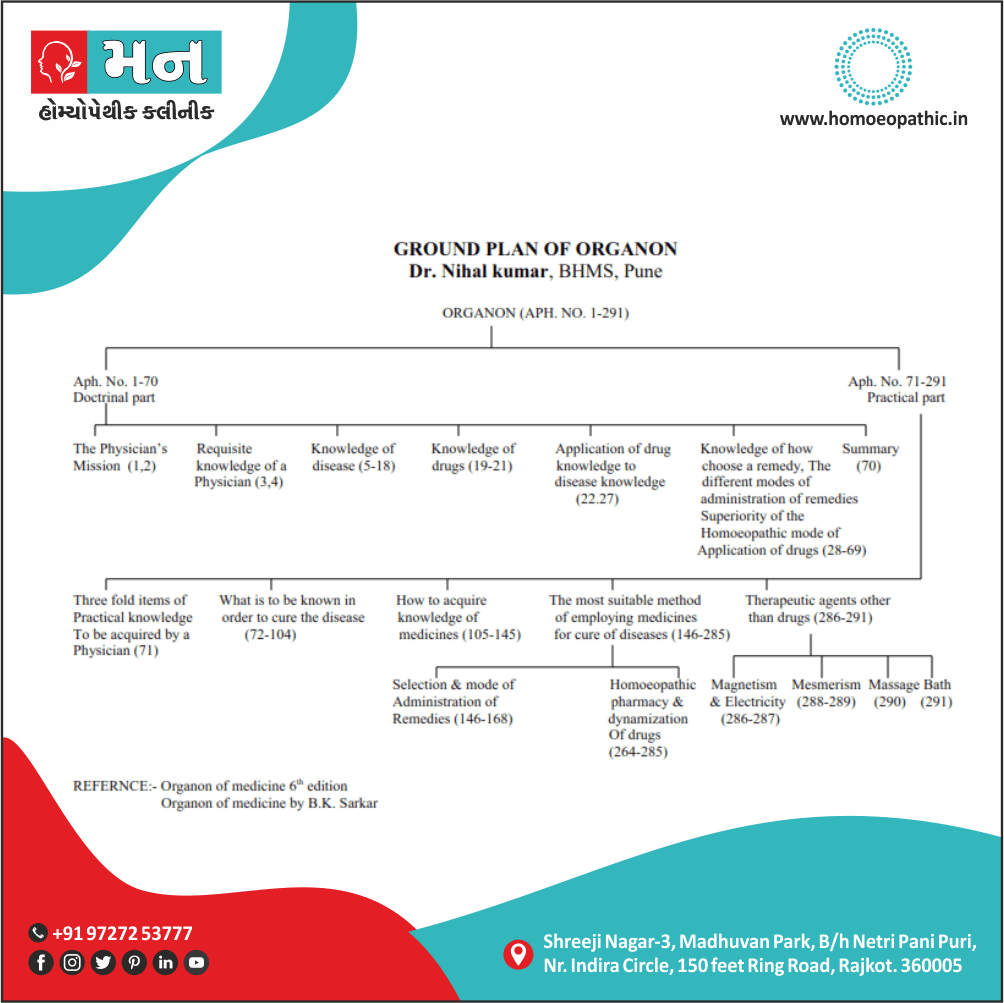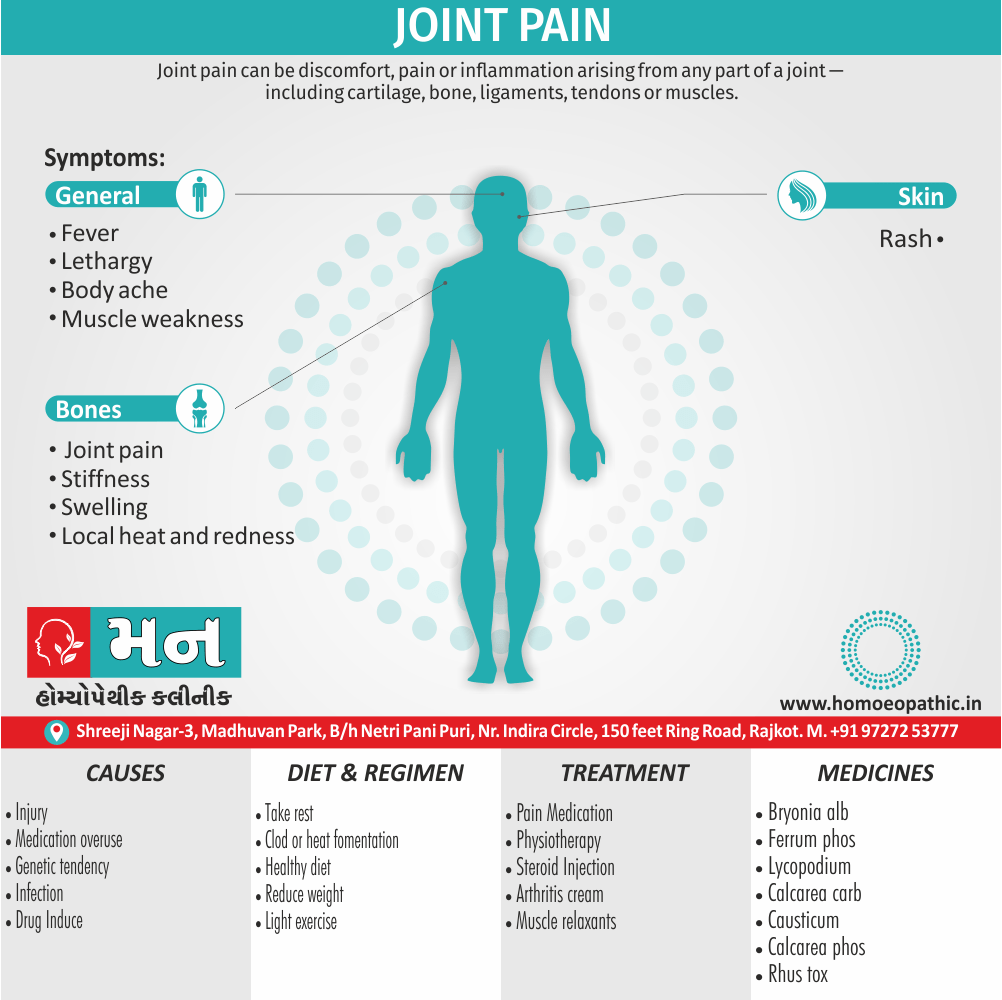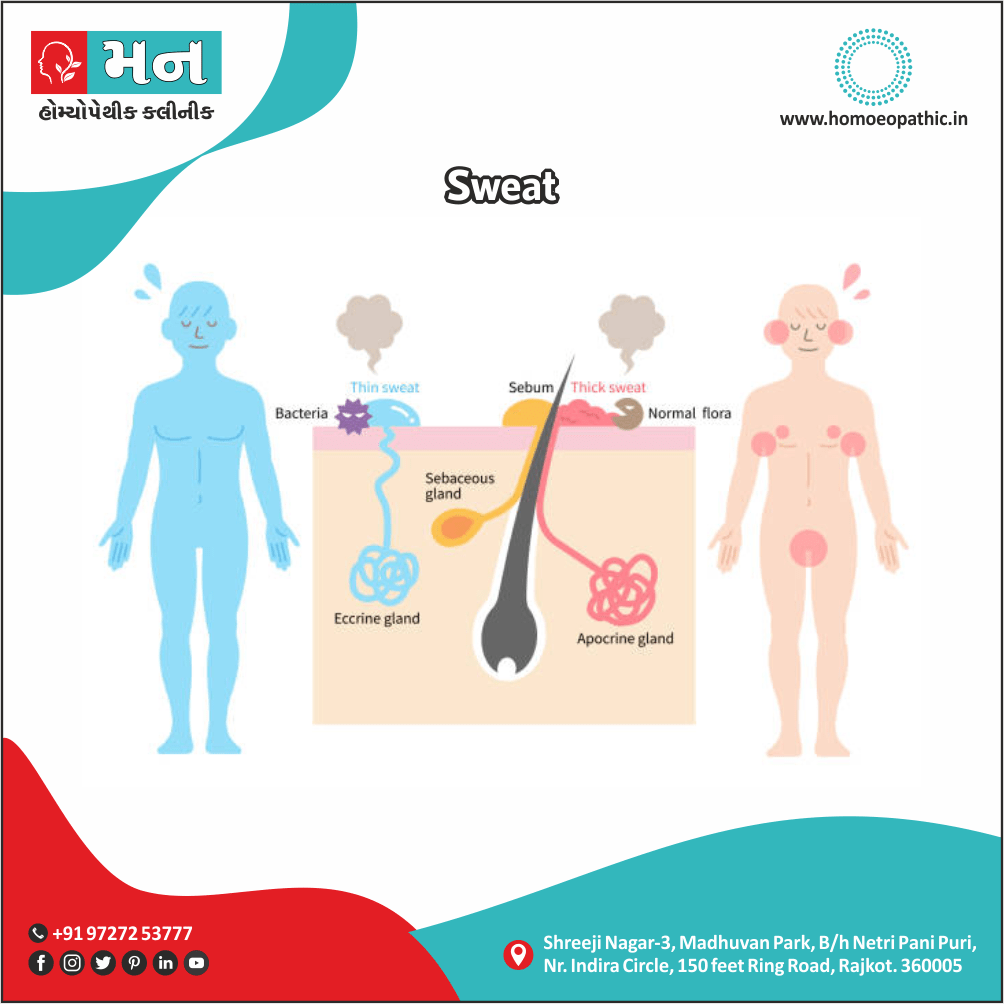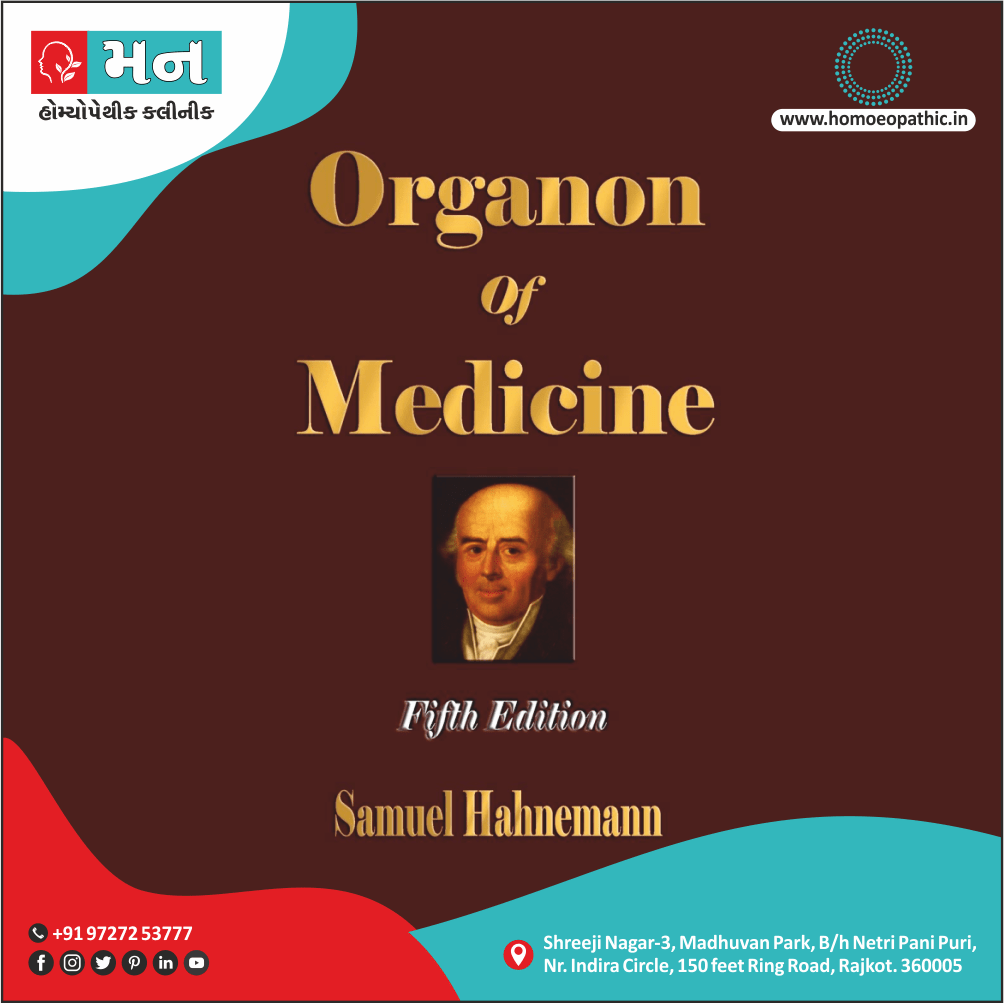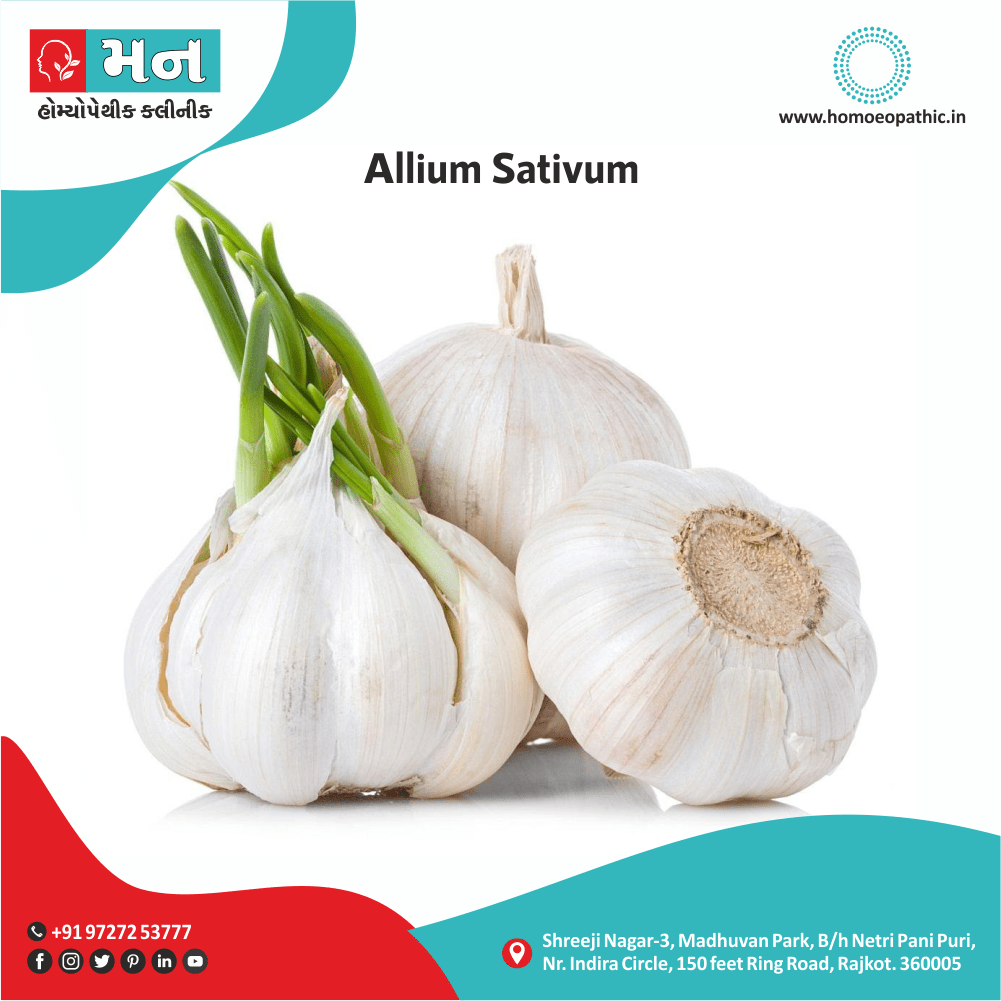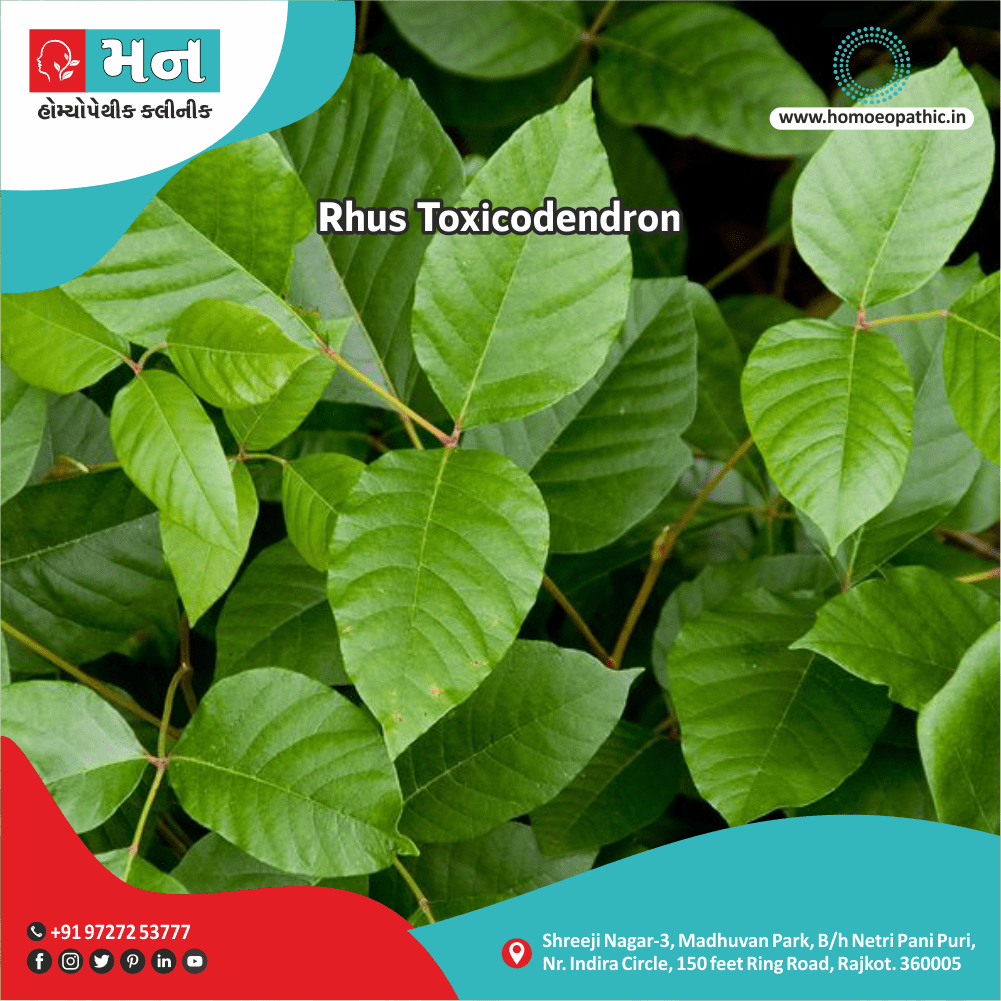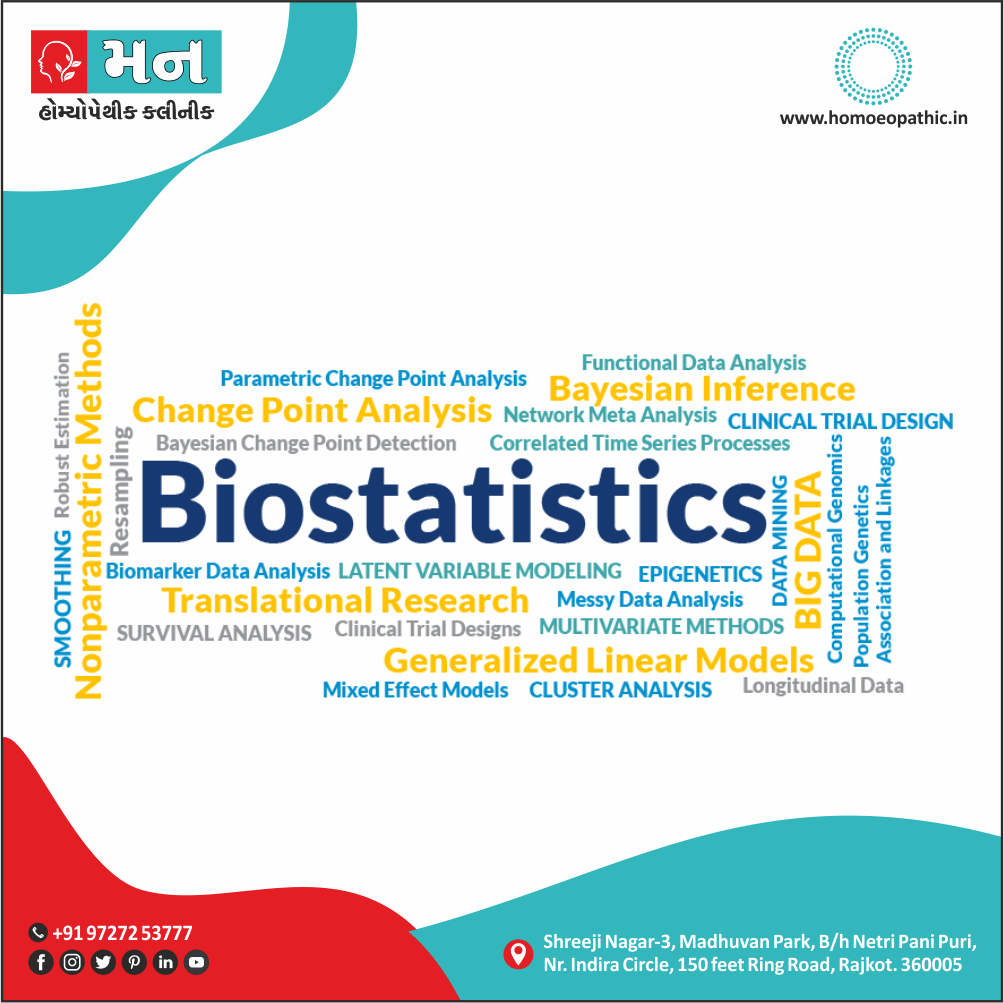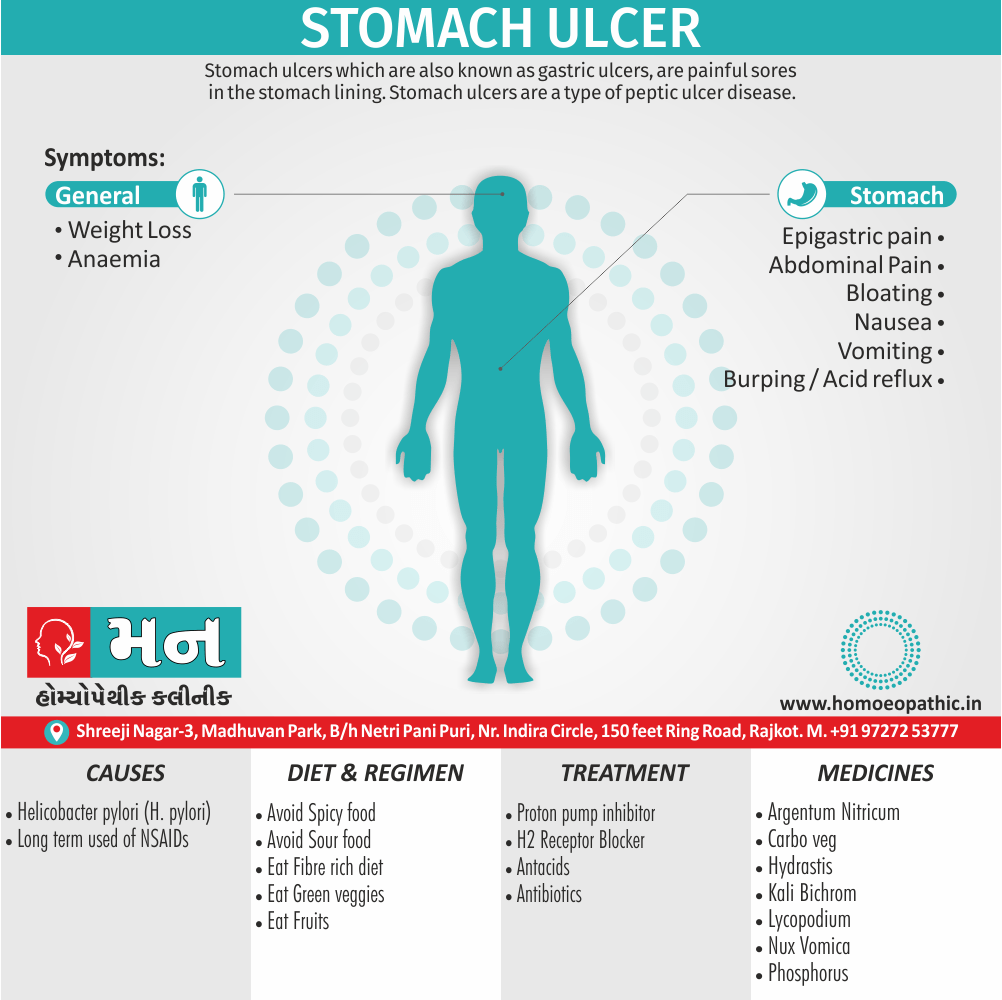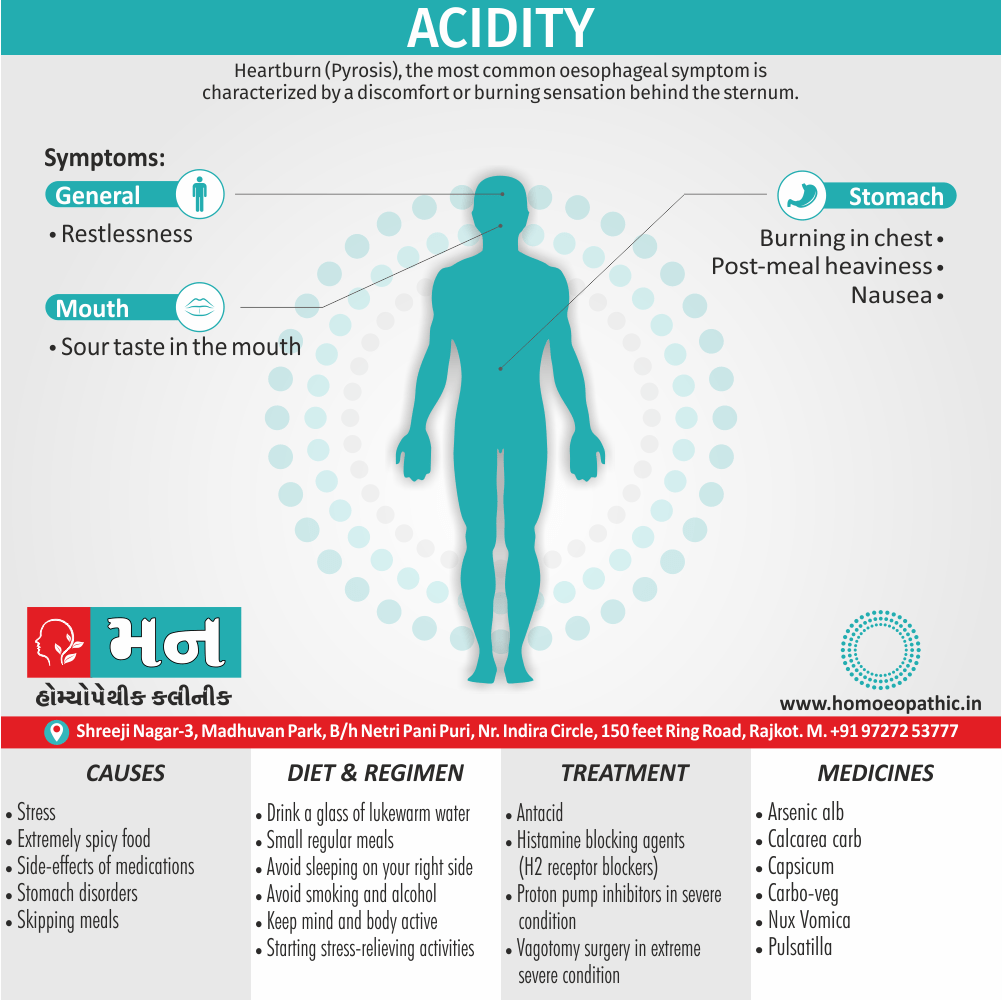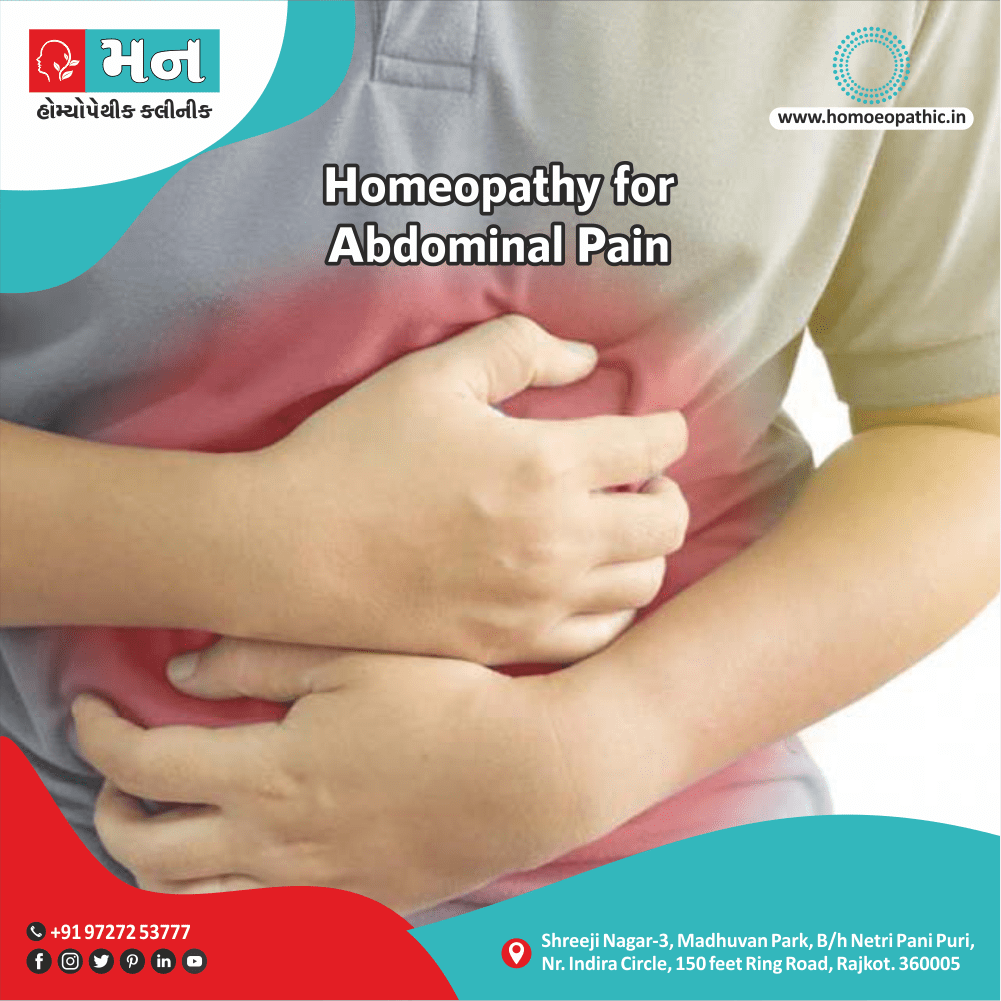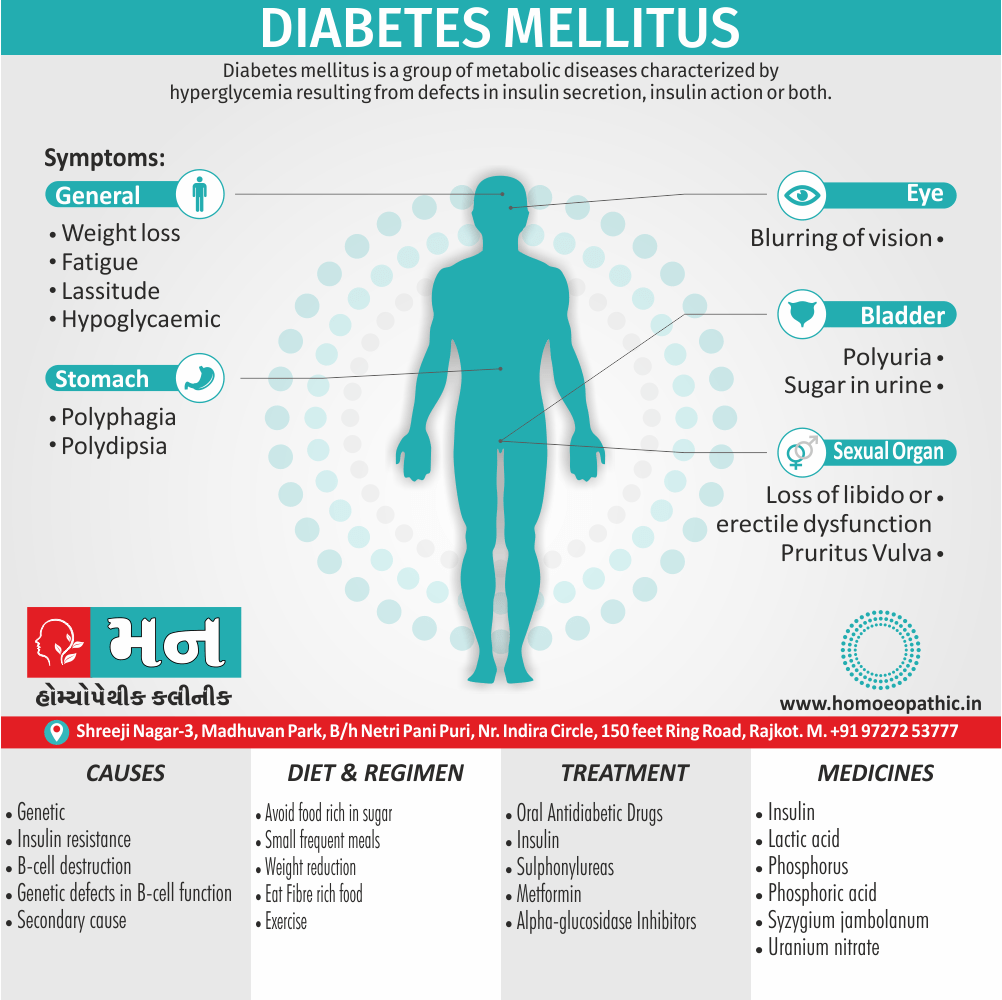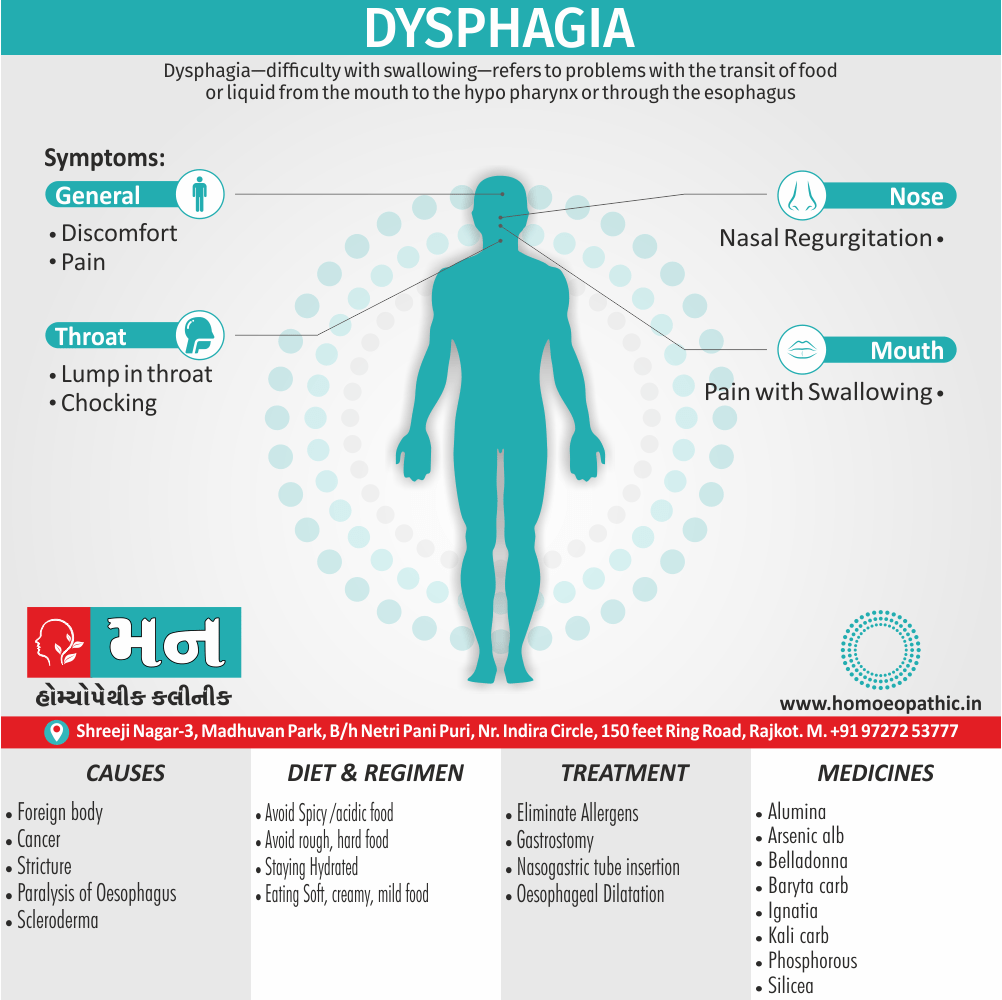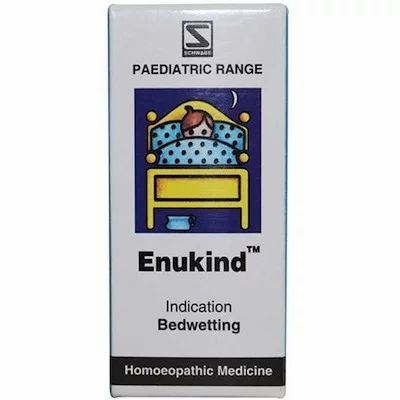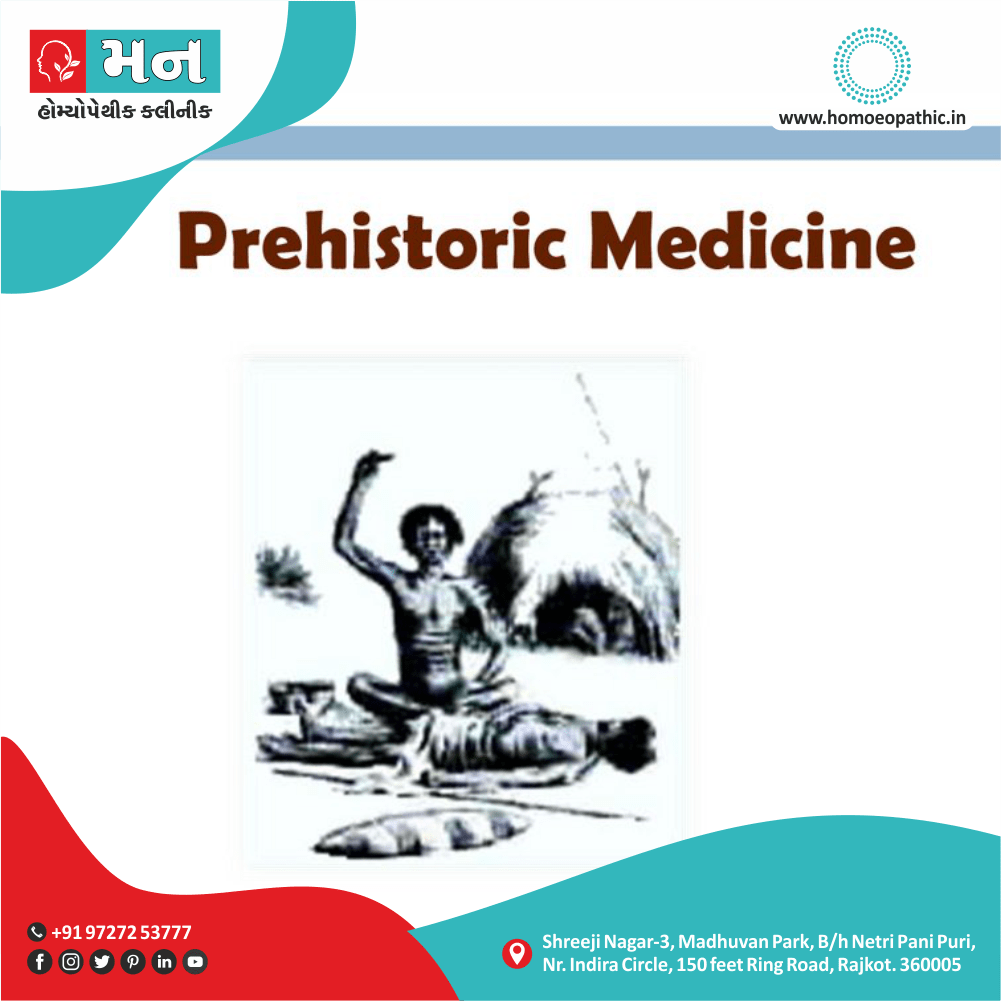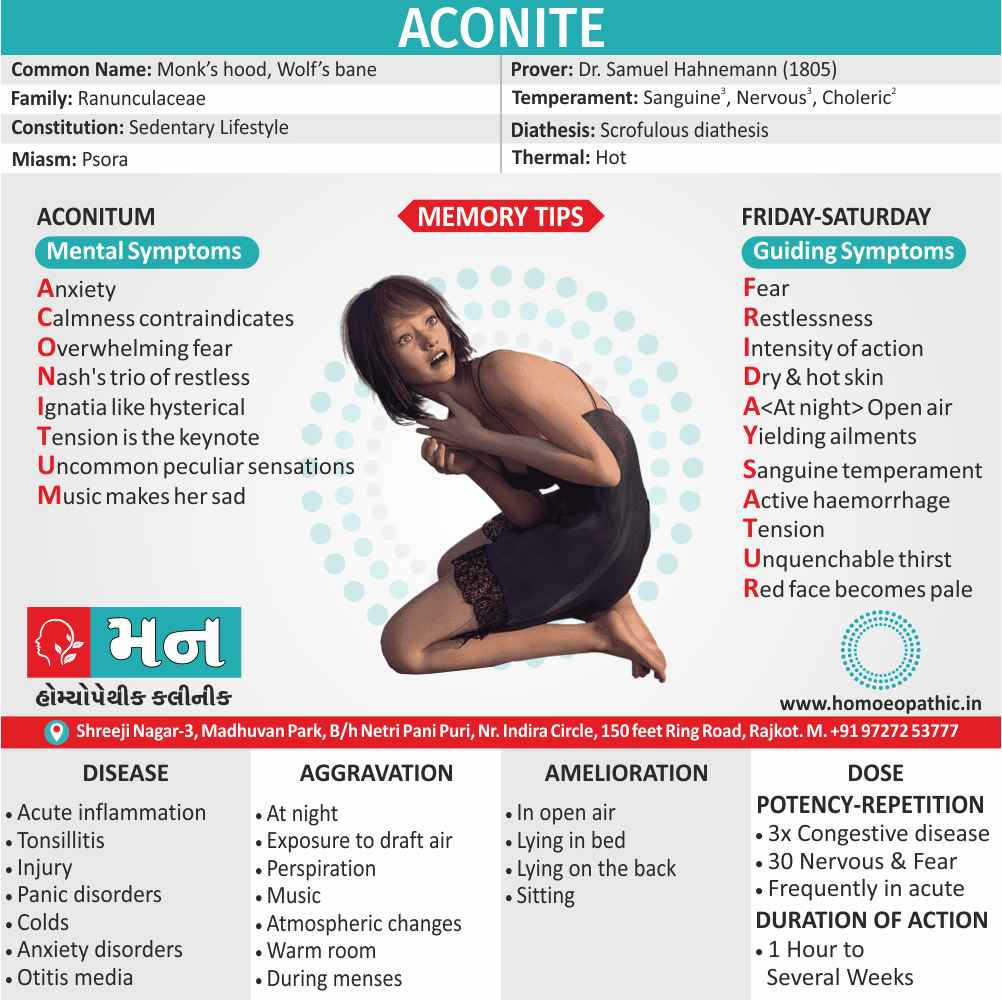Definition
Asphyxia Neonatorum is a state of anoxia as a result of lack of oxygen and/or deficiency of perfusion to various organs arising from absence of normal respiratory function at birth.[1]
Overview
Epidemiology xxx
Causes
Types xxx
Risk Factors
Pathogenesis xxx
Pathophysiology
Clinical Features
Sign & Symptoms
Clinical Examination
Diagnosis
Differential Diagnosis
Complications xxx
Investigations
Treatment
Prevention
Homeopathic Treatment
Diet & Regimen xxx
Do's & Dont's xxx
Terminology xxx
References
FAQ
Also Search As xxx
Overview
Asphyxia neonatorum is a condition that occurs when a baby doesn’t get enough oxygen during the birth process. It can be fatal. Another more common name for it is perinatal asphyxia, or birth asphyxia. Hypoxic-ischemic encephalopathy may be a result of severe asphyxia neonatorum.
Epidemiology xxx
Indian epidemiology then other
Causes
Causes of Asphyxia Neonatorum
- Persistence of intrauterine hypoxia (major cause)
- Placental: Functional failure of placenta to function as respiratory organ, e.g. inefficient uteroplacental circulation, early separation of placenta, small size of placenta or its infarction, circumvallate placenta
- Maternal hypoxic states: Anemia, eclampsia, cardiac disease, severe bronchial asthma, hypotension
- Neonatal injury: Prolonged head compression, abnormal lie such as breech or oblique causing increased intracranial pressure and thus asphyxia
- Medications to mother (prenatal and intranasal, e.g. anaesthetic agents, sedatives) depress respiratory centres of the newborn, resulting in continuation of intrauterine asphyxia. [1]
Types xxx
AAA
Risk Factors
Risk Factor of Asphyxia Neonatorum
Premature babies are at increased risk for this condition. Babies born to mothers with conditions that affect pregnancy, such as diabetes mellitus or preeclampsia, are also at greater risk.
Pathogenesis xxx
Tab Content
Pathophysiology
Pathophysiology
The pathophysiology of asphyxia generally results from interruption of placental blood flow with resultant fetal hypoxia, hypercarbia, and acidosis.
Circulatory and non-circulatory adaptive mechanisms exist that allow the fetus to cope with asphyxia also preserve vital organ function. With severe and/or prolonged insults, these compensatory mechanisms fail, resulting in hypoxic ischemic injury, leading to cell death via necrosis and apoptosis.
Permanent brain injury is the most severe long-term consequence of perinatal asphyxia. The severity and location of injury is influenced by the mechanisms of injury, including degree also duration, as well as the developmental maturity of the brain.[3]
Clinical Features
Tab Content
Sign & Symptoms
Sign & Symptoms
Your baby may experience immediate symptoms after birth. These can include i.e.:
- Skin that appears pale or blue
- Difficulty breathing, which may cause symptoms such as nasal flaring or abdominal breathing
- A slow heart rate
- Weak muscle tone
The length of time your baby goes without oxygen affects the severity of symptoms. Additionally, The longer a baby is without oxygen, the more likely they are to experience symptoms. Besides this, More severe symptoms can include injury or failure of the:
- Lungs
- Heart
- Brain
- Kidneys
CNS i.e.
- Hypoxic ischemic damage (For instance cortical infarcts, damage to thalamus/ basal ganglia)
- Signs of increased intracranial tension
Renal i.e.
- Acute tubular necrosis
- ADH syndrome GI
- Necrotizing enterocolitis
- Liver damage
Cardiac i.e.
- Transient myocardial ischemia
- MR, TR Lung: e.g. Hemorrhage, oedema, respiratory distress syndrome, meconium aspiration
Hematological i.e.
DIC [1]
Clinical Examination
Physical Examination
Vitals
Respiratory Rate i.e.
Poor respiratory effort
Skin i.e.
Poor color (cyanosis)
Neurology i.e.
Poor muscle tone
Miscellaneous i.e.
Low Apgar score. If resuscitation is successful, the infant is usually transferred to a neonatal intensive care unit.[4]
Diagnosis
Diagnosis of Asphyxia Neonatorum
Diagnostic criteria for asphyxia neonatorum i.e.
- Signs of fetal distress
- Acute metabolic acidosis
- Apgar score at 5 minutes < 5
Your baby will receive an Apgar score about 1 to 5 minutes after birth.
The scoring system have factors i.e.:
- Breathing
- Pulse
- Appearance
- Response to stimulus
- Muscle tone
Each factor gets a score of 0, 1, or 2. The highest score possible is 10. A baby with a lower Apgar score after 5 minutes has a higher risk for asphyxia neonatorum. Furthermore, A score lower than 7 can indicate that a baby doesn’t have enough oxygen. The doctor may suspect your baby has asphyxia neonatorum if they have an Apgar score of 3 or lower for more than 5 minutes.
A doctor may also test a baby’s blood for high acid levels. This can indicate poor oxygenation. A doctor may also order blood tests to see if a baby’s kidneys, heart, and liver might be affected.
- Initiation of respiration > 5 minutes
- Features of ischemic hypoxic encephalopathy
- Multiorgan damage Note: Any four of the above
Factors of poor prognosis
- Prolonged duration also severe asphyxia
- Seizures
- Raised intracranial pressure
- Persistent oliguria
- CT brain shows hypodensities [1]
Differential Diagnosis
Differential Diagnosis of Asphyxia Neonatorum
- acute hemorrhage
- depression from maternal anesthesia or analgesia
- infection
- cardiac or pulmonary disorders
- trauma
- neurological disorders
- metabolic diseases.[6]
Complications xxx
Complications are what happen after you have a disease. They are the negative consequences of the disease process.
Investigations
- Diagnostic techniques such as head ultrasound (HUS), CT scan and MRI will reveal areas of the brain that have been affected.
- An electroencephalogram (EEG) will be done to determine the amount and quality of brain activity. Additional tests may also be performed, focusing on the premature baby’s sensory responses.
- Tests on hearing and sight, for example, may give an indication that damage has or has not occurred to cells within the brain.[5]
Treatment
Treatment of Asphyxia Neonatorum
The severity of your baby’s symptoms influences the treatment. The timing of when your baby receives the diagnosis also affects their treatment. For example, mothers may receive additional oxygen before delivery to boost a baby’s oxygenation before birth. A cesarean delivery is a potential preventive measure in prolonged or difficult deliveries.
After birth, babies with the condition may need ventilation to support their breathing. Keeping babies warm has also been shown to reduce harmful effects. Doctors will also monitor the baby’s blood pressure and fluid intake to make sure they’re getting enough oxygen.
Some babies can experience seizures as a result of asphyxia neonatorum. Doctors should carefully treat these babies to avoid injury from seizures.
- IV fluids
- Warmth
- Management of cerebral oedema
- Symptomatic treatment of seizures, hypoglycemia, hypocalcemia
- Cerebral cooling [1]
Prevention
Prevention of Asphyxia Neonatorum
Preventing birth asphyxia can be difficult because the condition can happen suddenly and without warning.
According to a 2019 article, proper care and monitoring before and after every birth are vital, particularly in settings where fewer resources are available. Steps may include:
- effective resuscitation
- controlling body temperature
- ensuring that the correct equipment is available
- having properly trained and skilled healthcare providers present for every birth
- pretreatment with certain medications, such as barbiturates, to reduce the risk of brain injury
- treatments, such as body cooling, to prevent secondary complications from asphyxia due to damaged cells releasing toxins[7]
Homeopathic Treatment
Homeopathic Treatment of Asphyxia Neonatorum
Homeopathy treats the person as a whole. It means that homeopathic treatment focuses on the patient as a person, as well as his pathological condition. The homeopathic medicines selected after a full individualizing examination and case-analysis.
Which includes
- The medical history of the patient,
- Physical and mental constitution,
- Family history,
- Presenting symptoms,
- Underlying pathology,
- Possible causative factors etc.
A miasmatic tendency (predisposition/susceptibility) also often taken into account for the treatment of chronic conditions.
What Homoeopathic doctors do?
A homeopathy doctor tries to treat more than just the presenting symptoms. The focus is usually on what caused the disease condition? Why ‘this patient’ is sick ‘this way’?
The disease diagnosis is important but in homeopathy, the cause of disease not just probed to the level of bacteria and viruses. Other factors like mental, emotional and physical stress that could predispose a person to illness also looked for. Now a days, even modern medicine also considers a large number of diseases as psychosomatic. The correct homeopathy remedy tries to correct this disease predisposition.
The focus is not on curing the disease but to cure the person who is sick, to restore the health. If a disease pathology not very advanced, homeopathy remedies do give a hope for cure but even in incurable cases, the quality of life can greatly improve with homeopathic medicines.
Homeopathic Medicines for Asphyxia Neonatorum:
The homeopathic remedies (medicines) given below indicate the therapeutic affinity but this is not a complete and definite guide to the homeopathy treatment of this condition. The symptoms listed against each homeopathic remedy may not be directly related to this disease because in homeopathy general symptoms and constitutional indications also taken into account for selecting a remedy, potency and repetition of dose by Homeopathic doctor.
So, here we describe homeopathic medicine only for reference and education purpose. Do not take medicines without consulting registered homeopathic doctor (BHMS or M.D. Homeopath).
Aconite nap
Especially medicines for Asphyxia neonatorum. Apoplectic from, the babe is hot, purple-hued, pulseless also breathless, or nearly so.[2]
Antimonium Tart
Suffocative form; rattling of mucus in throat; child pale and breathless, although the cord still pulsates.
Belladonna
Apoplectic form; face very red, eyeballs injected, pupils dilated.
China
Syncope, after profuse hemorrhage
Lauroserasus
Face blue, with gasping for breath also nearly imperceptible breathing; twitching of muscles of the face.
Opium
Pale and breathless, cord still pulsates.[2]
Diet & Regimen xxx
Do's & Dont's xxx
Tab Content
Terminology xxx
Tab Content
References
[1] https://www.healthline.com/health/asphyxia-neonatorum#treatment
[2] Homoeopathic Therapeutics by Lilienthal
[3]https://pubmed.ncbi.nlm.nih.gov/27524444/#:~:text=The%20pathophysiology%20of%20asphyxia%20generally,and%20preserve%20vital%20organ%20function.
[4]https://wikidoc.org/index.php/Perinatal_asphyxia_physical_examination
[5]https://www.aboutkidshealth.ca/article?contentid=1808&language=english
[6]https://jpnim.com/index.php/jpnim/article/viewFile/030269/214
[7]https://www.medicalnewstoday.com/articles/birth-asphyxia#prevention
FAQ
Frequently Asked Questions
What is Asphyxia Neonatorum?
Asphyxia Neonatorum is a state of anoxia as a result of lack of oxygen and/or deficiency of perfusion to various organs arising from absence of normal respiratory function at birth.
Homeopathic Medicines used by Homeopathic Doctors in treatment of Asphyxia Neonatorum?
- Aconite nap
- Antimonium Tart
- Belladonna
- China
- Lauroserasus
- Opium
What are the causes of Asphyxia Neonatorum?
- Persistence of intrauterine hypoxia (major cause)
- Placental
- Maternal hypoxic states
- Neonatal injury
- Medications to mother
What are the symptoms of Asphyxia Neonatorum?
- Skin that appears pale or blue
- Difficulty breathing, which may cause symptoms such as nasal flaring or abdominal breathing
- A slow heart rate
- Weak muscle tone
Also Search As xxx
Frequently Asked Questions (FAQ)
XYZ
XXX
XYZ
XXX
XYZ
XXX
People found Homeopathic Clinic For XXXX by searching for
XXX
People found Homeopathic Doctors for XXXX by searching for
XXX
People found Homeopathic treatment for XXXX by searching for
XXX
